|
Today (July 16, 2022) we have a "Baby Bear" graduating pre-school. He is looking dapper as ever, and beaming from ear to ear. This year was truly an accomplishment. Romen has grown in so many ways and we have seen him hit so many milestones along the way. One of the things that was most impressive, was to see him count from 0 to over 100. This year we got to do many things together. We enjoyed sports day, career day, baking together, and most recently (a trip to the mainland), to go to the zoo, horseback riding and to experience cave tubing. Romen embarks now on a journey to the United States to see his great-grandparents, do a little clothes shopping and will soon return to start his next year in a brand new school. Special thanks to Teacher Marina, we truly have been so impressed. We remember our first day of school together (August of 2021), and here we are now our last day of school (July 16, 2022). A special thanks to all the teachers for helping Romen this past year. The family truly did appreciate all the perseverance, patience, kindness, hugs & kisses. Ceremony Highlights Pre-School Graduation
"Baby Bear Romen" Graduation Dinner A year ago, we were celebrating Marcy's graduation from junior college. Now a year later, we are celebrating Romen's graduation from pre-school. Each year brings new adventures and new hurdles. We have been through so much together, and yet one thing remains consistent, our love for one another. We are excited to see what the 2022-2023 school year will bring, and hopefully this time next year, we will be celebrating another successful year of accomplishments. Congratulations Romen Know your family loves & supports you. We are so proud of you and graduating pre-school is such an accomplishment. Teacher Marina says she will miss you, and we know that you will embark on a new journey come September. "My Handsomness" Say Cheese Romen! Romen likes to show us how fast he can run. Of course you will never capture that on camera. I told him, "We just blink and you have disappeared". As Always, We Miss You Jaymin
0 Comments
Exploring Footprint Cave After visiting the zoo, we needed to find a place to stay (close by) for the night. Additionally, something also to keep us busy on our "weekend getaway with Romen". Since we were close to the Hummingbird Highway (a beautiful stretch of road by-the-way), we decided to jot down the highway and see if Cave Branch had any rooms available. Sure enough we were able to get a small inexpensive bungalo and take Romen cave tubing the following morning. Hummingbird Highway Belize Zoo to Cave Branch Cave Branch Lodge We opted for a small bungalow to keep our cost down, but Cave Branch upgraded us to a treehouse room, to help make our experience more enjoyable. WOW! Dinner at the Lodge Romen the Cave Explorer The following morning Romen knew he was going cave tubing, but I don't think he knew exactly what that meant. He woke up in his chiper self, and said he was ready to have his adventure for the day. We ate breakfast at the lodge (7:00am) and by 8:45am we were loading ourselves into an old bus and heading down Hummingbird Highway. The bus ride took about 15-20 minutes, we crossed some orange tree farms and then parked. We emptied the bus, and got into a tractor full of inner tubes and took a short drive where we would hike to the rivers edge. At the river, we got into our inner tubes and gently paddled to the cave entrance. Today we are going to explore the "Footprint Cave". Footprint Cave This is one of the more famous cave found in the area. Footprint Cave gets its name after the calcified footprints found in the deeper section of the cave, along with a number of artifacts and skeletal remains. The cave was looted in 1994, and many artifacts and remains are now gone, but you can still see where there is evidence of ancient fire pits, and shards of Mayan pottery. It was quite an unreal and humbling experience to sit next to a pile of ash that might be over 2,000 years old but still looks warm. The cave itself is stunningly beautiful, cathedral-like, with massive stalactites that shimmer in the light of the headlamp. Cave Tubing - Footprint Cave Walking to the River Exploring the Underworld at Footprint Cave Because we just started the rainy season, the river running through the cave still had low levels in places. So, we found ourselves regularly hopping in & out of our tubes, walking across gravel. This cave had some amazing rock formations surrounding us. Caves Branch owns the cave privately, so only the government and employees of Caves Branch can access it. This gives Footprint Cave a level of authenticity and ruggedness that you don't experience while cave tubing in Belize elsewhere. Entrance to Footprint Cave The Mayan people revered caves as the entrance to the underworld, or Xibalba (shi-BAL-bah). as they call it. They saw the world as one big universe comprising of a giant tree. The roots were the stalactites found growing beneath the earth's surface in the caves. The tree trunk was the surface of the earth, and the leaves were where the deities lived. Footprint Cave Tubing - Our guide helped us get into our tubes at the river's edge, we then paddled against the current upstream for aways, until we came to the cave's entrance. We stopped for a short photoshoot, packed our phones, wallets, purses in a dry bag and hopped back into our inner tubes to explore this cave. Rock Formations Rock Formations - The critters and Maya artifacts were intriging, but the rock formations in this cave will leave your jaw on the floor. Curtains, stalactites, stalagmites, bacon, and crystalline formations abound and, illuminated by headlamps as you pass by, many of them glitter beautifully. Some are even mildly phosphorescent, as our guides demonstrated by having us turn out our headlamps to see how much light one of the stones retained. We stopped along the way to learn how to spot signs of running water in the cave and how this influences cave’s formations. Deep inside Footprint Cave, you'll find blades, and evidence of many cermeonial fires and altars. Cave Wildlife Cave Bats
Cave Crickets
Cave Silk Strands
Pottery & Ancient Relics Ancient Maya relics. Obsidian blades, pottery shards, altars, manos and metates, and evidence of fire pits abound on this cave tubing adventure. Our guides let us touch some of the broken pottery artifact fragments (which was really cool), as they weren't considered valuable from a cultural or monetary perspective. Cave Picnic This was an amazing experience for Romen. He totally did not expect to get to eat a picnic lunch inside a cave. He grabbed his tortilla and literally couldn't decide which plate to take food from first. Enjoying a picnic together (in total darkness) should have been an erry experience, but with everyone sitting around sharing stories - it was really enjoyable. We each built our own tortilla, with all the fixings, filled out tummies and then got back in our inner tubes to explore more of the cave. The candle light, really made the experience memorable. After our picnic, we slowly made our way back to the entrance of the cave and floated down the river to the drop off where we started. We walked back to the tractor, which took us to the bus, so we could head back to the lodge. This ends Romen's great adventure cave exploring in Belize. This weekend both his grandma's (& Mami), wanted to treat him to a series of mainland adventures. It was a great weekend togther. I am often limited as to the things I can do, so we took it at a pace that made it easy for me. I enjoyed the time with Diana and Marcy (very much), especially jamming to 1980's music as we drove down the Hummingbird Highway. As our cave adventure ended, we hopped into our vehicle and headed back to Belize City, to catch the 5:30pm boat to the island. Little did we know, we were in for another adventure just around the corner, but that my friends is for another blog post. So the question Romen has now is, where are we going next? As Always........ We Miss You Jaymin We think about you all the time, and wonder how you are doing, what you are up to. It's hard being apart and not knowing where you are. All our love always.
Rainforest Horseback Riding Phenominal Experience for Families When coming to Belize you might say to yourself, "I've already been horseback riding in the States." But ask yourself: Have you been horseback riding in the rainforest? Now I bet you'll get a whole different answer, and a whole different experience. Romen, you ready for |
| FISHING EQUIPMENT
PERSONAL ITEMS
| CLOTHING-PROTECTION WEATHER
EMERGENCY
FOOD & SNACKS
|
Best Time to Dock Fish?
- Time of Day - For saltwater fishing, dawn and dusk generally tend to be the best time, if the weather and tidal movements are favorable. However, anytime of day you can expect to catch fish, if you know where to find them and you are patient. Remember to reference a salt water tidal chart to see which range of hours during the day will be the best fishing tide times.
- Early Morning 6:00 a.m. to 9:00 a.m.
- Early Afternoon to Dusk 1:00 p.m. to 5:00 p.m.
- Tide Considerations - An incoming tide or rising tide, is considered one of the best fishing times. Water that enters an estuary from the ocean can have a lower temperature and carry more oxygen, and have better clarity than water that exists in an estuary during low tide or slack water periods.
- Best Bait - Shrimp is the best salt water bait out there. Different size fish will hit on different pieces (or sizes) of shrimp. Shrimp bait can be a little pricey, especially when you're trying to keep your fishing costs down. Keep in mind, dock fishing typically attracts smaller fish, so you really don't need that expensive bait. With squid, poggies or cigar minnows, you can expect to easily catch (5-20) pound (black or red) snappers.
- Weather Patterns - Many species of fish tend to be active just before a front passes through and then shut down somewhat during the sudden barometric changes associated with the storm front itself. If the front lasts for a prolonged period, after it passes can again bring enhanced fishing conditions. One good source of weather information is Wunderground.
- Spawning Cycles - Each fish species is prone to spawn at a different time(s) of year. Part of this is programmed into their genes, but much of it is triggered by water temperature, lunar phases and their own nutritional needs.
Enjoy the Experience
Preparing Your Fish for Dinner
Enjoy the Experience

Lunch at Briana's Place
Briana's Place
Captain Shark's
How To Choose A Fishing Reel For Kids
When it comes to choosing a reel for children, there are two preferred choices
- Closed-Faced (spincast or push-button) reels
- Open-Faced (aka spinning) reels
Closed-Faced Spincast Reels - Spincast reels are attached to spinning rods and feature a push-button mechanism that activates the reel’s line release. This can make for an easy and simple casting process with little complications. As a result, many beginner fishermen often start on this closed-faced style. This angling option is very user-friendly and a great choice for children under 6 years of age or kids who can’t regularly practice their casting. You can easily find spincast reels individually or featured in rod and reel combos designed specifically for children. Some rod and reel combos even come with designs featuring popular cartoons and characters, so your little angler can add some personality and flair to their fishing setup.
Open-Faced Spinning Reels - As your child advances in their expertise and learns to cast with greater ease, you can then move them up to using an open-faced design. Spinning reels, best suited for children over the age of 7, can be a great option for youngsters whose interest in the sport of fishing grows with age. Having your child use a spinning reel can also make for an easier transition to more “adult” fishing setups and can give their equipment more of a mature feel.
Salt Water Fishing Tip - Spinning reels can be the better option for beginner fishermen taking to saltwater. They are much easier to clean and the reel’s open design features less surface area for salt deposits to collect and cause mechanical problems.
How To Choose A Fishing Rod For Kids
Choosing the best fishing rods for your children, can help you capture some quality family fun. Building a fishing starter kit for your "Little Angler" can be a fun activity for both of you to enjoy. One key fishing essential is your child's fishing pole. Having a fishing rod that’s best for their skill level and physical stature can help make their time (and yours) more enjoyable.
When searching for a fishing pole, there are a few qualities you should look for to ensure their equipment is kid-friendly. Things to consider are length, weight, usability, and durability. Some good poles to consider are:
Top Pick: Zebco Dock Demon
Best Value: Ugly Stik Dock Runner
Fisherman's Choice: Ugly Stik GX2 Youth Combo
Best Overall: Plusinno Kids Fishing Pole Combo for Youth Fishing
Best for Beginners: Lil' Anglers Jimmy Houston Fishing Combo Kit
Best for Older Kids: Shakespeare Ugly Stik Youth 2-Piece Fishing Rod/Reel
Best Complete Kit: Lanaak Kids Fishing Rod & Reel Combo Kit
Best Tangle-Free: Kid Casters Tangle-Free Fishing Combo
Rod Length & Material
Once you have the reel style chosen for your child’s fishing pole, you can then focus on the rod length. You will want to aim for a rod length that is just long enough so that your child can comfortably handle the equipment. For small children, with no fishing experience, the best pole length is about 4 to 5-1/5 foot. As your child becomes a bit more experienced, be sure to adjust their rod length accordingly. We recommend a pole that is about 6 to 6-1/2 feet in length. Try to select a rod that is lightweight, yet made with tough materials such as: graphite, fiberglass and composite blends. Children can put alot of stress on fishing gear, so having a durable rod and reel is key to extended fun on the water.
Captain Sharks For All Your Fishing Needs
P.O. Box 153, San Pedro Town, Ambergris Caye, Belize
www.facebook.com/CaptainSharks
If looking for additional gear, look for gear that will survive well. To accent your child’s fishing pole, you may want to add some casting plugs for practice, as well as some snap swivels and bobbers to fill their first "Little Angler's" tackle box. There are even bobbers that cover the hook end of your fishing line through the cast, adding some additional safety precautions to your child’s fishing ensemble. Many child rod and reel combos may come with some fishing accessories but adding to their tackle assortment (helps to add) excitement to their fishing experience.
You don’t need to buy expensive fishing gear for kids to start fishing. Even a simple setup can catch a ton of fish. The key is to keep the fishing kit small and light — light pole, light reel and kids will have more fun and catch more fish.
- Hooks - Start with a small hook. Although it seems like a big hook would work better, a little hook is much more effective at catching the smaller fish and can still hook the big ones.
- Weight - Next, put a little split shot weight just a few inches above the hook, followed by a small bobber.
- Bobbers - Smaller bobbers are more sensitive, so choose one that’s just big enough to hold up the weight of the sinker. Clip the bobber about a foot from the end of the line. By keeping the bobber pretty shallow, you’ll avoid snags and keep your bait visible to fish that are looking up to feed.
- Fishing Line - Six-pound test is universal, but anything between 4 (to) 8 pound test line will works great.
Boco del Rio Beach Area
Jaymin Loves Pelicans
Pelican's in Belize
The brown pelican is a large bird with brown-gray feathers overall and a wide white band on either side of its neck. The long beak is pale yellow with a pouch of bare skin beneath the lower jaw.
Sometimes brown pelicans gather in flocks of up to 50 birds to roost and feed together. They feed almost entirely on fish, which they catch by diving from heights of up to 65 feet (19.8 m). They plunge into the sea scooping up a beak full of water and fish. With the water in its pouch, it is too heavy to fly so it sits on the water’s surface, waiting for the water to drain away before it can swallow the fish. The sound of the splash as the pelican hits the water can be heard up to half a mile away. A series of air pockets in its chest help to cushion the force of impact and protect it from injury. The air pockets in the chest are part of the bird’s lungs.
Pelicans that live in freshwater lakes work in groups forcing fish into a school by beating their wings on the water. Then, using their beaks, they scoop the fish into their pouches.
The brown pelican mates in the spring, building its nest in shallow depressions on the ground, lining it with feathers, and surrounding it with a wall of soil. Some nest in trees, building their home with reeds on a stick platform. Both adults share in incubating three eggs for approximately four weeks. The chicks are naked when they hatch but have a coat of down within two weeks. The parents feed their young with regurgitated fish. The brown pelican has few enemies, but it is greatly affected by pesticides.
Coconuts in Belize
- The name coconut comes from coco, an old Portuguese and Spanish word that means "head" or "skull".
- Coconuts are harvested from coconut trees.
- A coconut is not a nut, it’s botanically a drupe.
- Coconuts are used as food and to make various man-made products.
- The world produced over 68 million tons of coconuts in 2018.
- The largest producer of coconuts in 2018 was Indonesia.
- Indonesia produced over 29% of the world’s coconut supply in 2018.
- One 100 gram serving of coconut contains 354 calories.
- One 100 gram serving of coconut contains 33 grams of fat.
- One 100 gram serving of coconut contains no cholesterol.
- One 100 gram serving of coconut contains 20 milligrams of sodium.
- One 100 gram serving of coconut contains 15 grams of carbohydrates.
- One 100 gram serving of coconut contains 9 grams of dietary fiber.
- One 100 gram serving of coconut contains 6 grams of sugar.
- One 100 gram serving of coconut contains 3 grams of protein.
- One 100 gram serving of coconut contains 356 milligrams of potassium.
- Coconut oil isn’t just used in cooking, it’s also used in cosmetics, soaps, oils and other products.
- The coir, which is the fiber husk around a coconut, is used to make brushes, mats, ropes and other items.
Boca del Rio Beach Area
Before heading out, we decided to stop at Ms. Susana's (La Divina Providencia), right around the corner from Belize Budget Suites. Many of our guests (at the hotel), really enjoy eating here when they first arrive to the island. La Divina Prvidencia is both a restaurant and a grocery store. So when our guests first arrive (by stopping at Ms. Susana's), they can not only grab a bite to eat, but pick up a few groceries for the following morning as well. The food is amazing, and the prices are definitely amazing too. Ms Susana caters to locals, and many of our guests are here to back-pack Belize and experience it as a local as well.
Within walking distance of Belize Budget Suites
- Red mangove (Rhizophora mangle)
- White mangrove (Laguncalaria racemosa)
- Black mangove (Avicennia germinans)
- Buttonwood (Conocarpus erectus).
Red mangrove - is the tallest of all local species, it can grow to a height of over 80 feet tall. It has large broad leaves grow to 5 inches, with a blunt point. The leaves are waxy, dark green above and below. The key characteristics of the Red mangrove are the "prop roots" derived from the trunk and “drop roots” from the branches.
Black mangrove - is the second tallest species, reaching heights over 65 feet in height. The leaves grow about 4 inches in length, with a blunt point. The leaves are dark green above and a pale green below. The leaf under surface is covered with dense hairs. The key characteristics of the Black mangroves are the aerial roots growing from underground upward.
White mangrove - is the smallest species existing as a tree or shrub with maximum heights of 50 feet. The leaf shape is a broad, flat oval rounded at both ends. White mangrove often develop peg roots which are similar to pneumatophores except they are shorter and more stout in appearance.
Buttonwood mangrove - is more frequently found in the upland transitional zone. Its pointed leaves possess salt glands as openings alternating along the midrib on the underside of the leaf. Rather than producing seedlings that germinate on the parent tree, buttonwoods flower with the formation of a button-like seed case.
Birds We Saw Today
Great Egrets - It is the most widespread of all the herons in Belize. The great egret feeds in all the shallow waters of Belize. This large bird coils its sinewy neck, ready to spear prey. Prey includes fish, aquatic invertebrates and reptiles.
Tri-Color Herons - These herons are the only dark-colored ones with a white belly. Tricolored herons are one of the herons in Belize that are the most abundant. When stalking prey, the Tricolored heron will go deeper into the water than any other heron.
Reddish Egrets - The Reddish Egret is a small heron. It is a resident breeder in Central America, The Bahamas, the Caribbean, the Gulf Coast of the United States, Mexico and Belize. In the past, this bird was a victim of the plume trade.
Red Knot Sandpipers - This medium-sized sandpiper has black, brown and gray scaled upperparts, a red-brown face, neck, breast and sides, and a white lower belly. It has a slightly curved black bill. The wings show white bars in flight. Diet includes insects, larvae, mollusks and crabs.
Purple Martins - the Purple Martin, the biggest swallow in North America, by the way, is one of the earliest migratory visitors to Belize, showing up from between July to late August. We see them in large numbers because, when they are not breeding, they hang out in huge flocks and roost together in great numbers.
Yucatan Woodpecker - The Yucatán woodpecker is found in Belize, Honduras, and Mexico, and ranges over the entire Yucatán Peninsula. Its natural habitats are subtropical or tropical dry forests, subtropical or tropical dry shrubland, and heavily degraded former forest.
Black Vultures - Are most abundant at low elevations. They breed in dense woodlands but usually forage in open habitats. They roost in undisturbed stands of tall trees, including sycamores, pines, hickories, oaks, junipers, and bald cypress. The total population is extremely large with at least 10,000 mature individuals.
Marco Gonzales Maya Site
Prior to Covid-19, there was a booth at the entrance, and trails that allowed you to walk to the site. Now, however, the trails are overgrown and visits to the site are difficult, especially during the rainy season.
Ambergris Caye was home to an estimated 20,000 Maya traders at the height of their occupation of the island. There are 18 sites recognized on the 25 mile long island and none of these sites had been preserved. By April 1, 2011, the paperwork was signed with the Belizean Government, making the Marco Gonzalez the first Maya Site National Park on Ambergris Caye. The development of the site is a huge undertaking. NICH has estimated the cost at $1.5M USD for the Visitor/Educational Center, footbridge, parking lot, restrooms, security buildings, etc. In the desire to go "green", wind and solar power is being explored to compliment local electricity. Composting restrooms and recycled plastic "lumber" for the boardwalk are being discussed. Grants and donations are being sought to make this dream come true.
Ending Our Bird Tour
BIRD WATCHING - on Ambergris Caye
| #1) Double-Breasted Cormorant - Can be found along mangroves, coastlines, nearshore waters of cayes, harbors and coastal beaches along mainland coast, and occasionally shrimp farms. They are resident birds on Ambergris Caye. | #2) Royal Tern - Can be found along the beaches, cayes and shrimp farms. They are a year-round visitor here in Belize and you can find these along the coast on Ambergris Caye. |
| #3) Franklin Gull - Can be found along coastal waters near beaches, estuaries, lagoons, and shrimp farms. It's an occasional spring and autumn transient along coastal waters from late February to late May | #4) Laughing Gull - Can be found on coastal areas, cayes and offshore; occasionally in migration at inland lagoons. It is a common winter visitor along the coast and offshore; locally common in summer and populated cayes. |
| #5) Brown Pelican - Can be found along coastlines, inshore and offshore waters, offshore islands; less common in estuaries and shrimp farms, rarely inshore lagoons and ponds. Nests in colonies in mangroves. A year-round visitor on Ambergris Caye. | #6) White Pelican - Can be found in estuaries, lagoons, shrimp farms, occasionally reservoirs, and ocean. Common winter visitor from October to May, primarily north of Belize City along coast and cayes. |
So you might ask, how do these birds get their pink color?
Spoonbills eat shrimp, shrimp eat algae, and the algae make their own red and yellow pigments, called carotenoids. Some scientists believe that the pink coloration that roseate spoonbills acquire as they mature is due to their diet of carotenoid-rich organisms like shrimp. The more they eat, the pinker they get.
Prior to 1981, the Morelet's Crocodile was hunted heavily in Belize for its hide. At the time of the passing of the Wildlife Protection Act, the number of crocodiles was few. The population has since rebounded and they can be found in most of the lowland interior rivers and ponds.
Western Sandpipers - Can be found in shrimp farms, rice fields, sandflats, mudflats and beaches. They are common to very common autumn transient in coastal lowlands and cayes. As with most shorebirds, they congregate at shrimp farms, where a thousand or more can be seen on some days in autumn.
Great Egret - Can be found mostly in unforested areas with standing water. They nest in small colonies on small mangrove islands. They are a common winter visitor here in Belize.
Great Blue Heron - Can be found in most wet areas that are not densley forested; especially common at shrimp farms and shallow lagoons. Fairly common winter visitor in lowlands throughout, including cayes from August to May.
How can you tell the difference between a male or female Frigatebird?
Simply look at the chest feathers. Females have white chest feathers and males have black chest feathers, along with a red pouch.
Nani Turley
This lovely lady I'm sitting next to (is Roman's mom), the mother to my grandson. Together, we are going to take the boys (Jaymin & Romen - Jaymin being my other grandson), on a series of adventures throughout the country of Belize. This is our photo diary of those adventures, to share with you. Many of these adventures can be enjoyed by families (just like us), while traveling on vacation in Belize.
Archives
July 2022
May 2022
April 2022
March 2022
July 2021
March 2021
February 2021
Categories
All
About Belize Birds
About Belize Zoo
About Bird Watching
About Cave Exploring
About Coconuts In Belize
About Coffee Roasting
About Dock Fishing W/ Kids
About Fishing Gear For Kids
About Fun Things To Eat
About Graduation
About Horseback Riding
About Ice Cream Tour
About - Sports Day
About - Stimulus Month
About - Tree Planting
About - What Is A Chef?
Bucket-List For Kids
Things to do w/ Kids
Bird Watching - Ambergris Caye
Chicken Drop
Crab Races - Nauti Crab
Culture House - San Pedro
Feed the Birds - Off the Dock
Fishing - From a Dock
Fishing - Deep Sea 1/2 day
Fishing - Reef 1/2 day
Fishing - Fly Fishing 1/2 day
Fishing - Flat Fishing 1/2 day
Sailing - Day Sail Caye Caulker
Sailing - Around the Island
Sailing - Manatee Watch
Snorkeling - Mexico Rocks
Snorkeling - Hol Chan Reserve
Snorkeling - Shark Ray Alley
Shopping - Island Gift Shops
Swimming - Secret Beach
Swimming - Boca del Rio
Tour - Belize Chocolate Factory
Tour - Caye Coffee Factory
Tour - Crocodile Encounter
Tour - Marco Gonzales Mayan Site
Tour - Paradice Ice Cream Factory
Truck Stop - Kids Movie Night
CAYE CAULKER
Caye Caulker Split
Things to do w/ Kids
ATM Cave Exploring
ATV Jungle Dirt Bikes
Baboon Sanctuary
Barron Bliss Lighthouse
Belize Zoo - All indigenous Animals
Bird Watching - Crooked Tree
Black Hole Cave Rappelling
Blue Hole National Park
Butterfly Farm
Cockscomb Wildlife Sanctuary
Culture House - Belize City
Cave Tubing
Cave Canoeing - Barton Creek
Cave - St. Herman's Cave
Green Iguana Conservation
Hiking - Mt. Pine Ridge
Horseback Riding in Rainforest
Horse & Buggy Ride Belize City
Old Belize - Belize City
Old Belize Cultural Center
Ruins - Altun Ha Mayan Ruins
Ruins - Cahal Pech Mayan Ruins
Ruins - Caracol Mayan Ruins
Ruins - Lamanai Mayan Ruins
Ruins - Xunantunich Mayan Ruins
Ruins - Tikal (Guatemala)
San Ignacio Food Market
Swing Bridge - Belize City
Tour - Banana Farms
Tour - Chocolate Farms
Tour - Museum of Belize
Zip Lining in Rainforest
Foods to Try
Soursap Ice-Cream
Salbutes
Papusas
Panadas
Stewed Chicken
Rice & Beans
Chicken Quesadillas
Custard Apples
Dragon Fruit
Lime Juice
Watermelon Juice
Horchata
Birds to Find
White Pelican
Brown Pelican
Seagulls
Royal Tern
Tropical Mockingbird
Magnificent Frigatebird
White Winged Dove
Double Crested Cormorant
White Ibis
Blue Heron
Black Vultures
Great Kiskadee
Animals to See
Green Iguanas
Black Iguanas
American Crocodiles
Raccoons
Anteaters

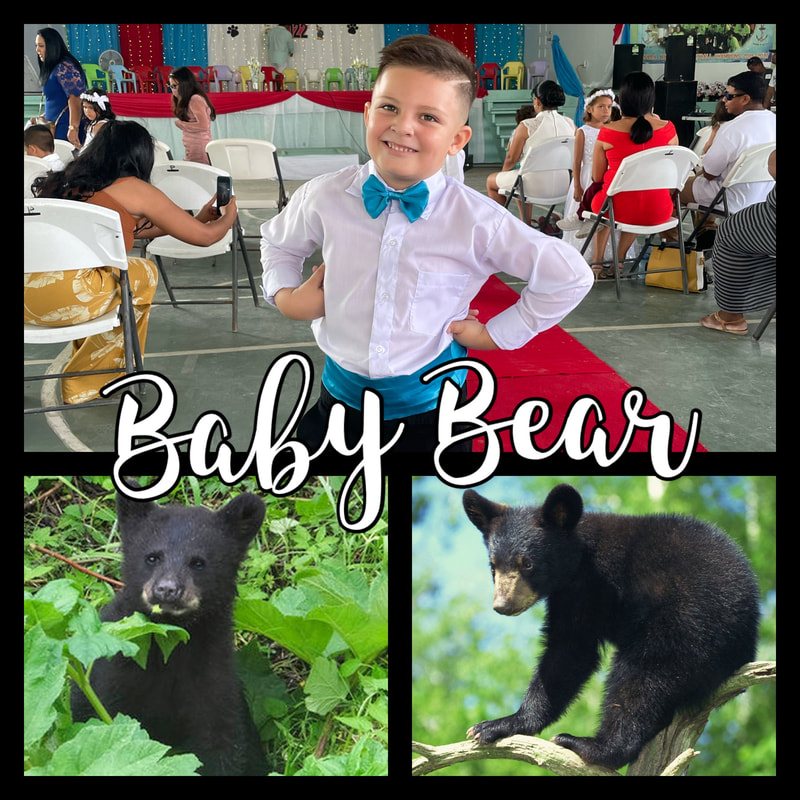

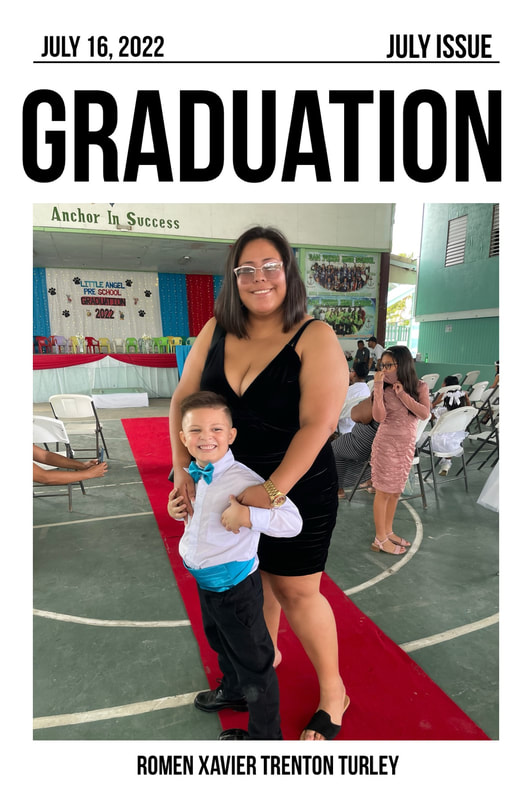
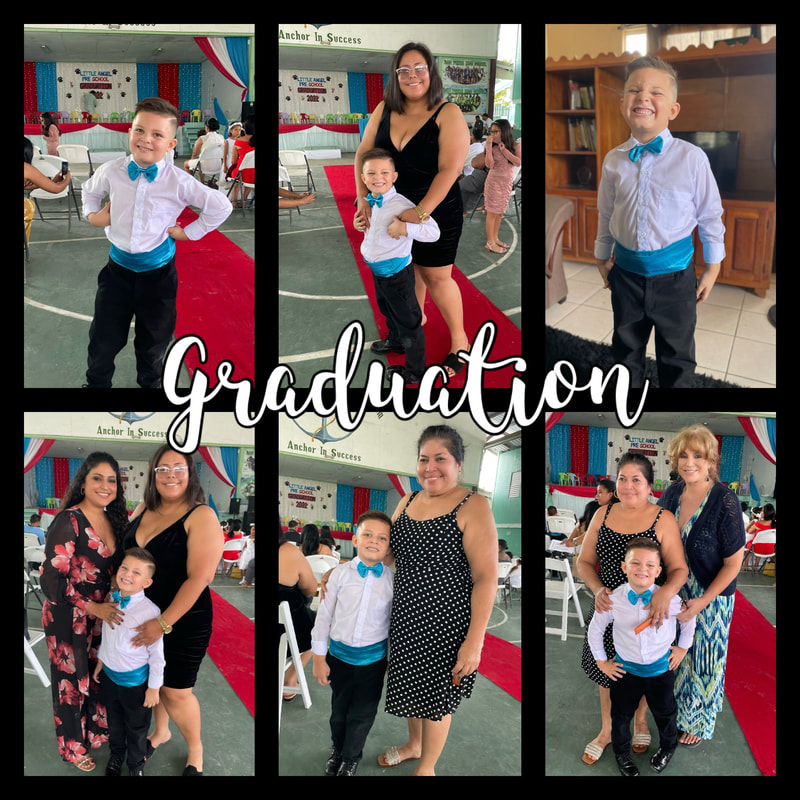
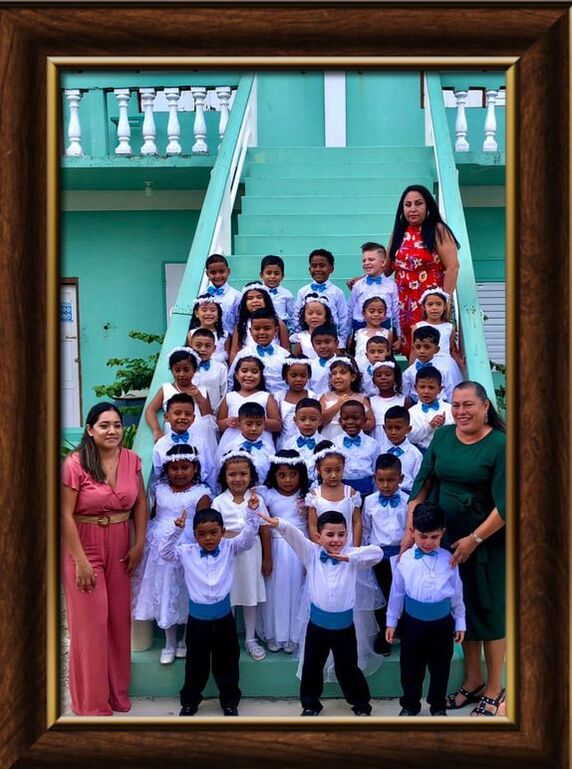
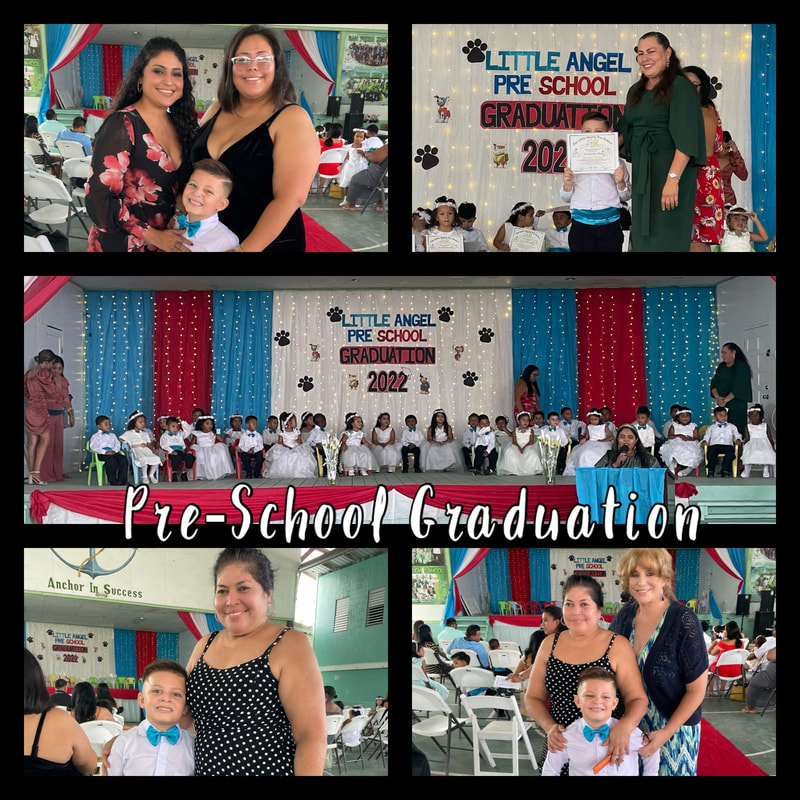
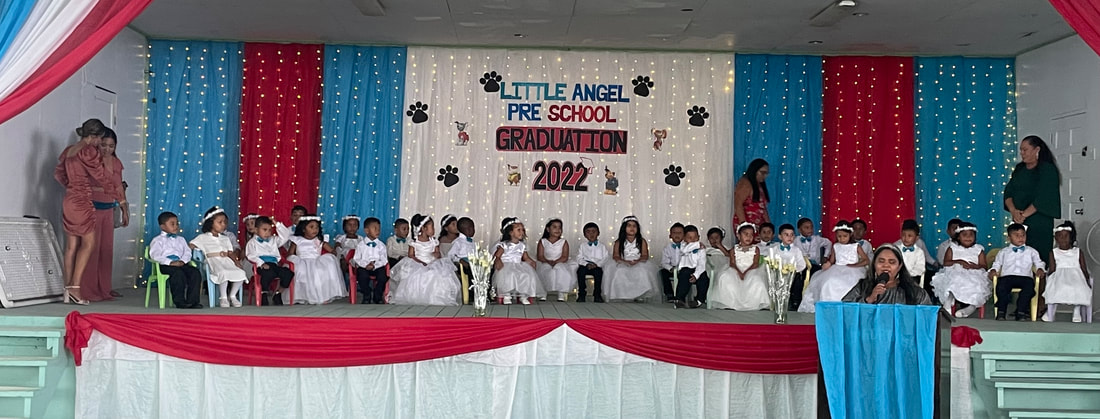
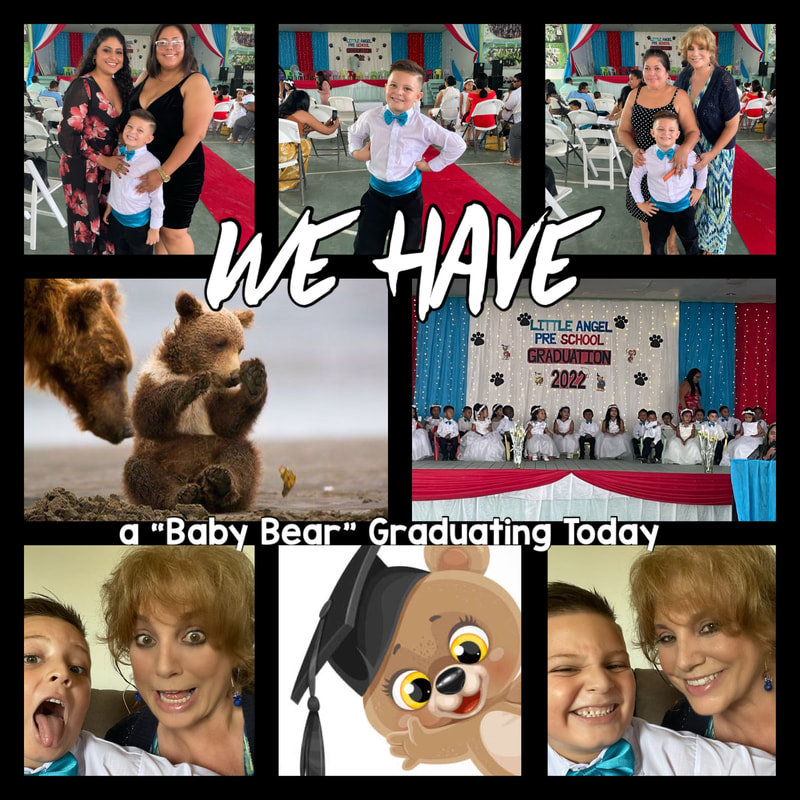
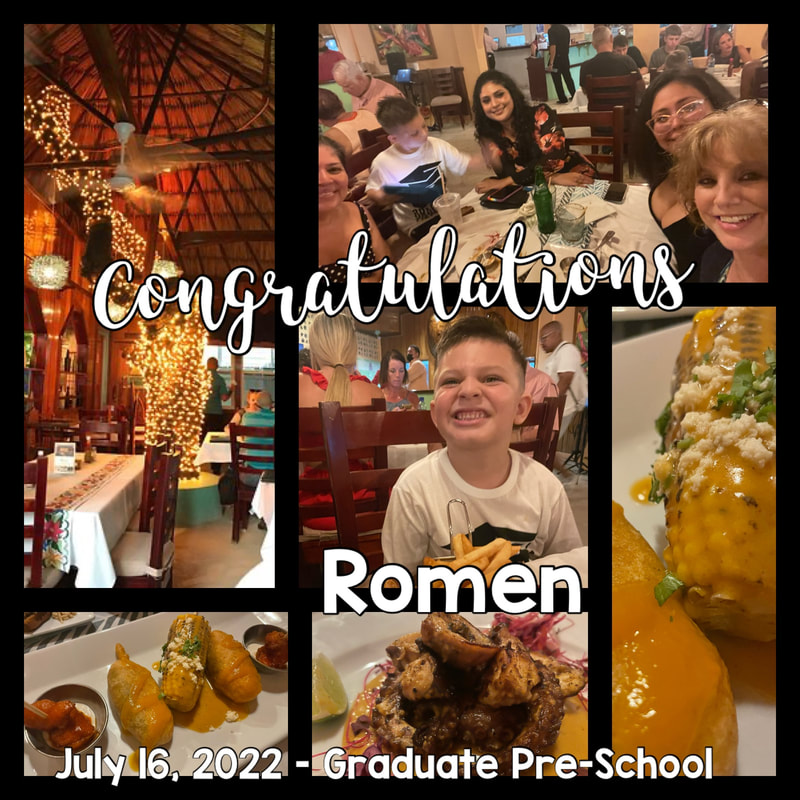
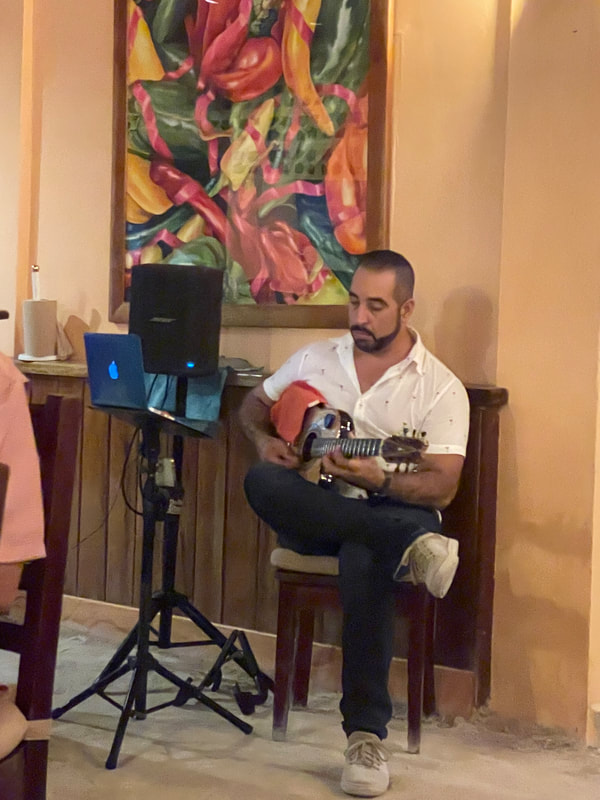
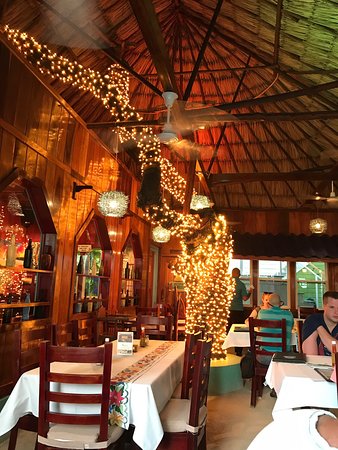
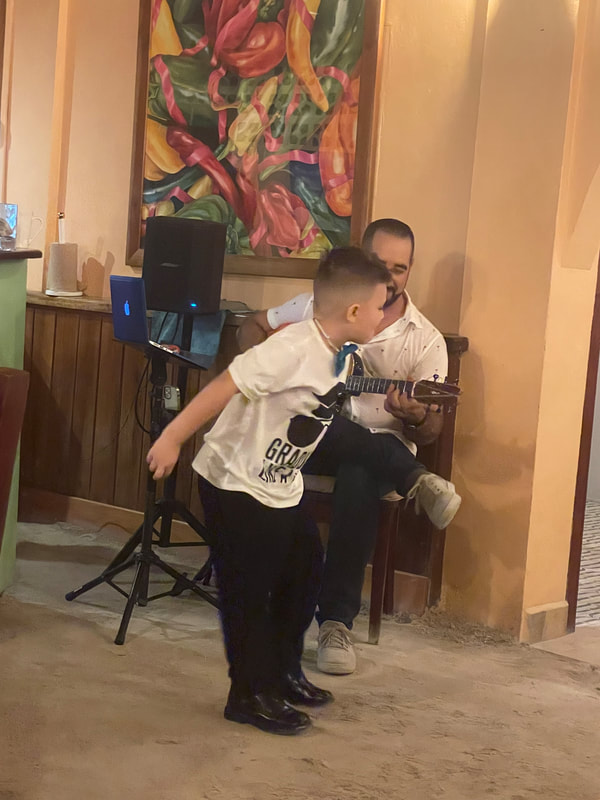
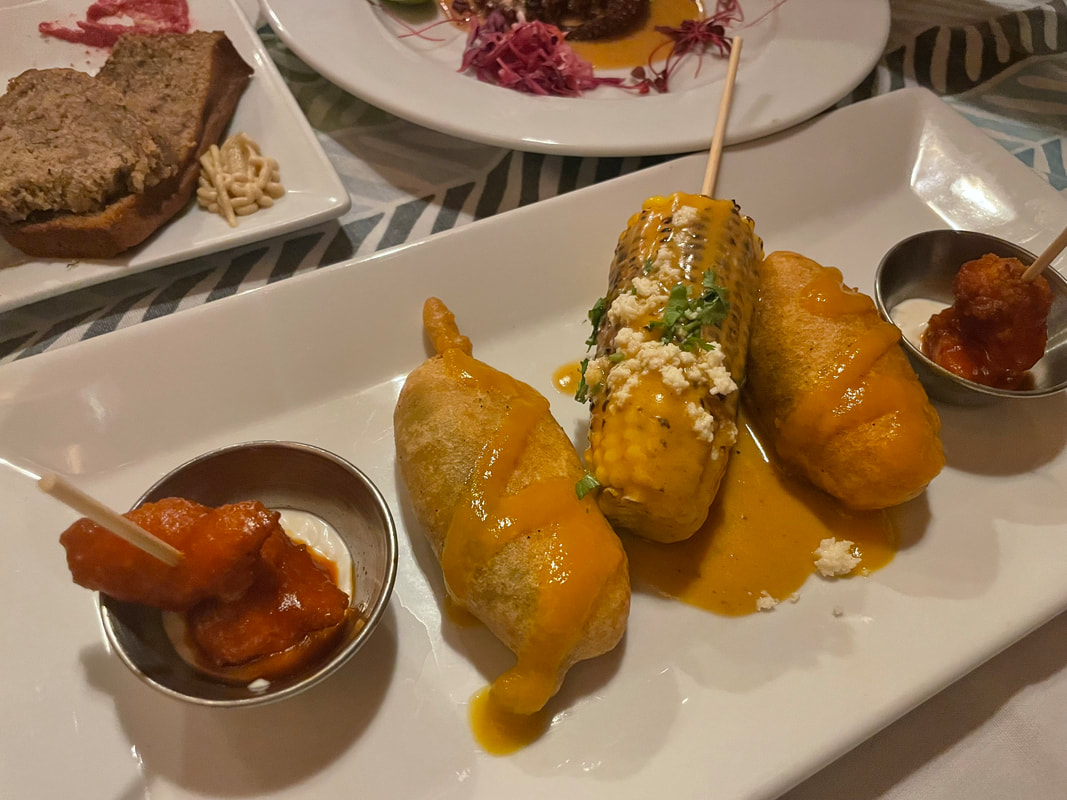
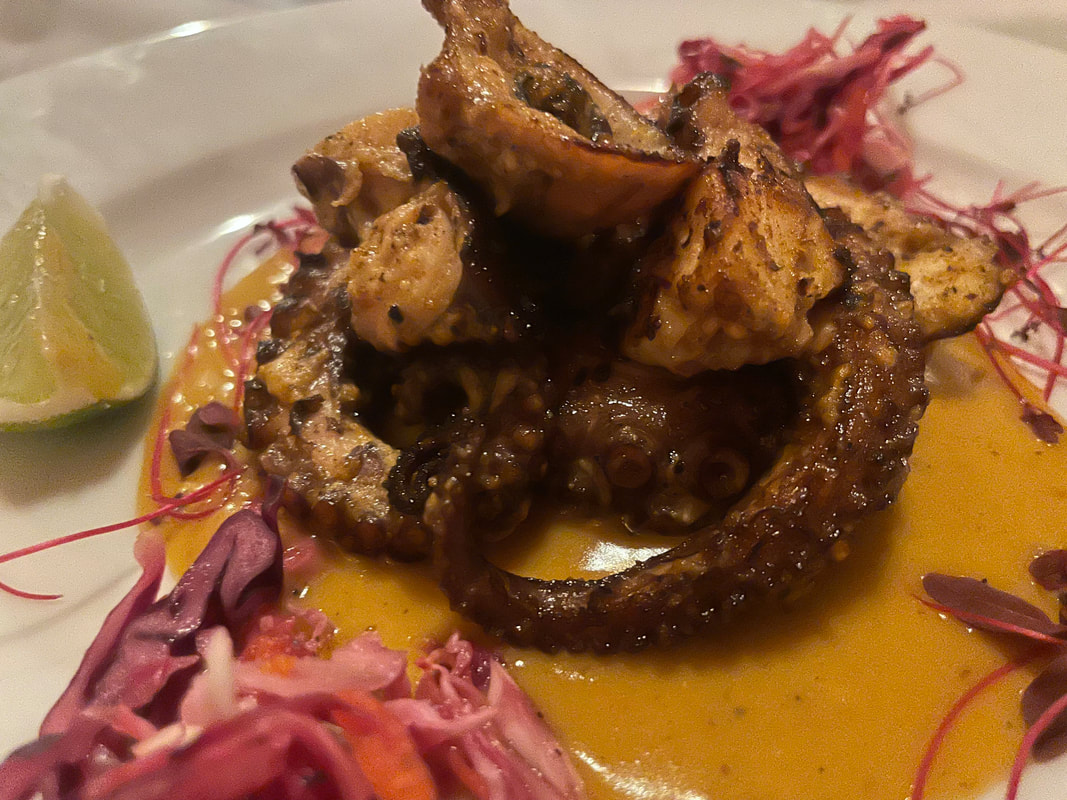
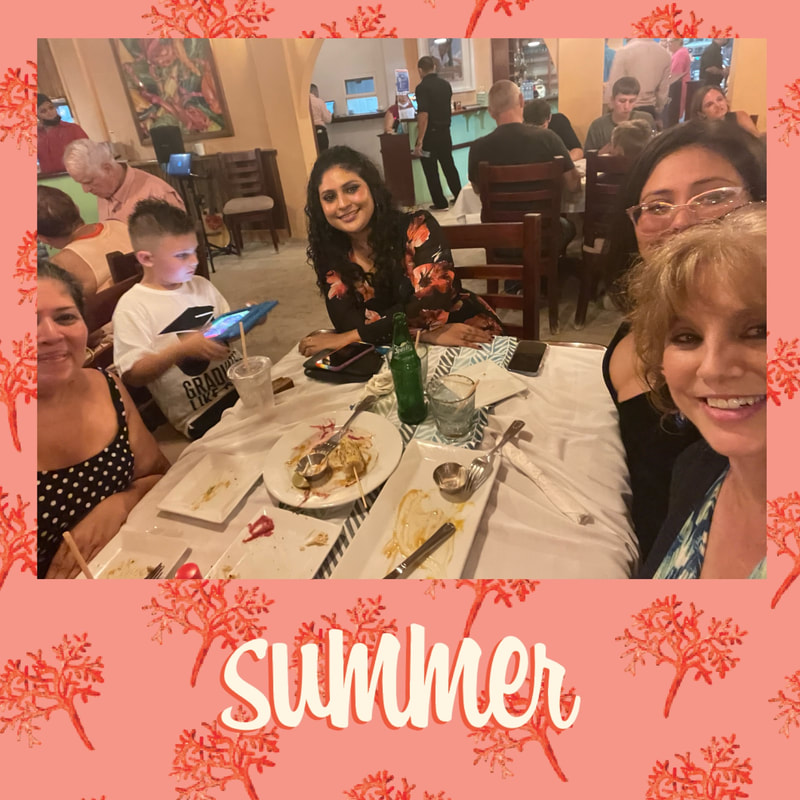
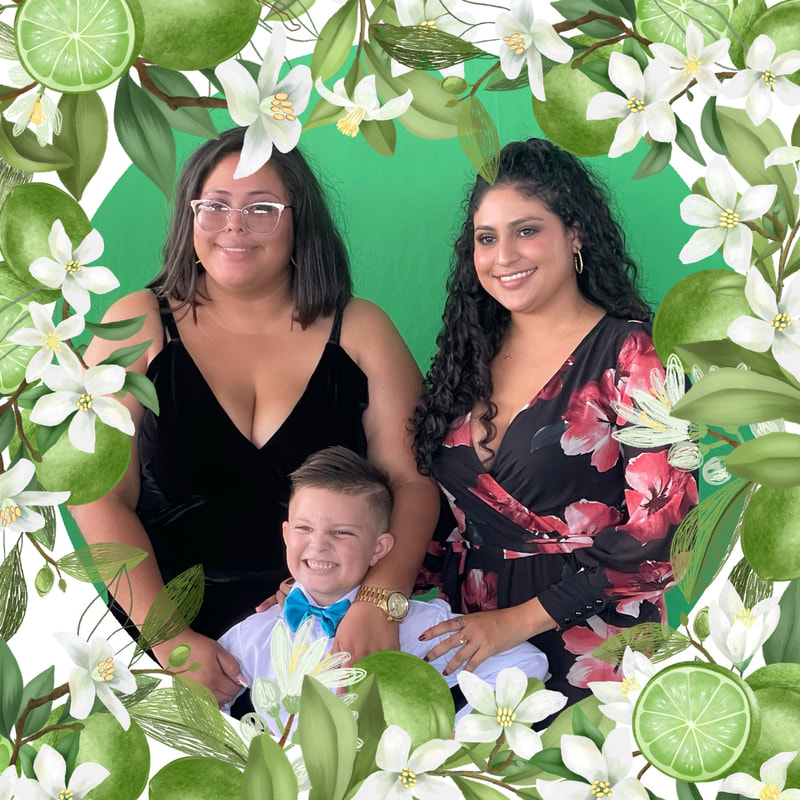
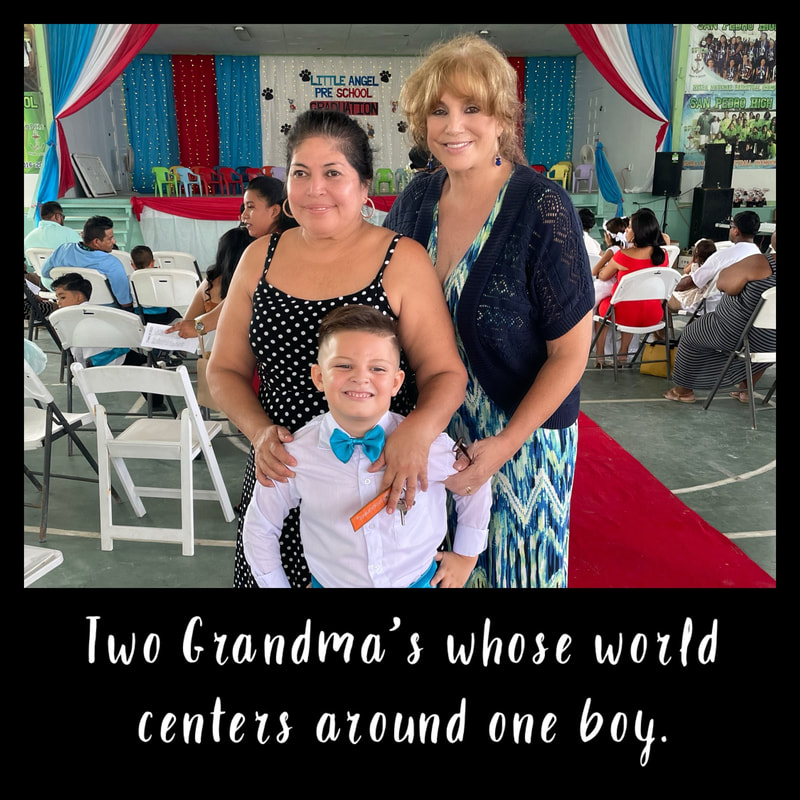
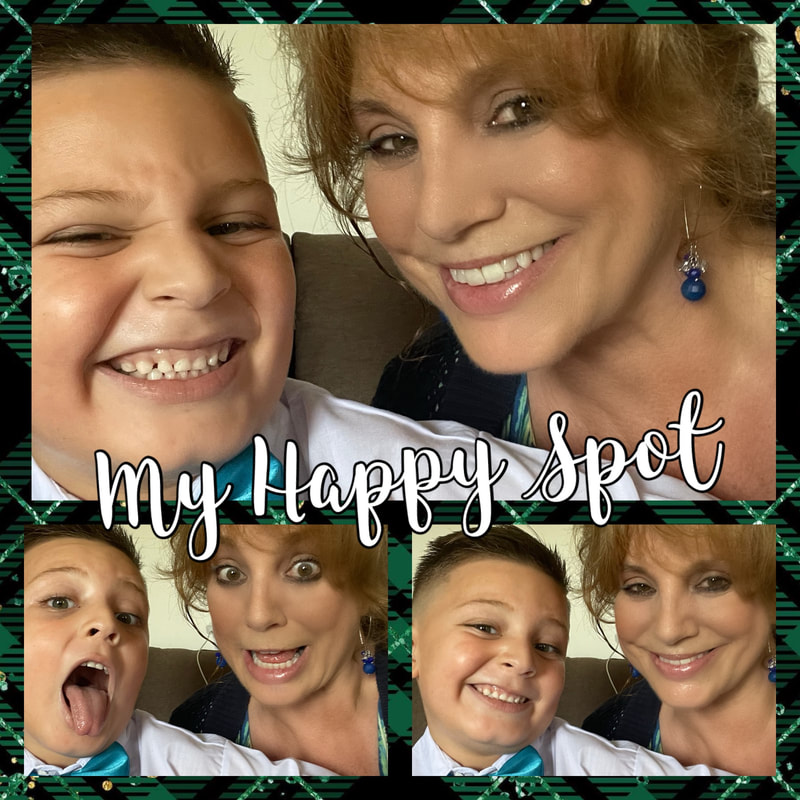

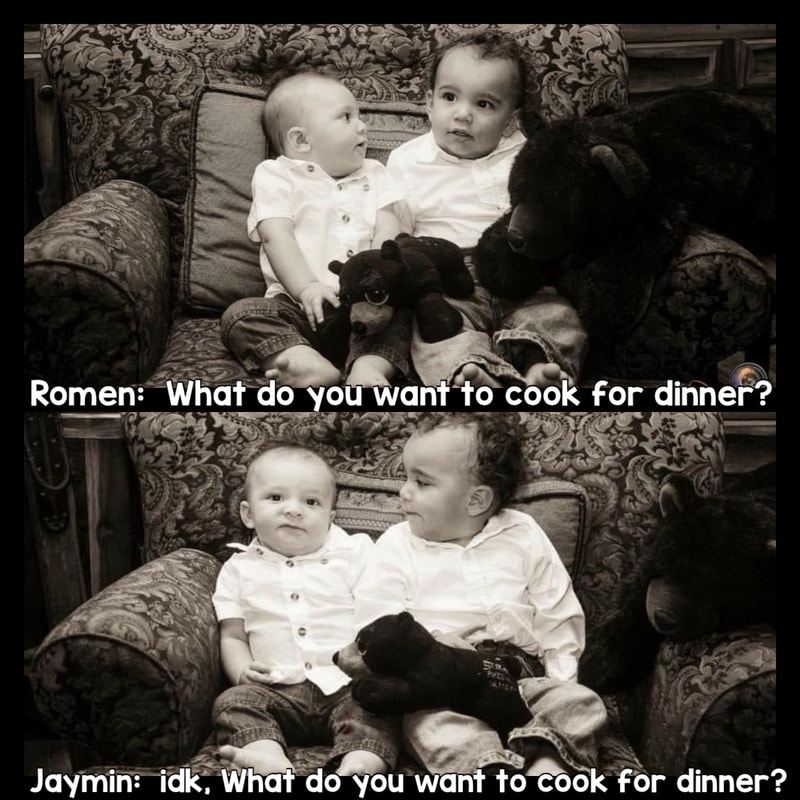
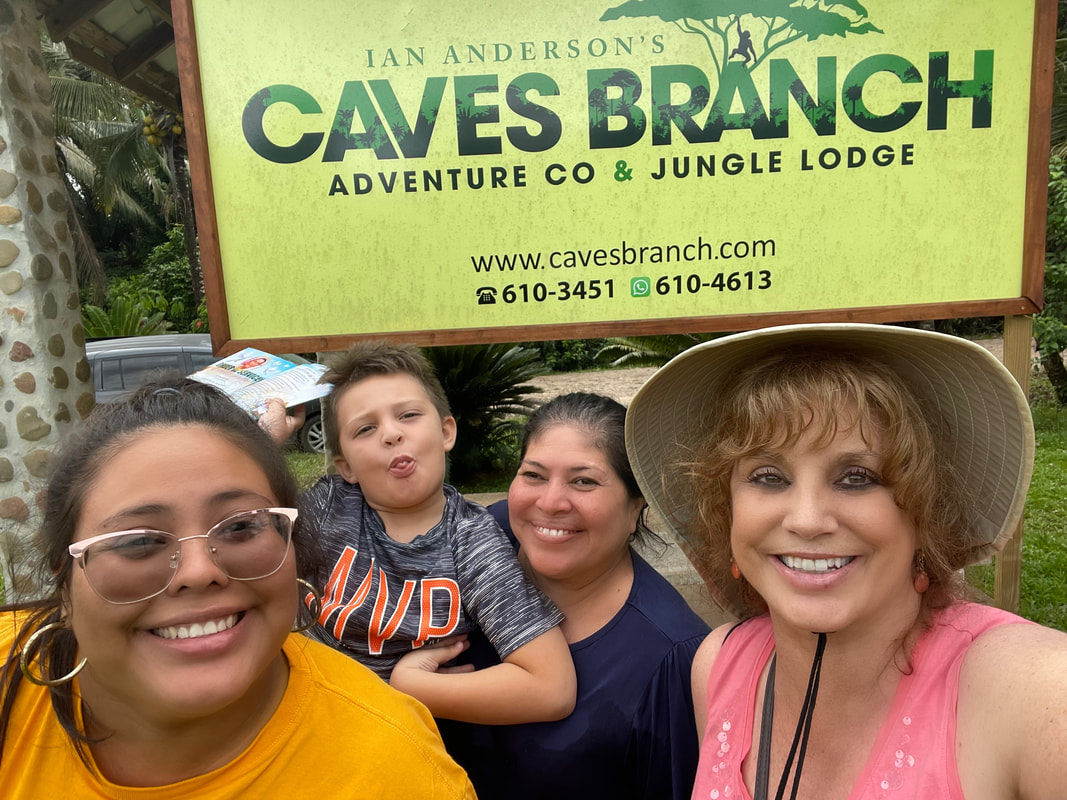
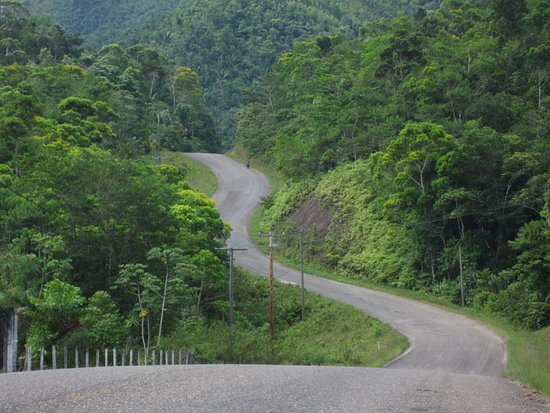
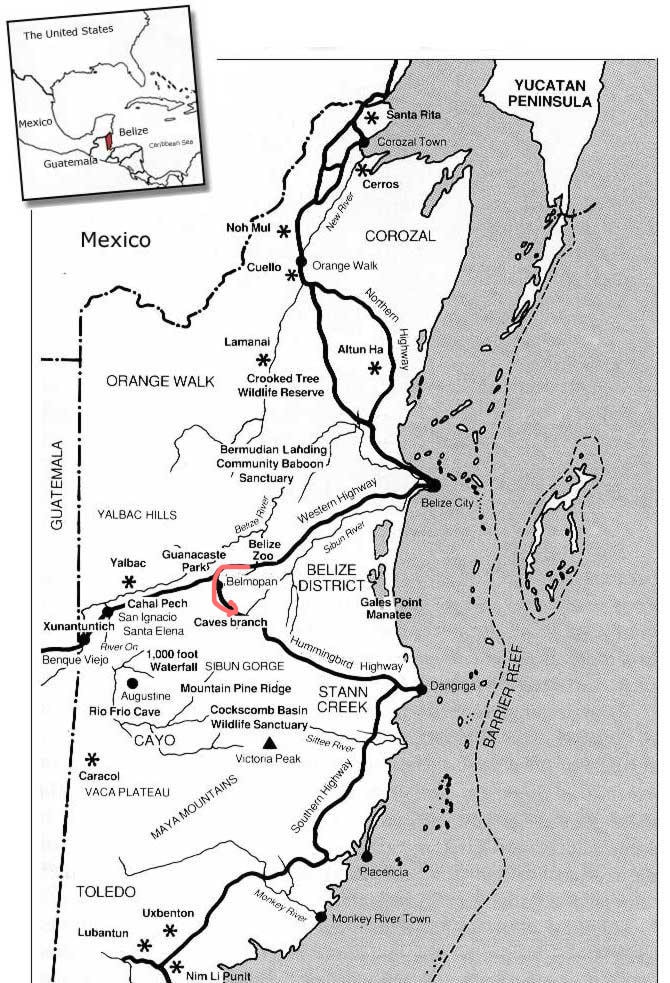
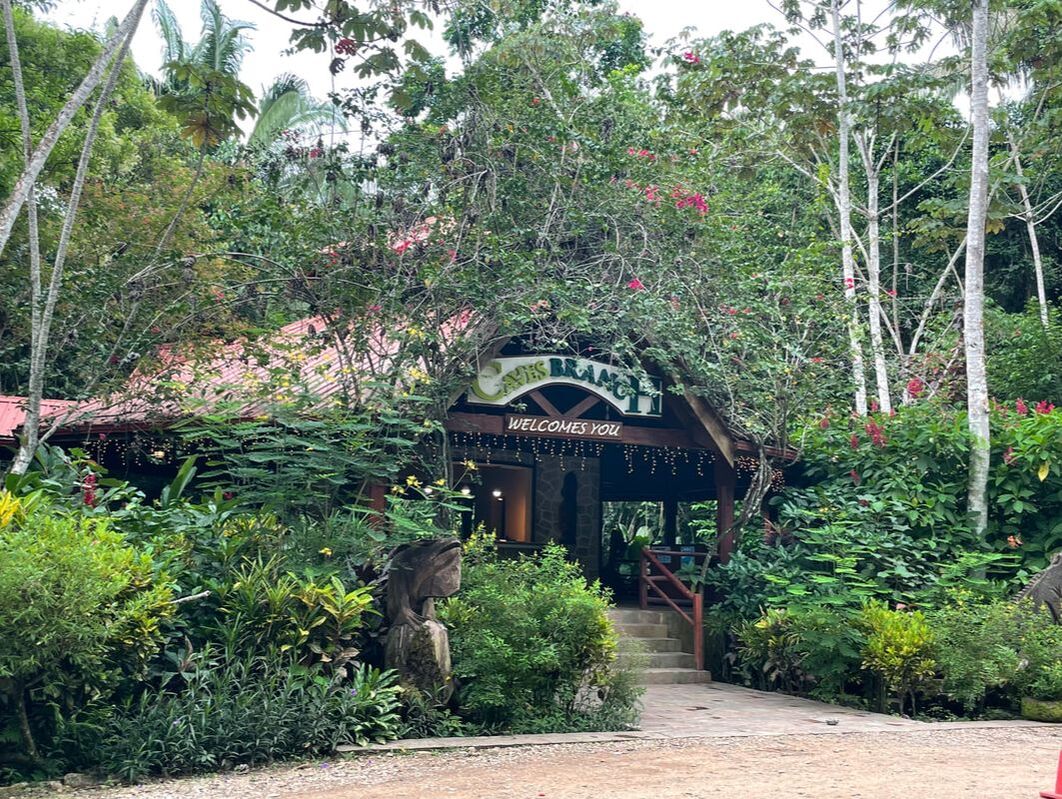
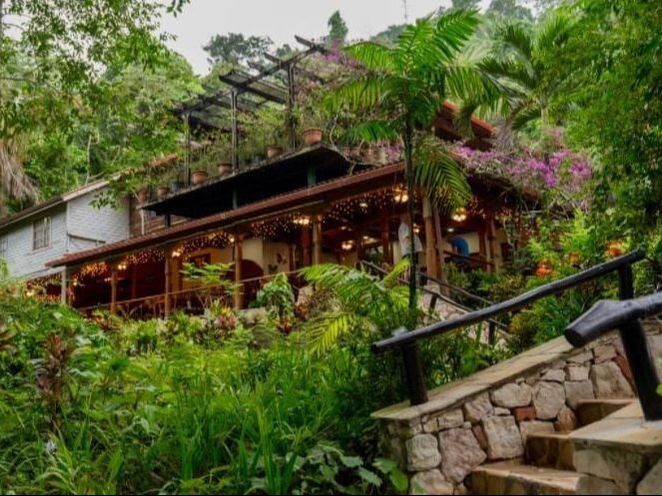
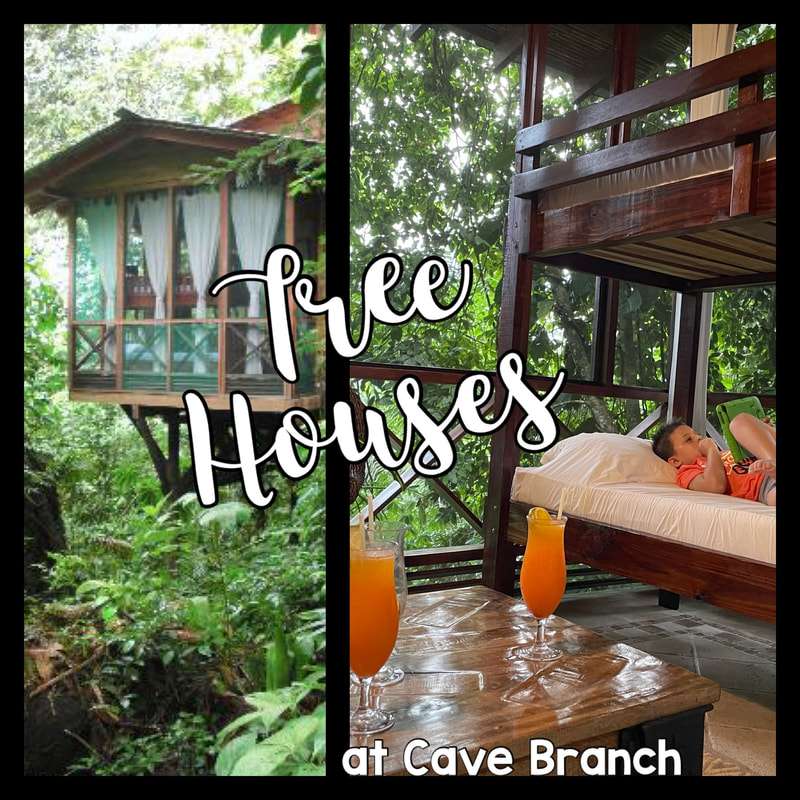
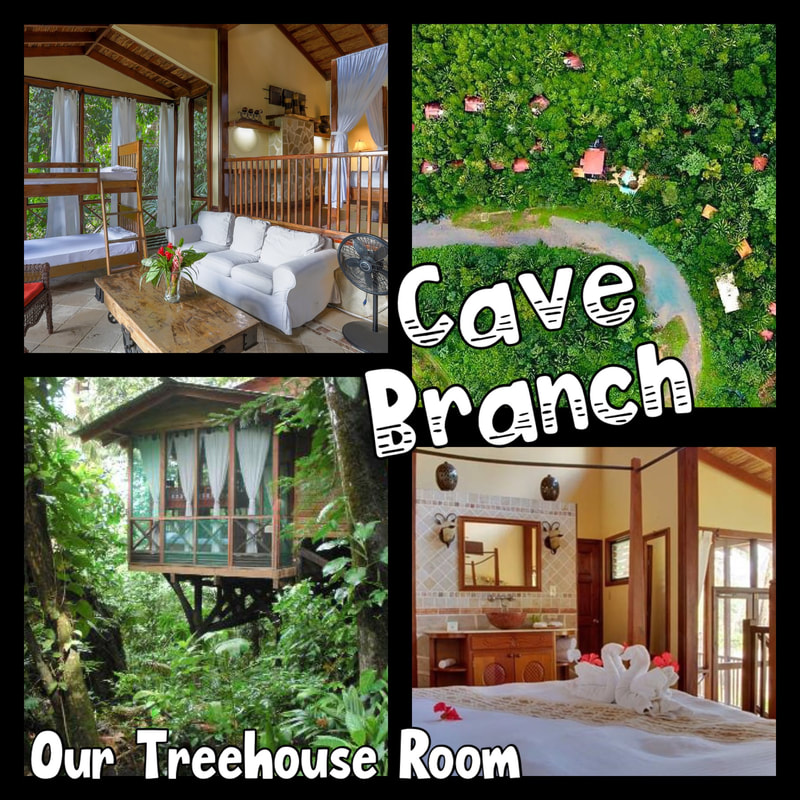
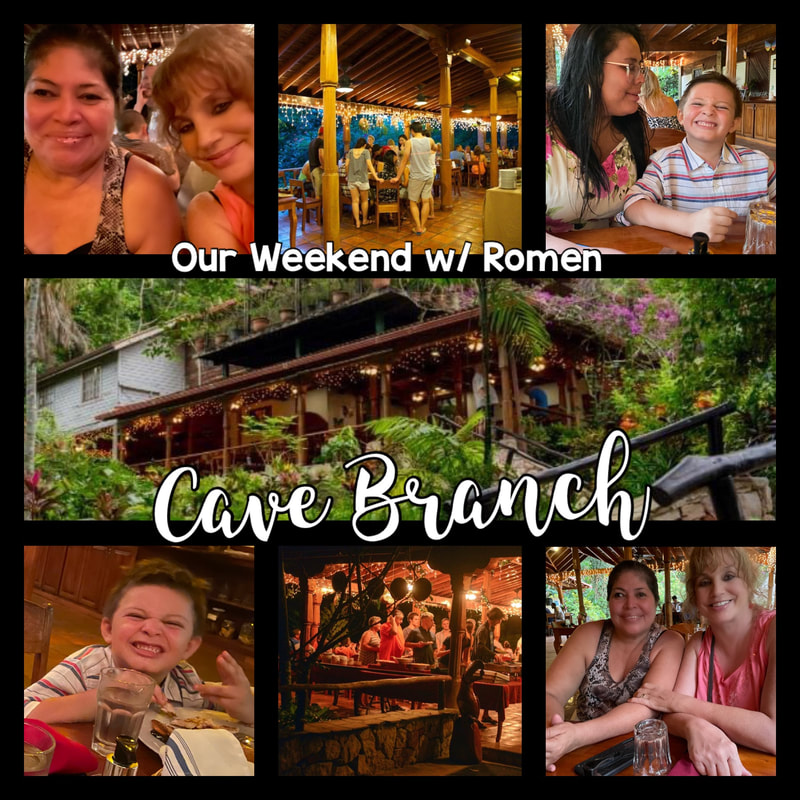
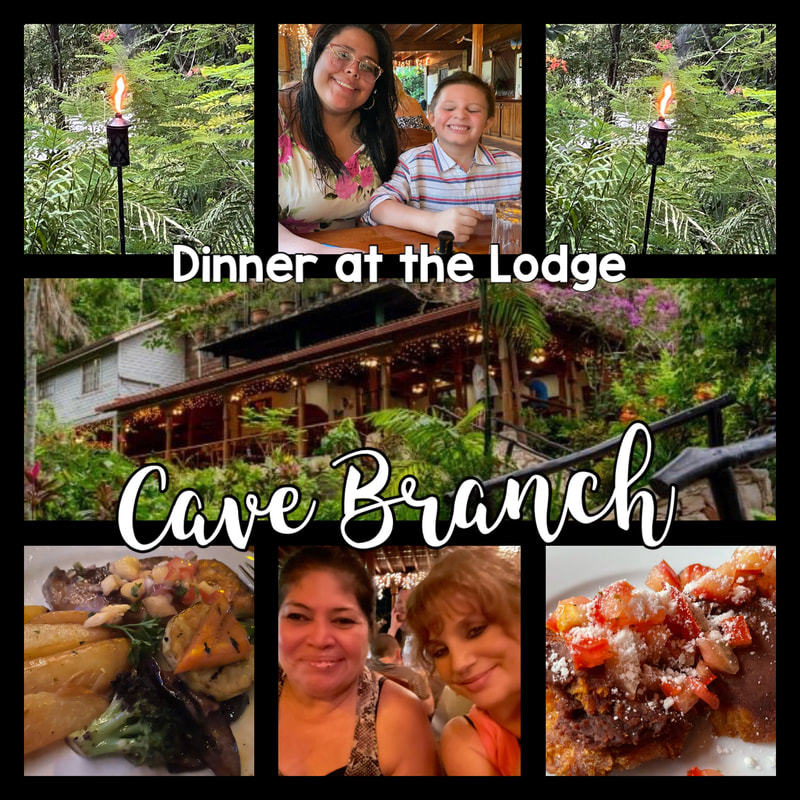
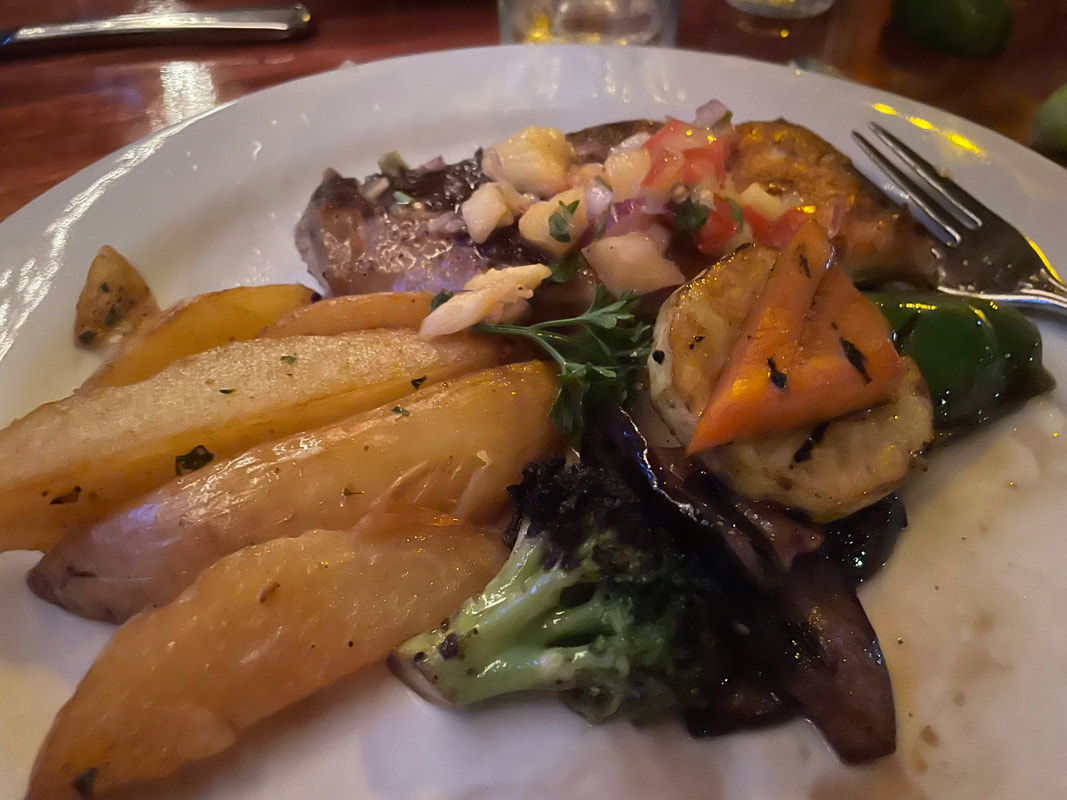
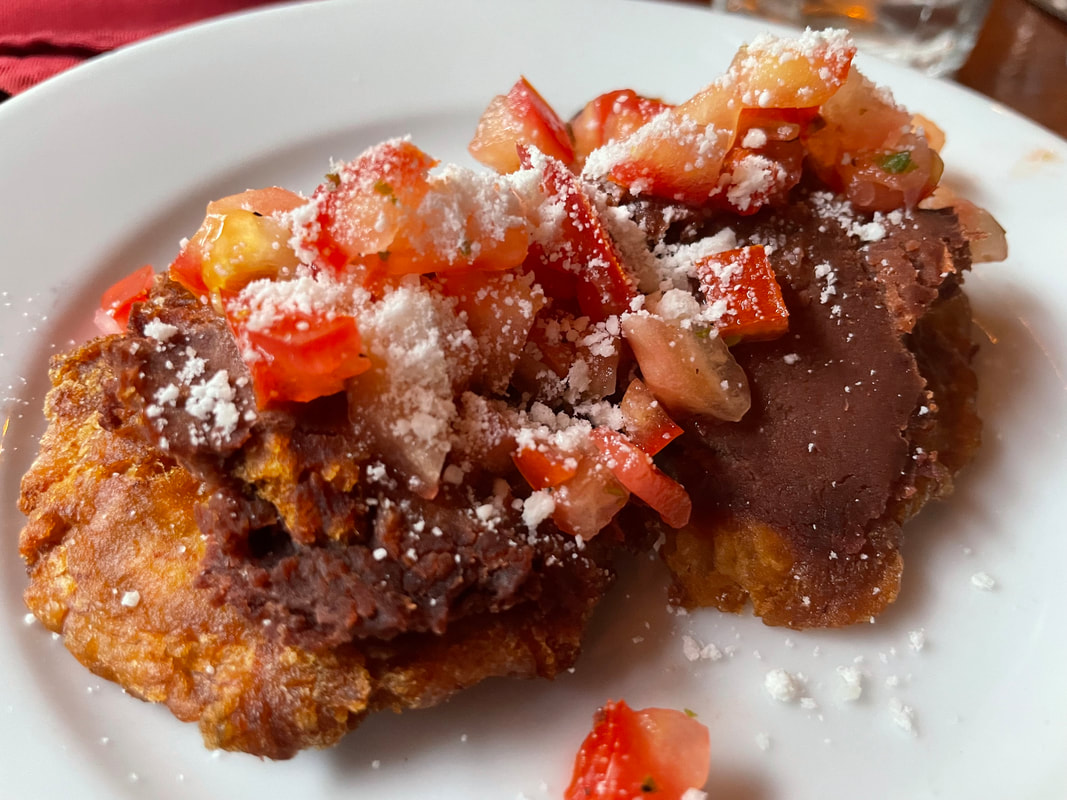
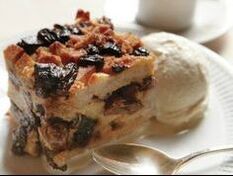
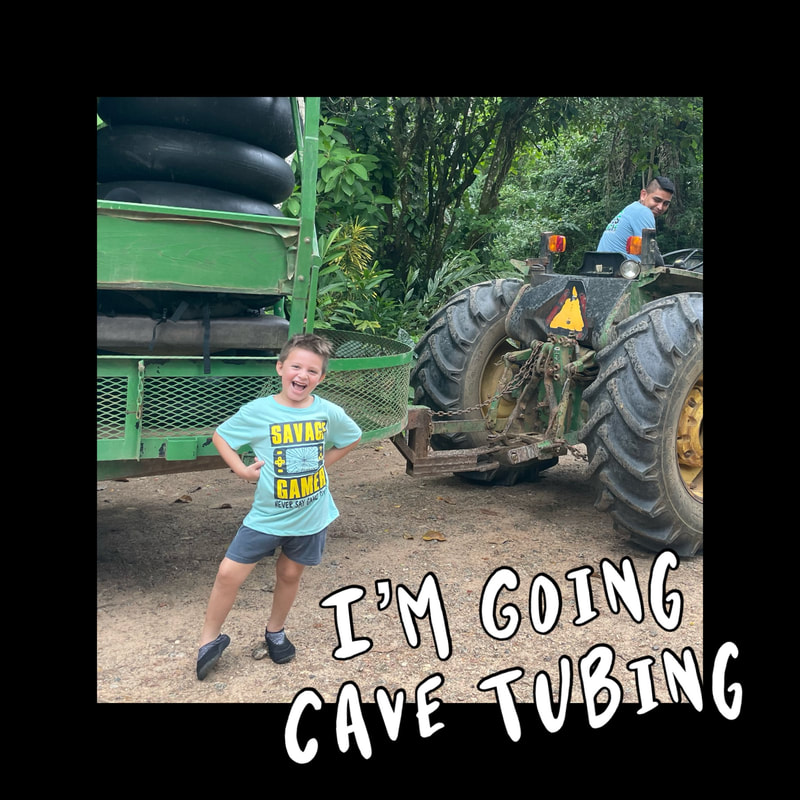
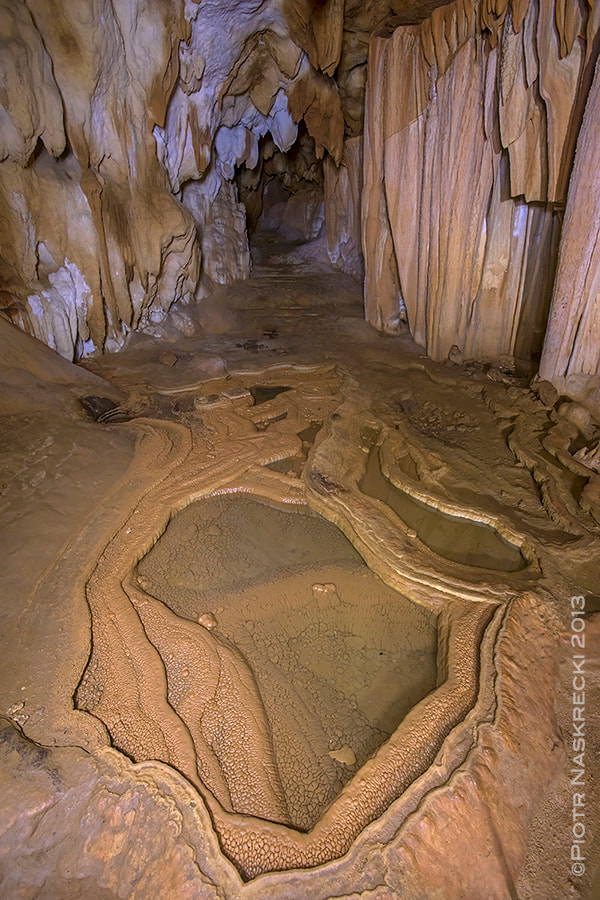
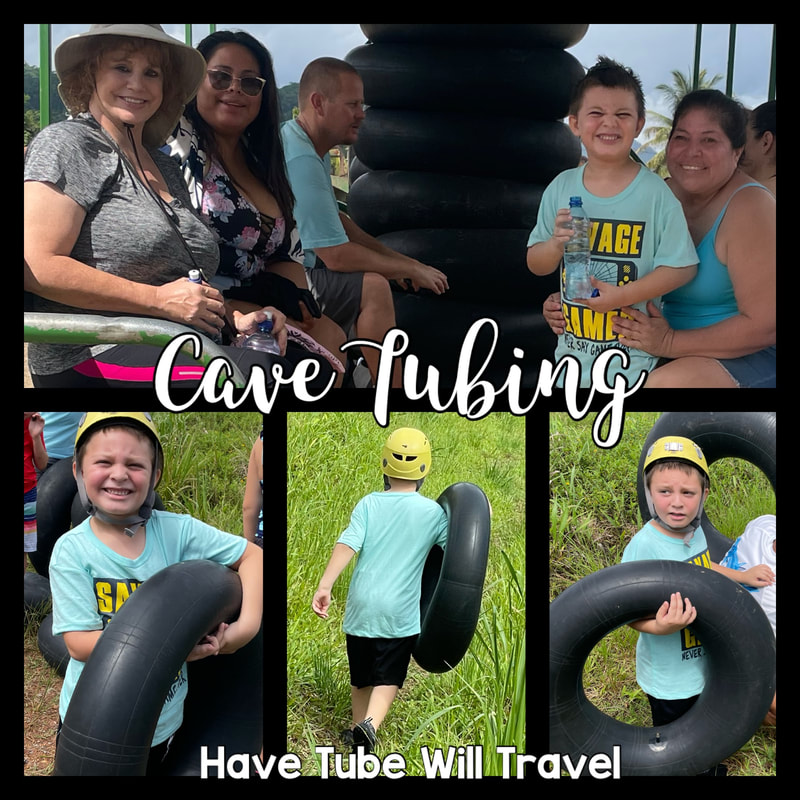
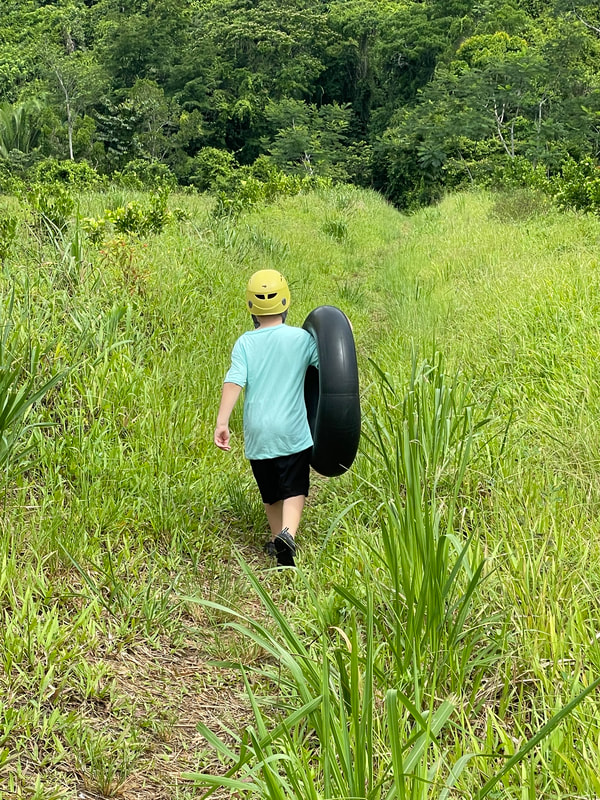
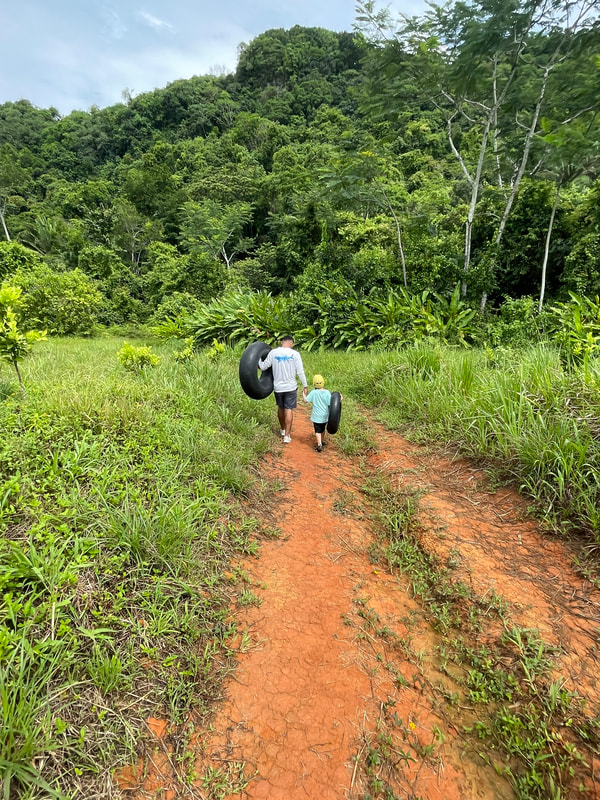
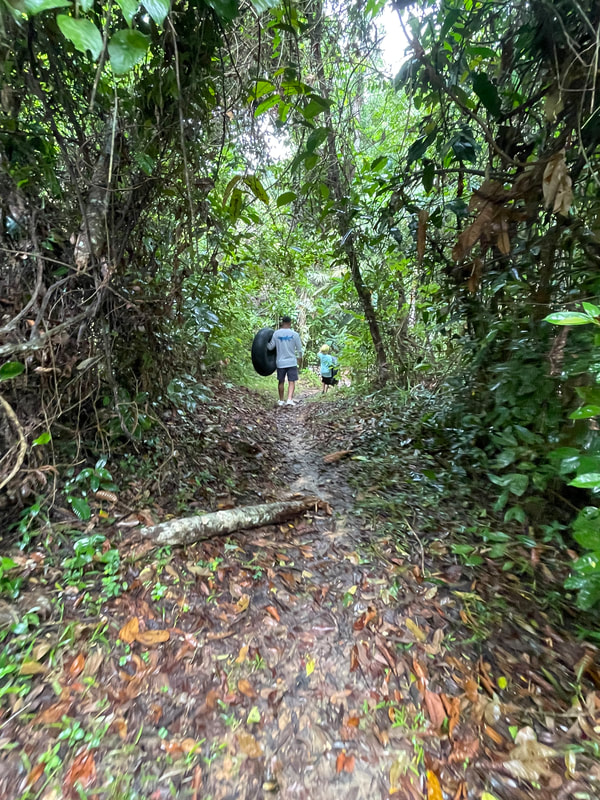
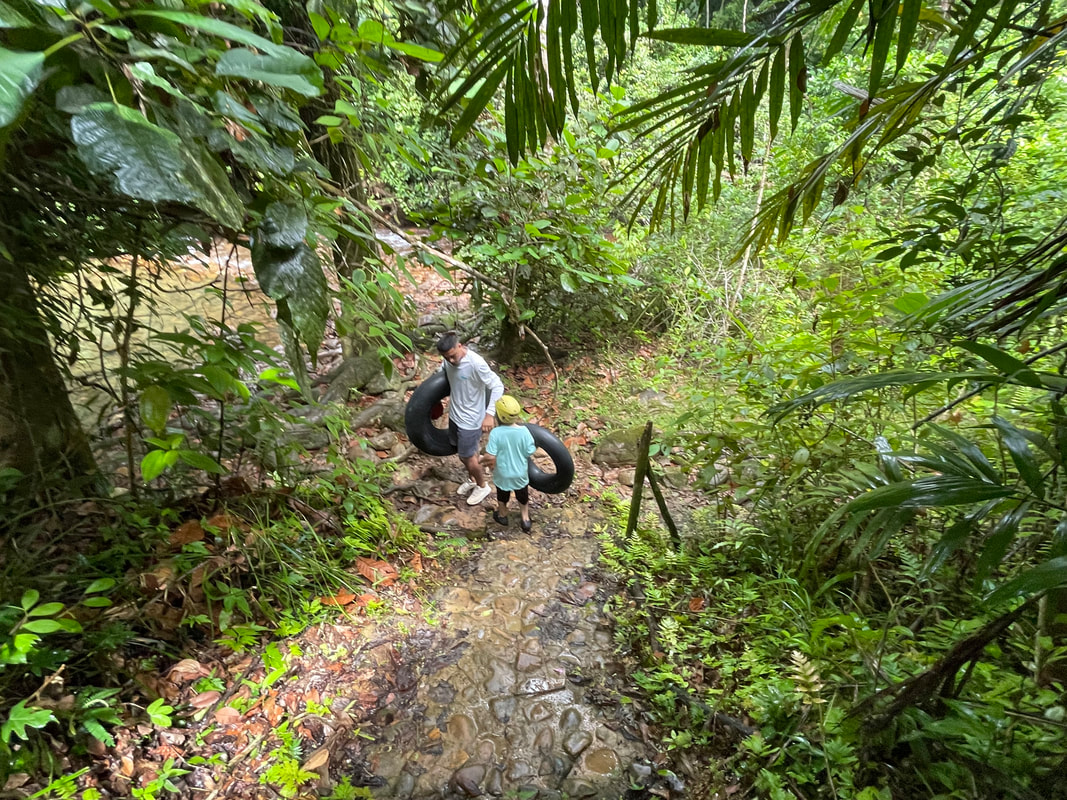
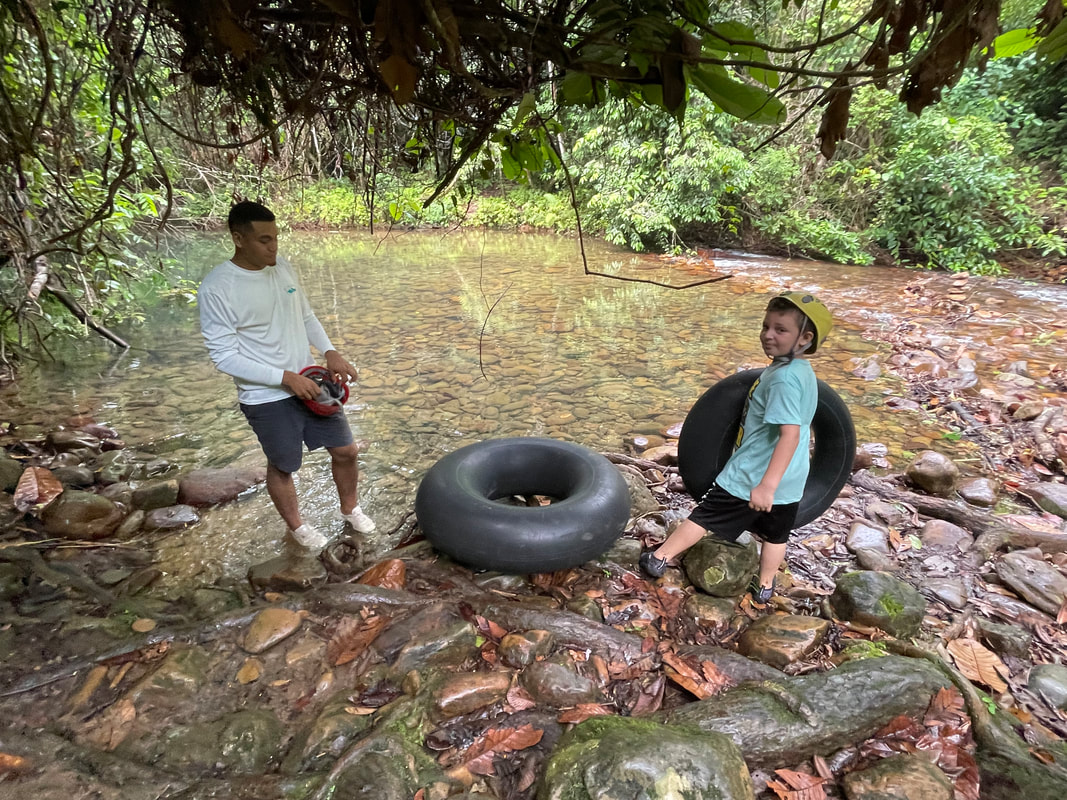
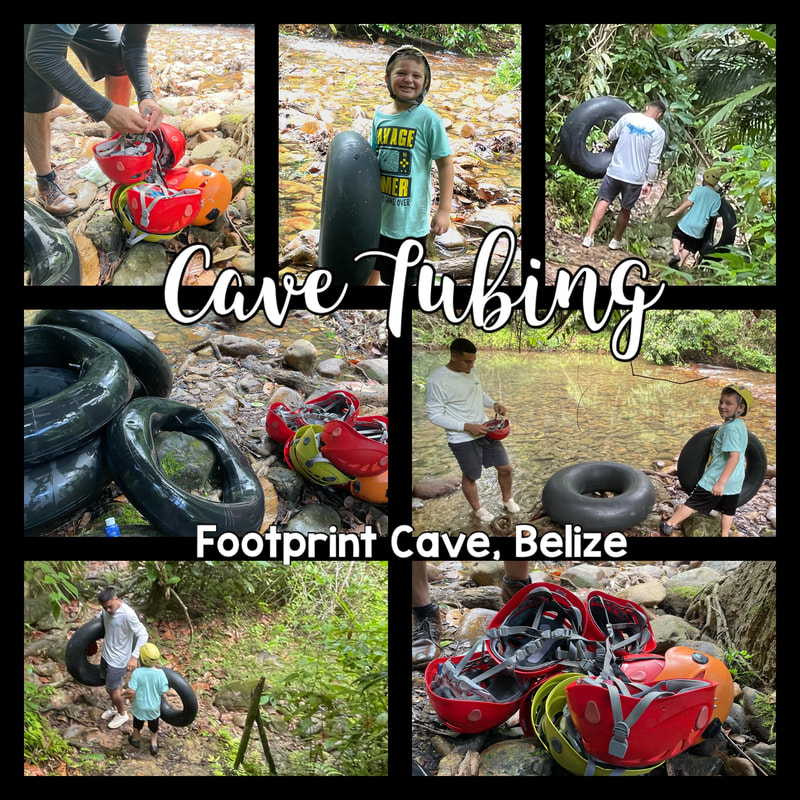
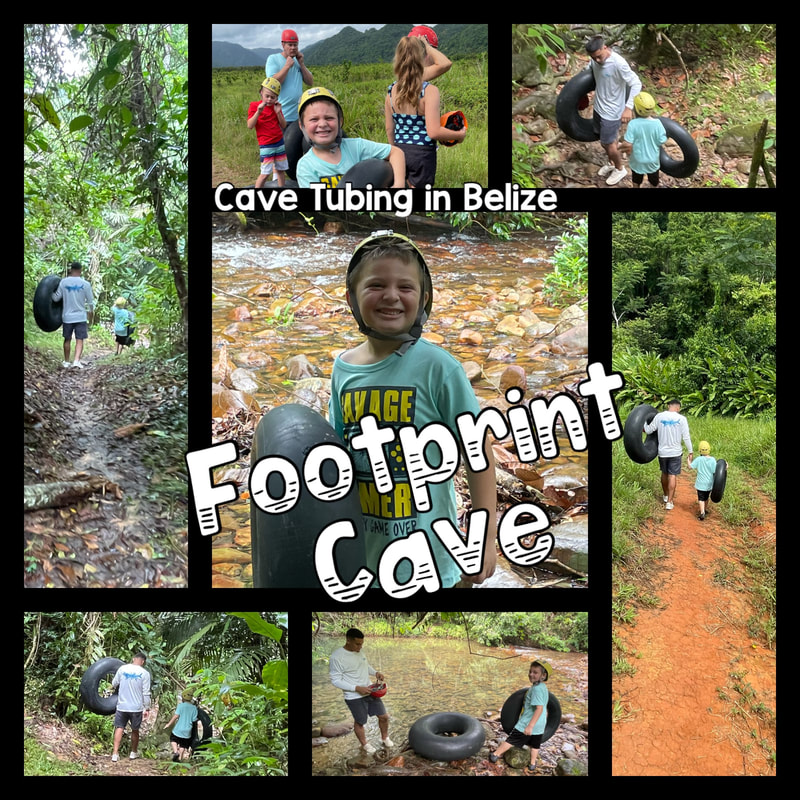
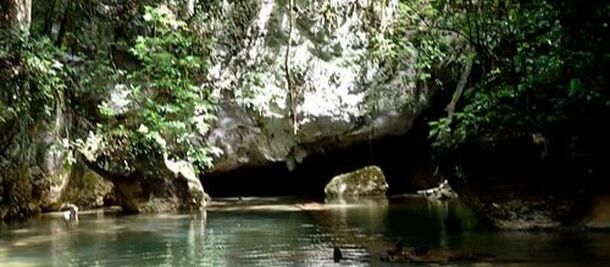
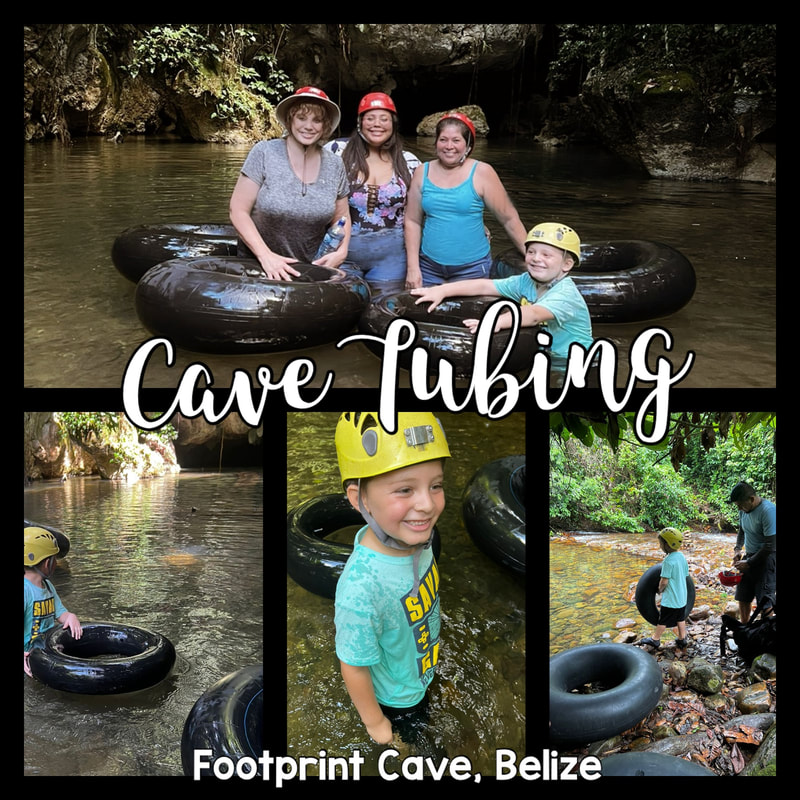
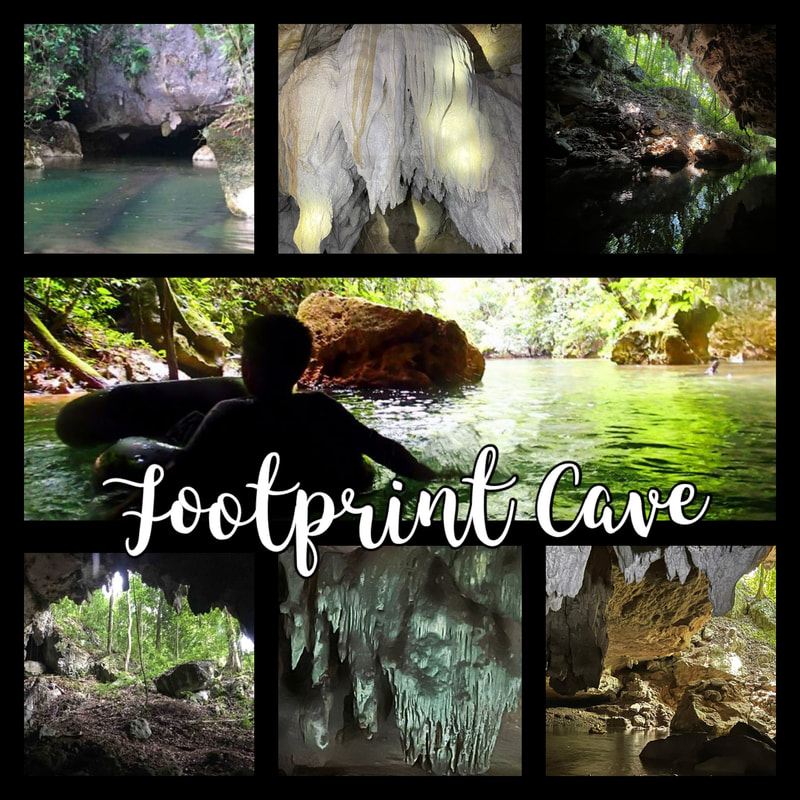
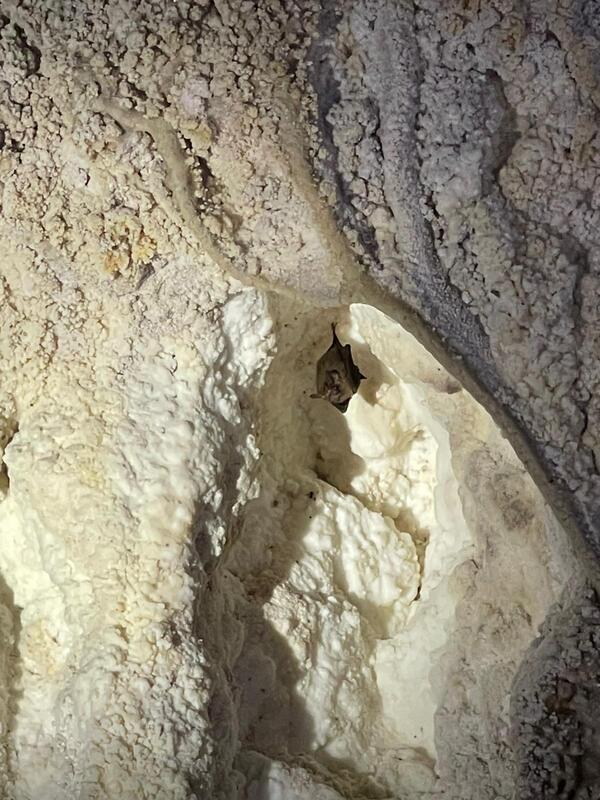
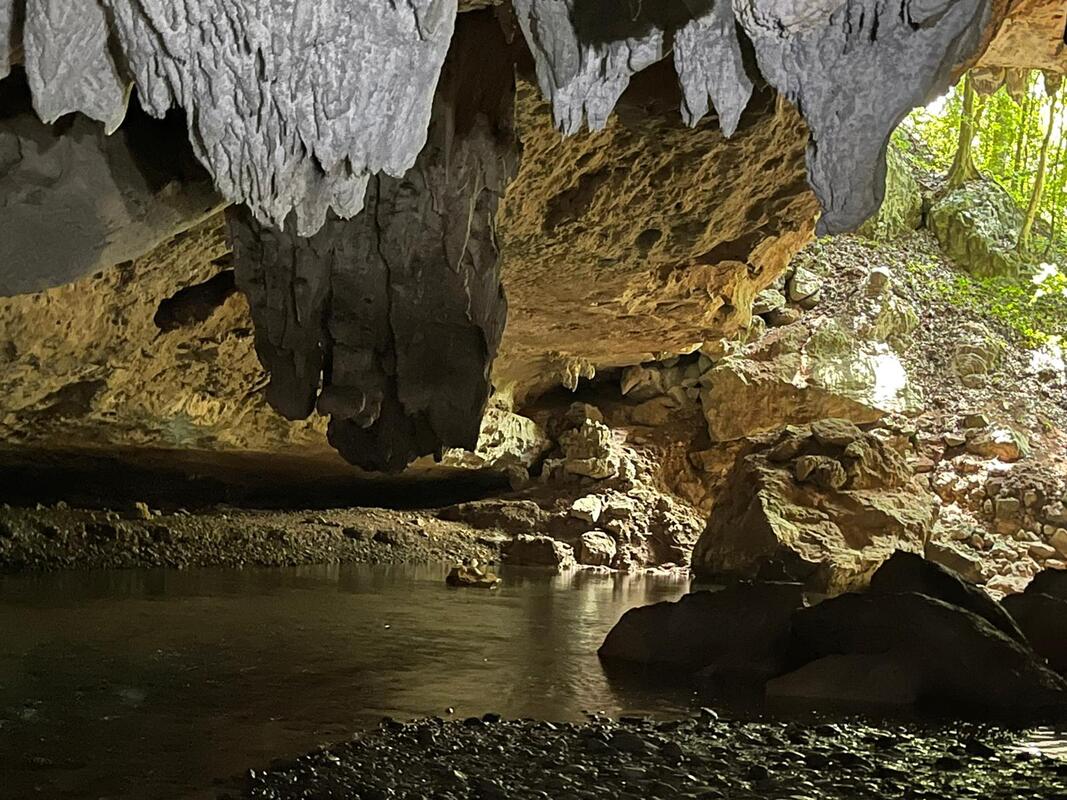
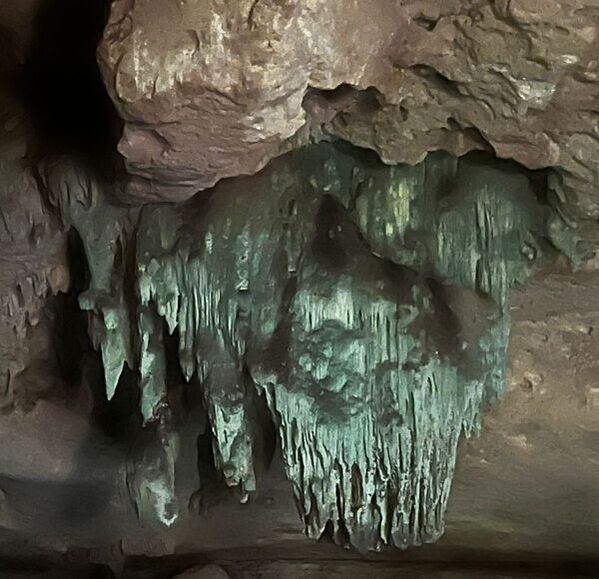
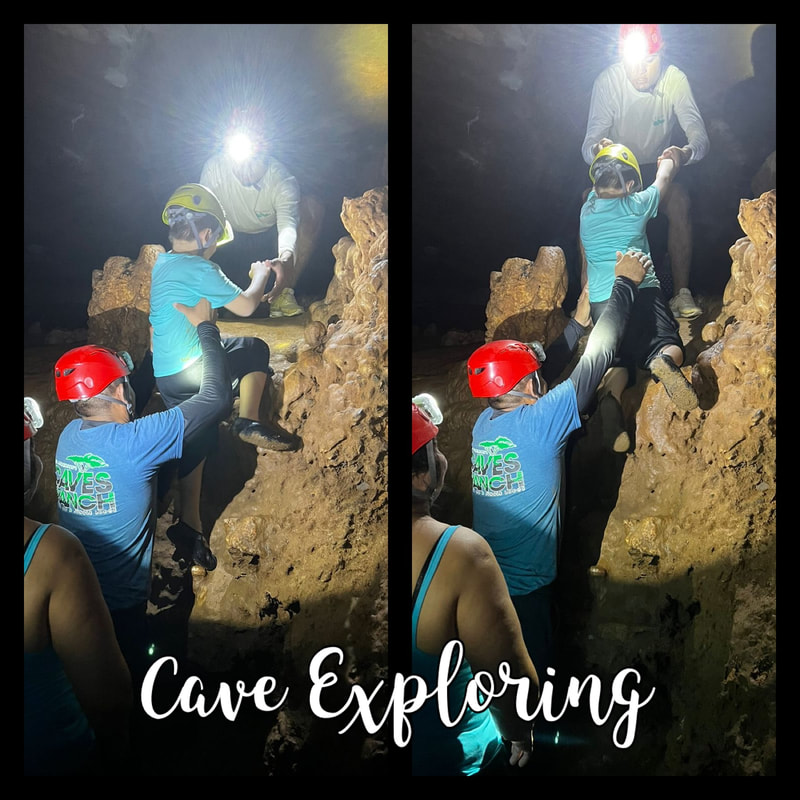
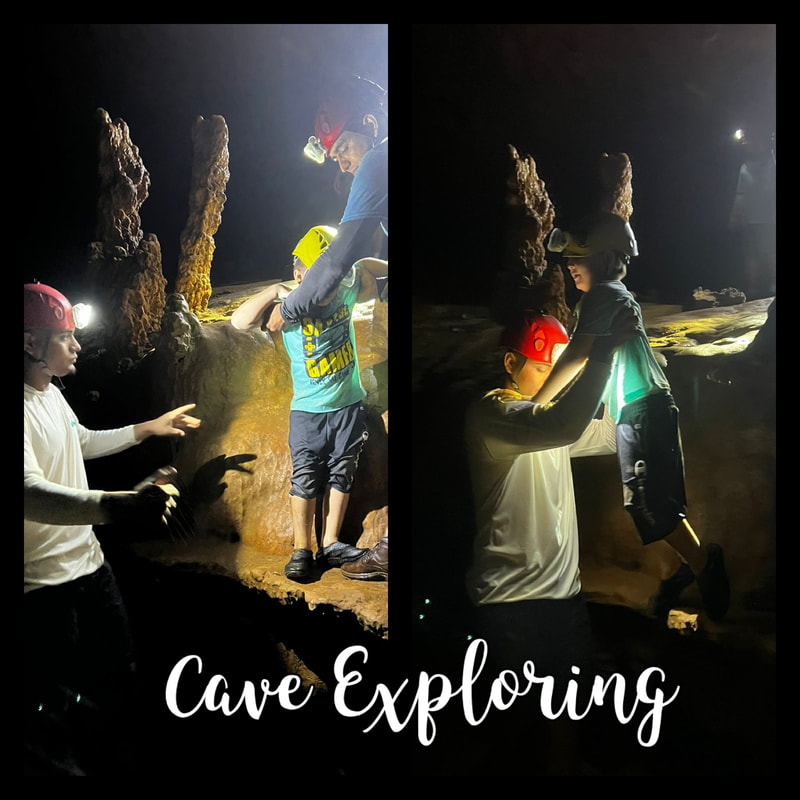
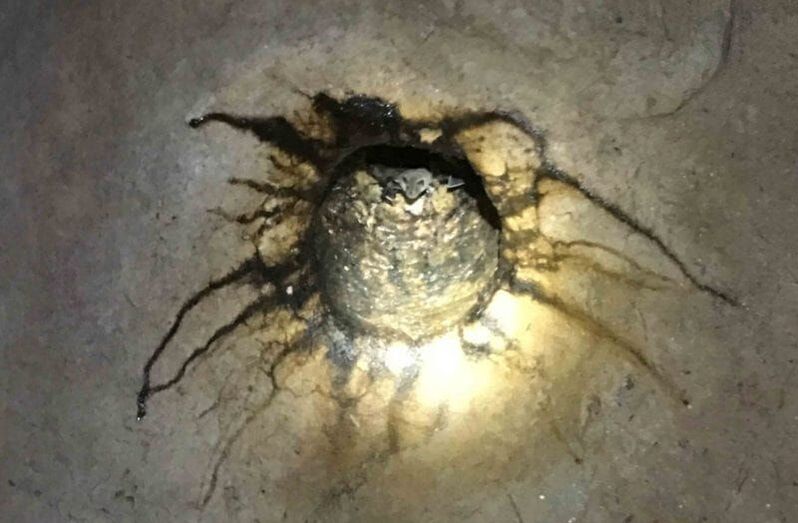
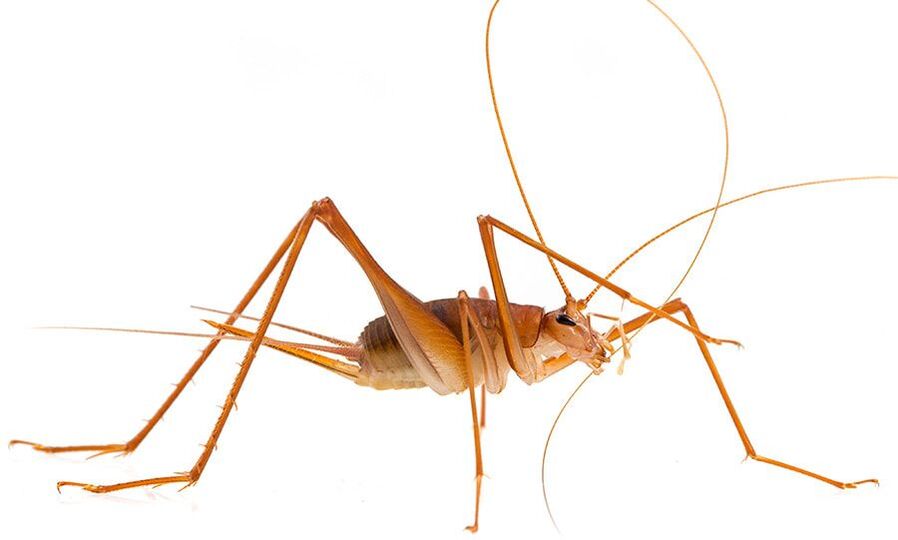

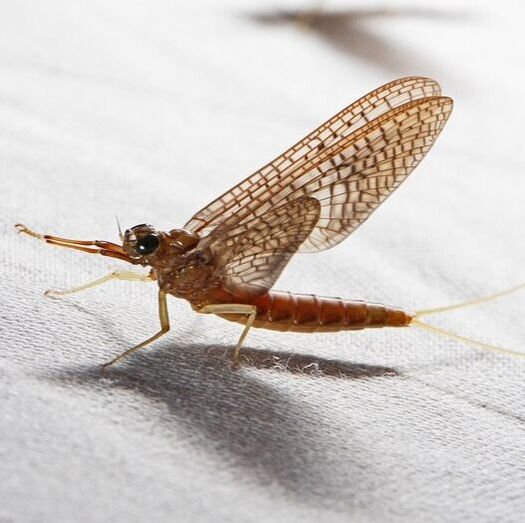
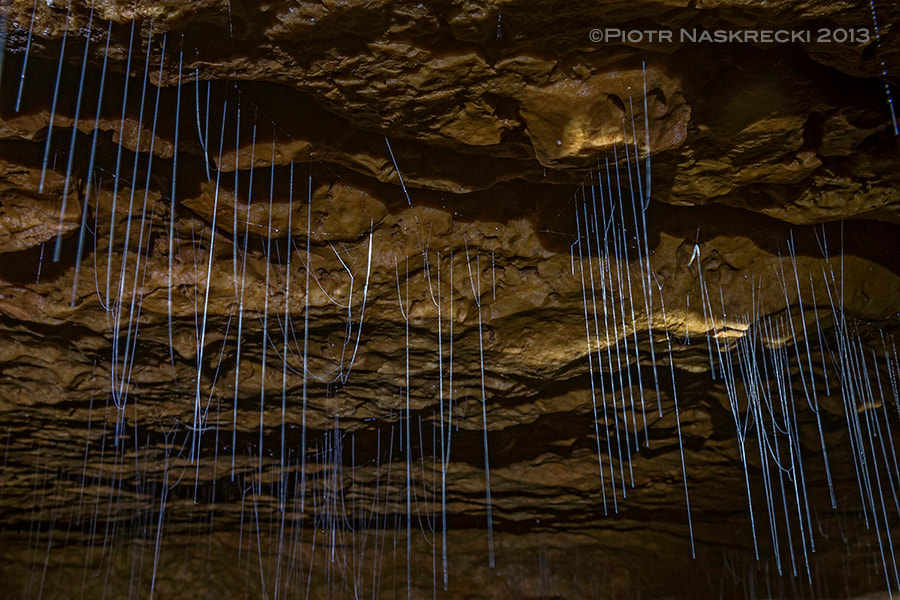
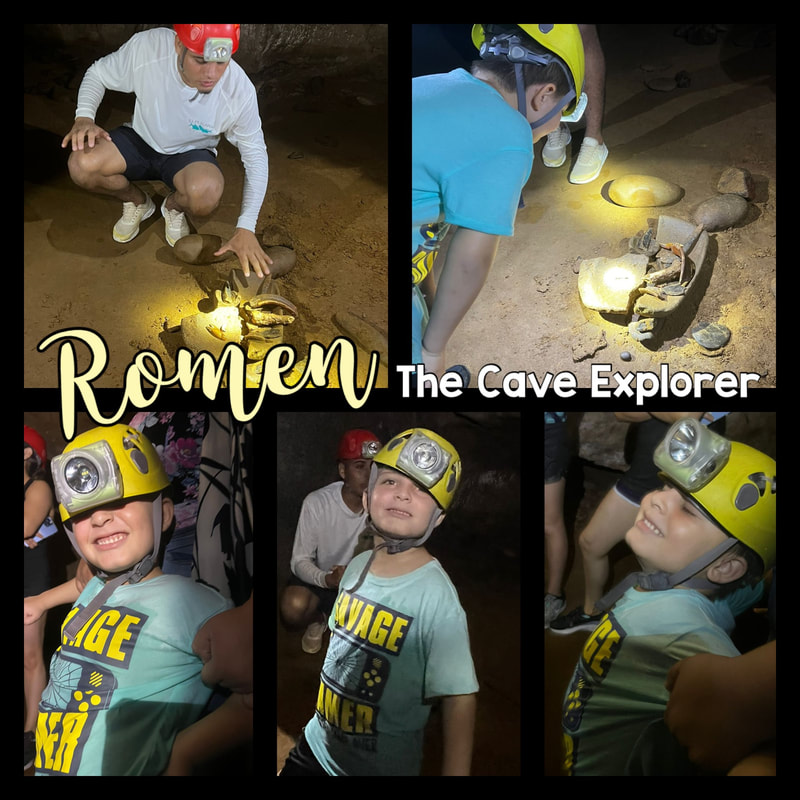
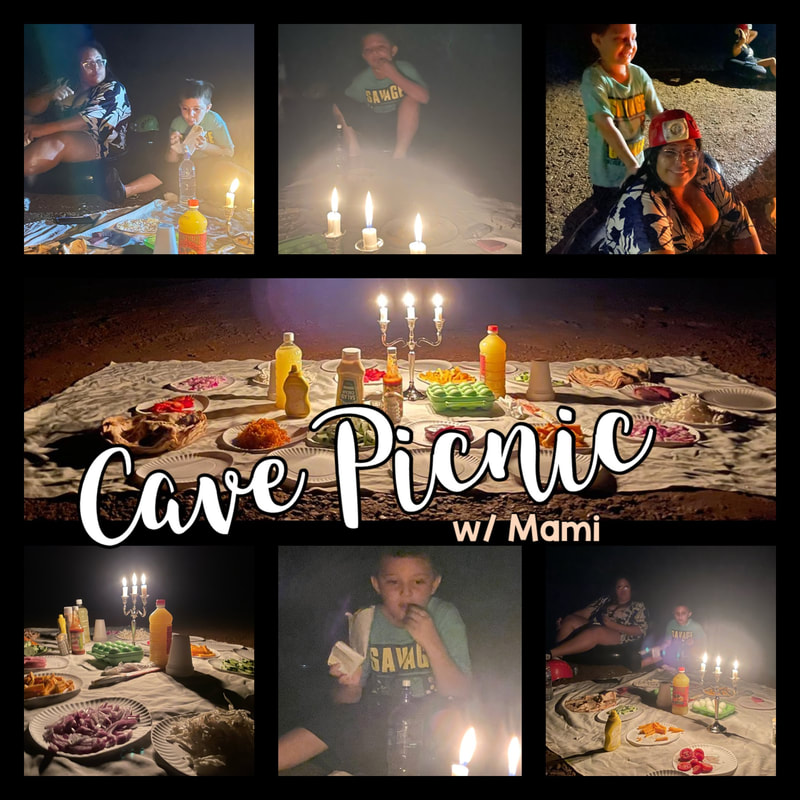
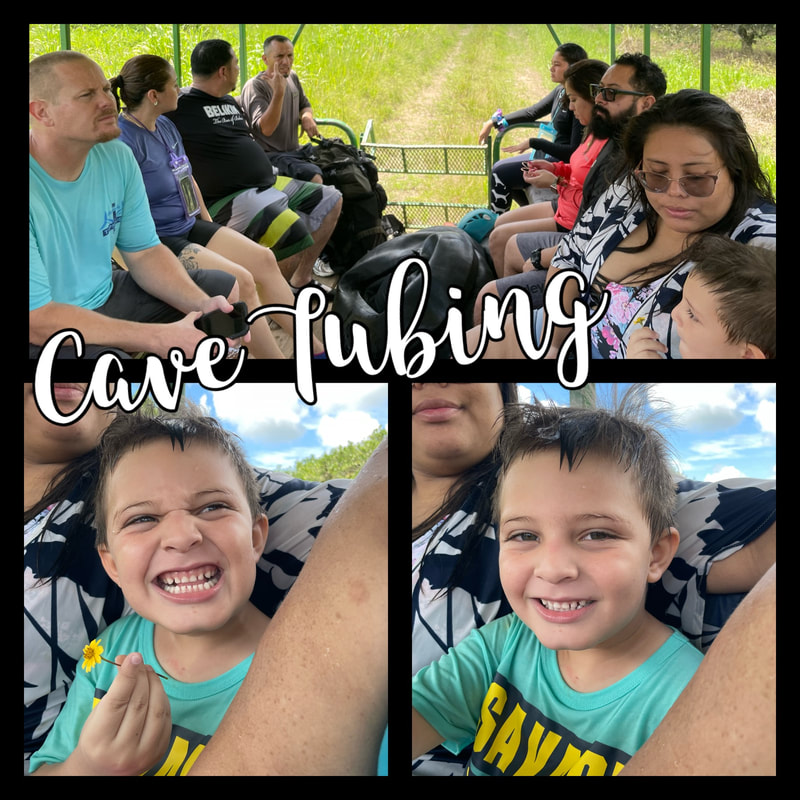
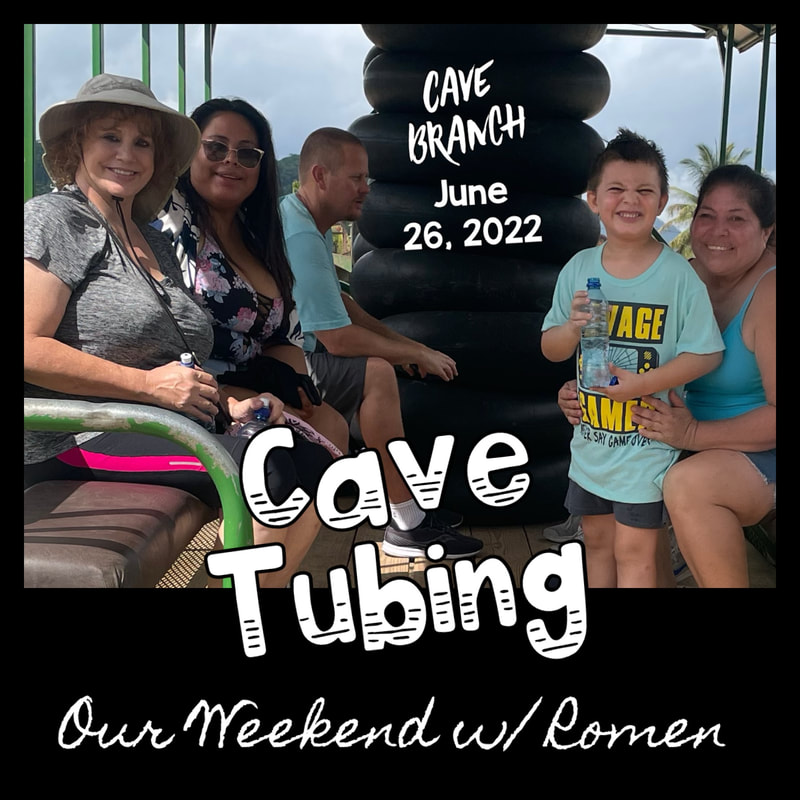

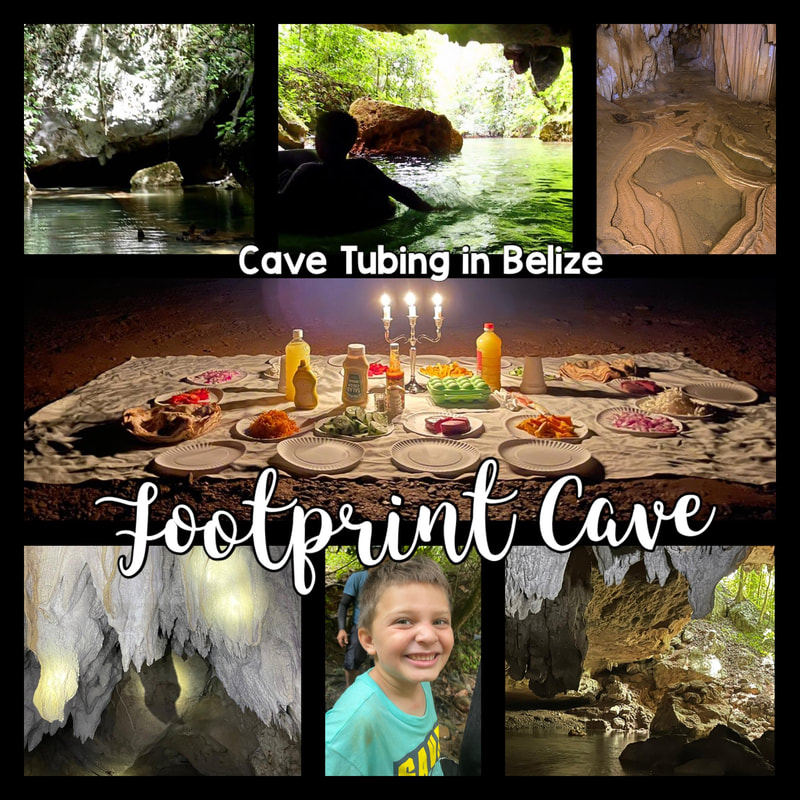


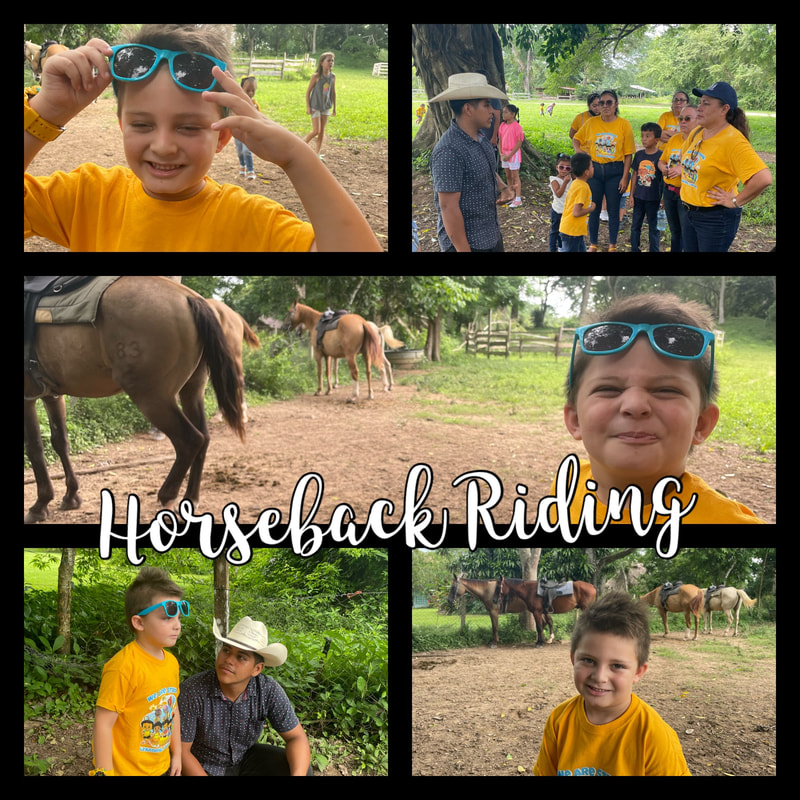
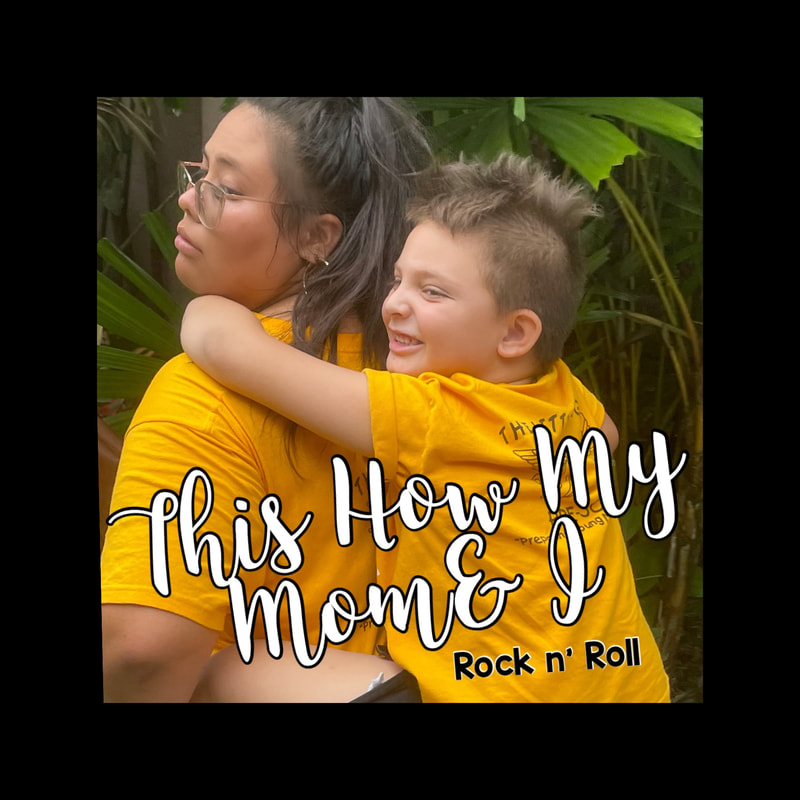

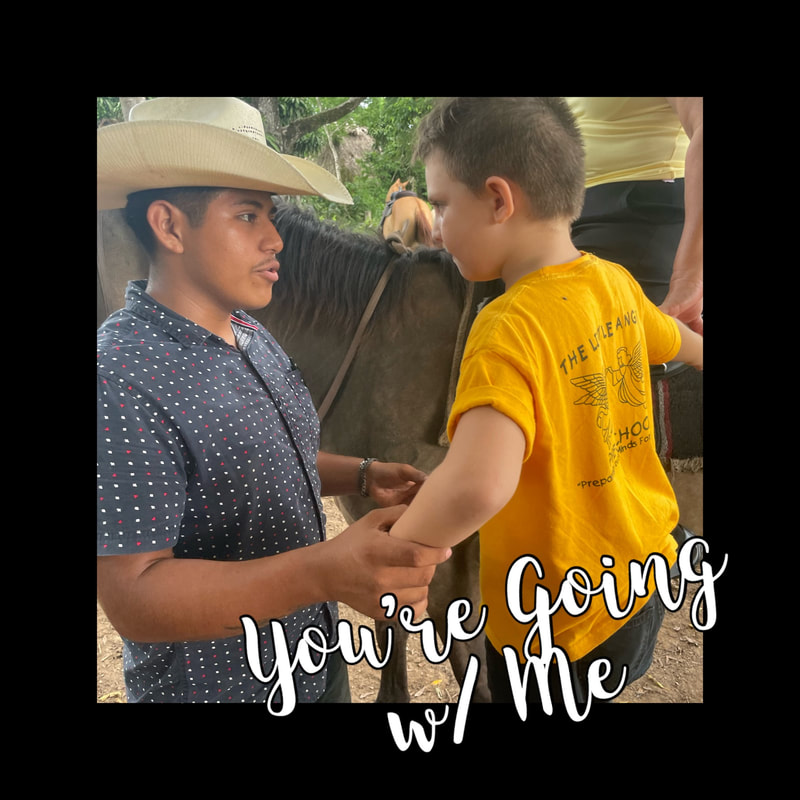
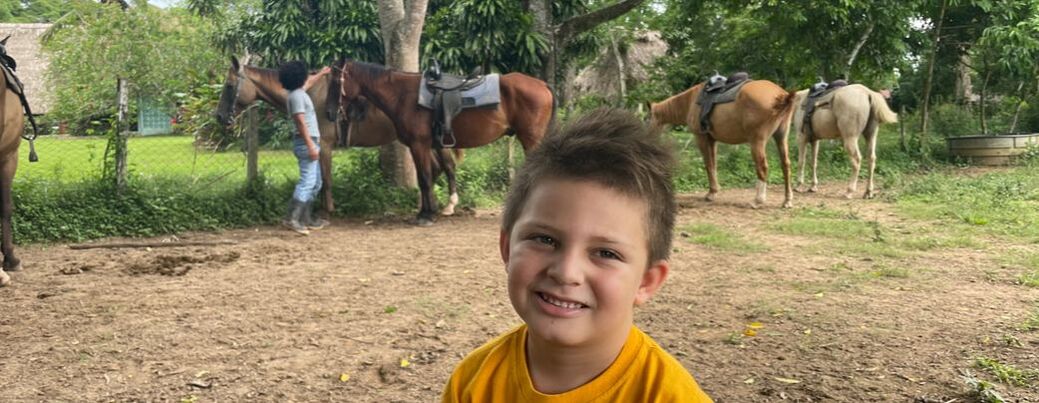
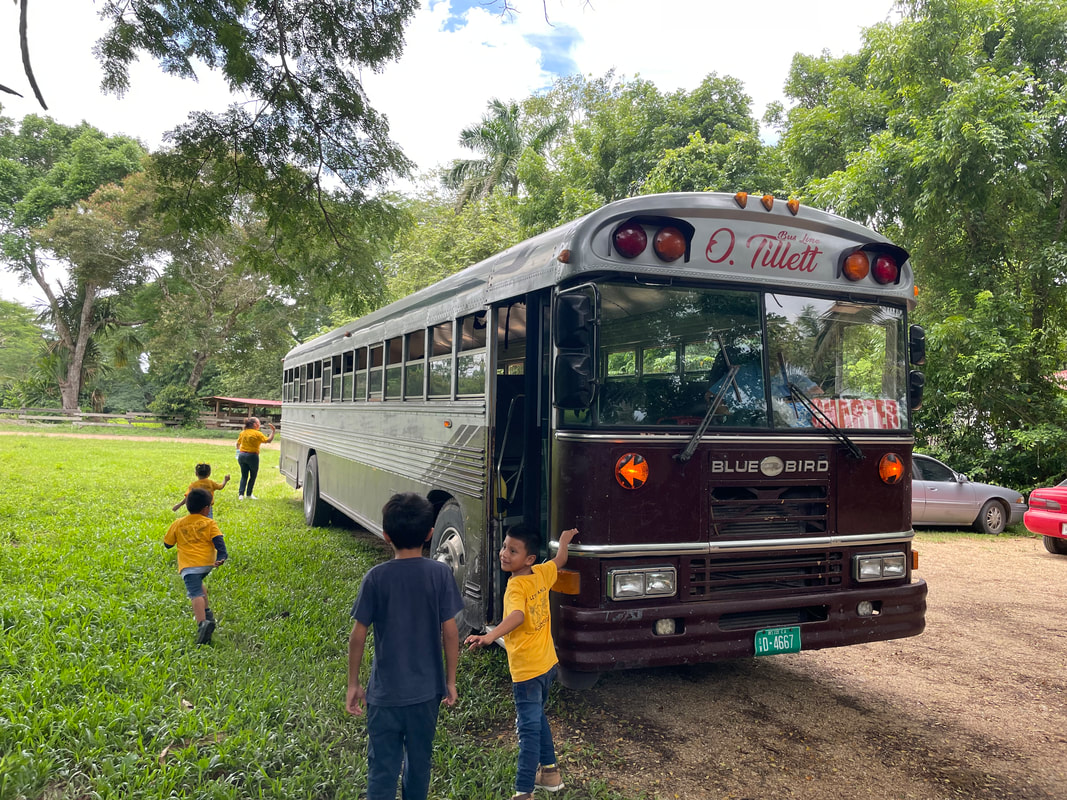
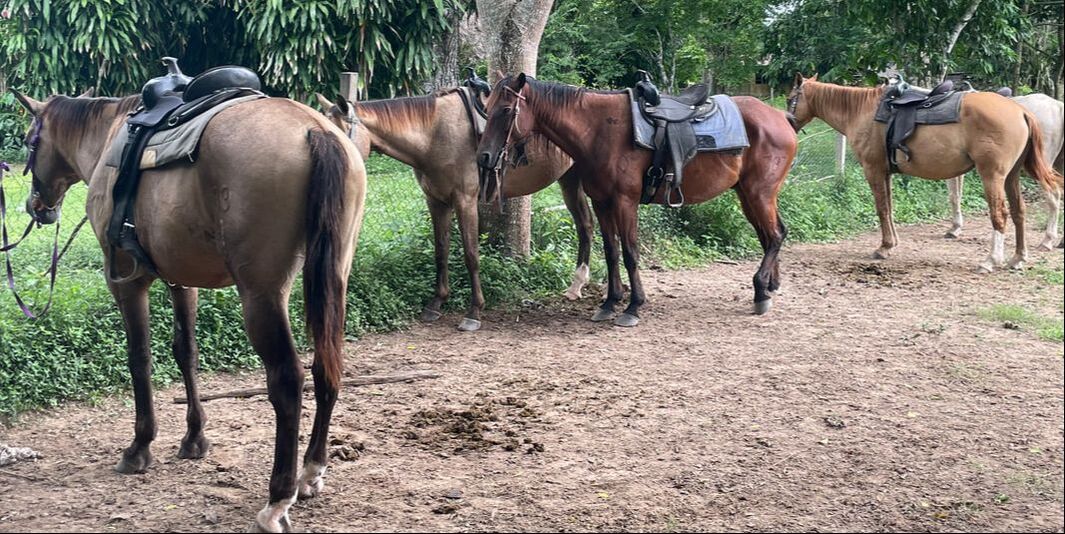
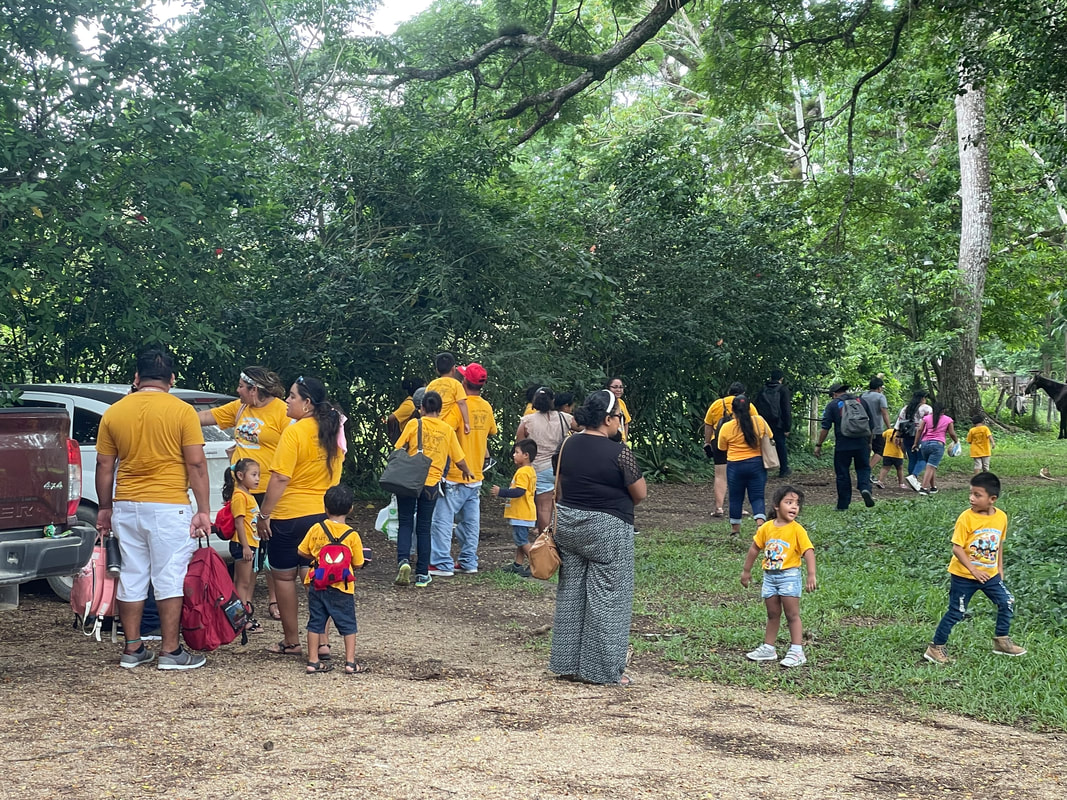
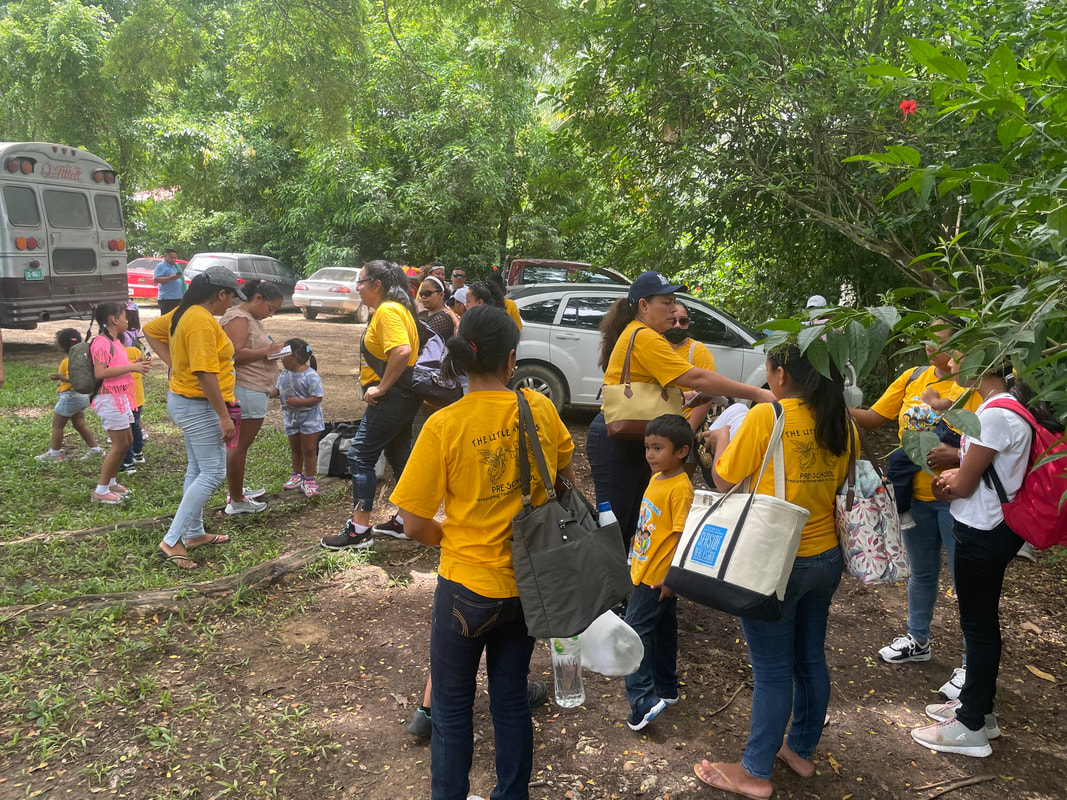
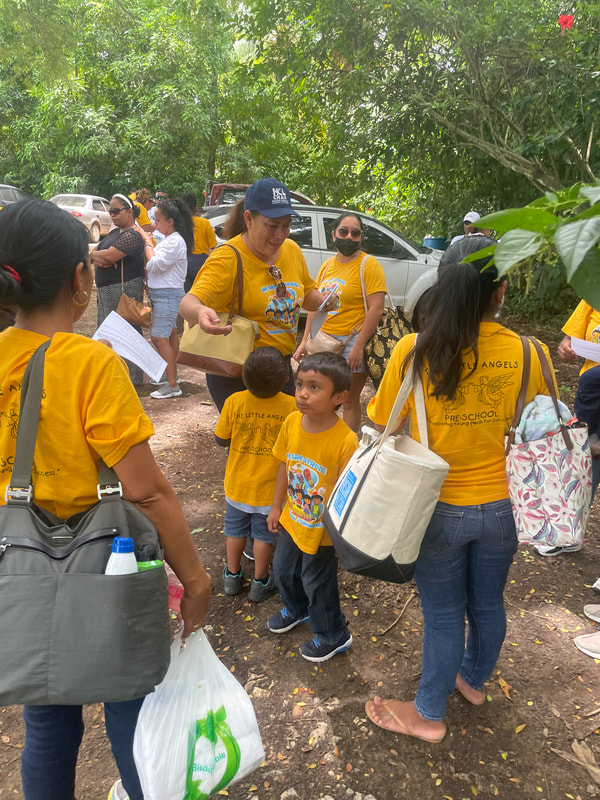
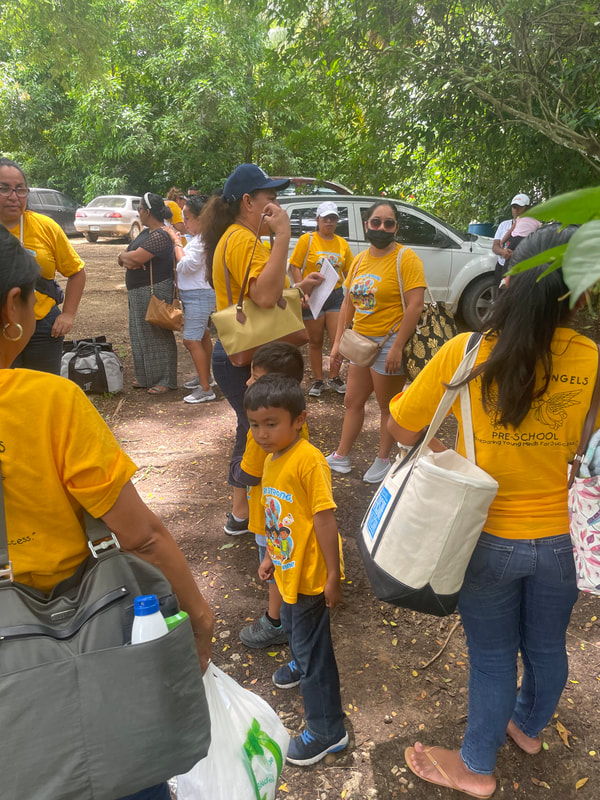
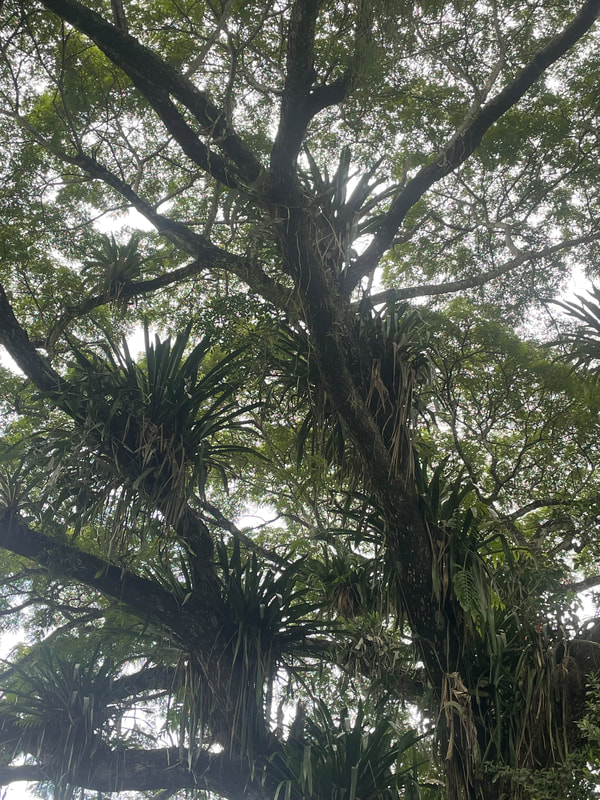
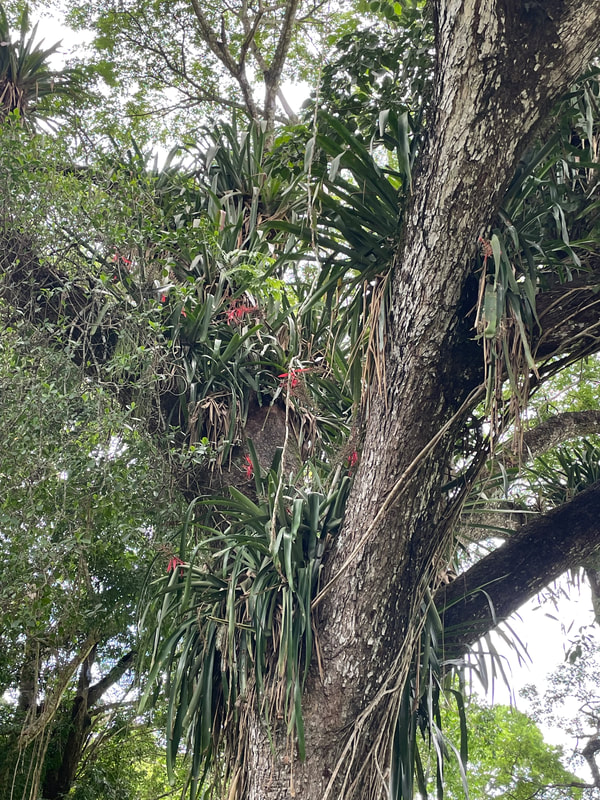
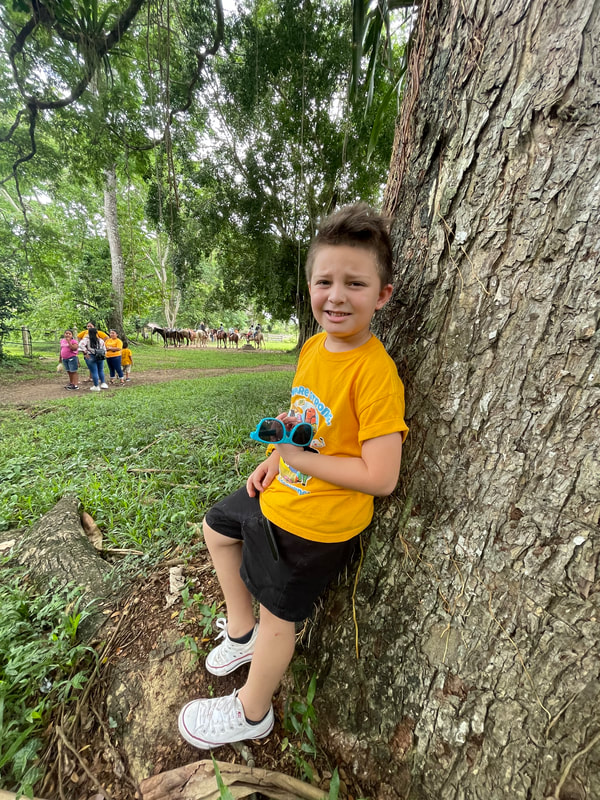
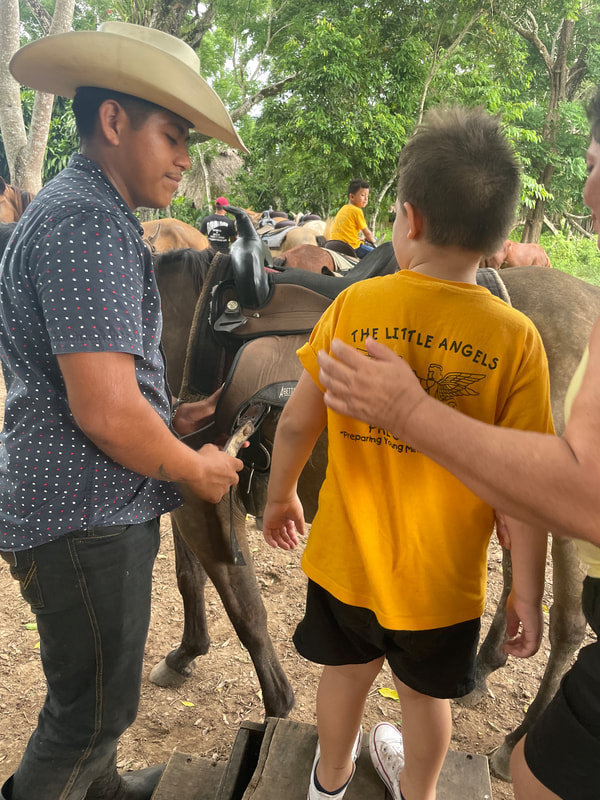
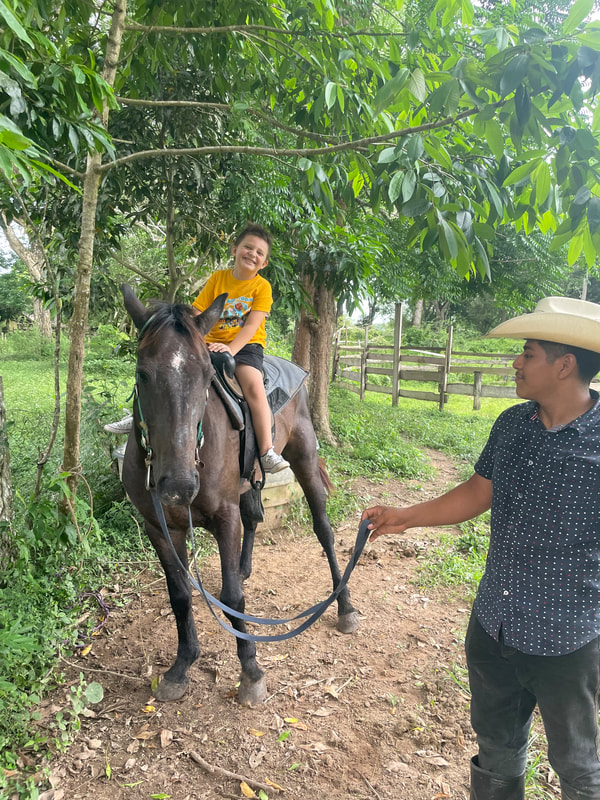
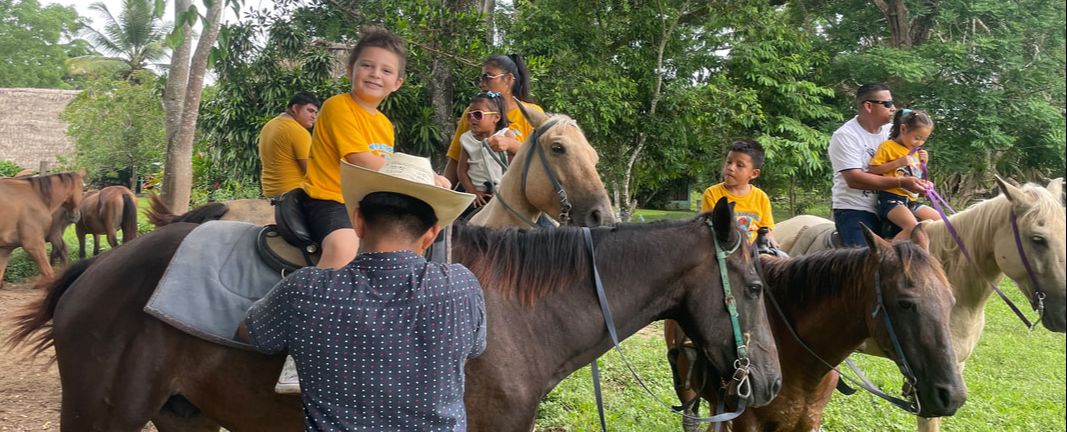
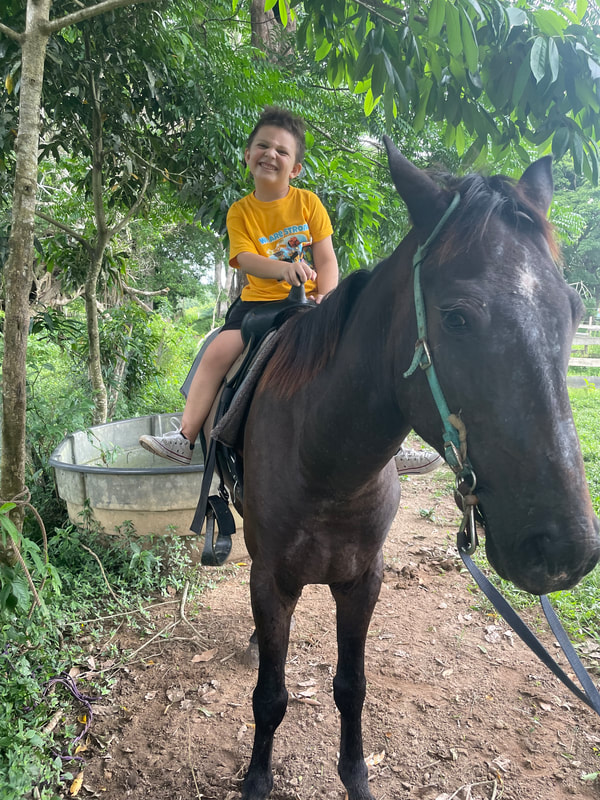
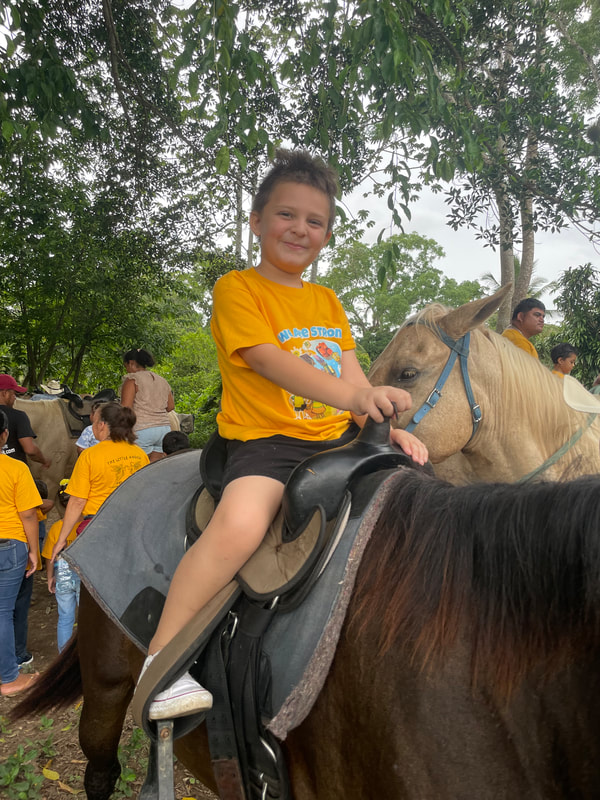
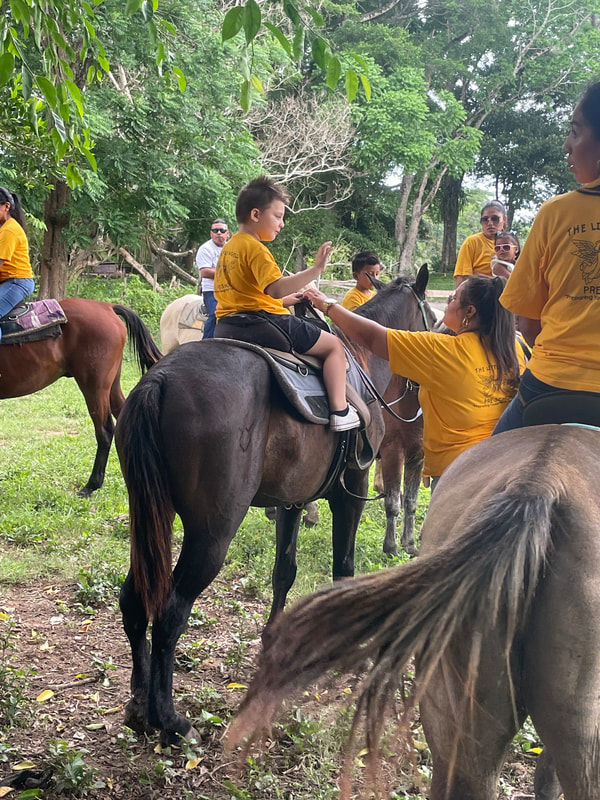
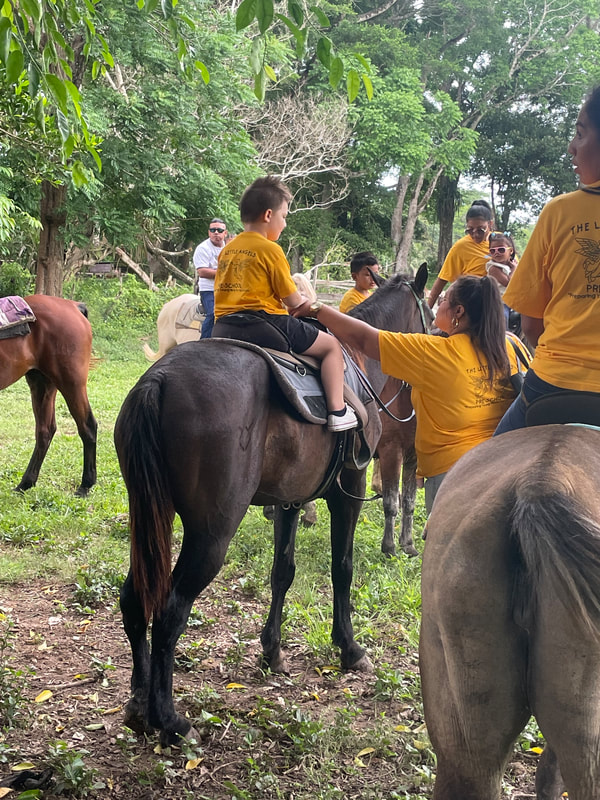
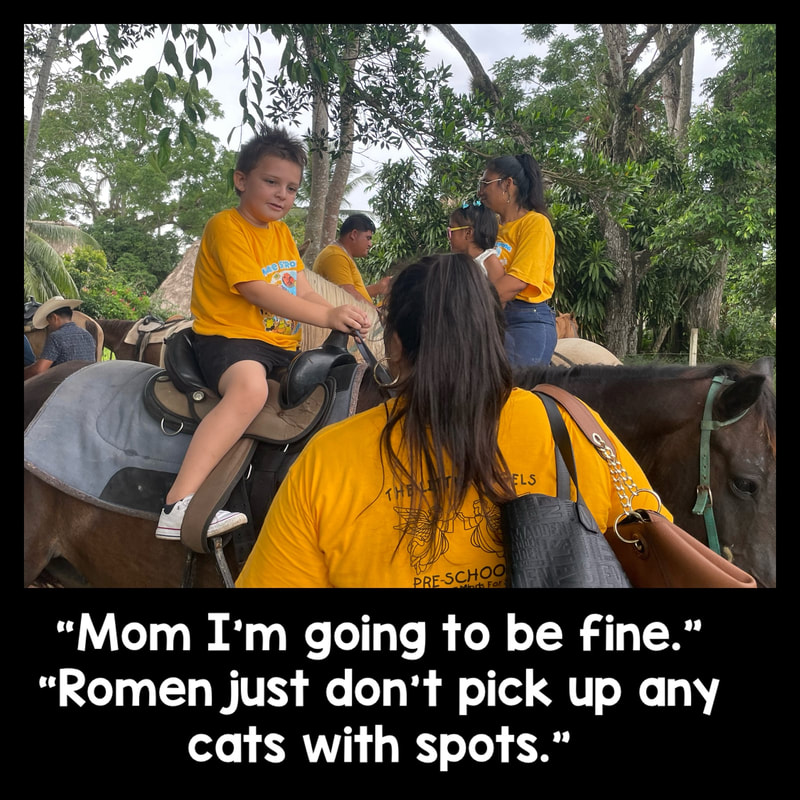
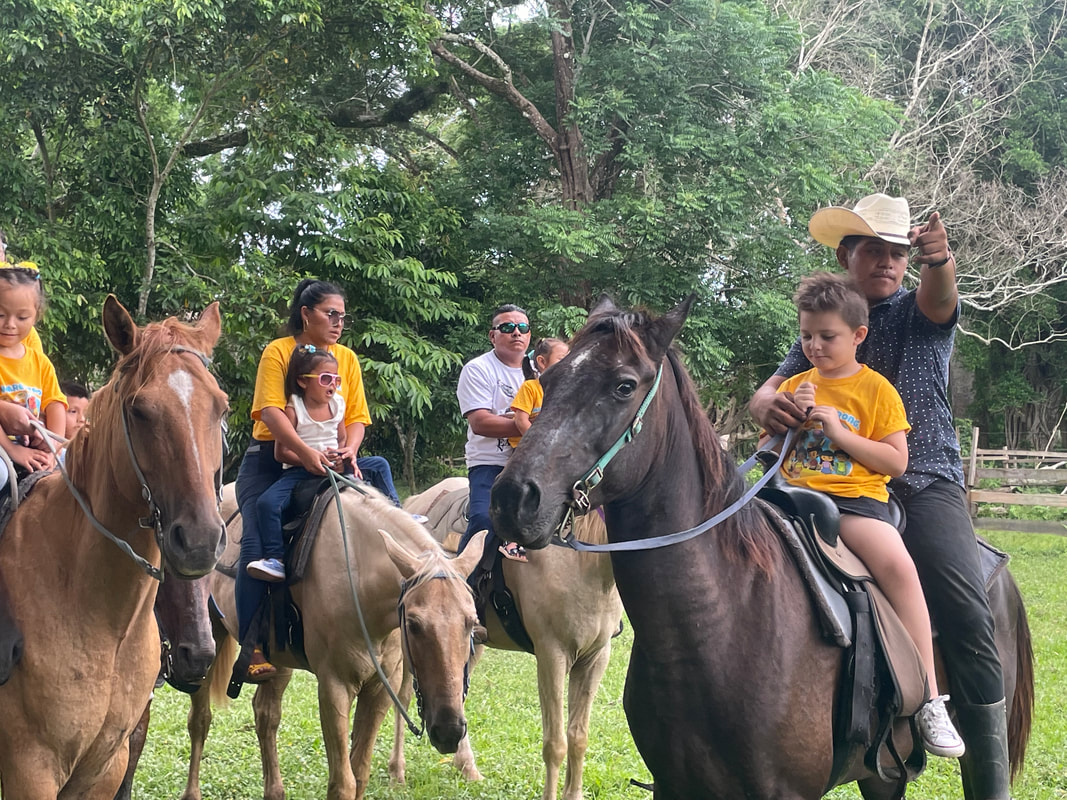
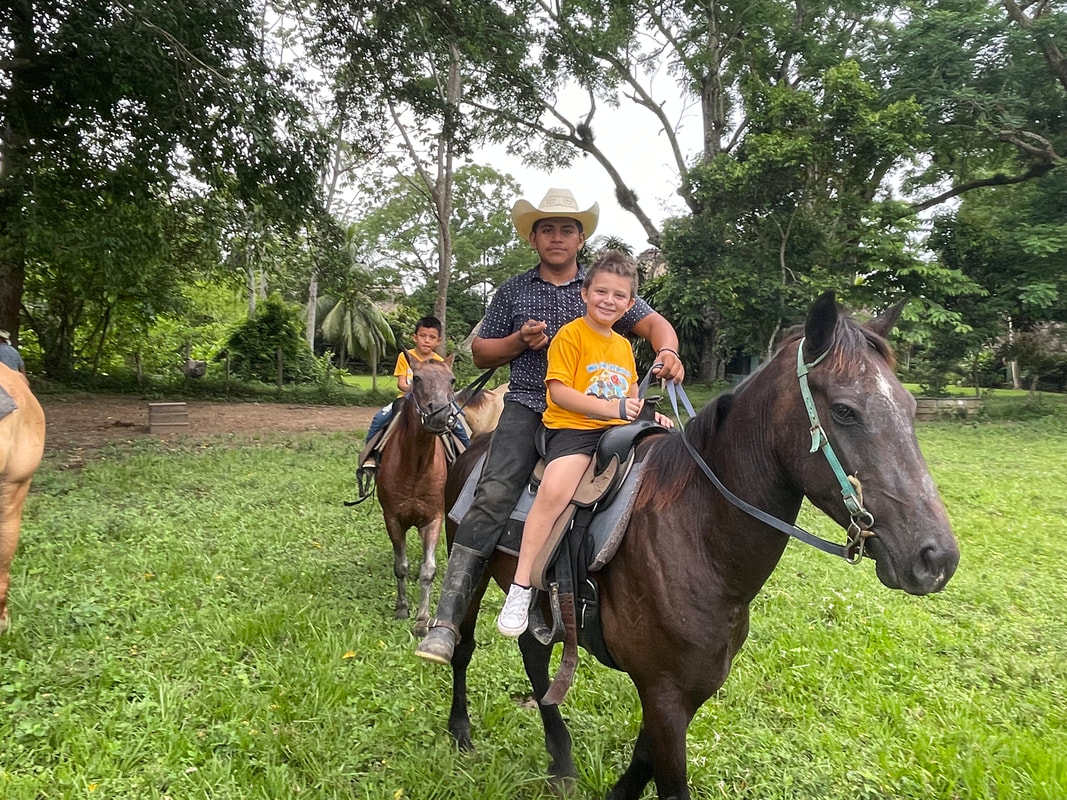
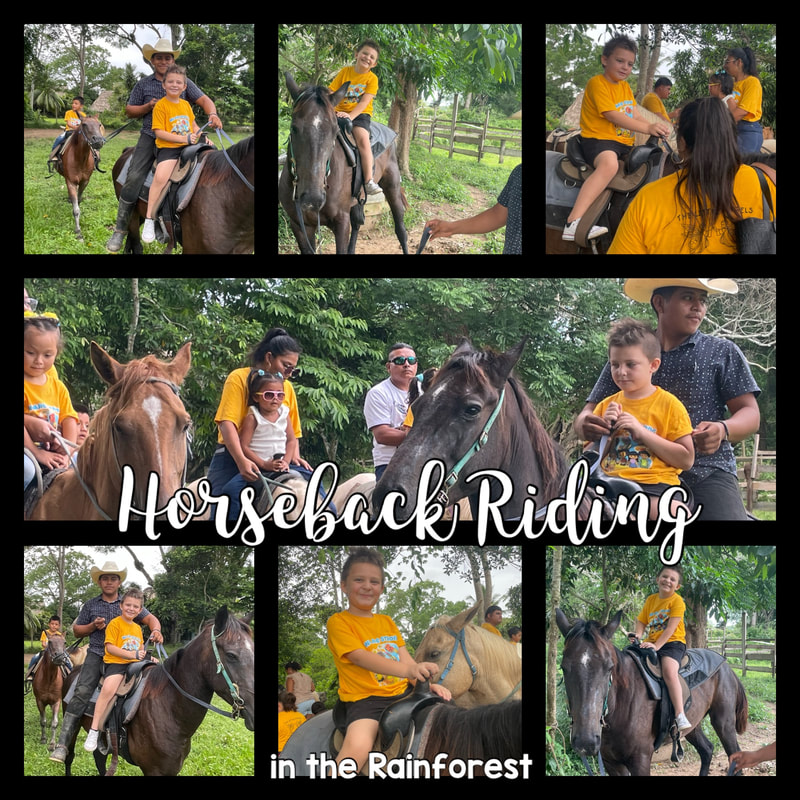
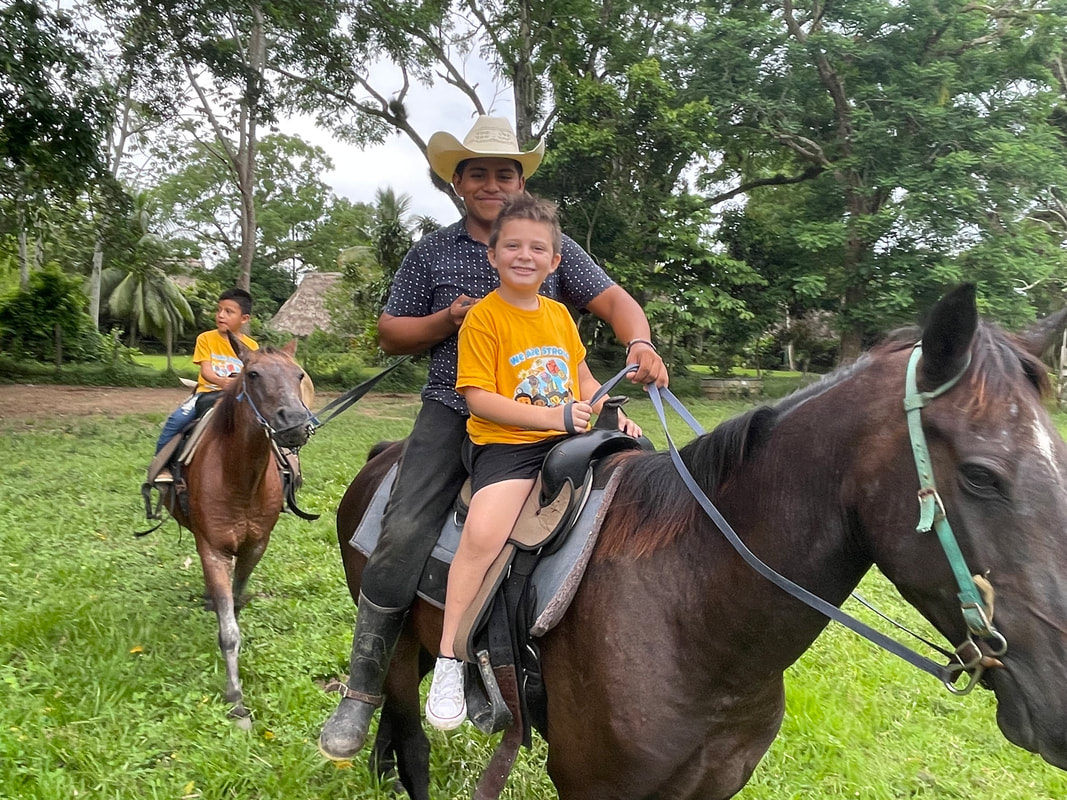
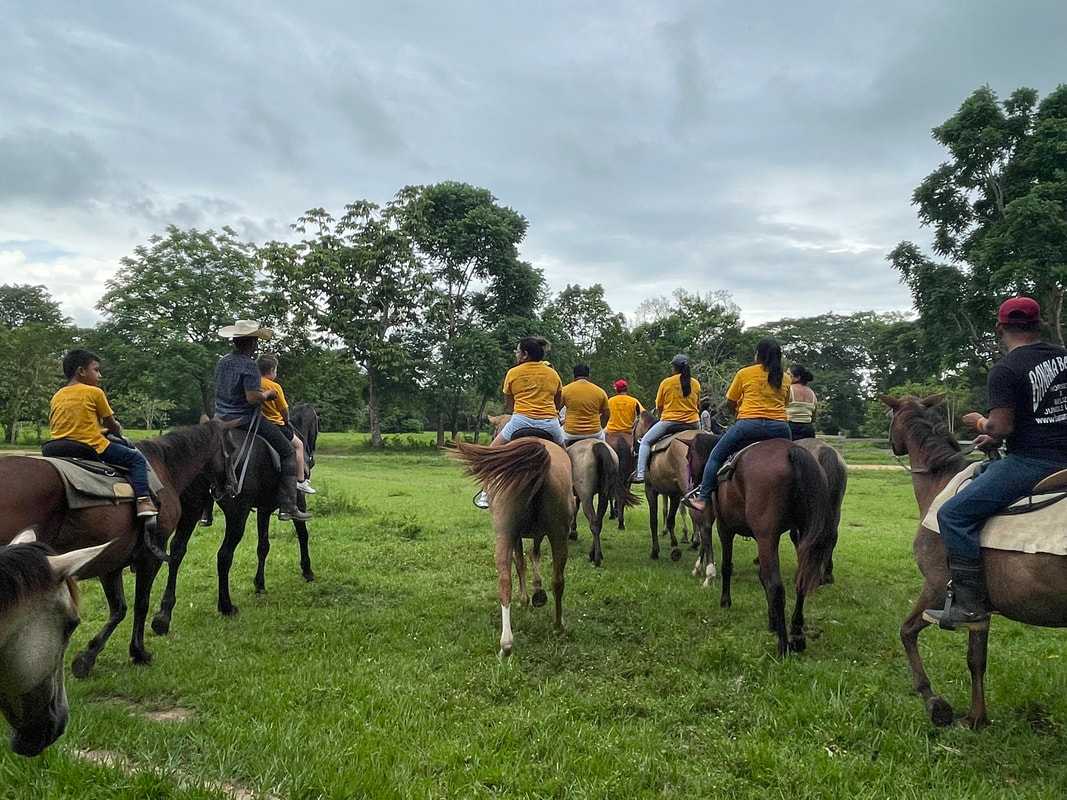
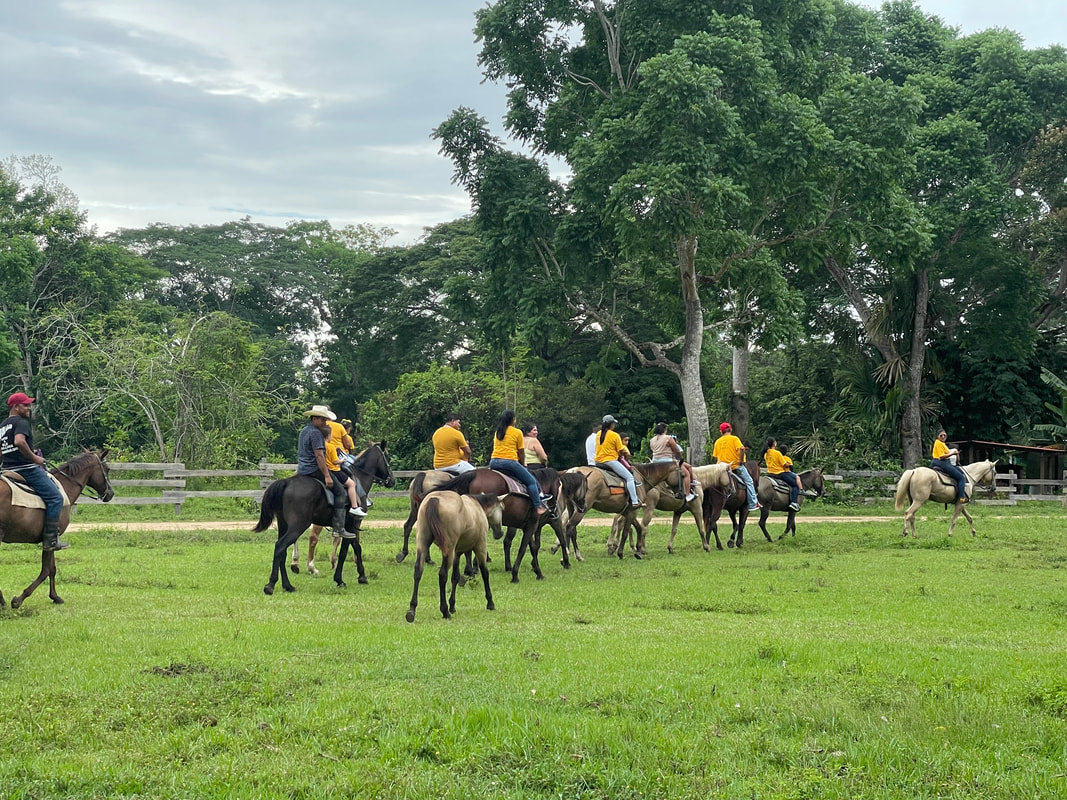
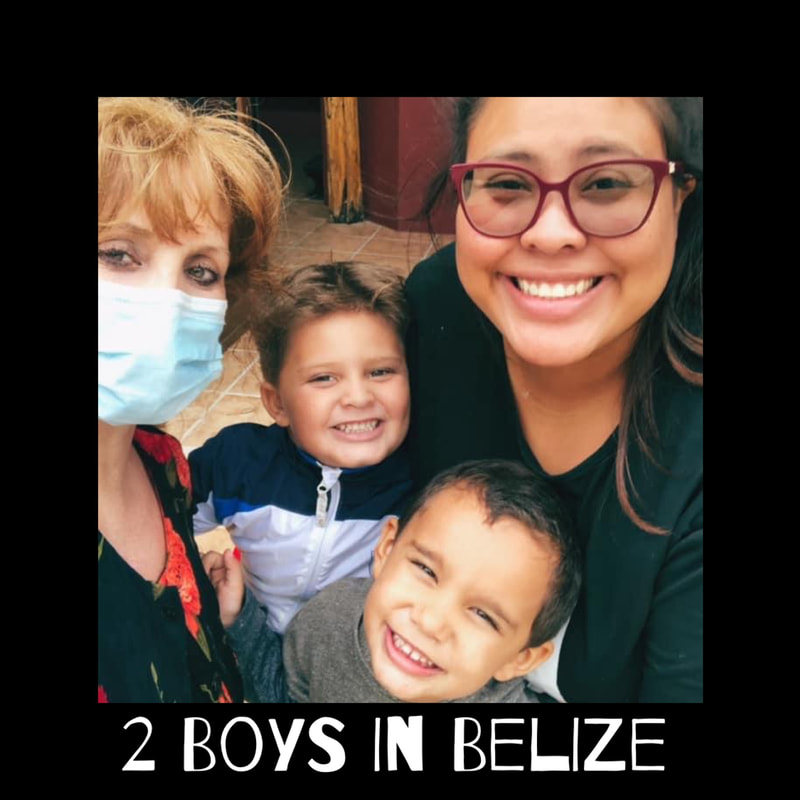
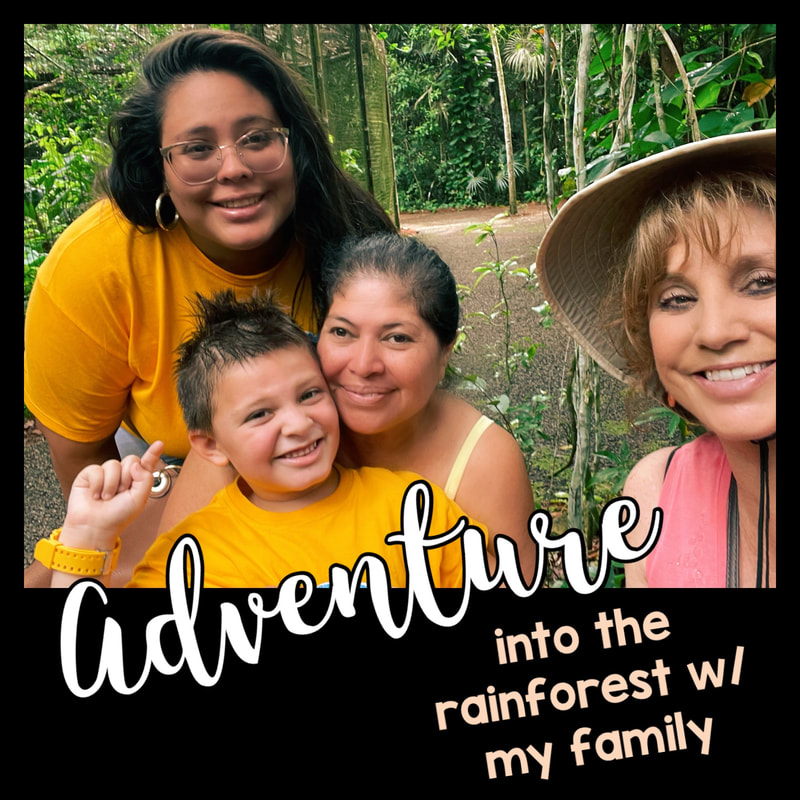

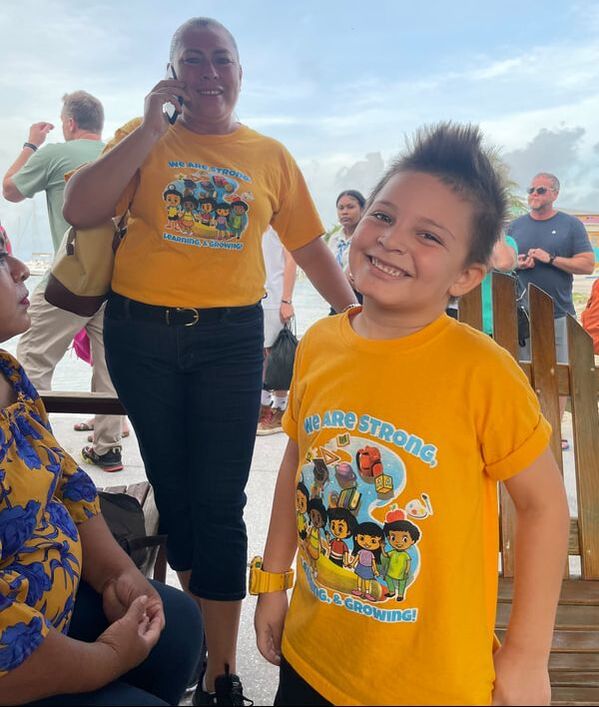
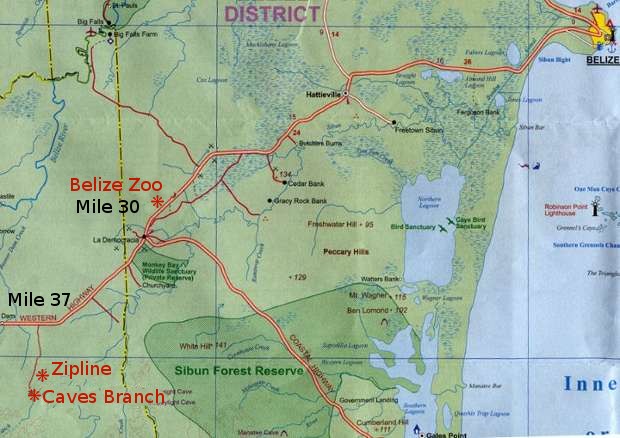

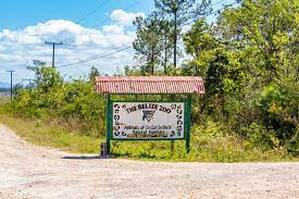
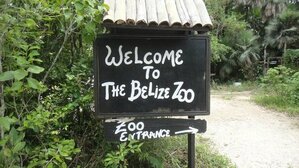
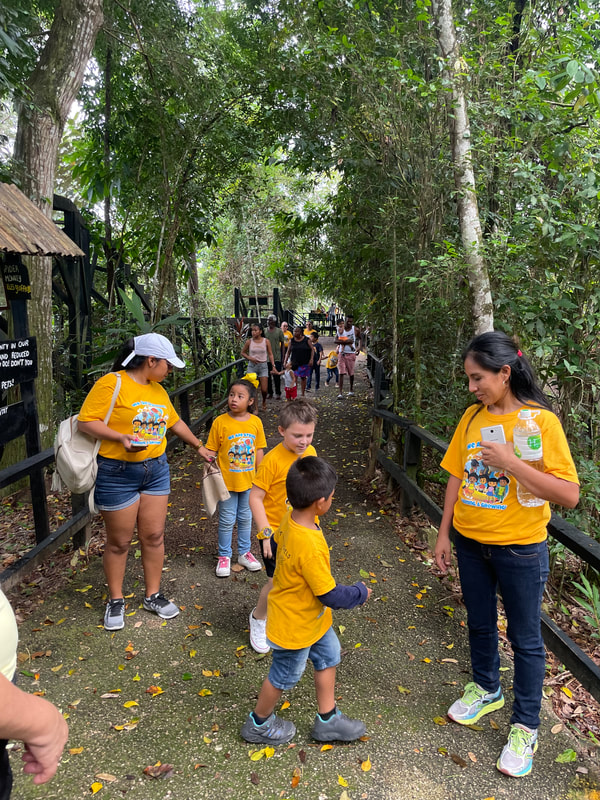

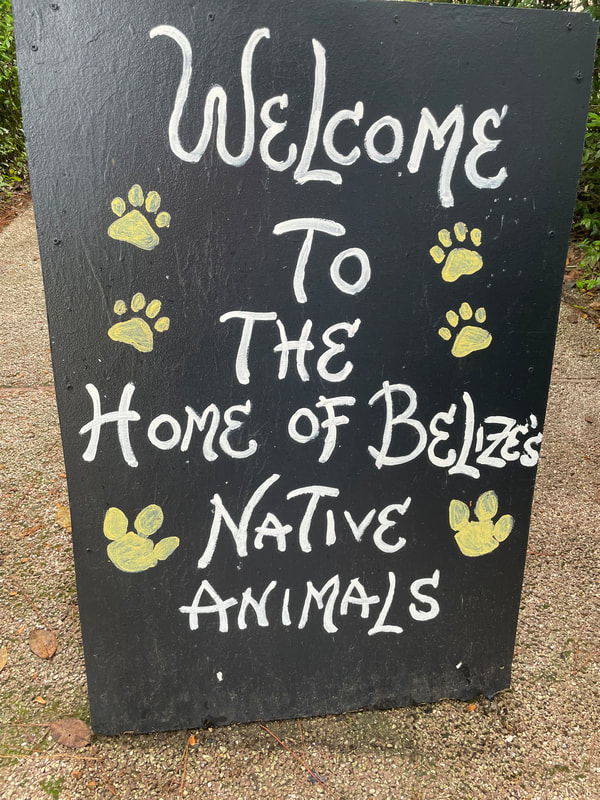
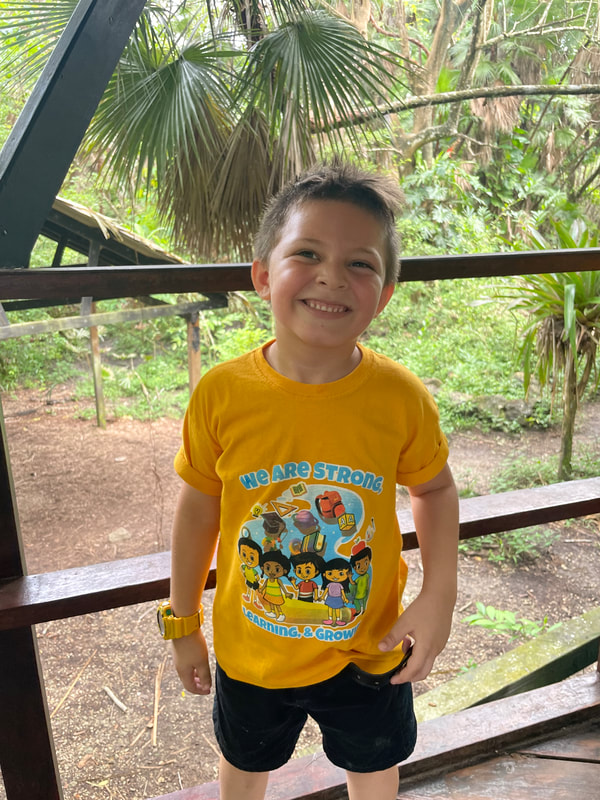
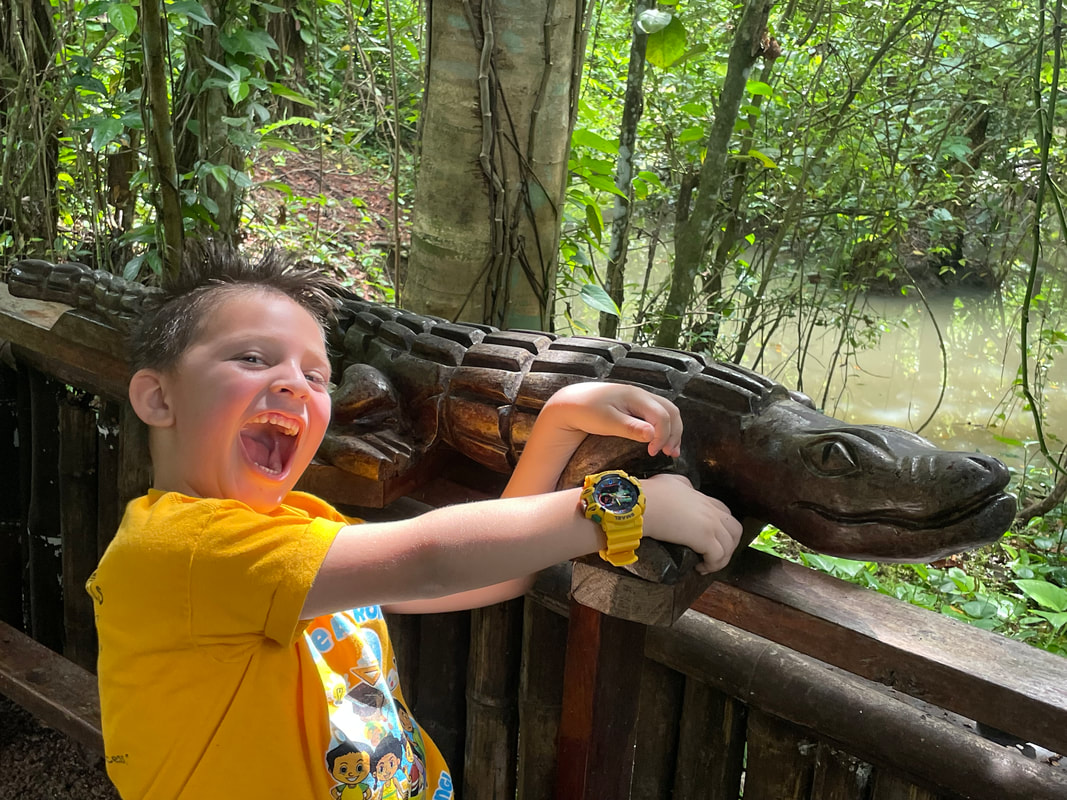
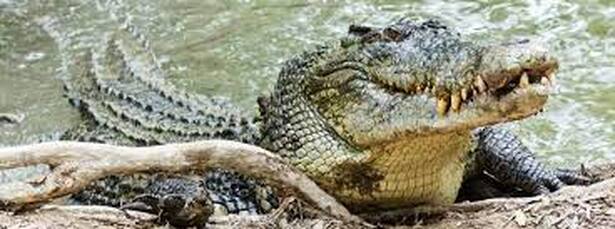
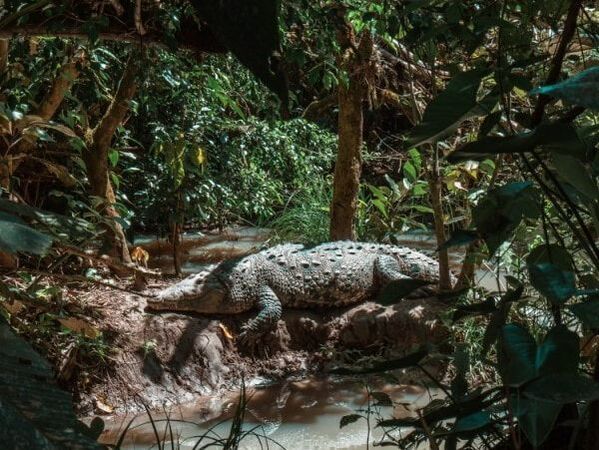
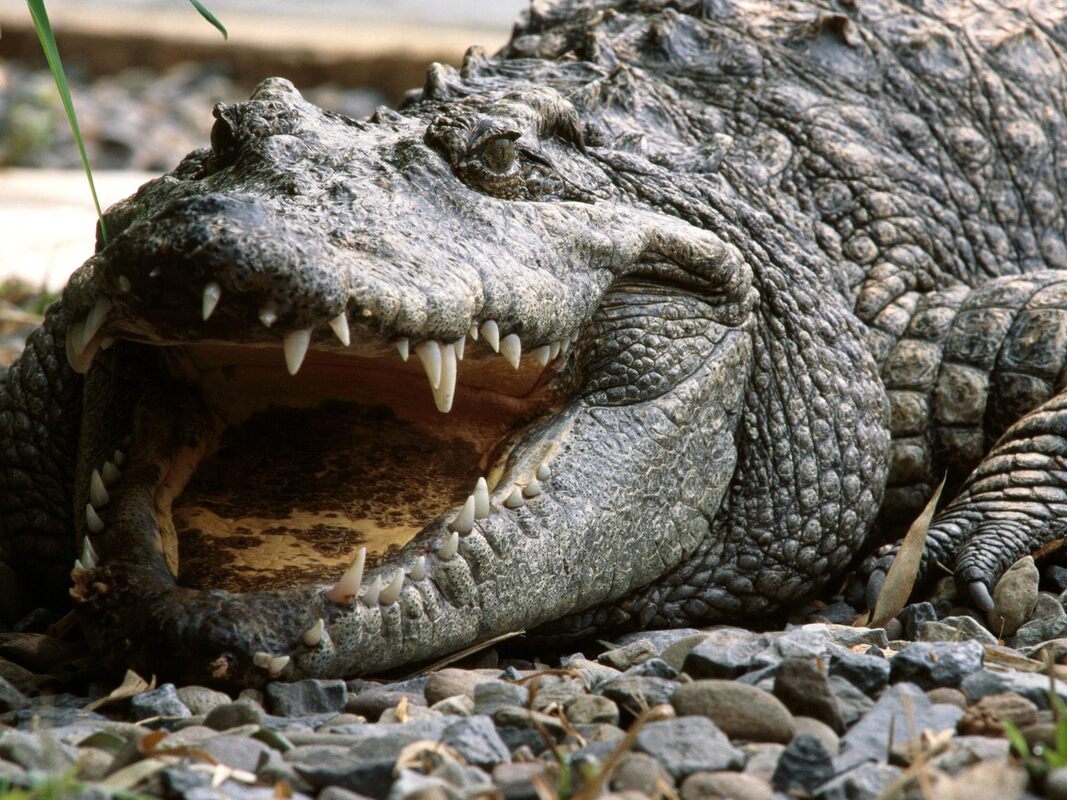
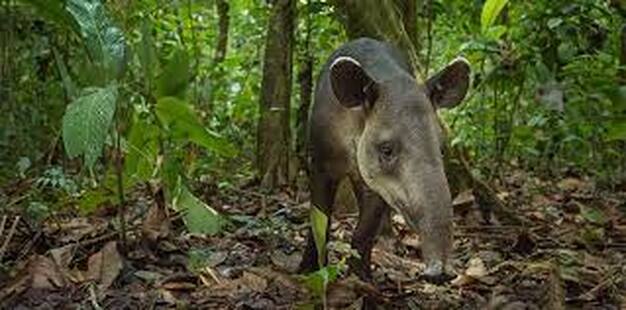
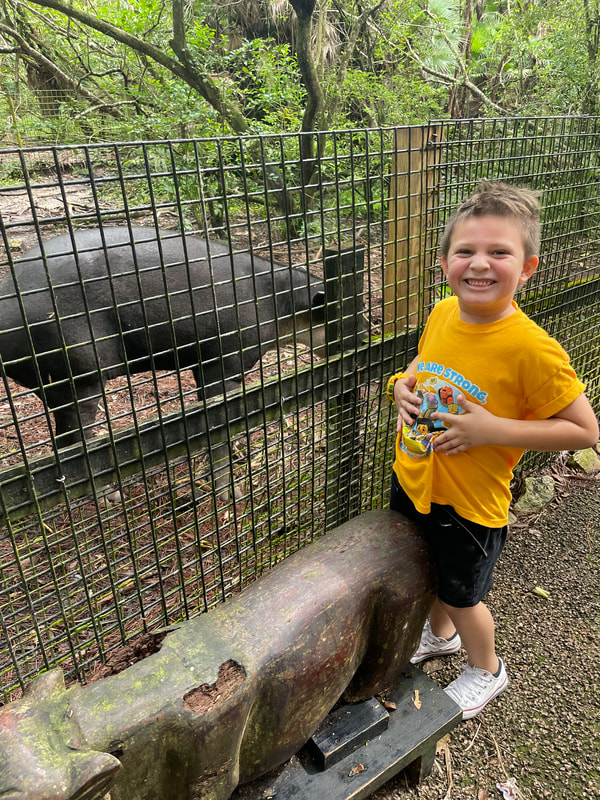
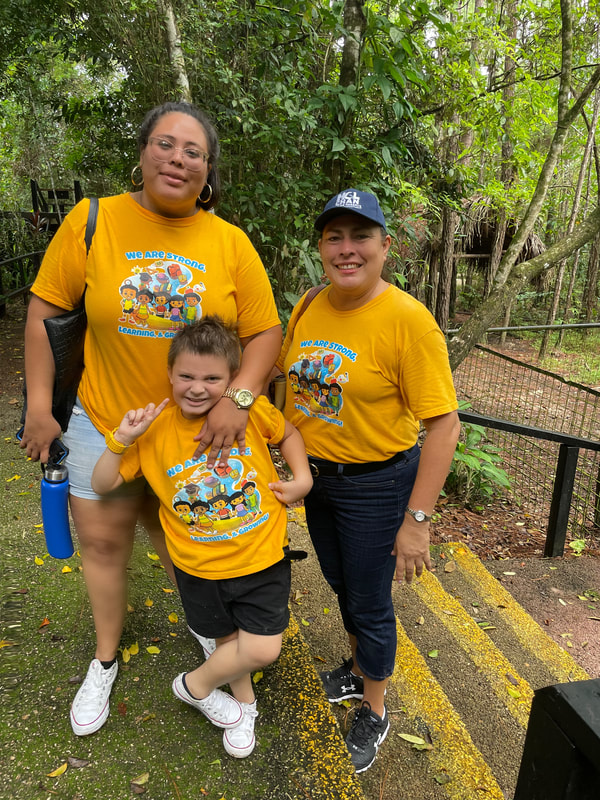
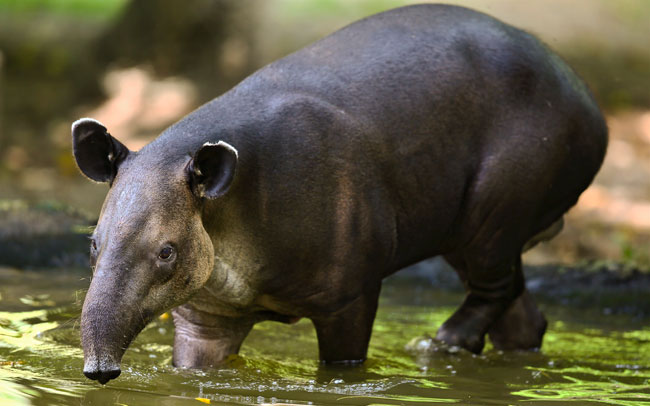
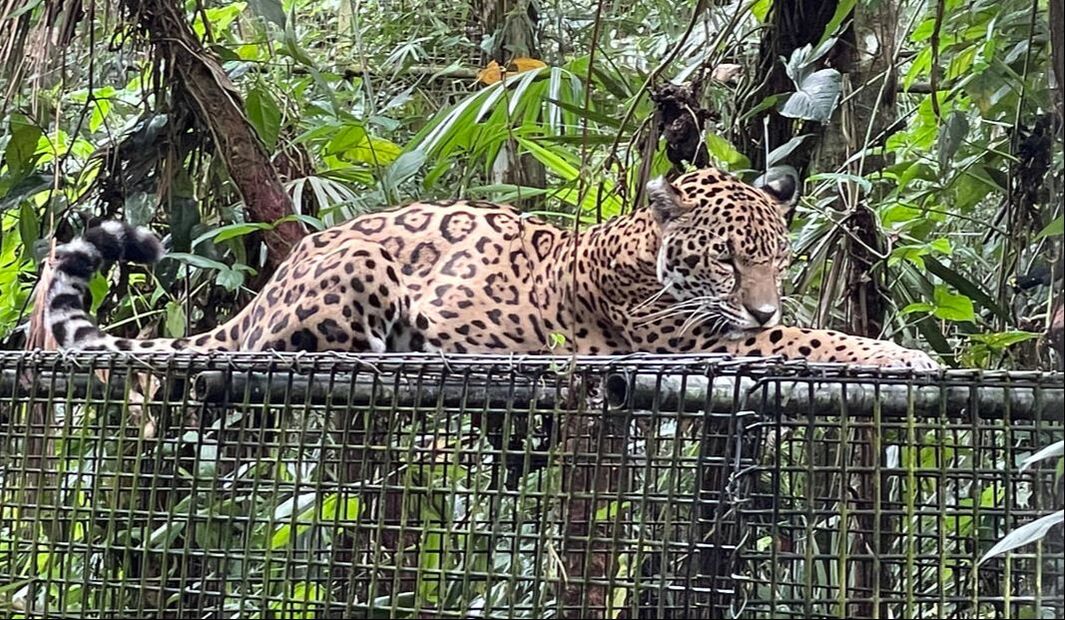
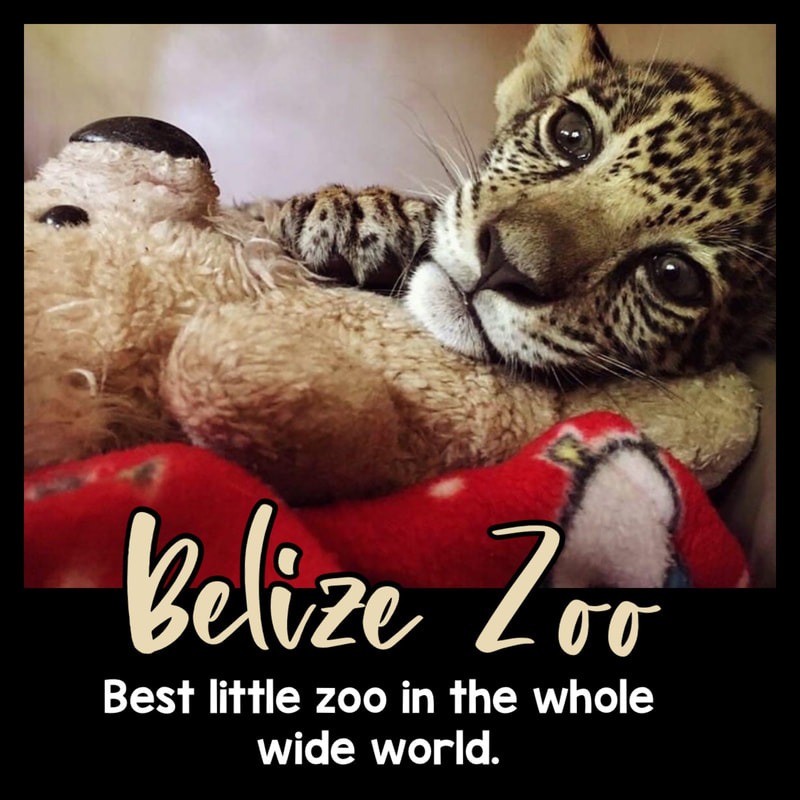
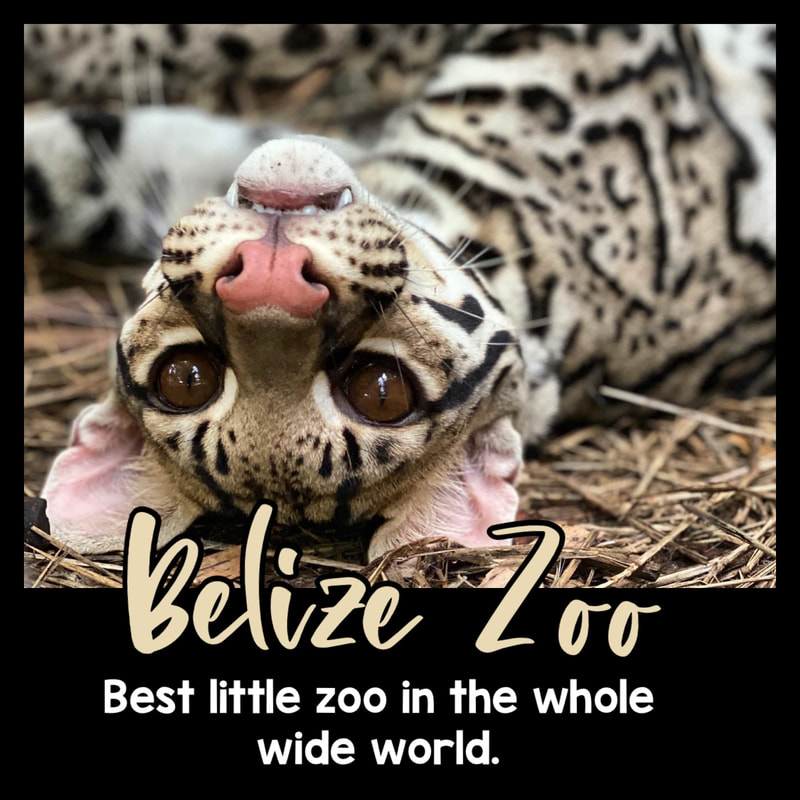
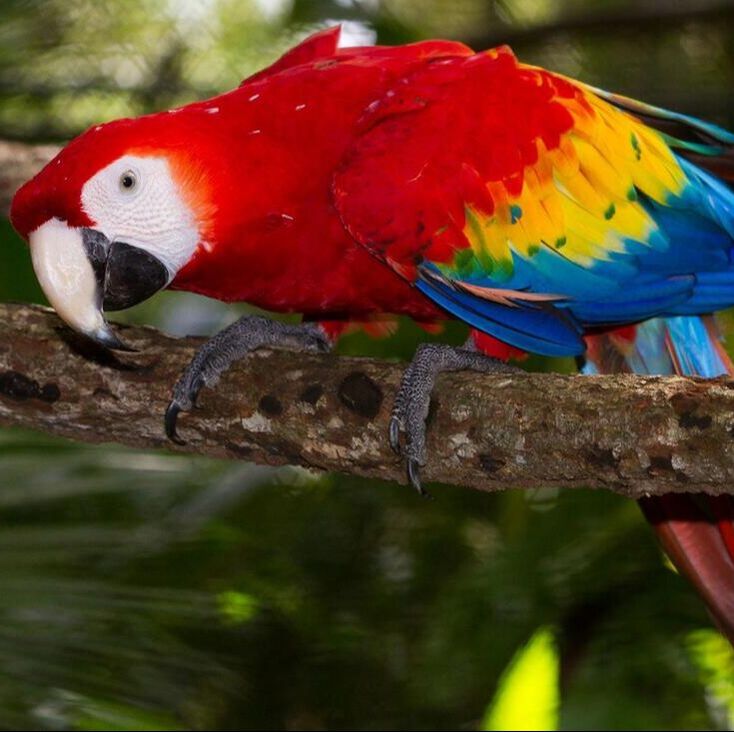
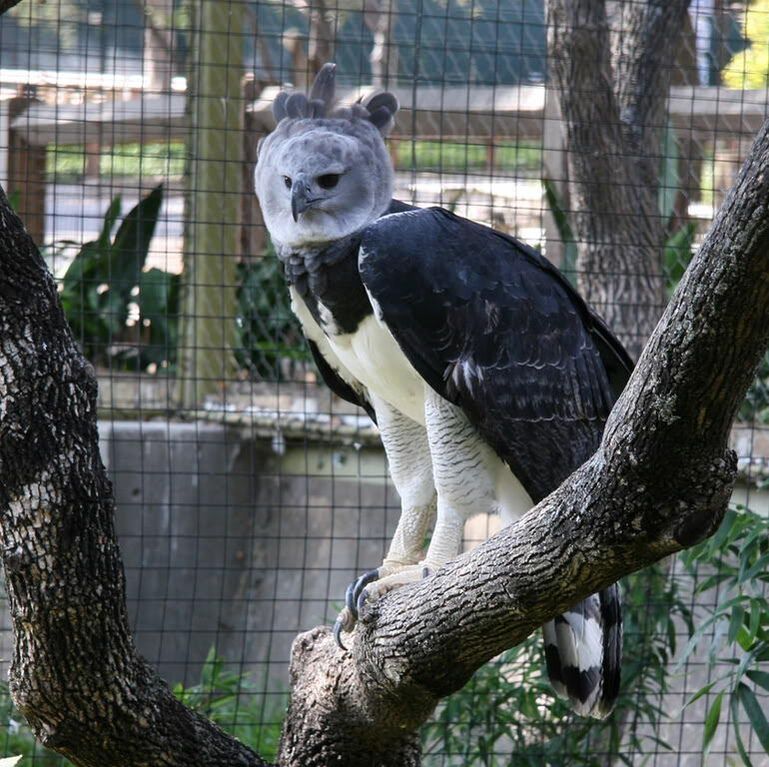
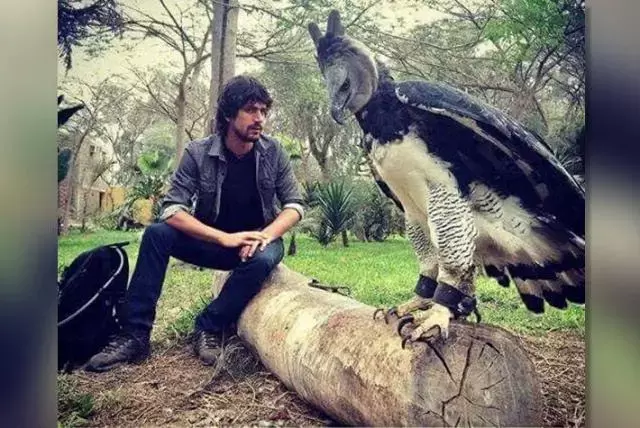
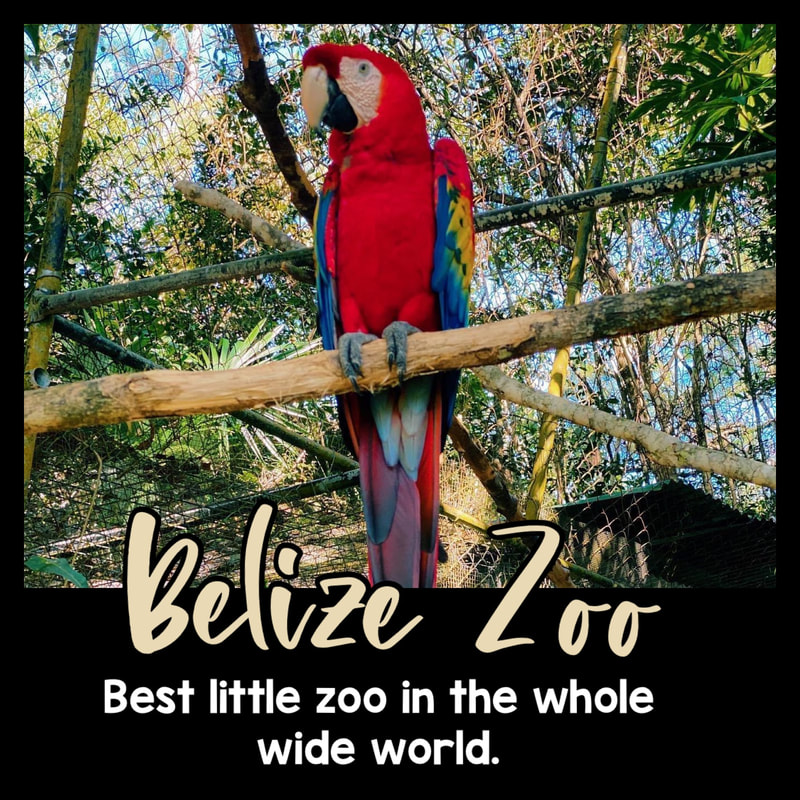
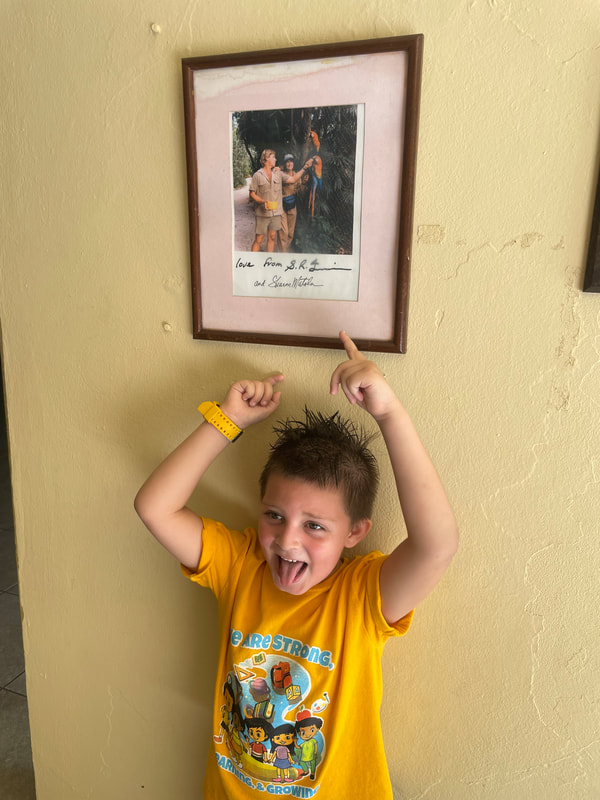
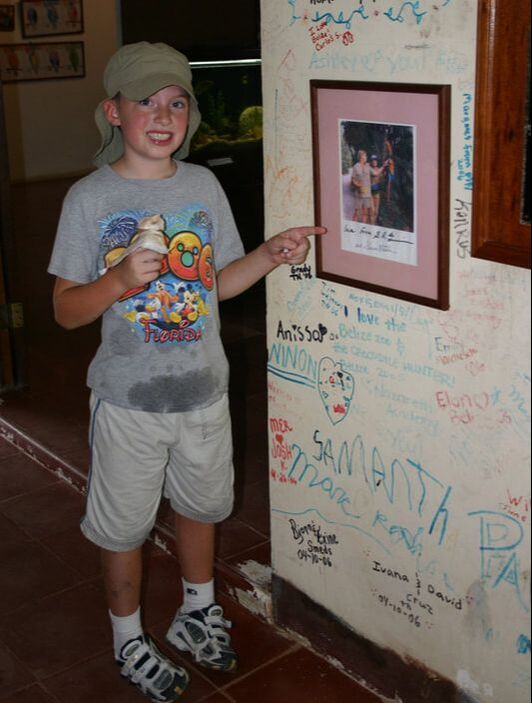
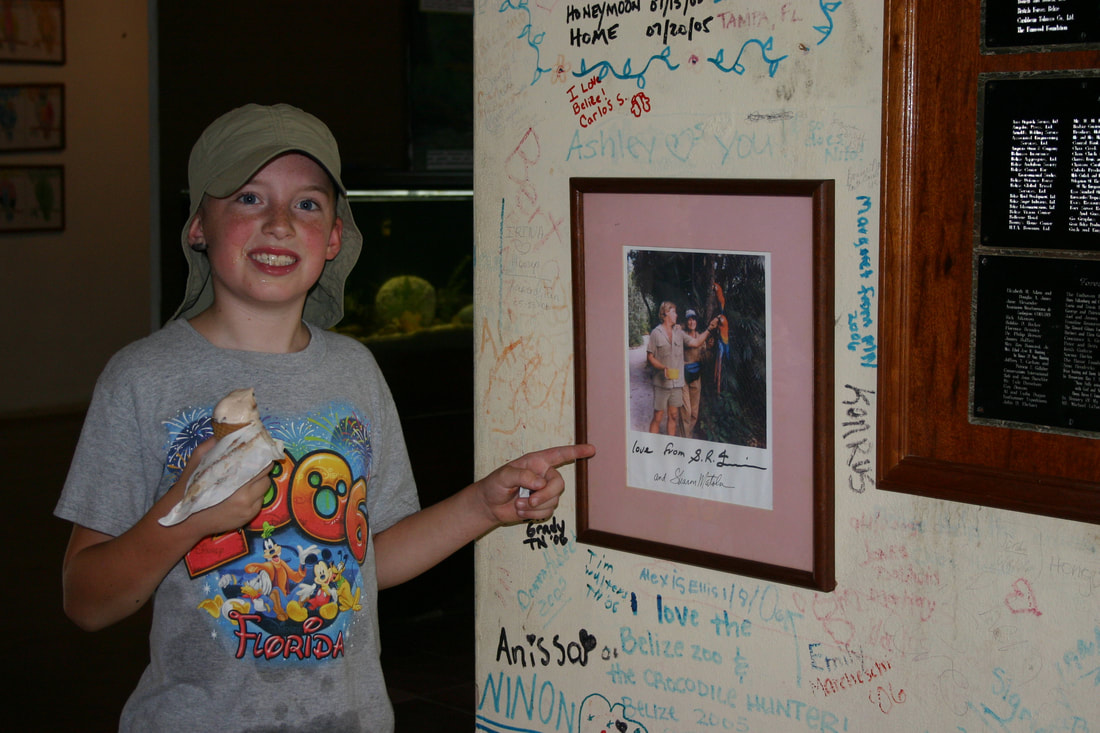
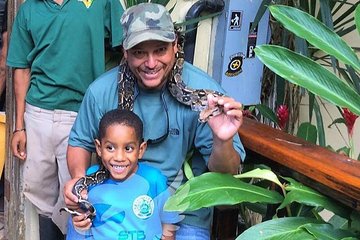
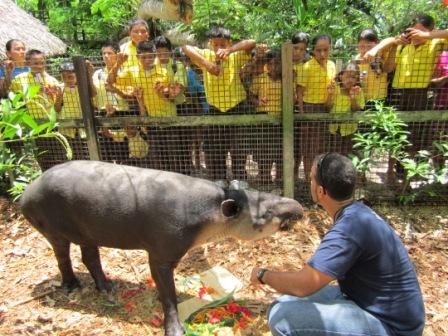
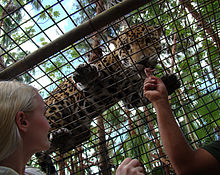
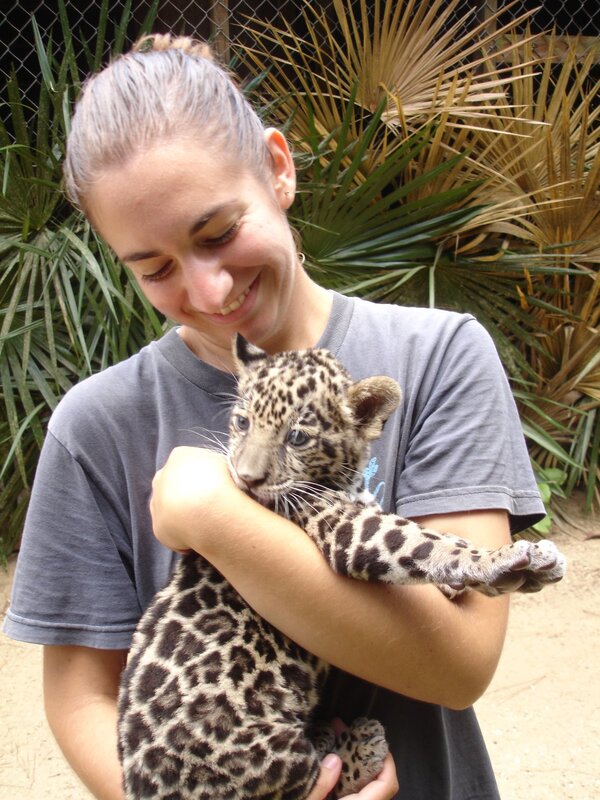

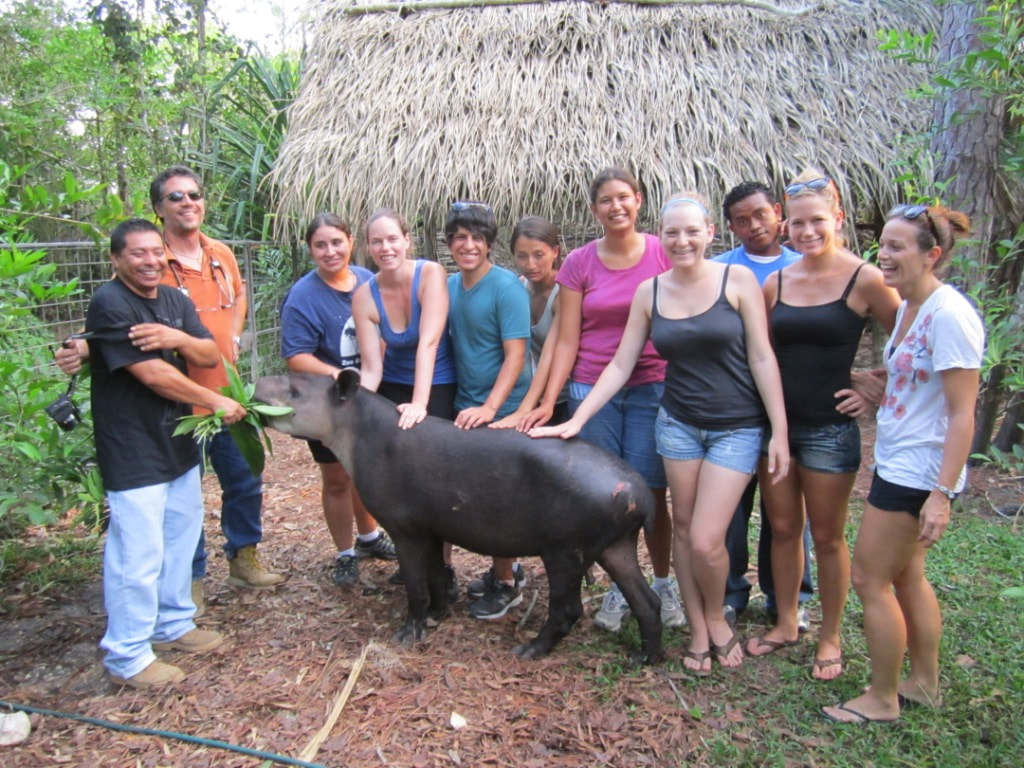
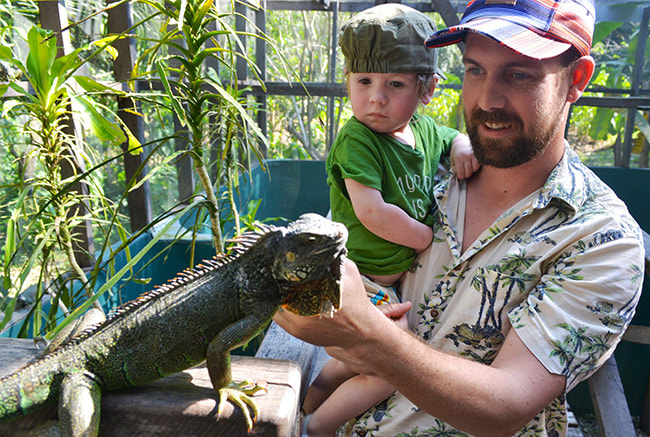
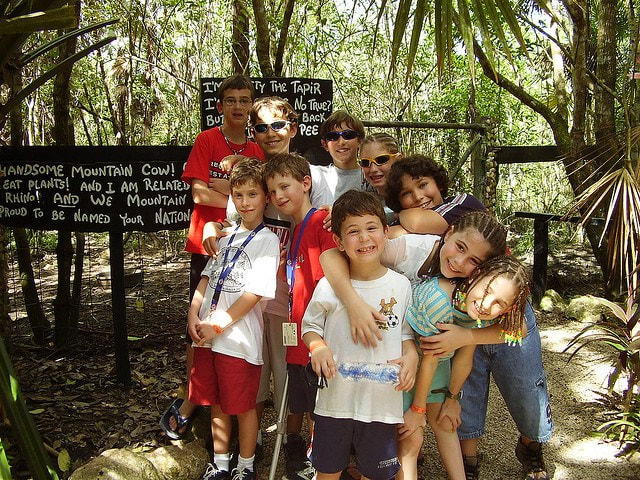
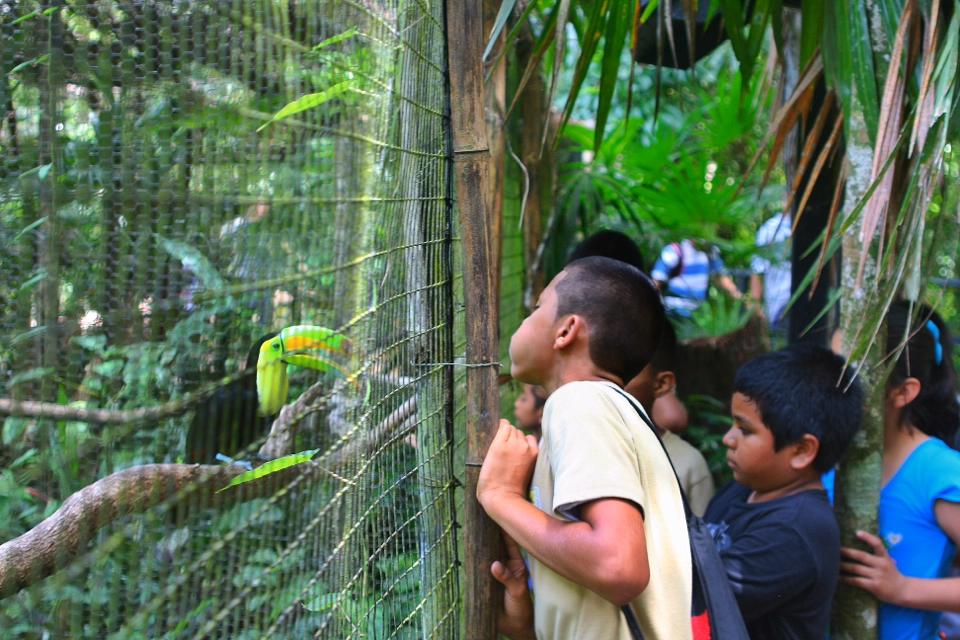
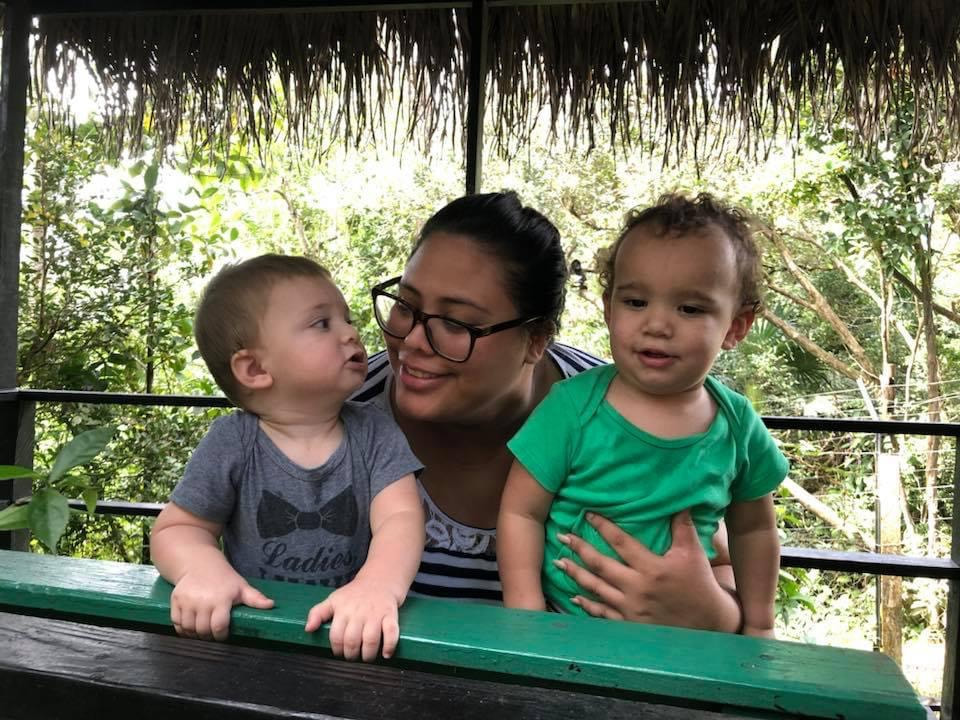
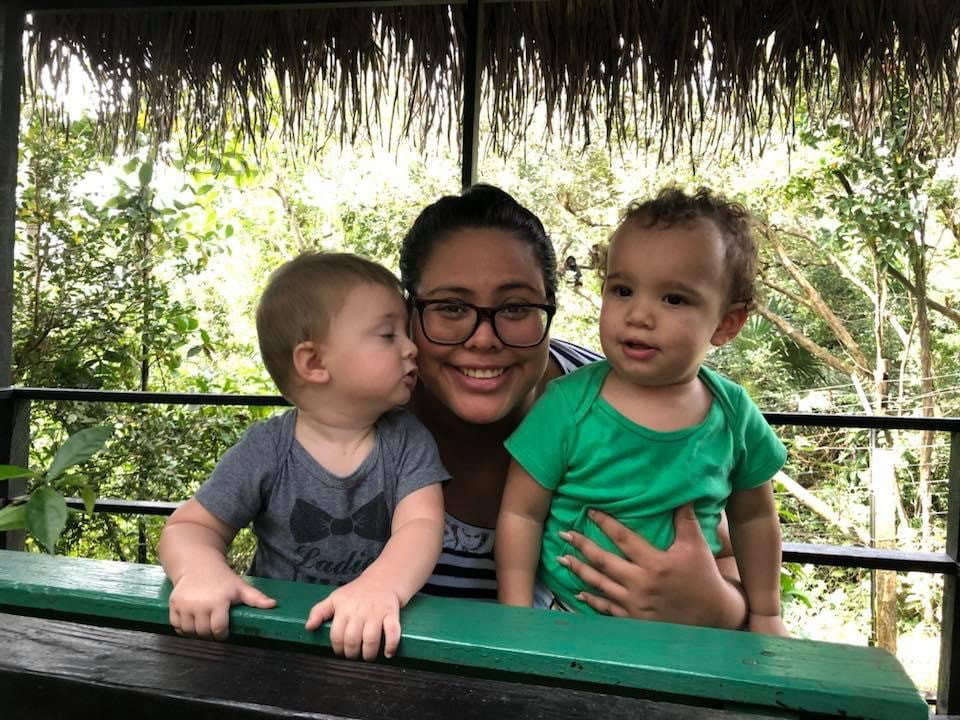
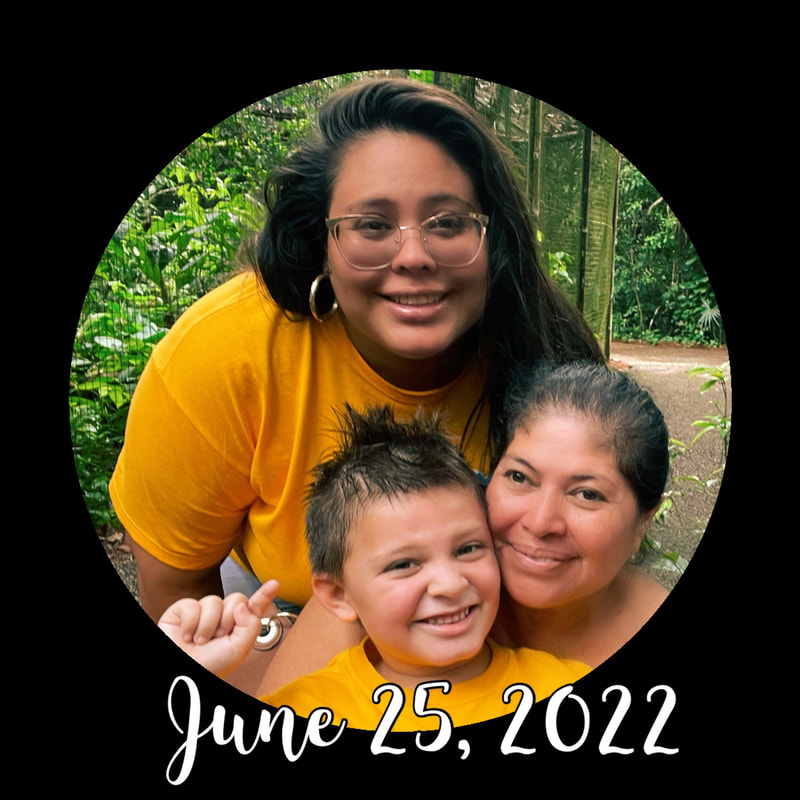
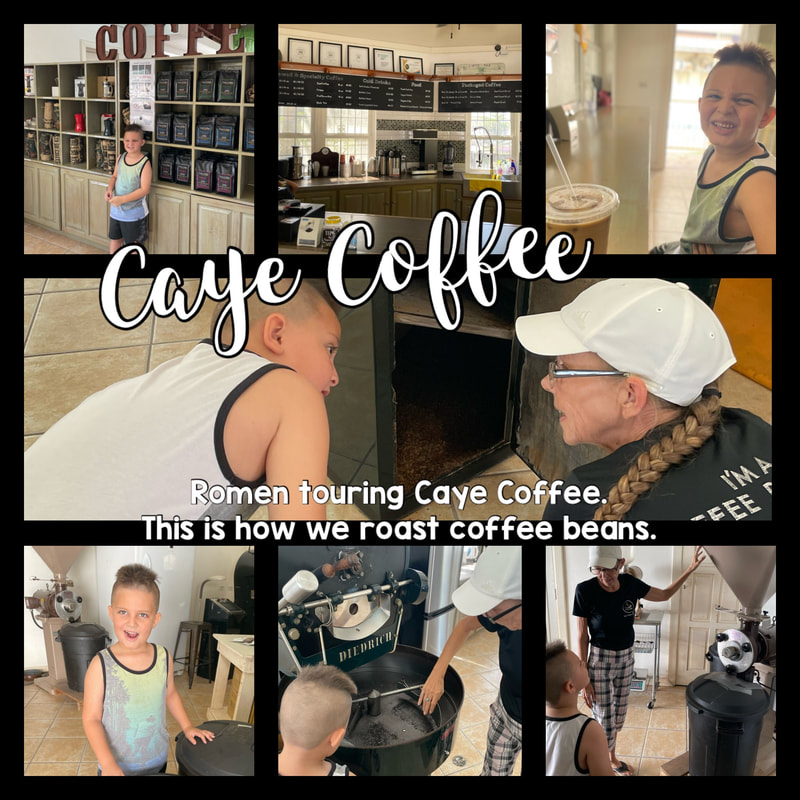
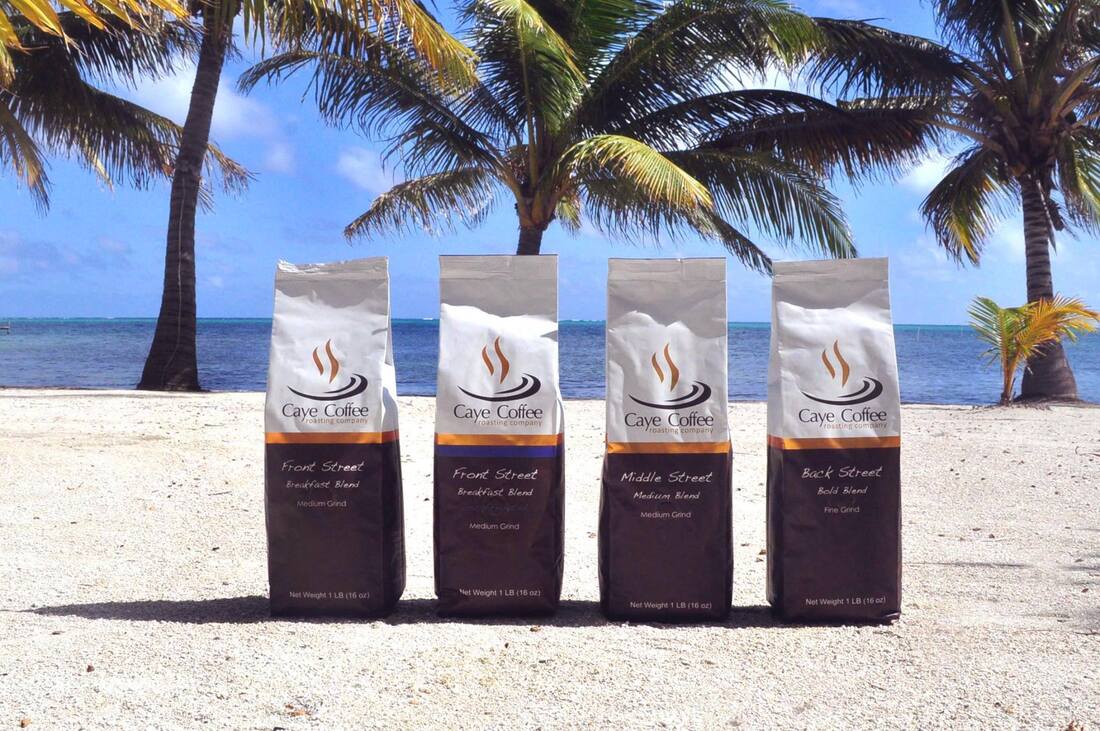
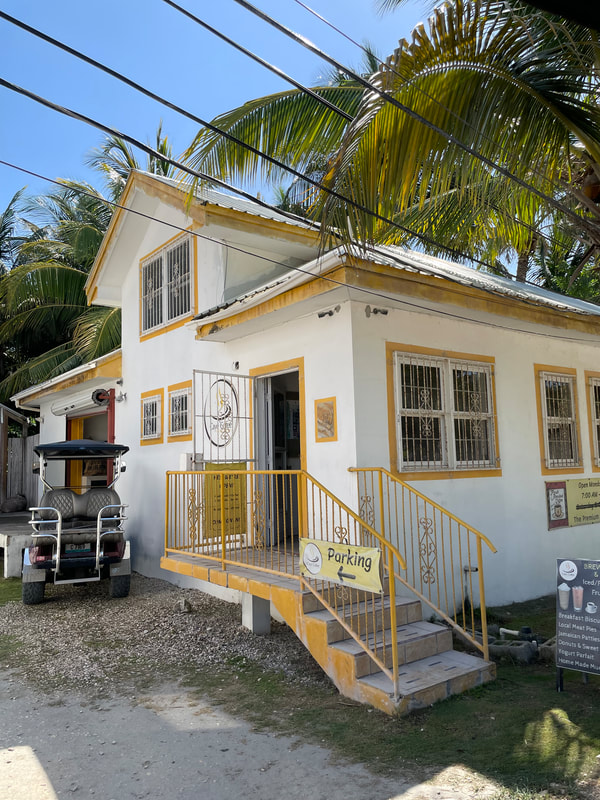
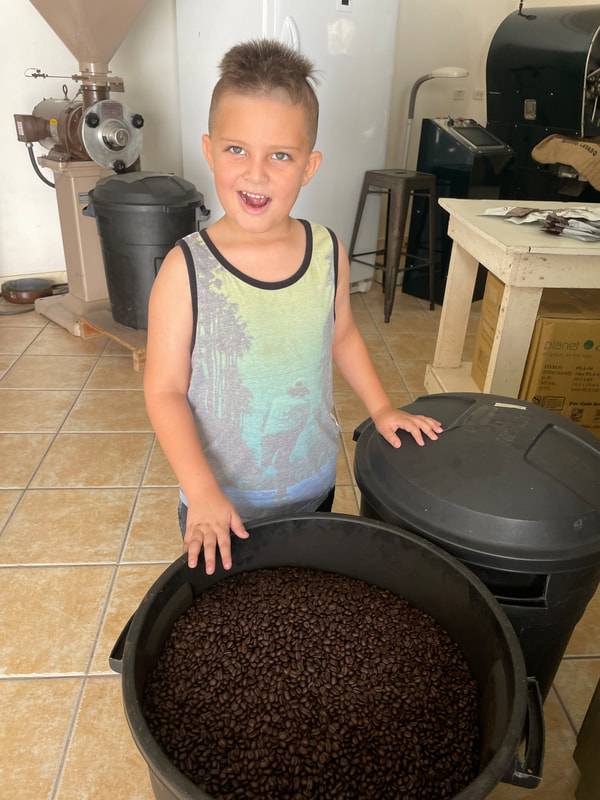
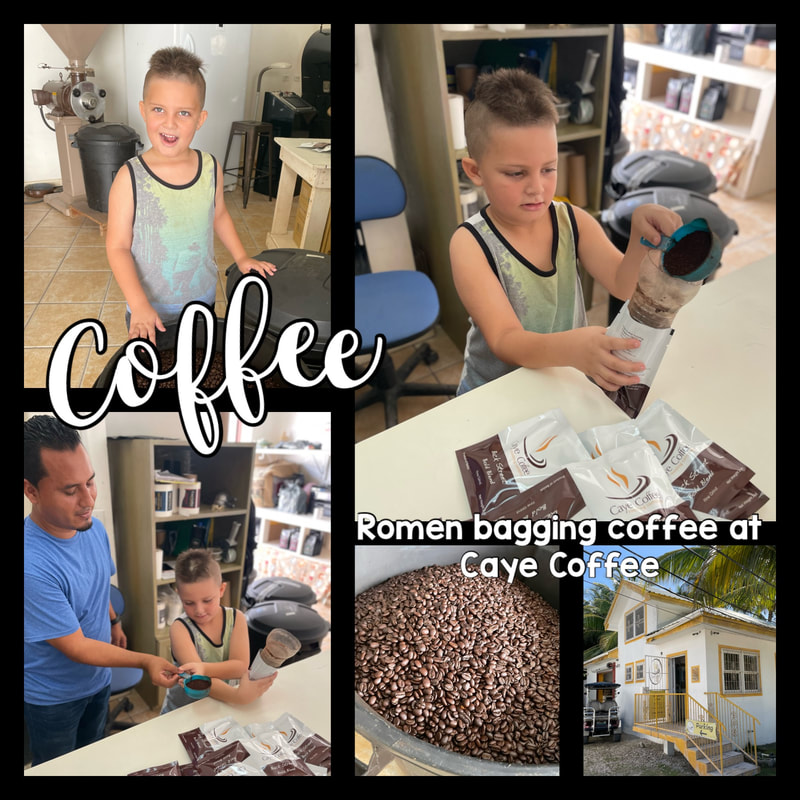
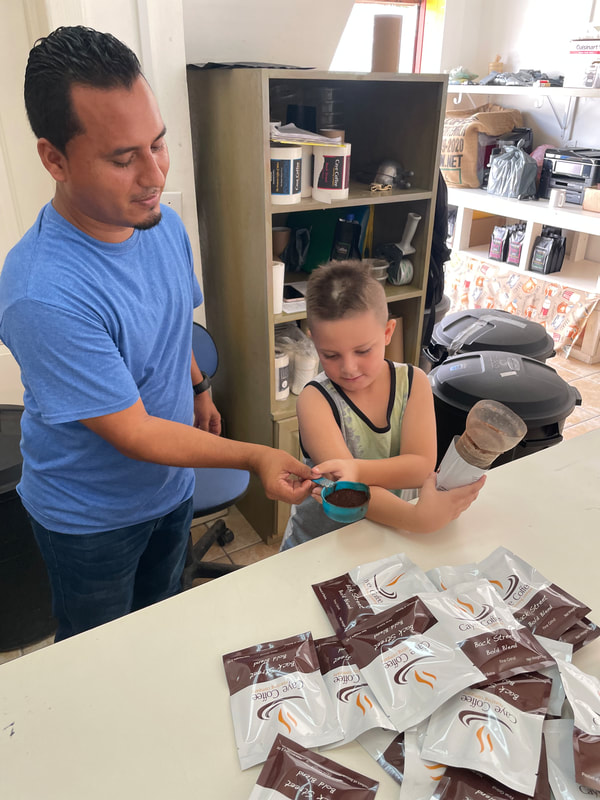
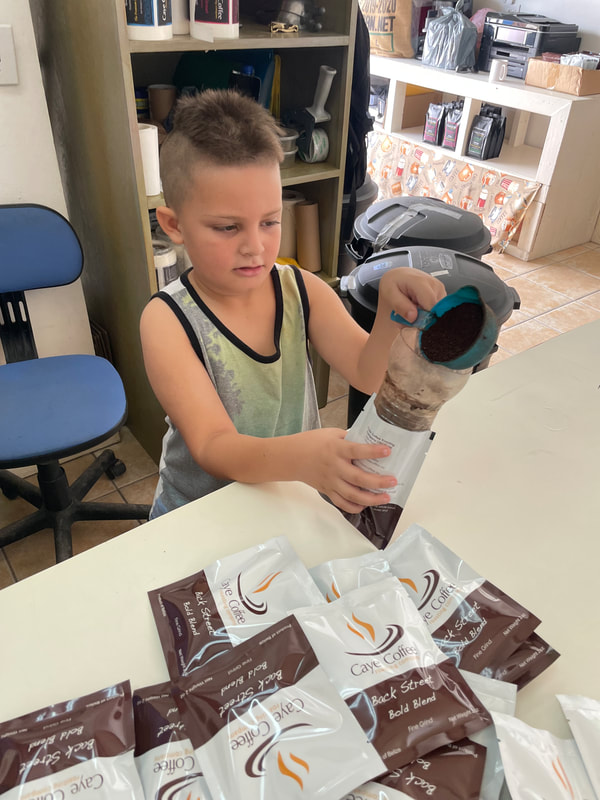
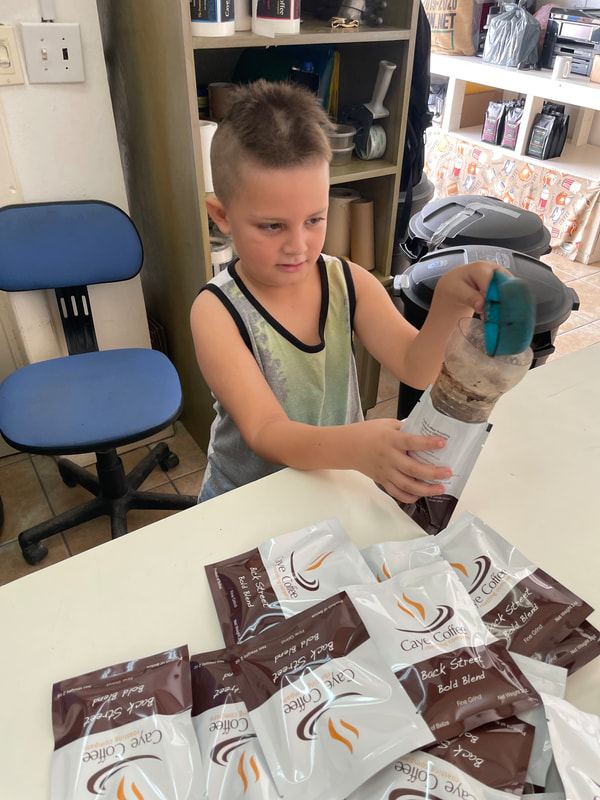
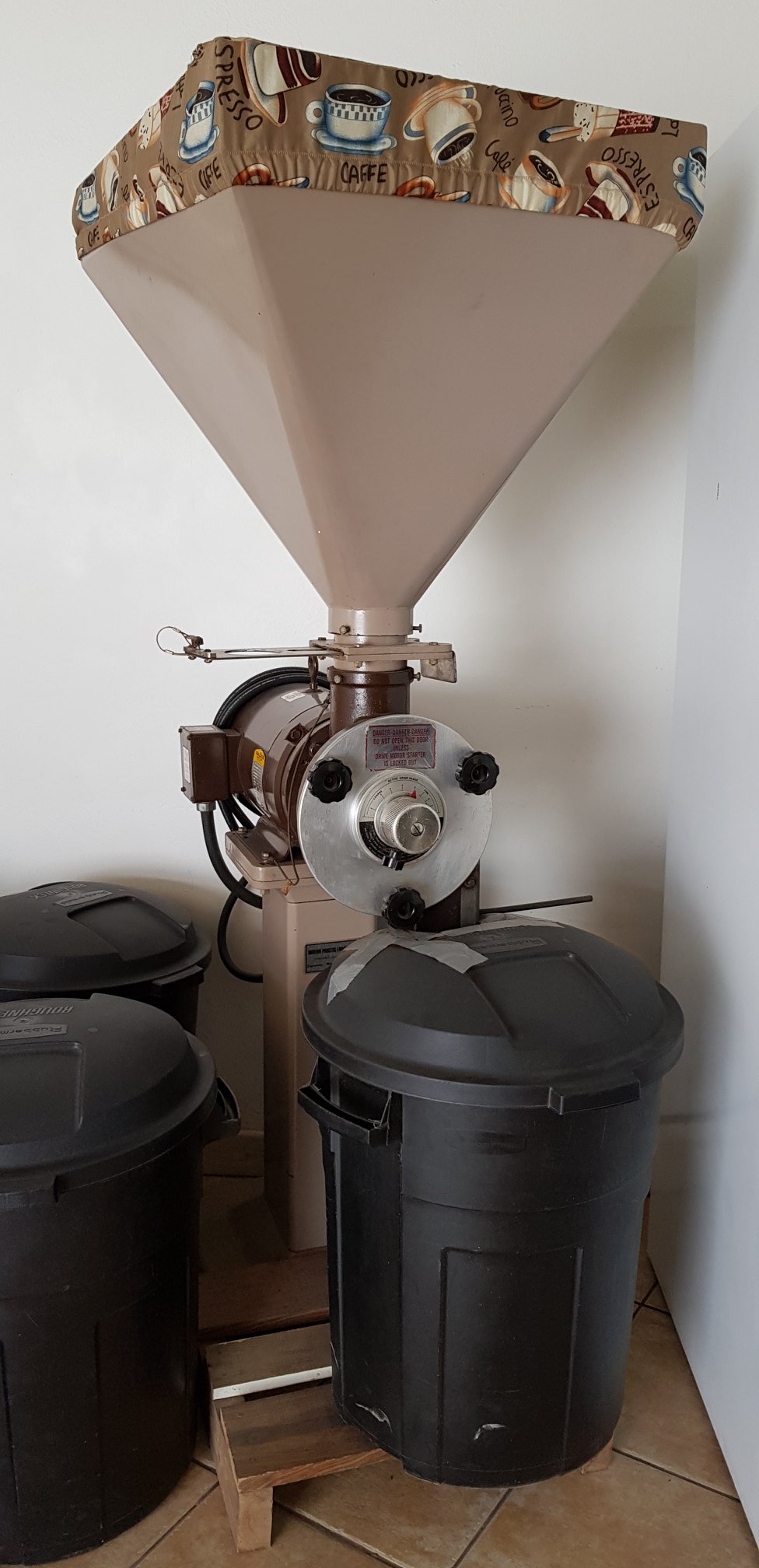
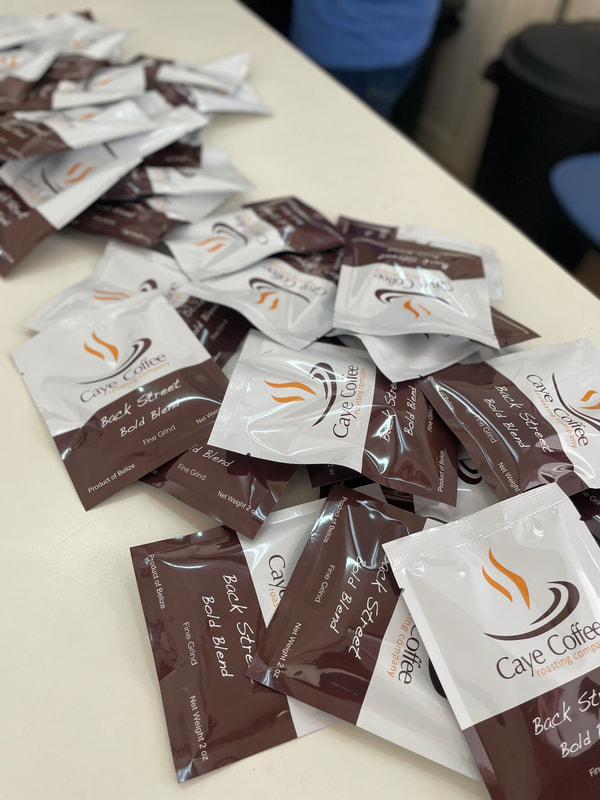

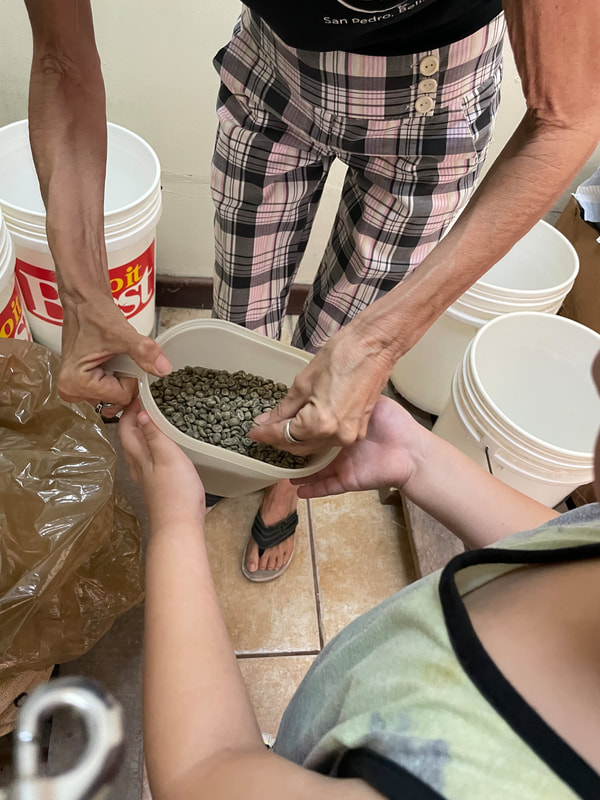

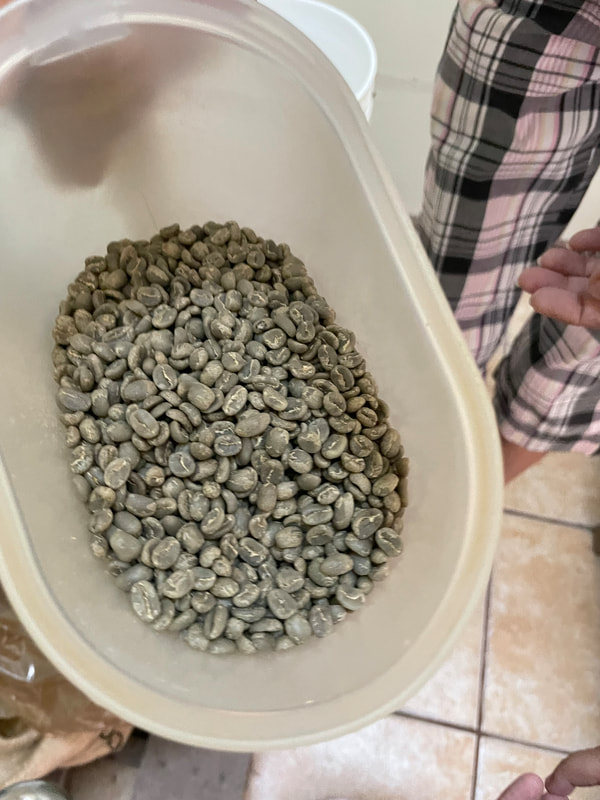
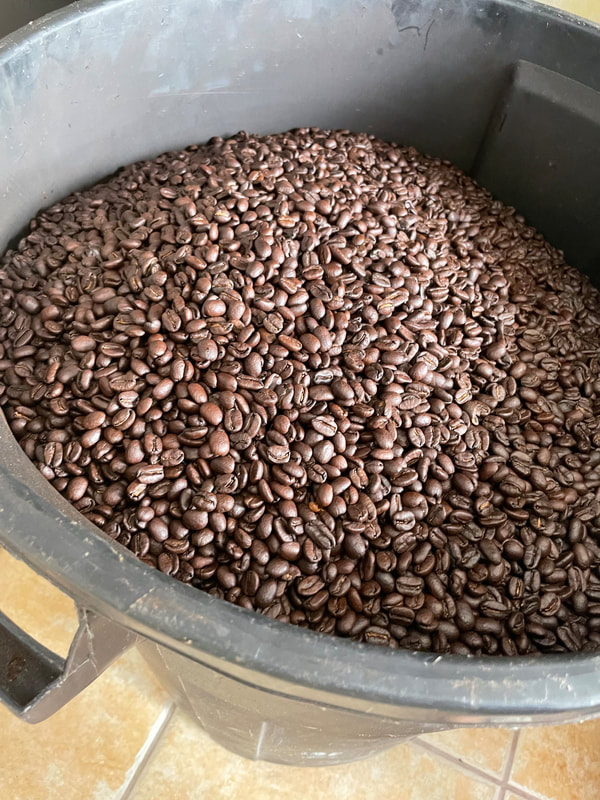
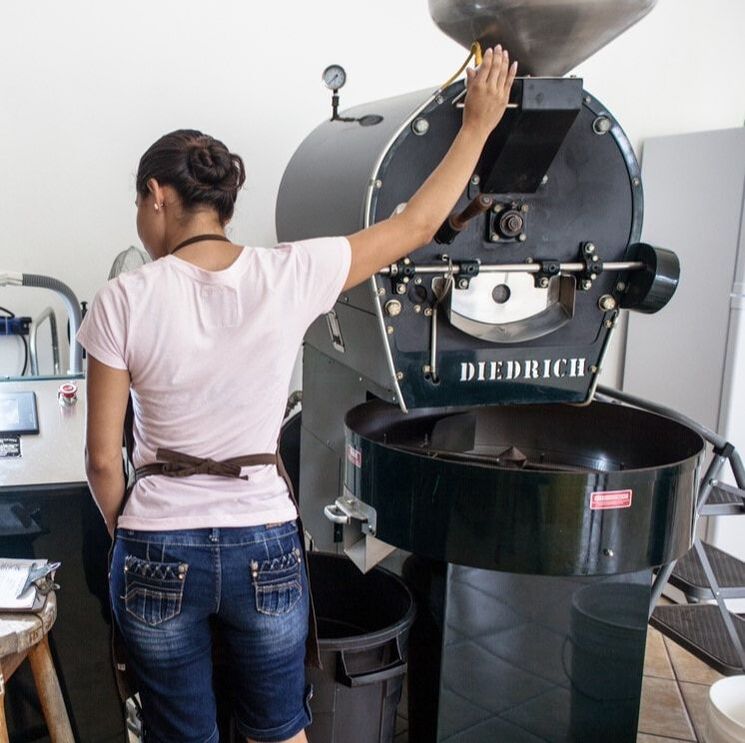
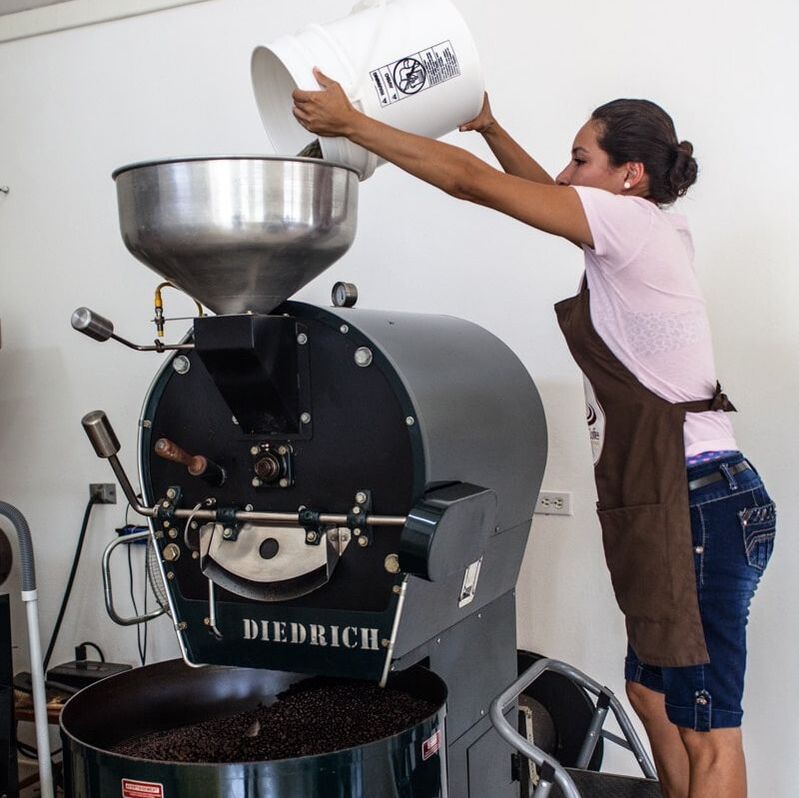
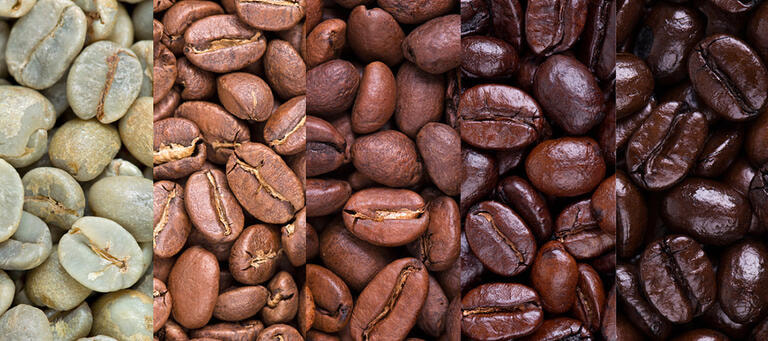
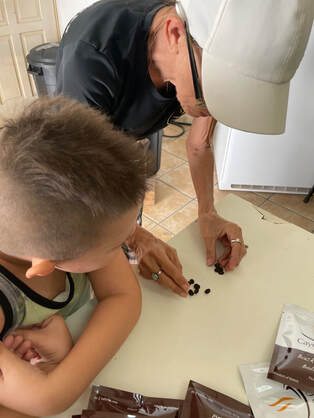
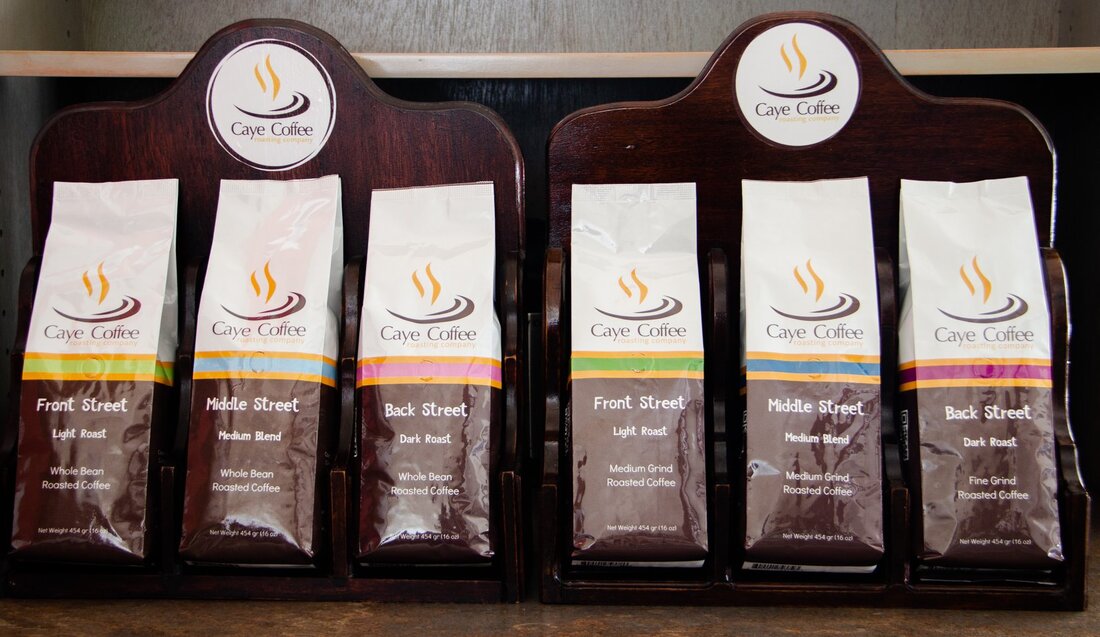
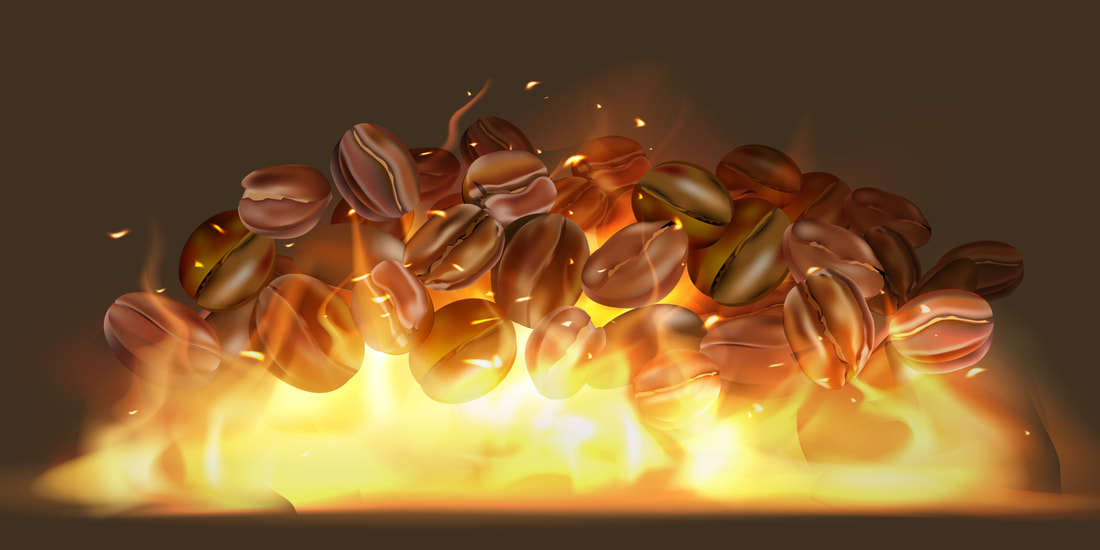
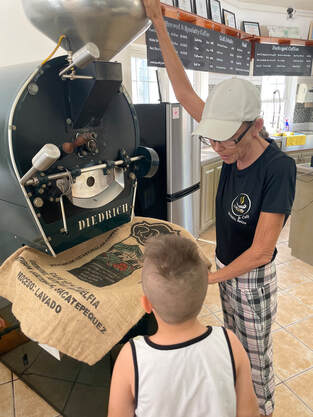
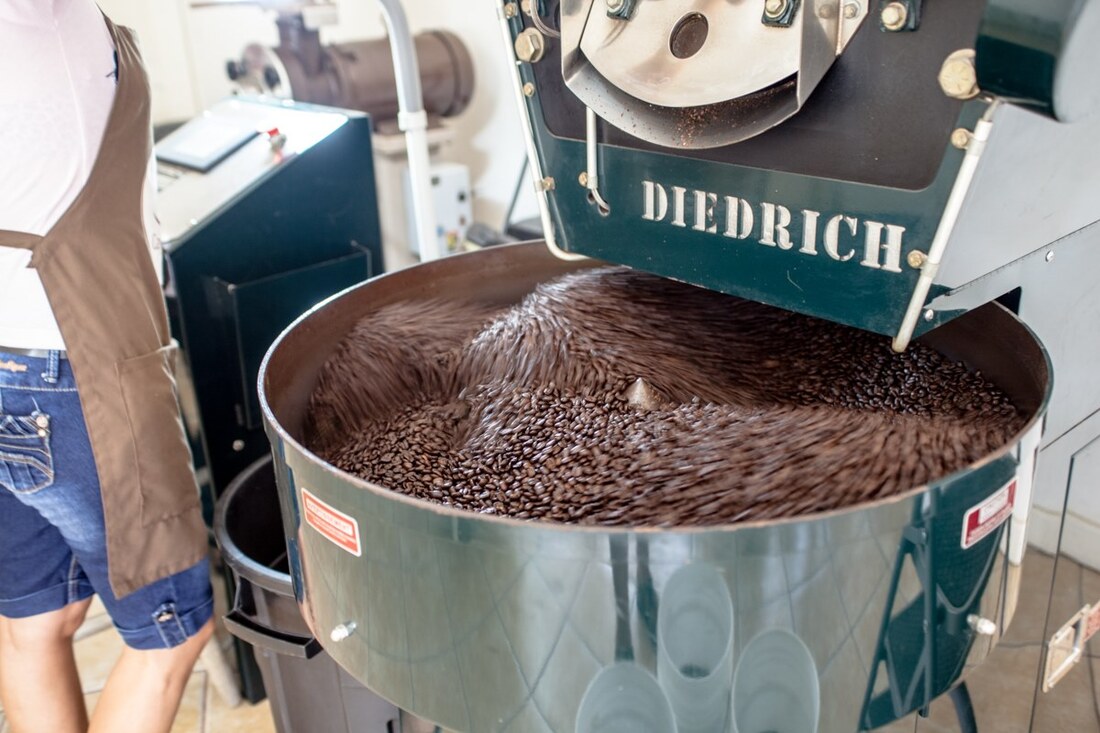
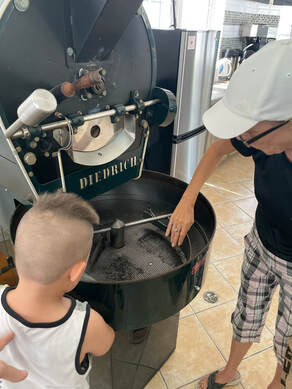
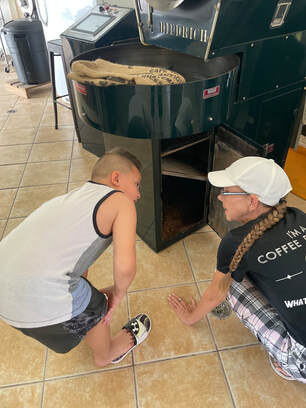
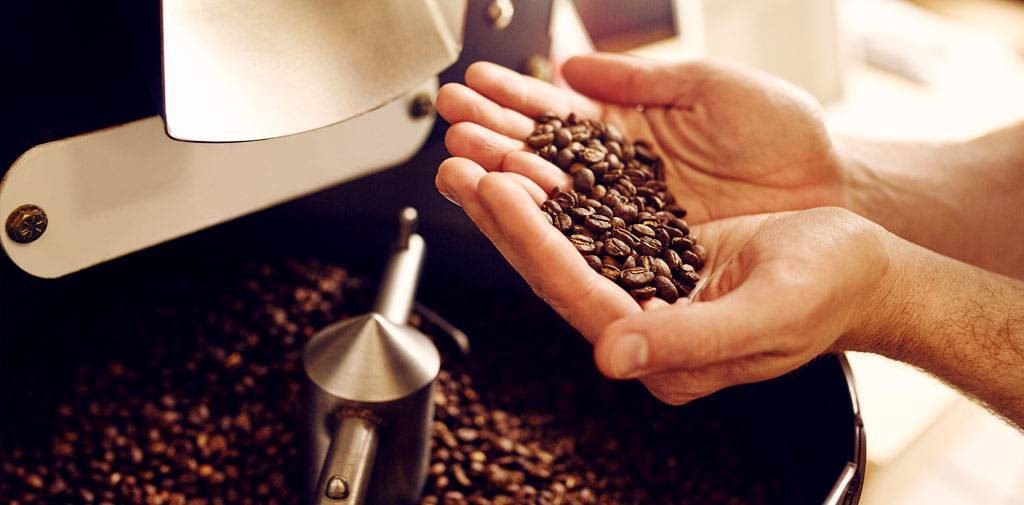
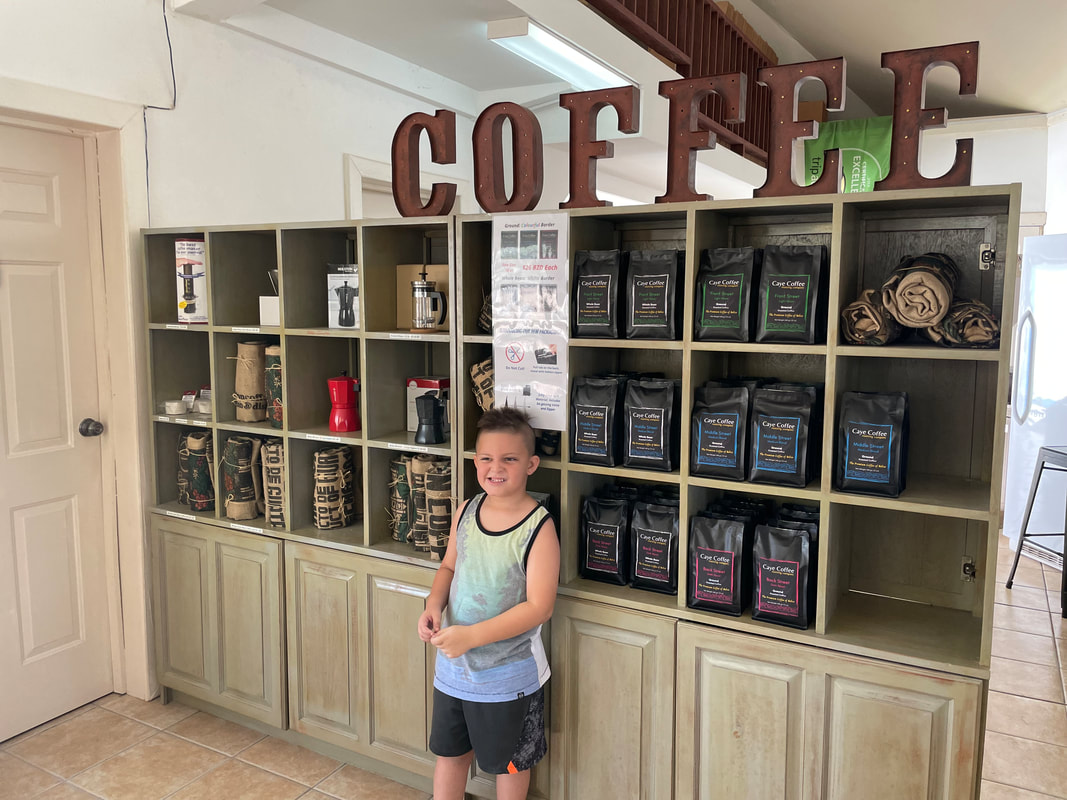
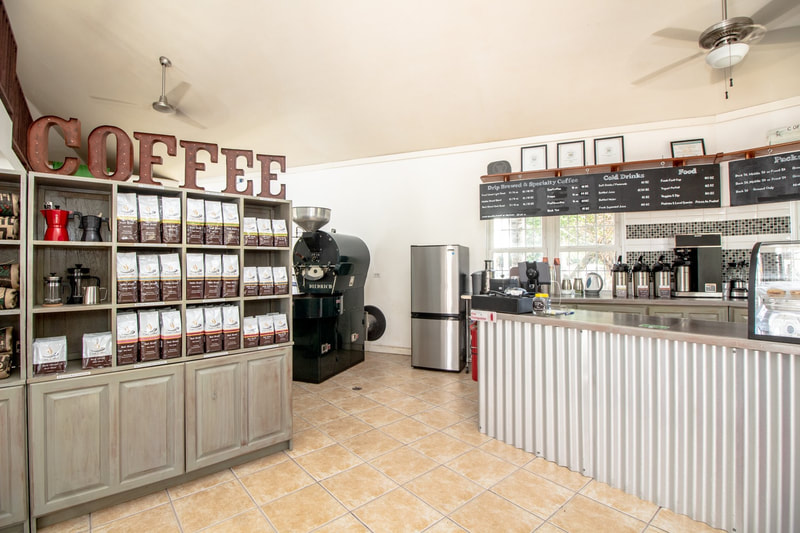
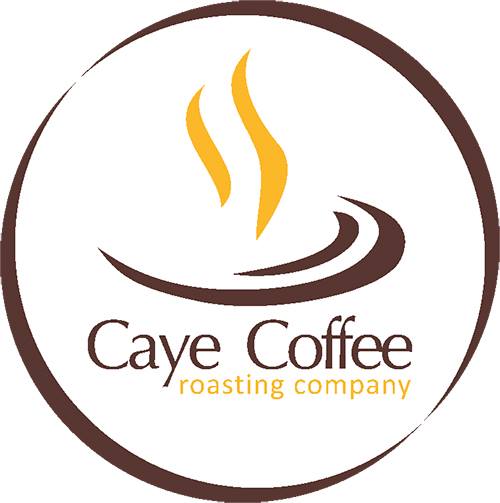
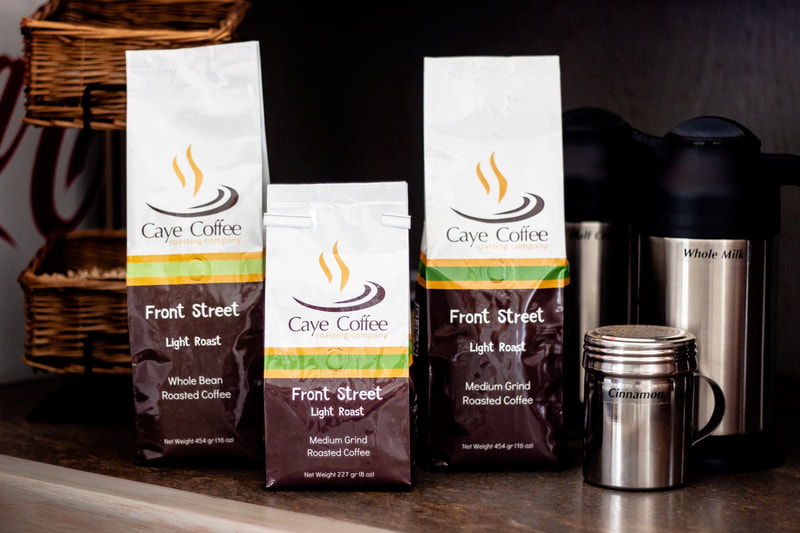
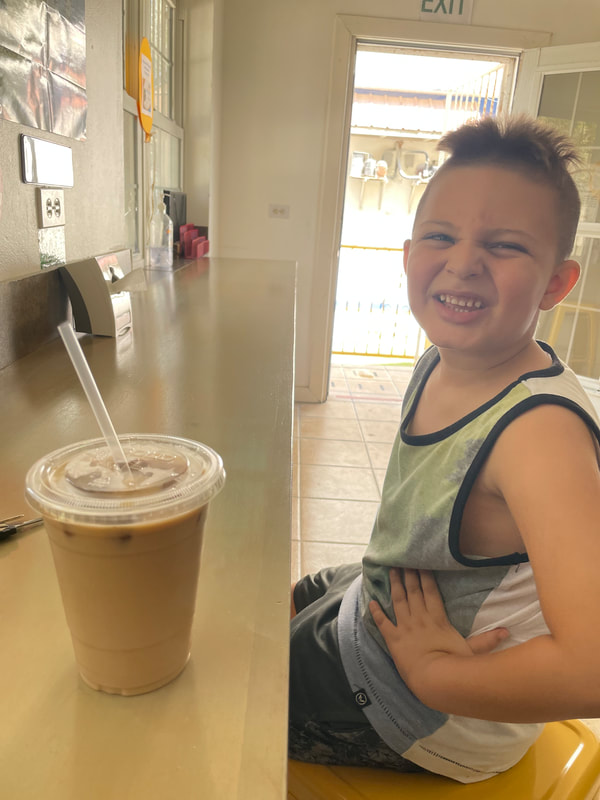
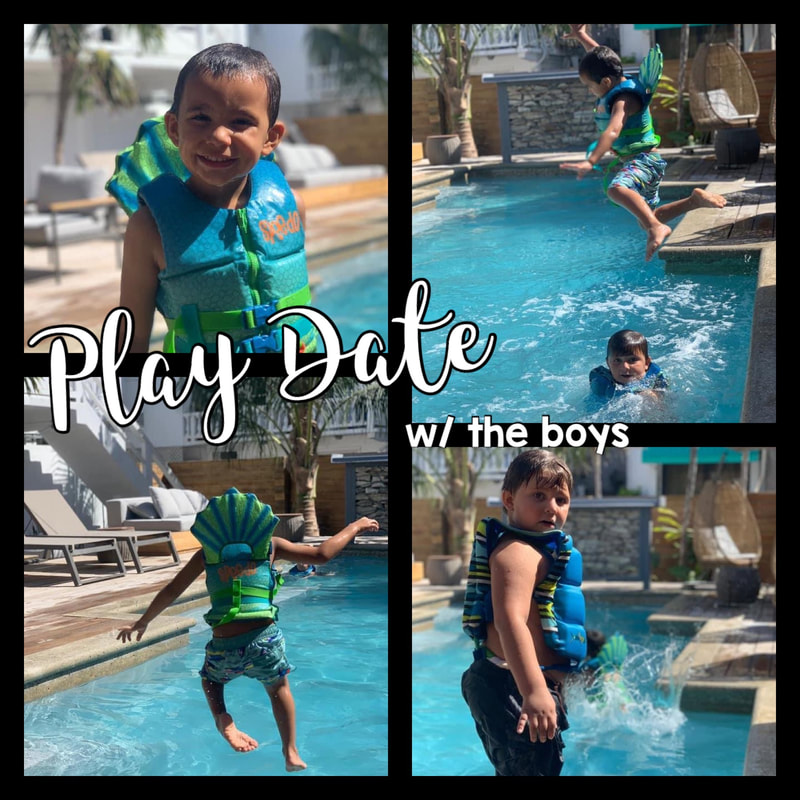
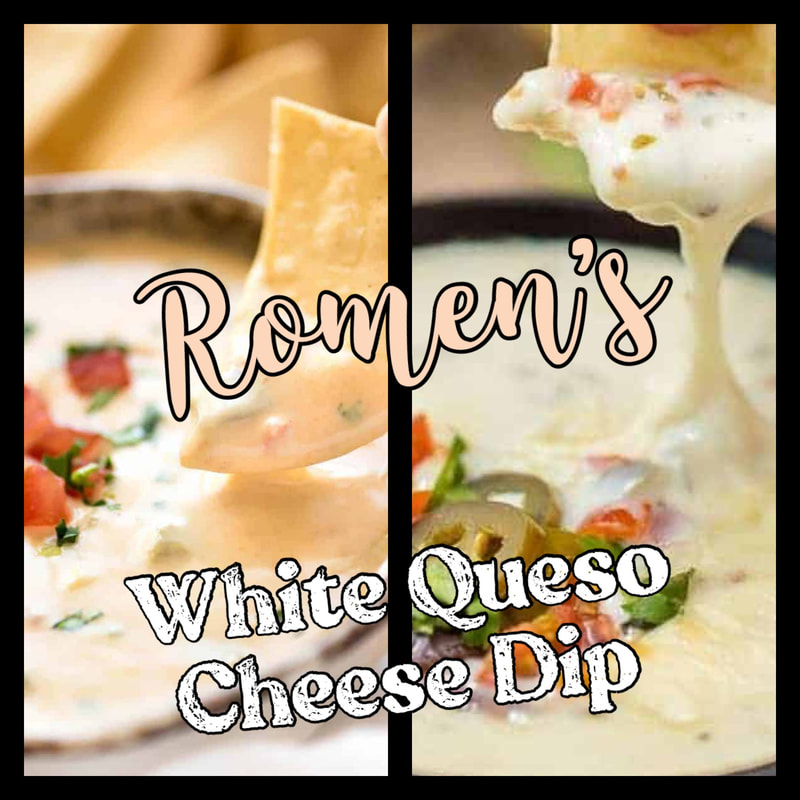
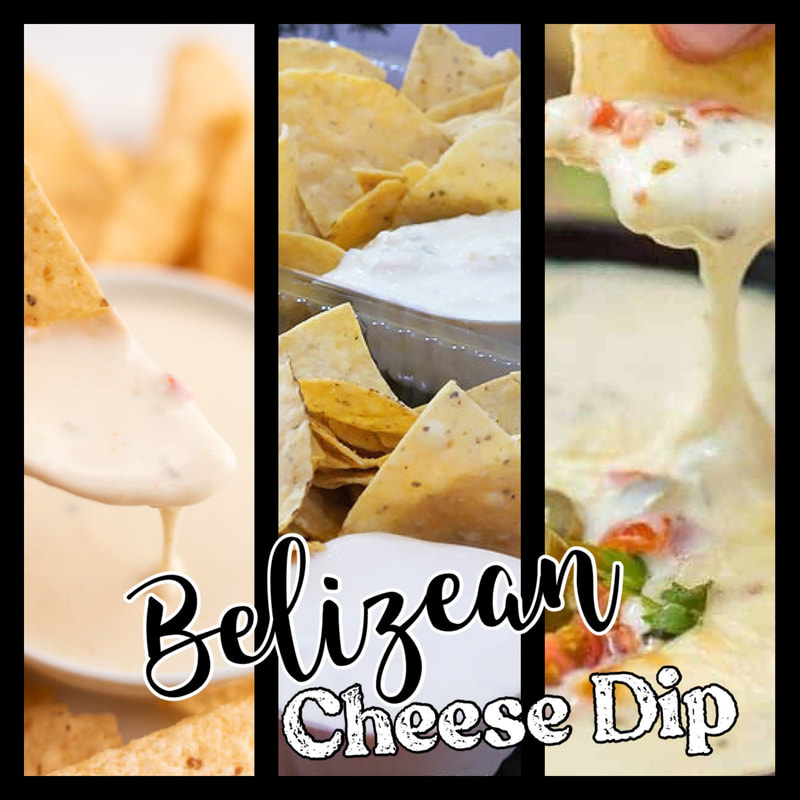
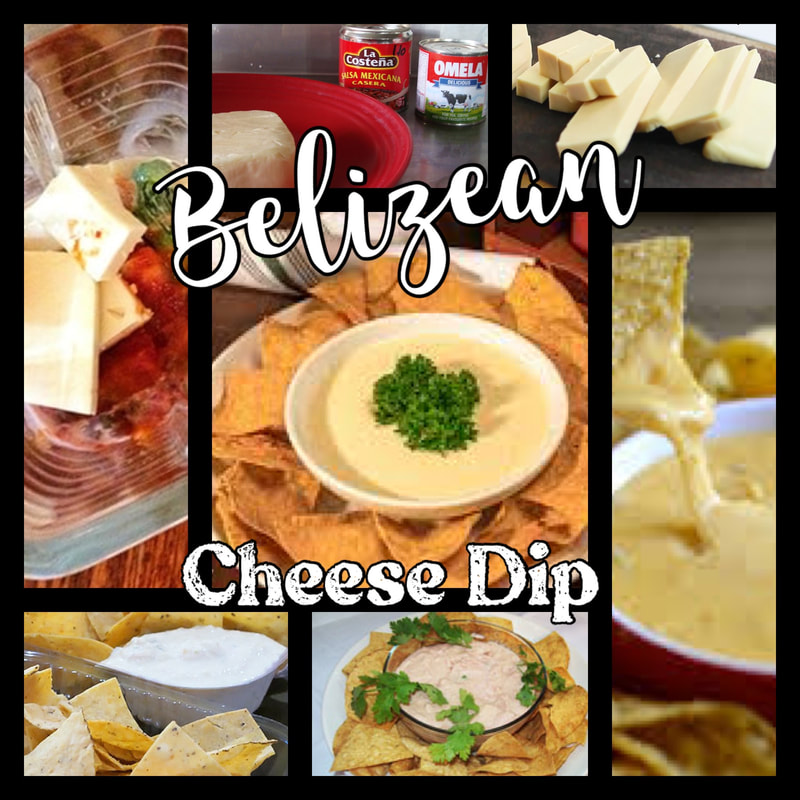
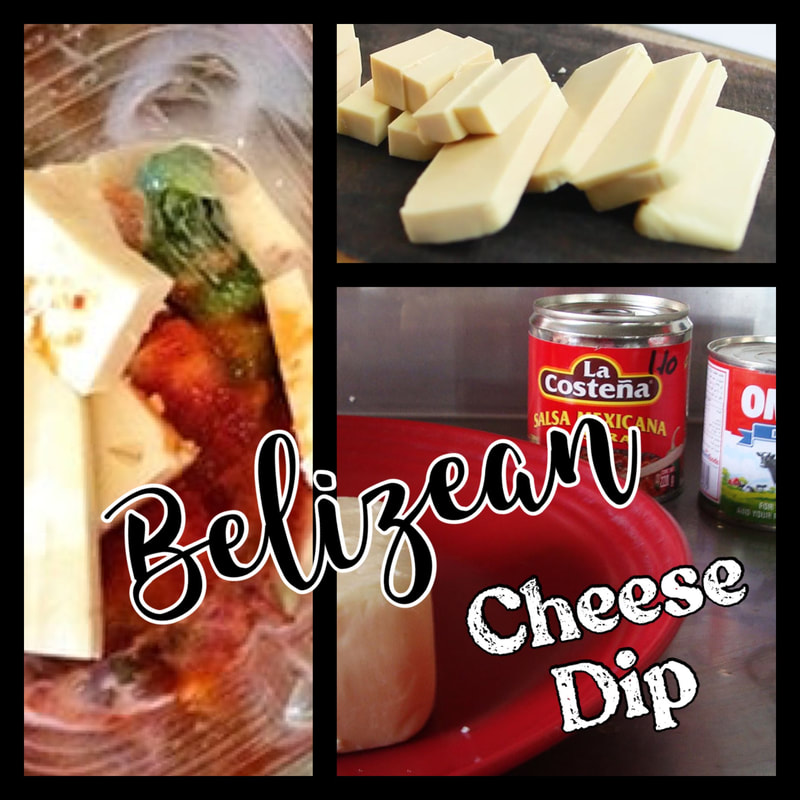
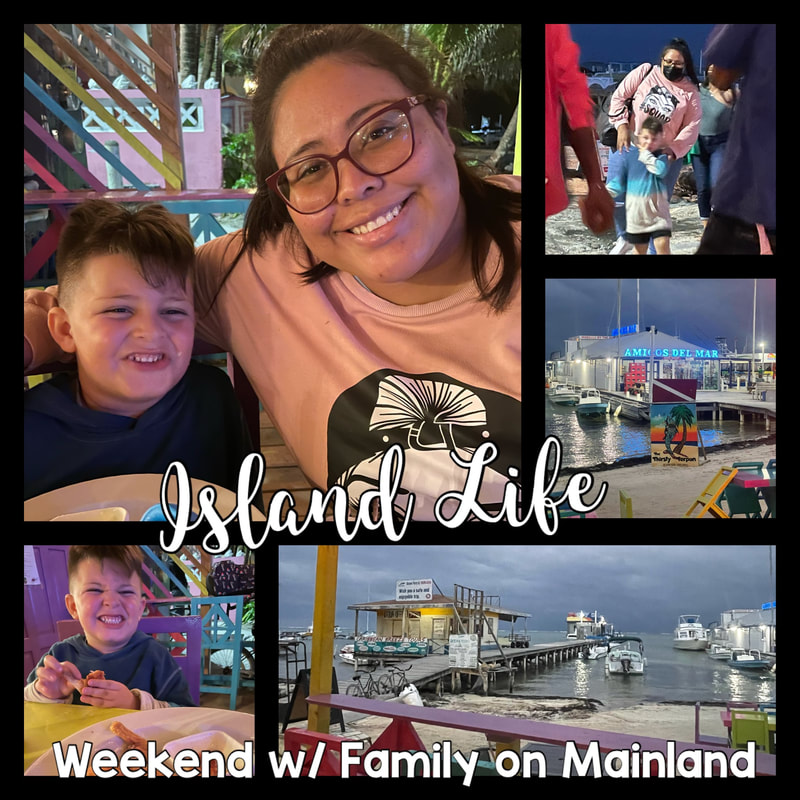
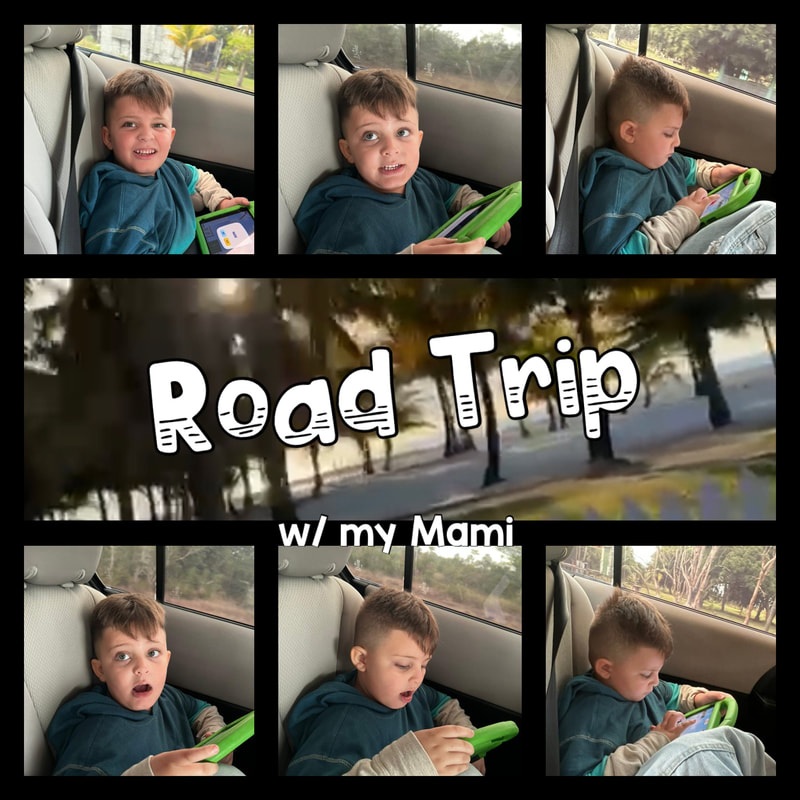
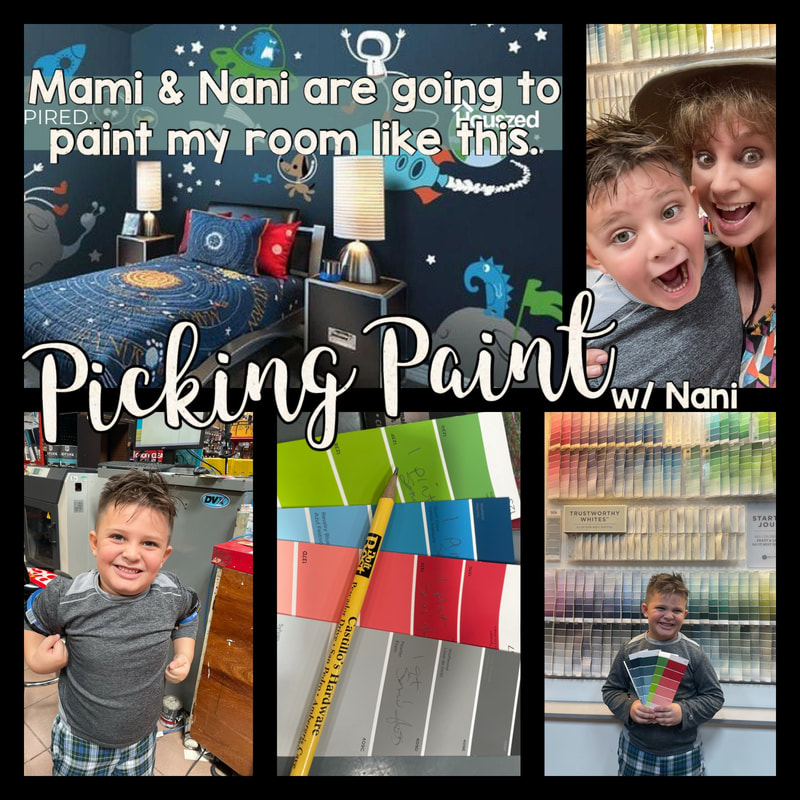
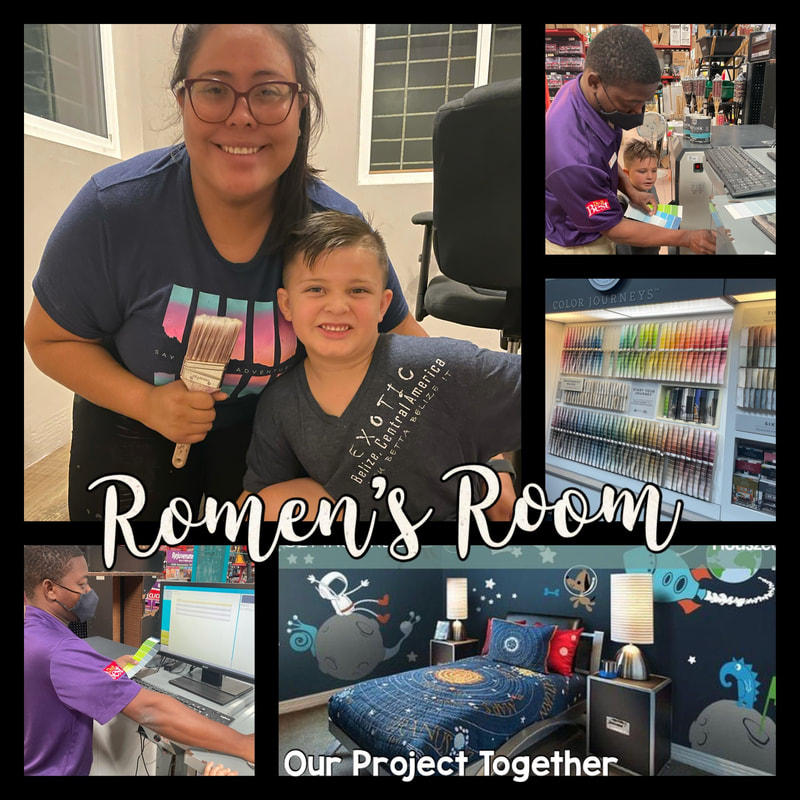
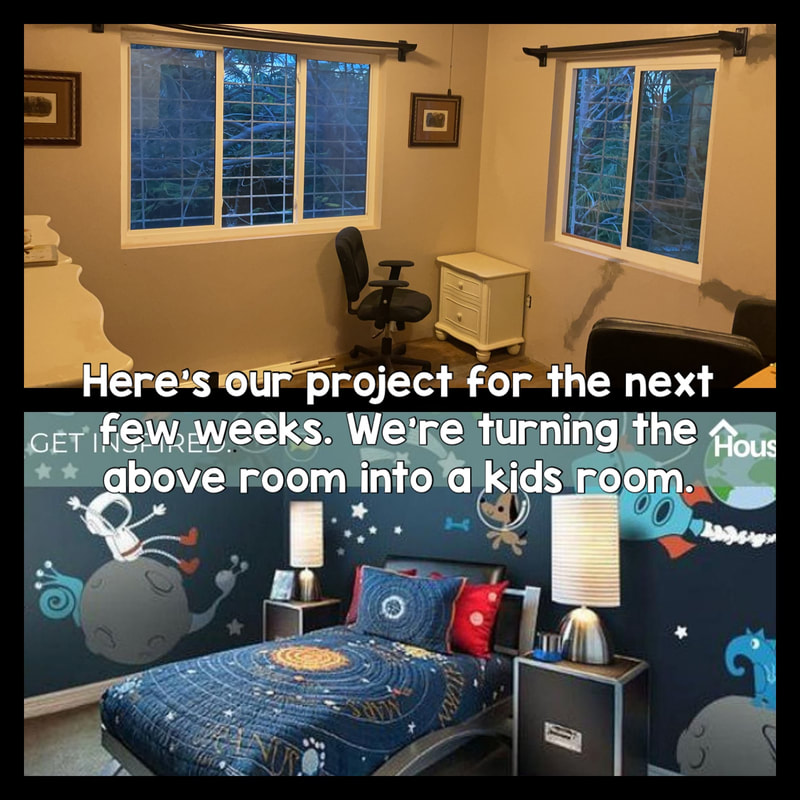
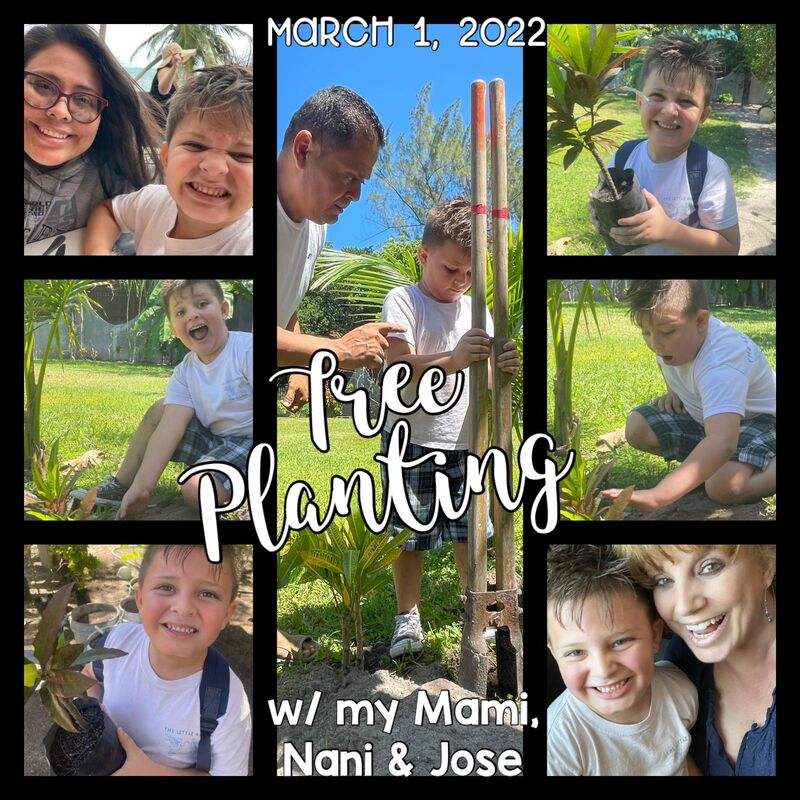
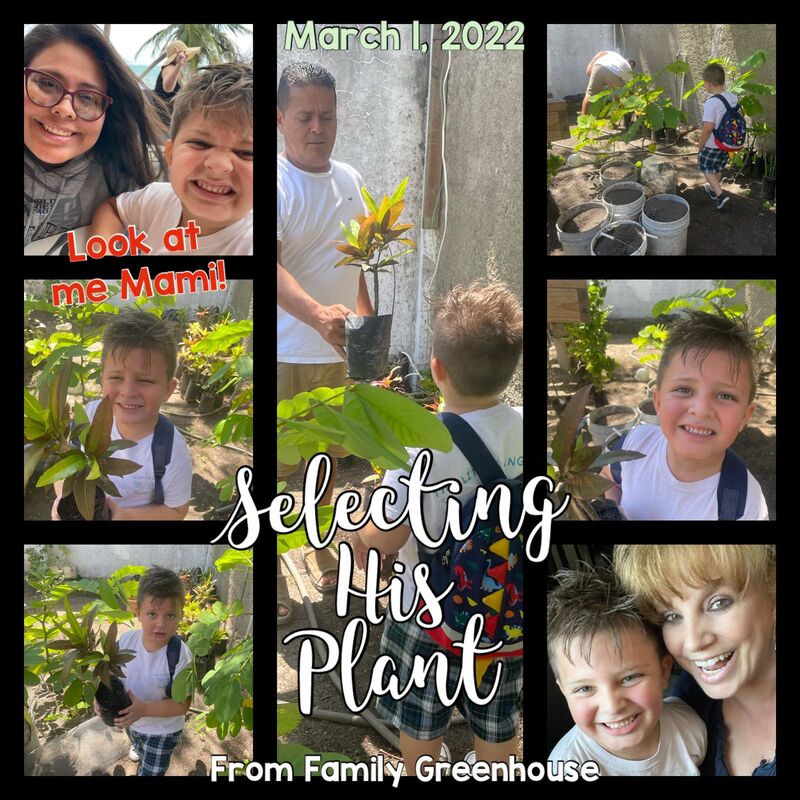
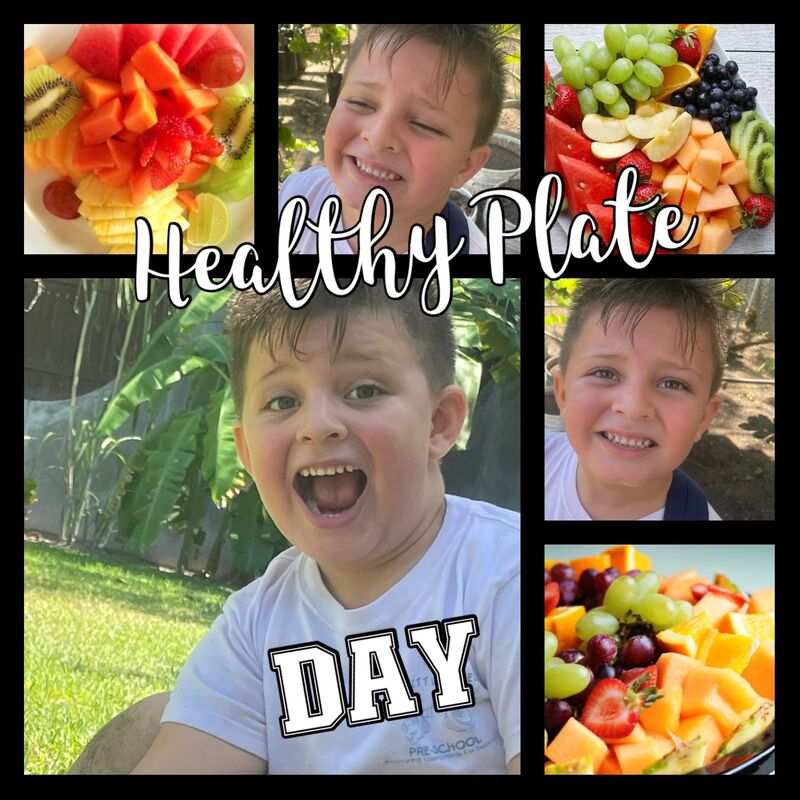
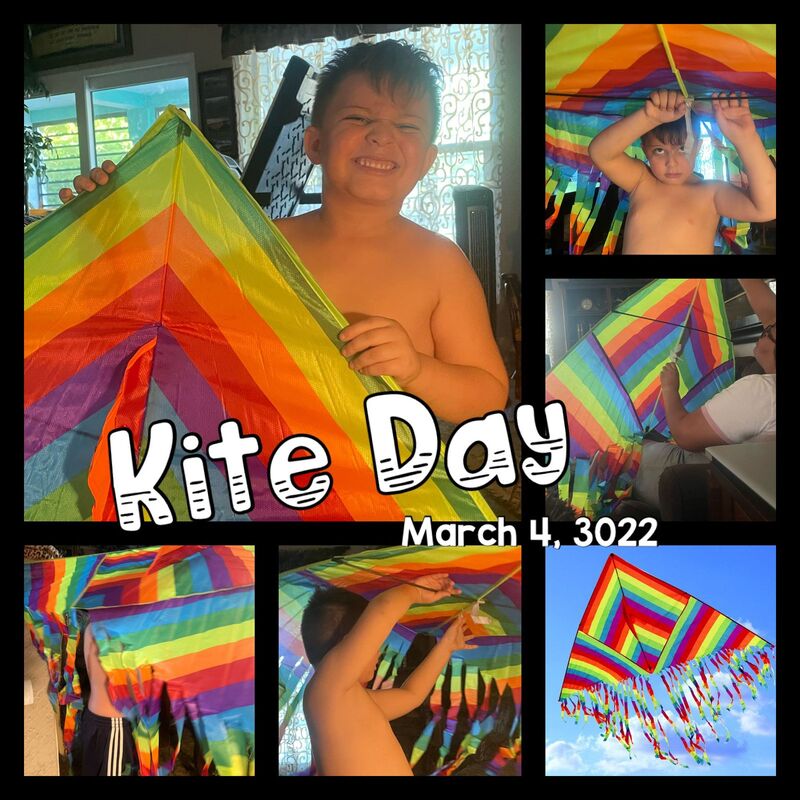
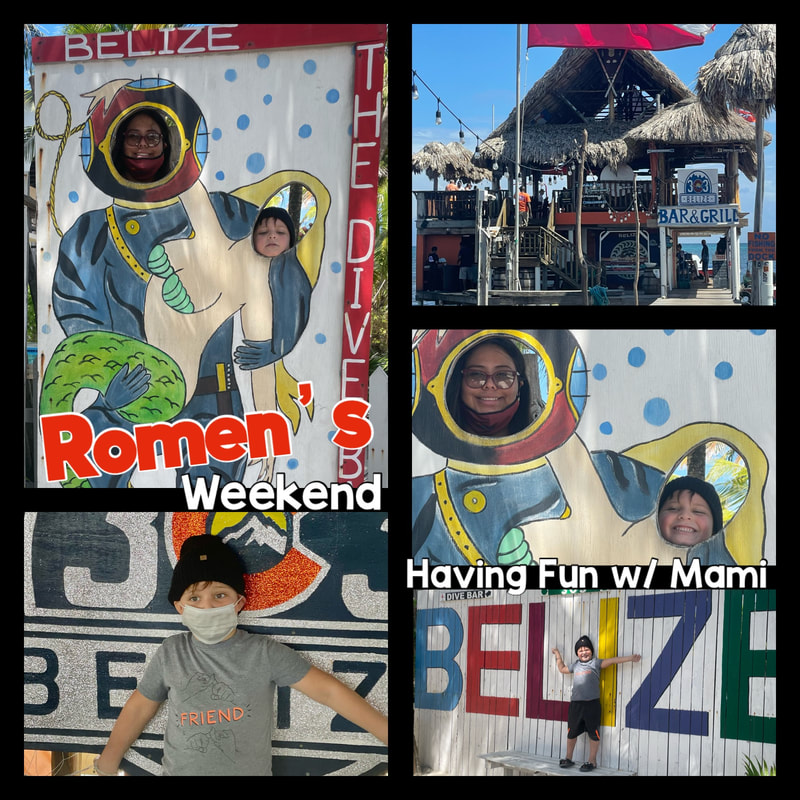
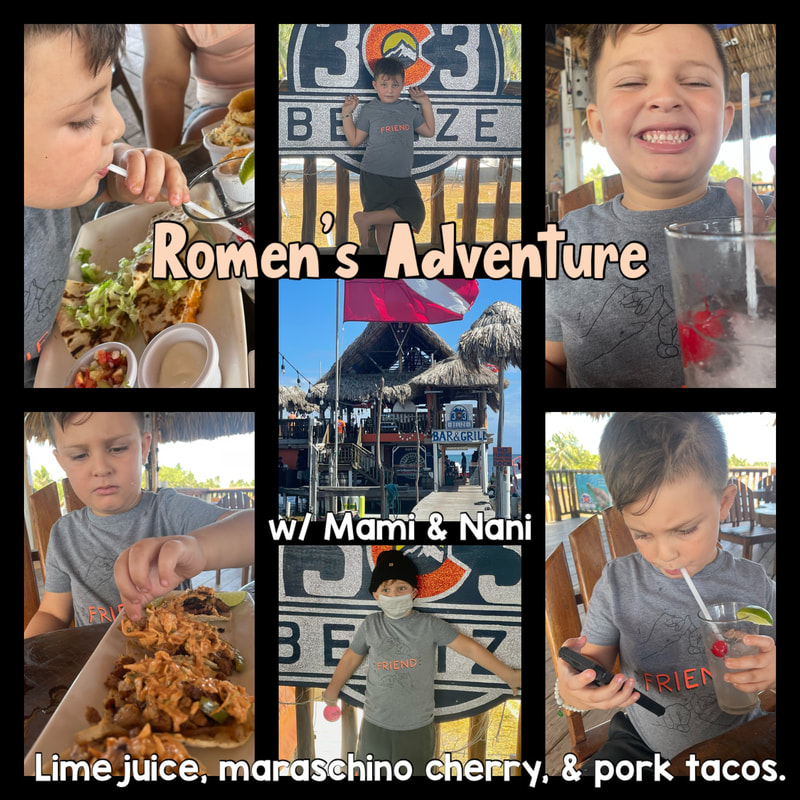
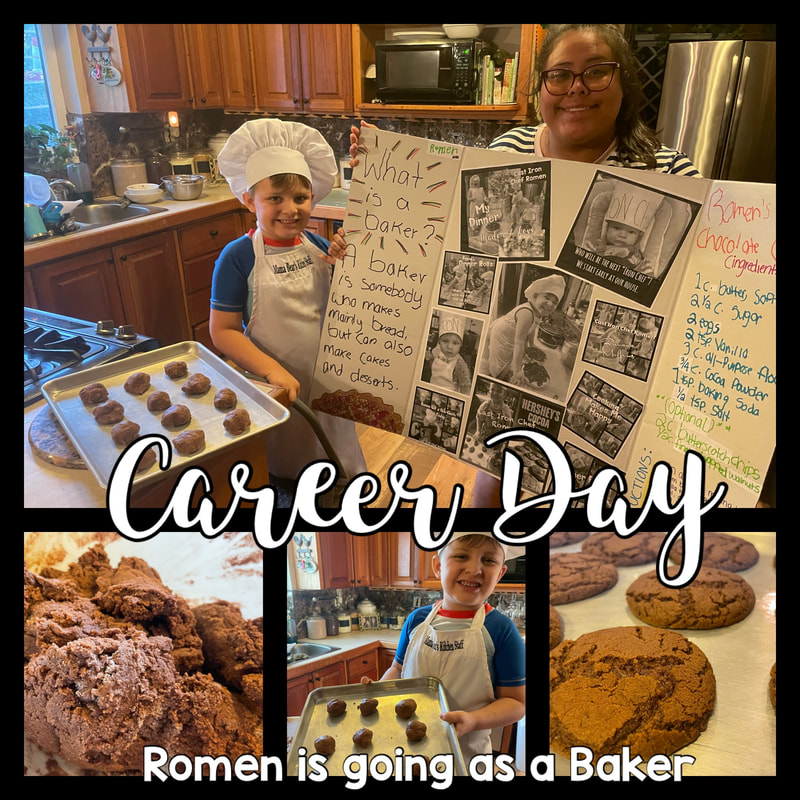
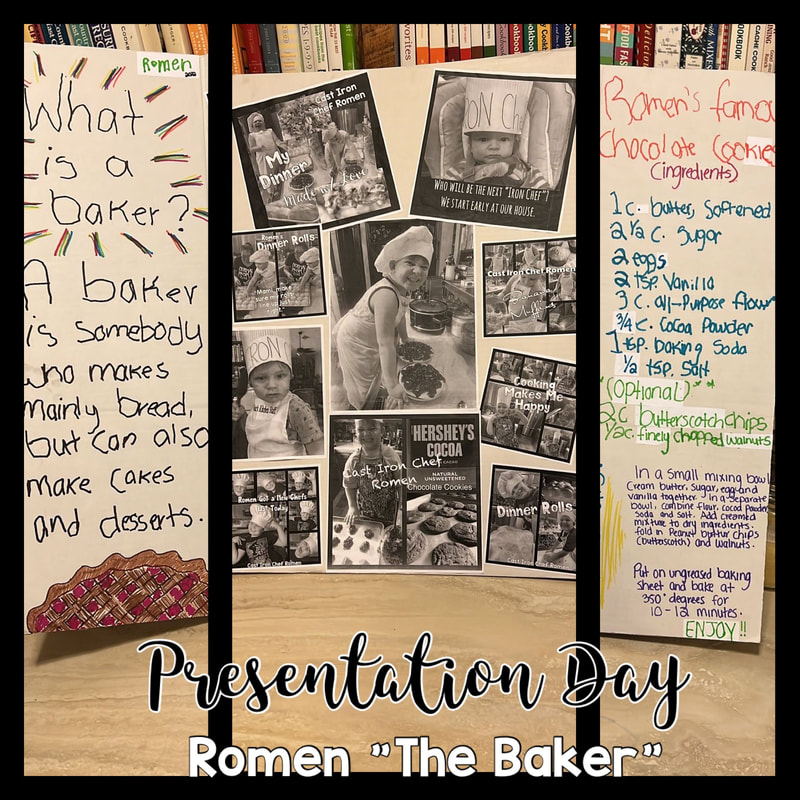
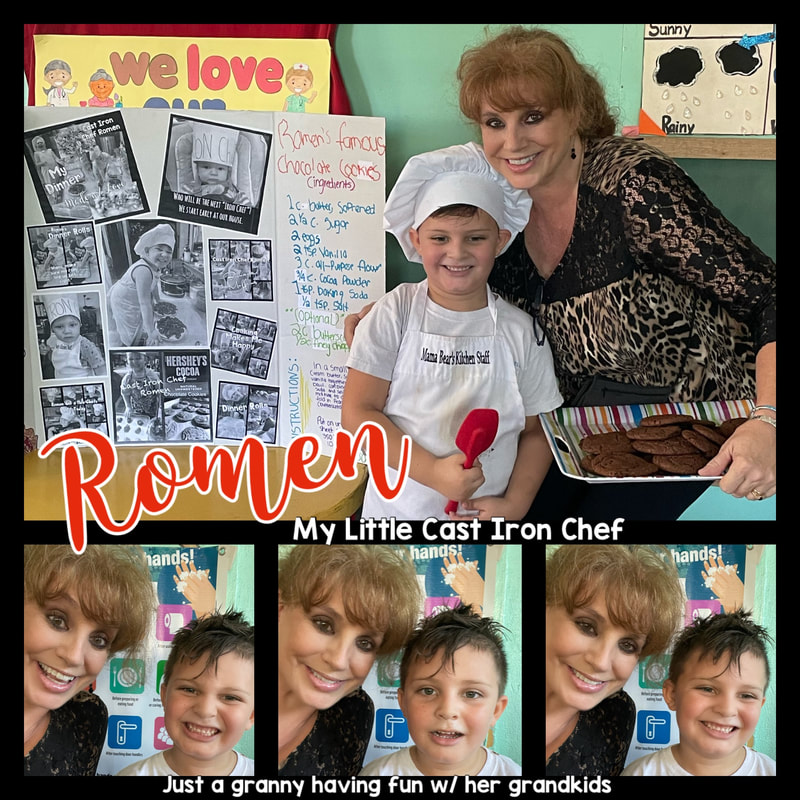
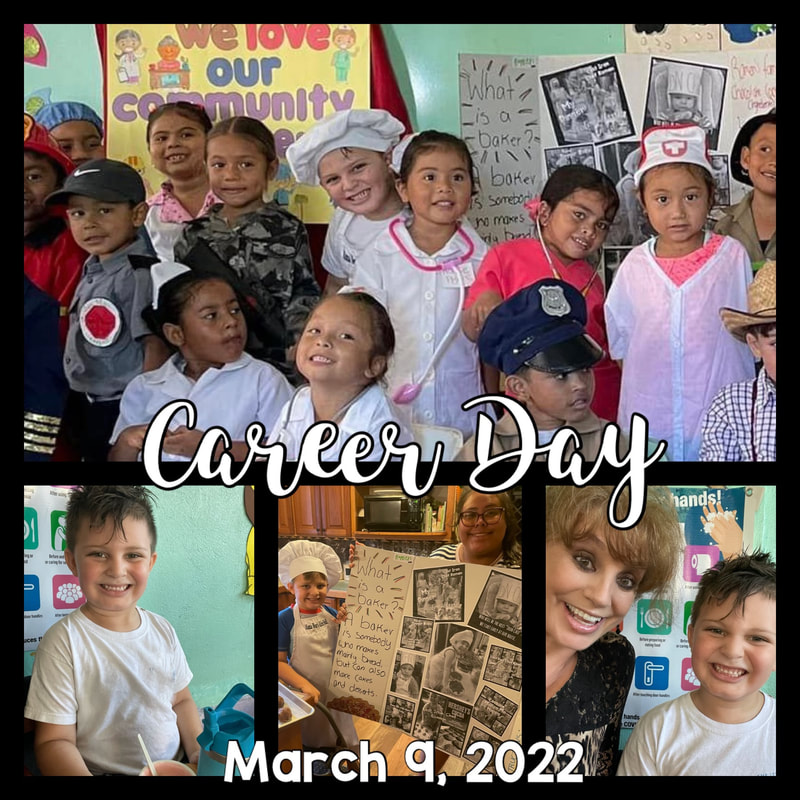

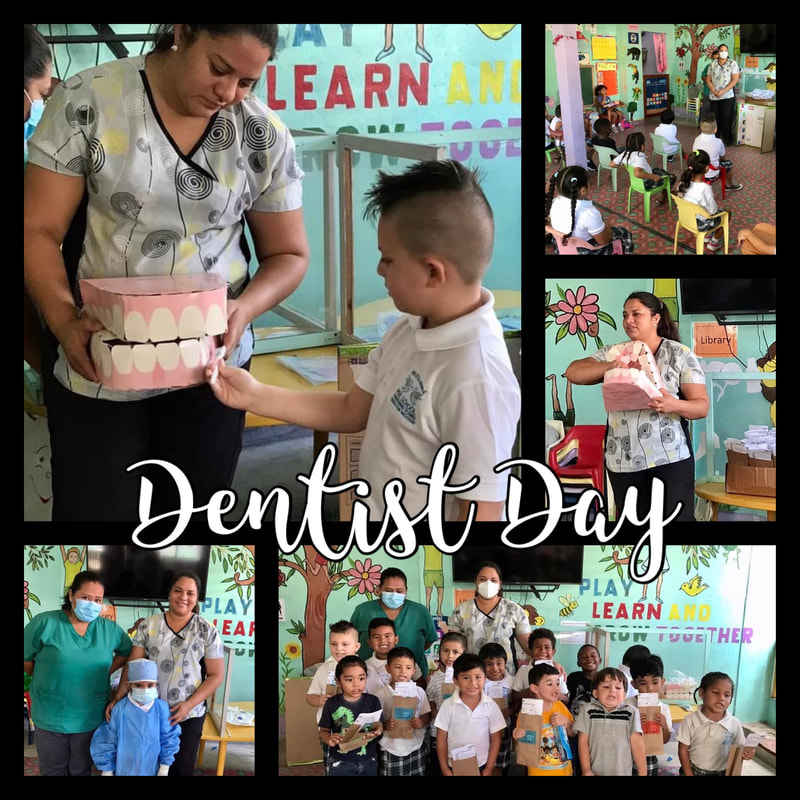
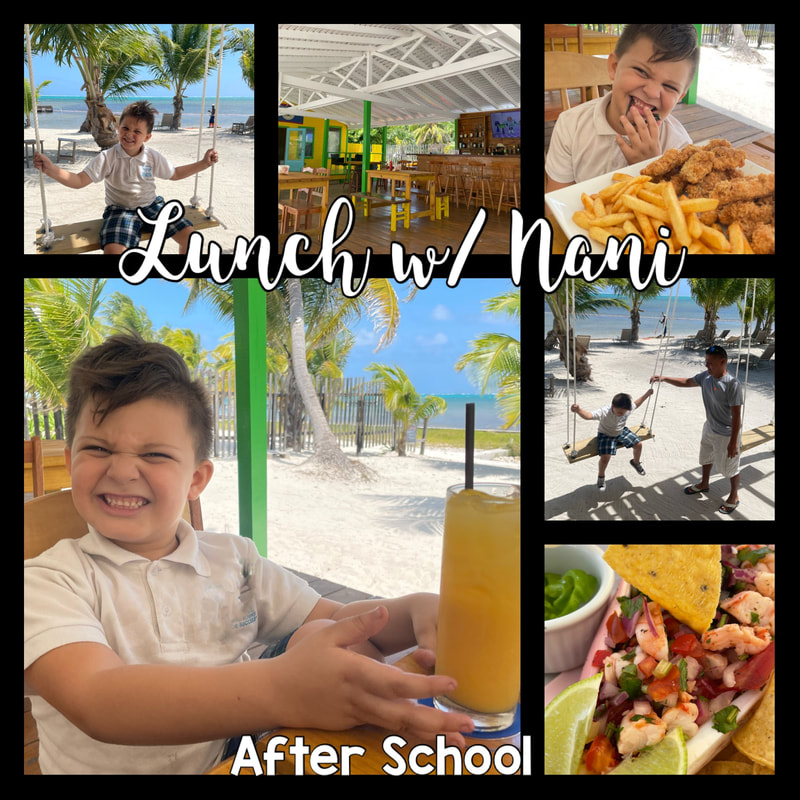
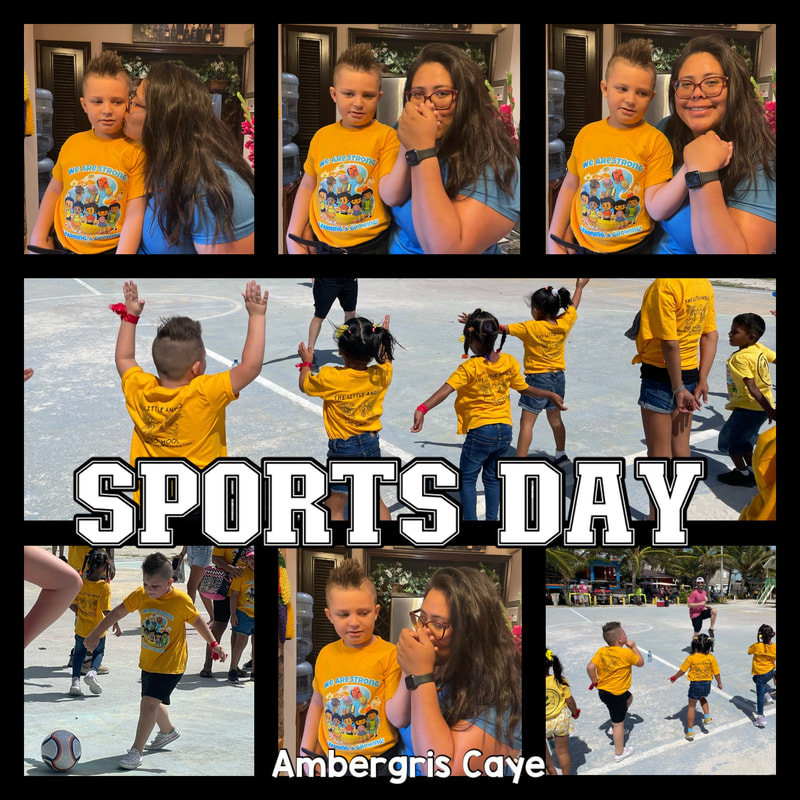

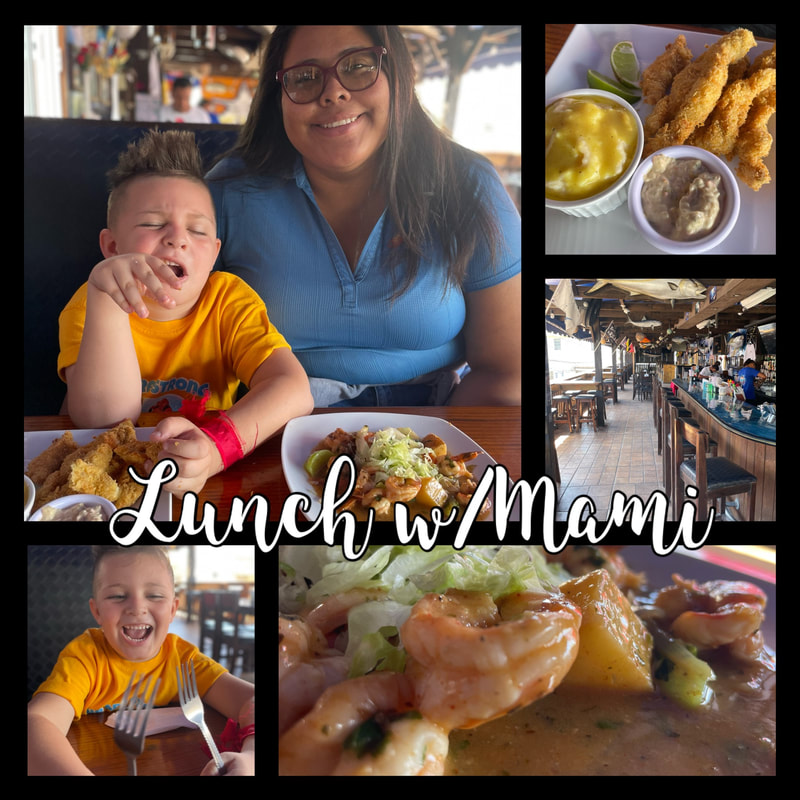
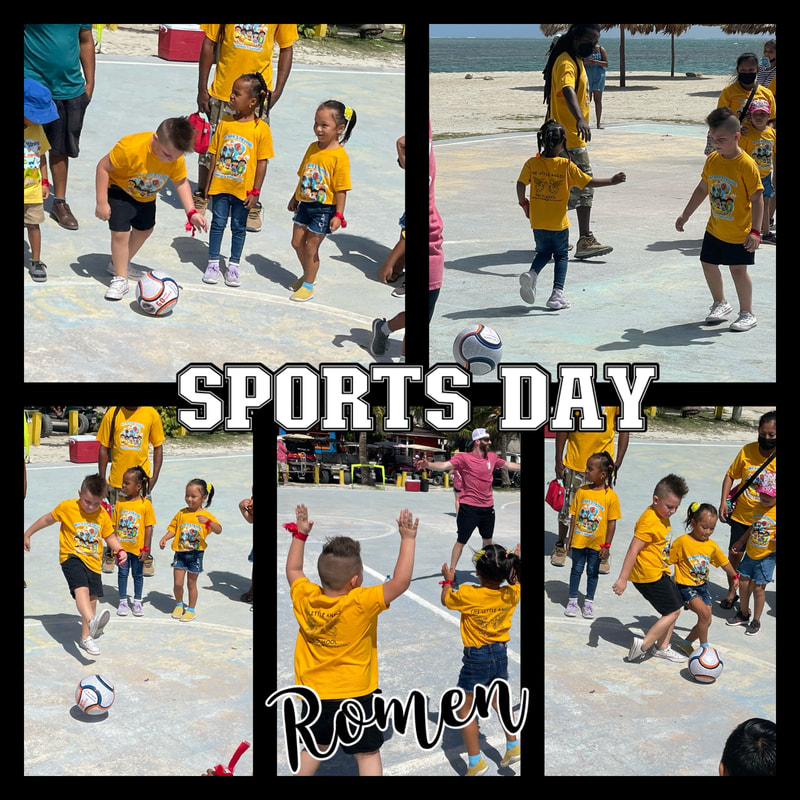
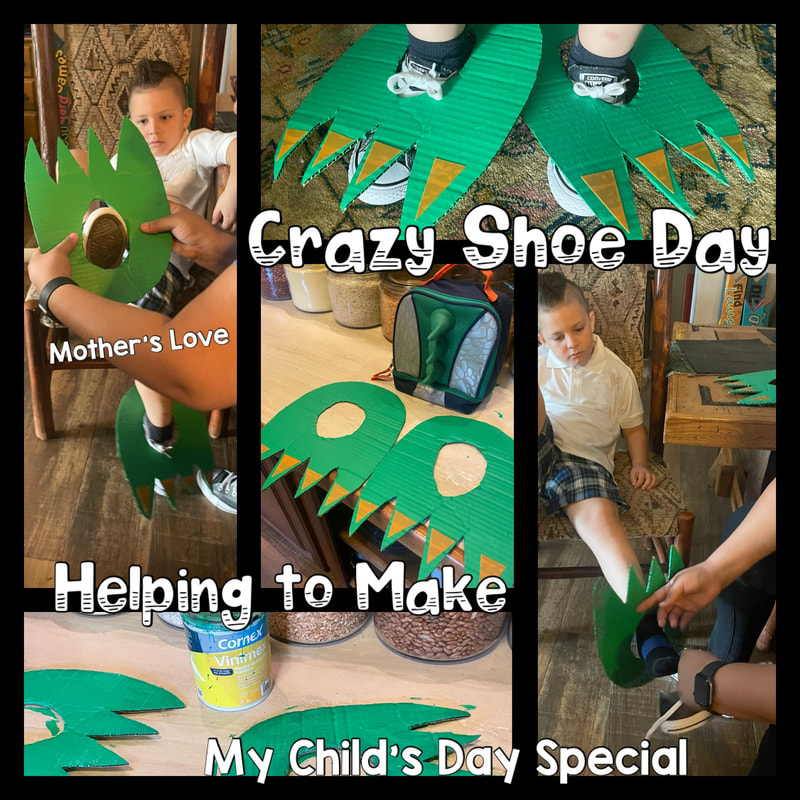
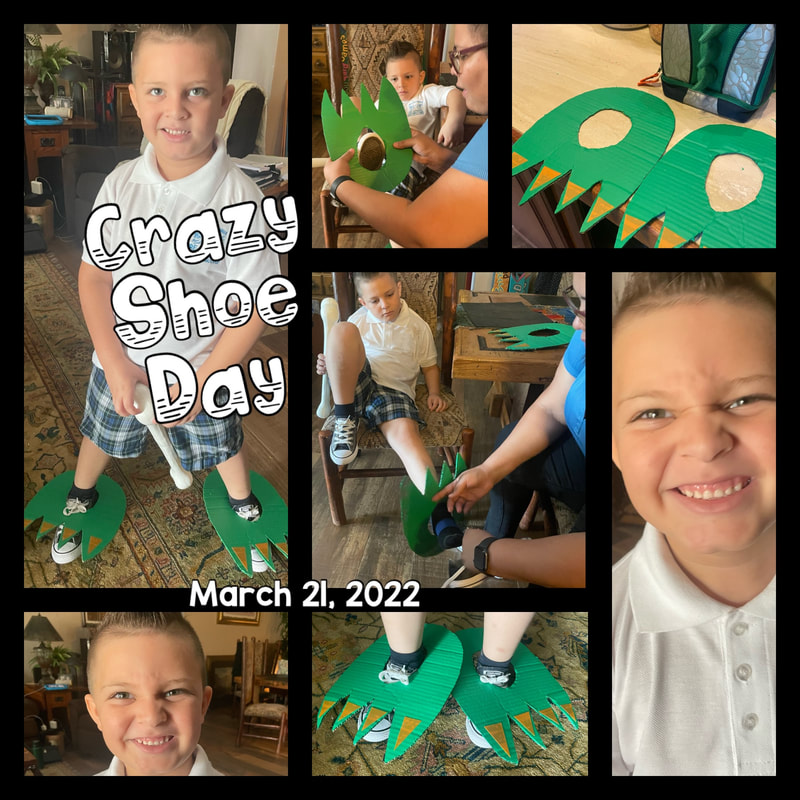
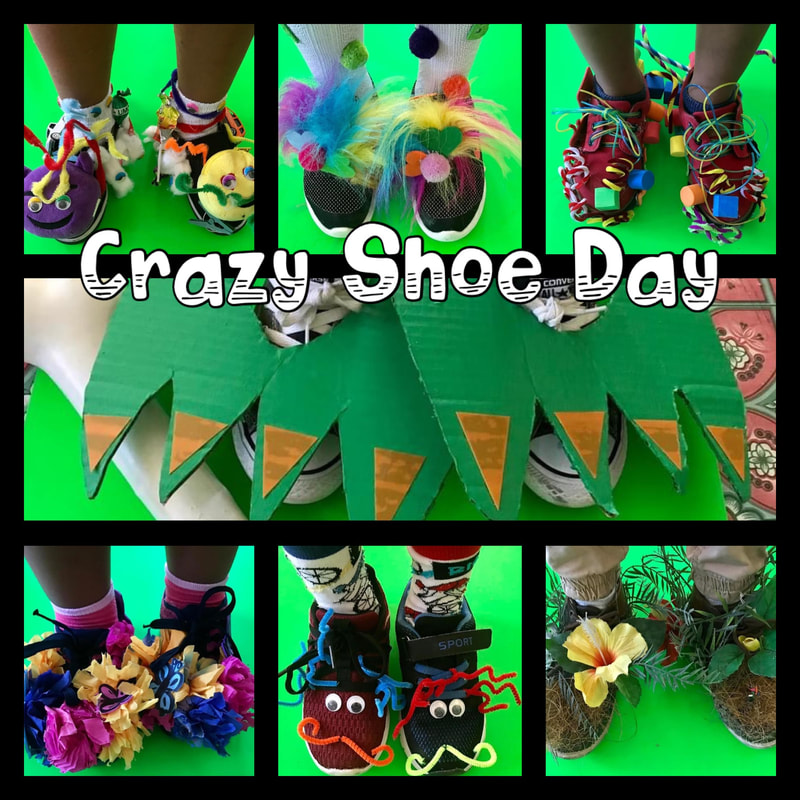
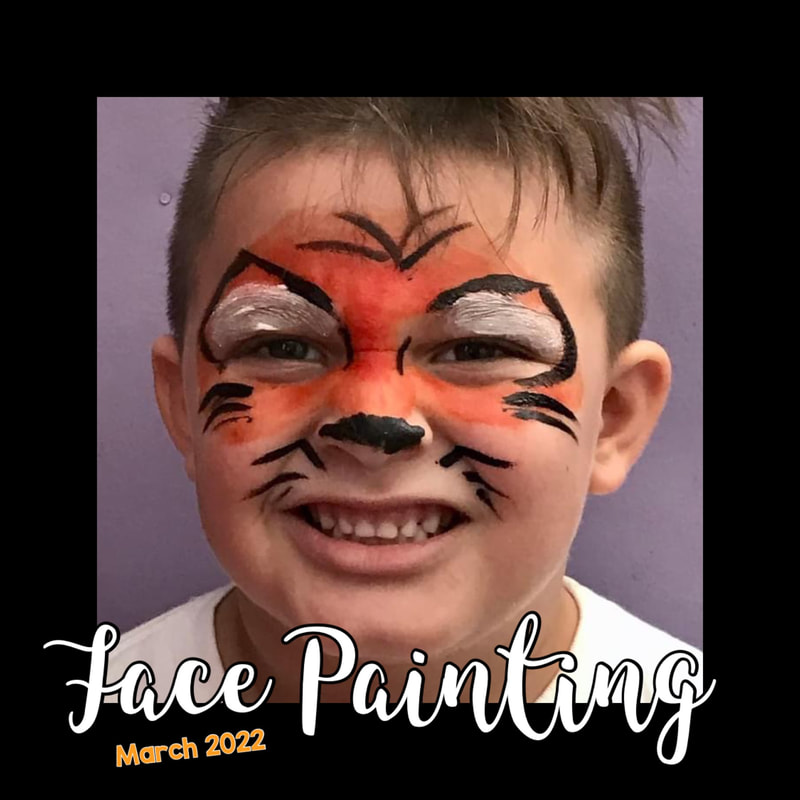
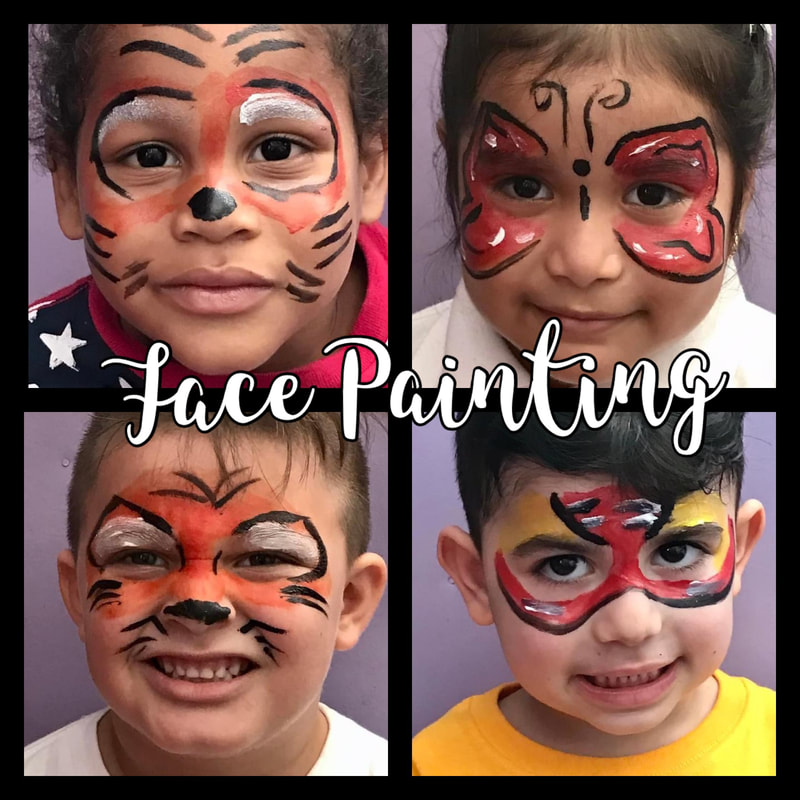
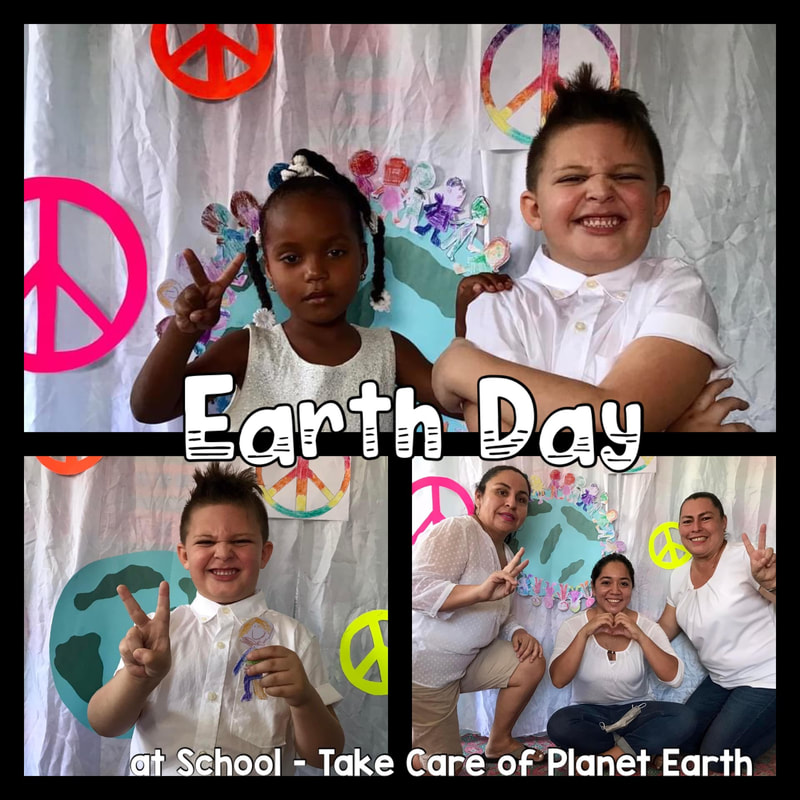
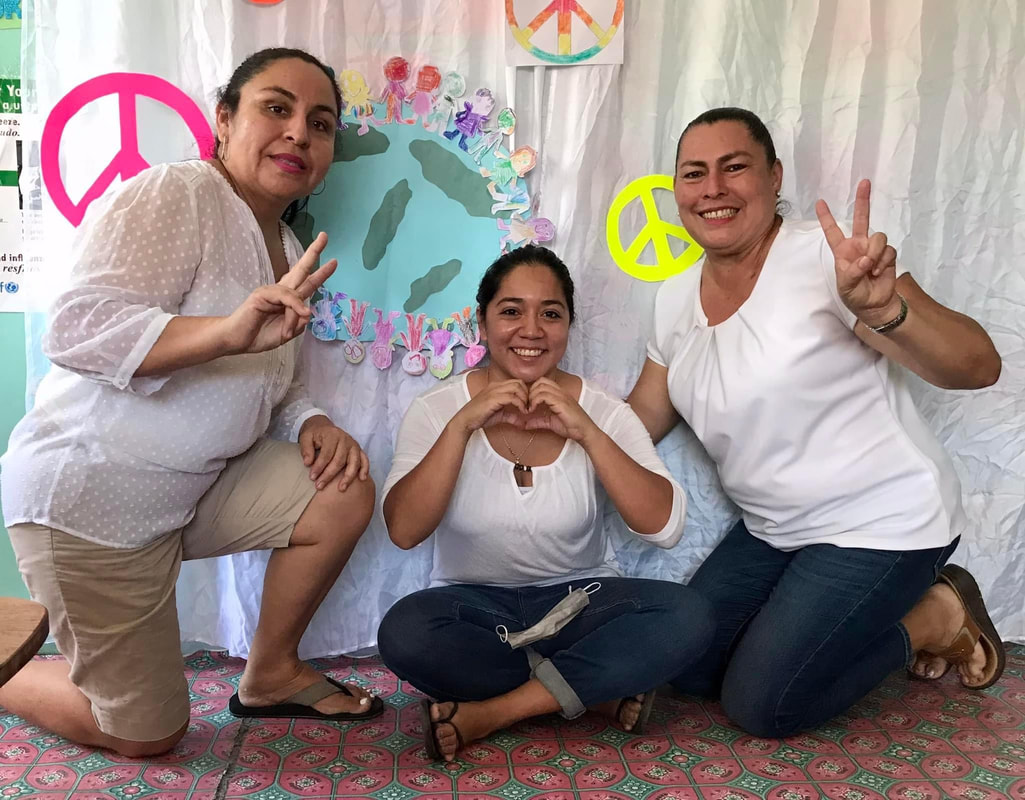
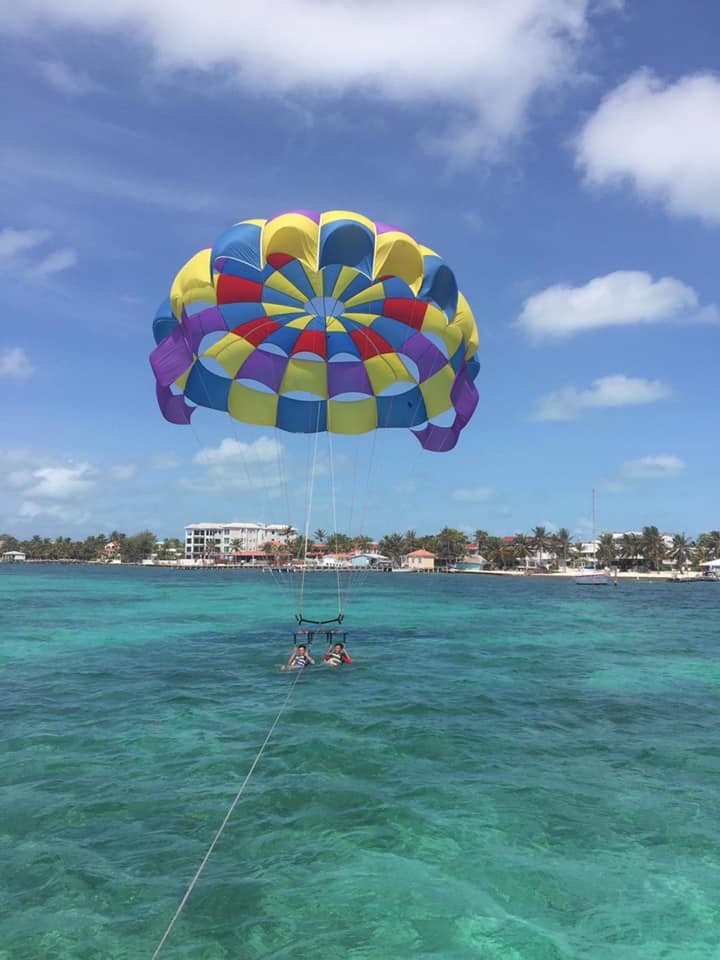
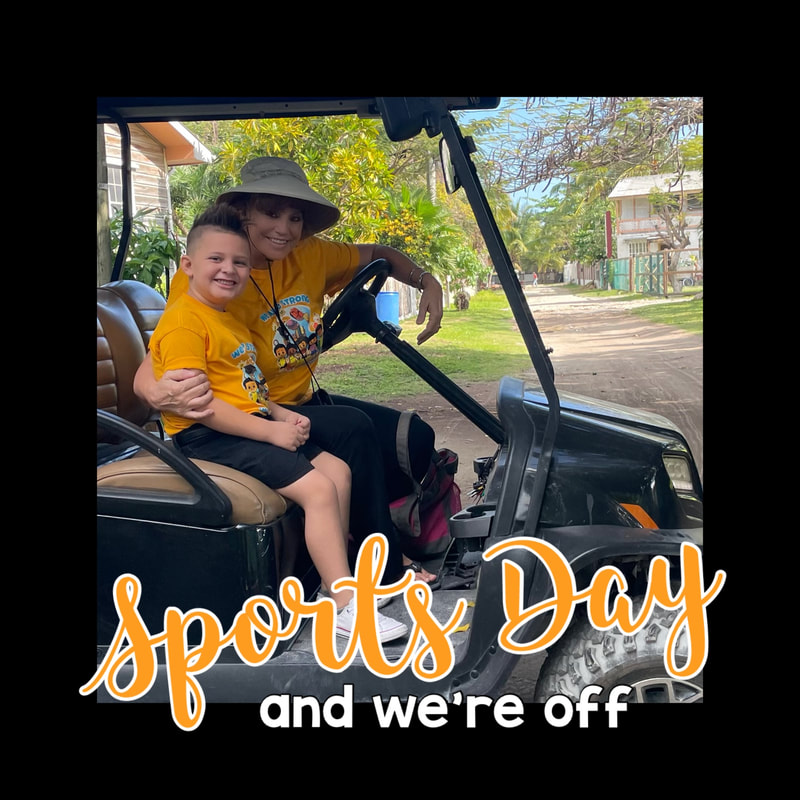
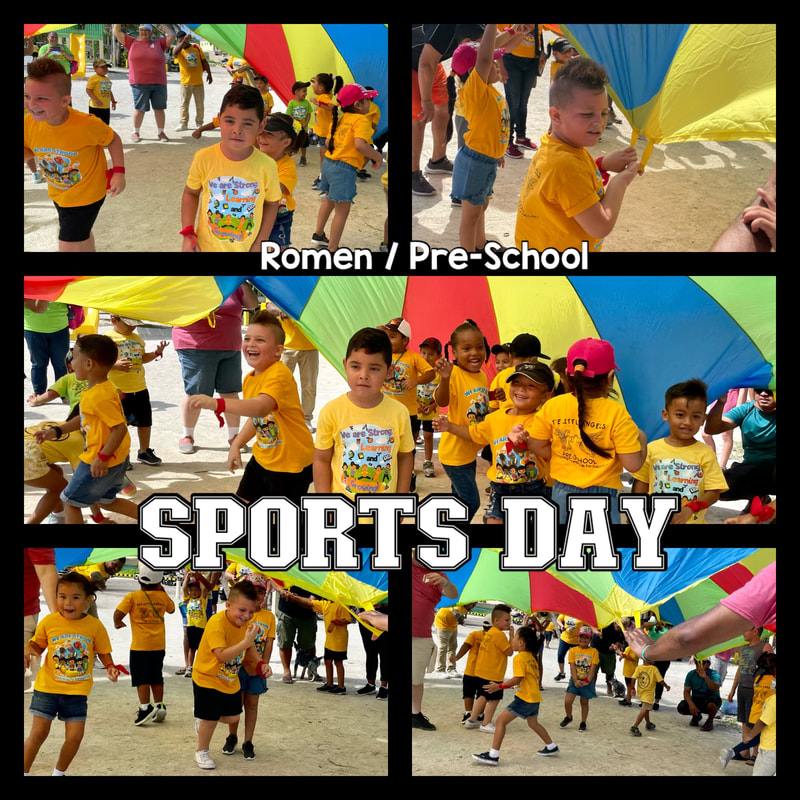
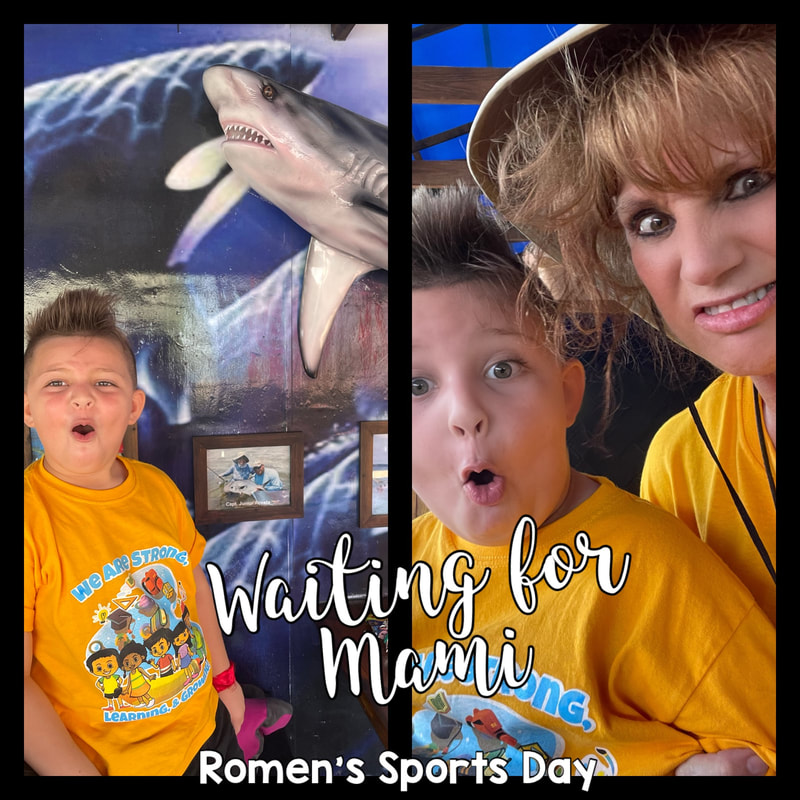
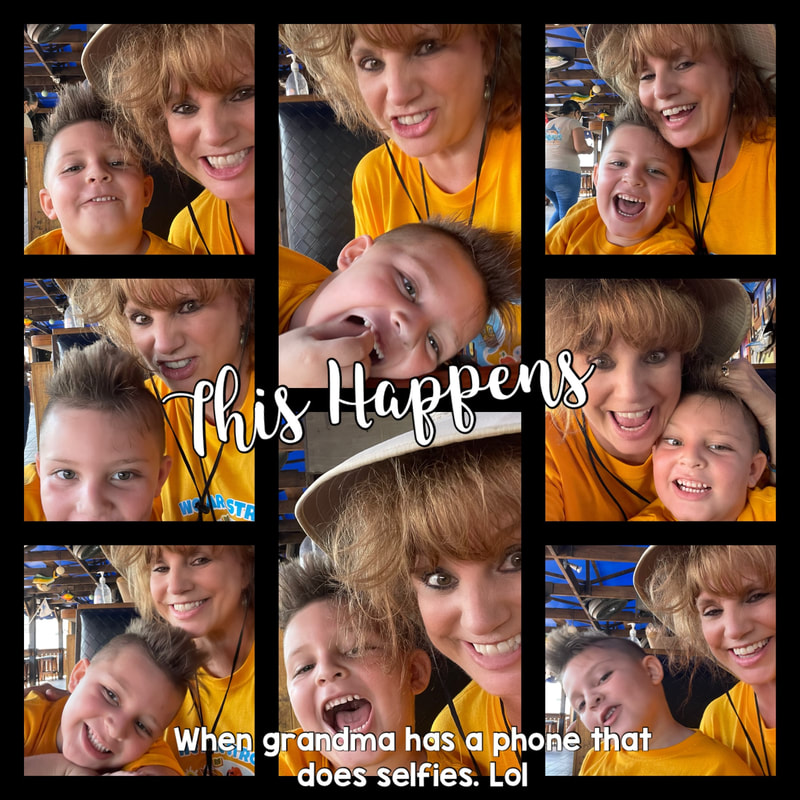
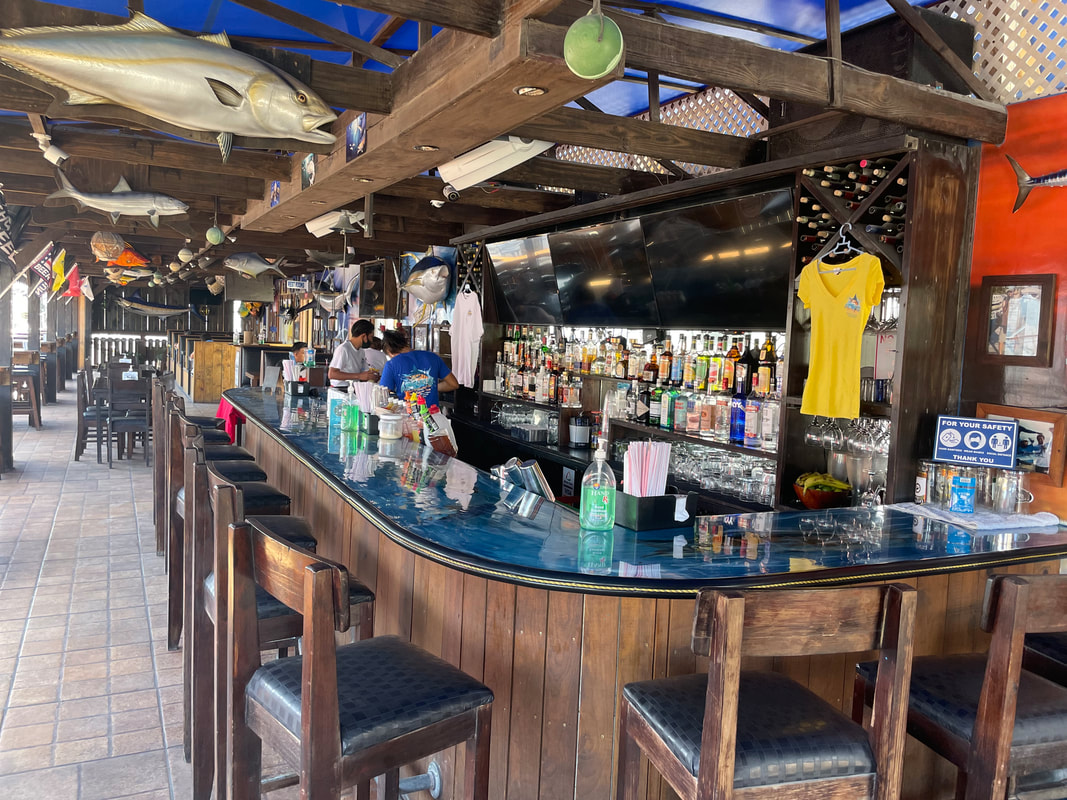
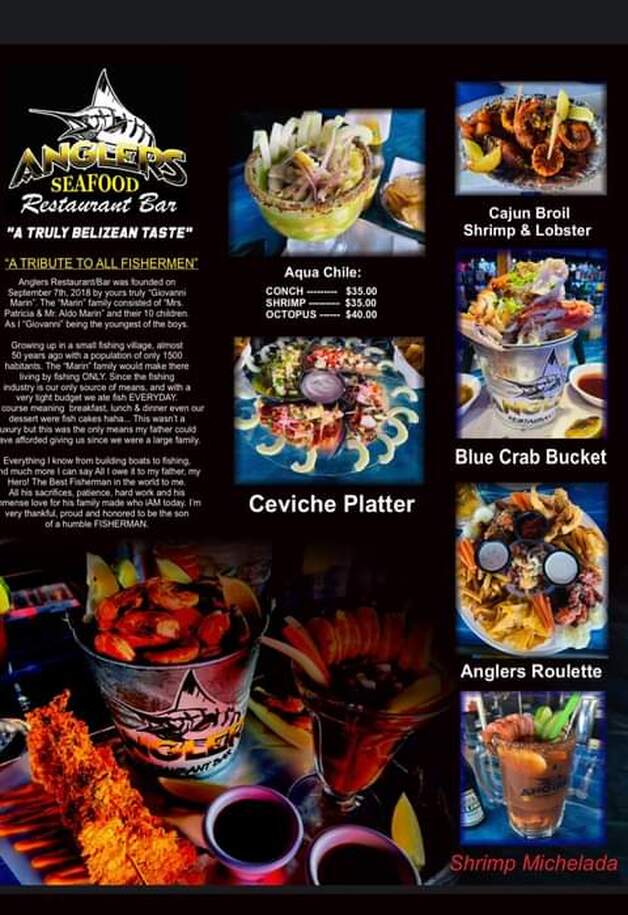
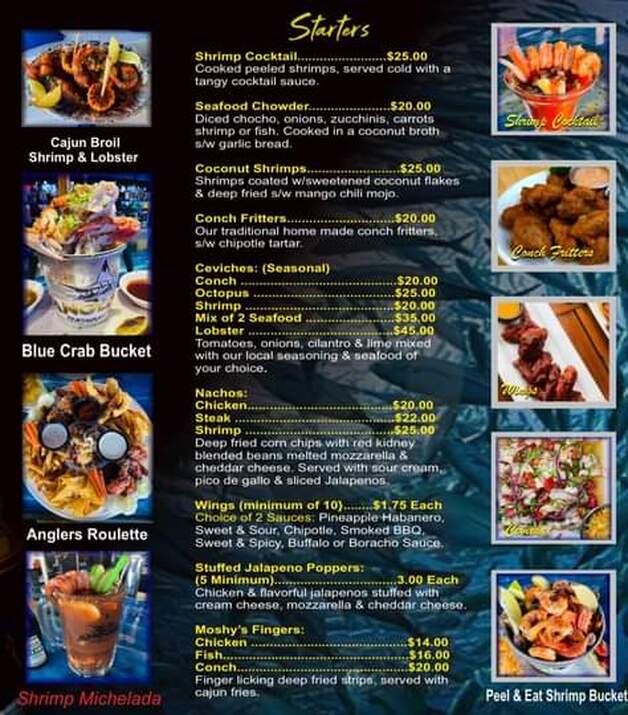
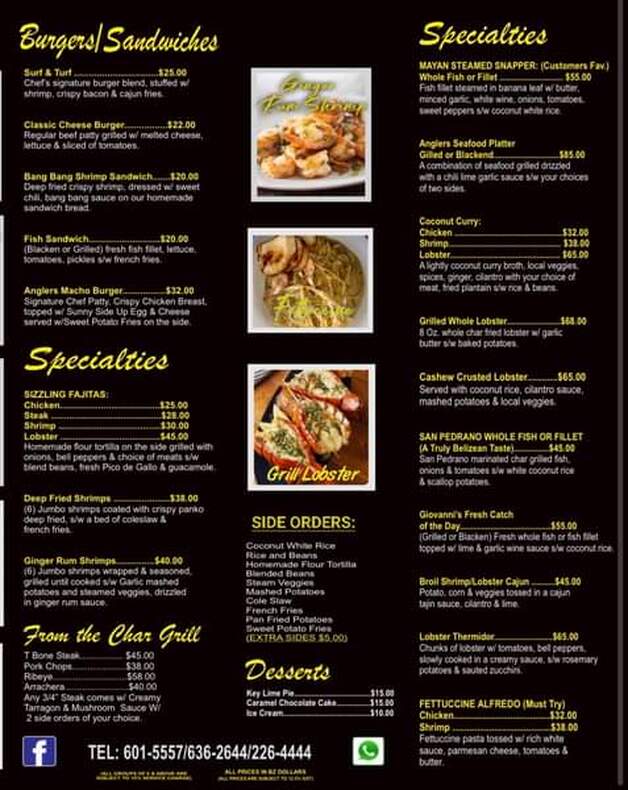
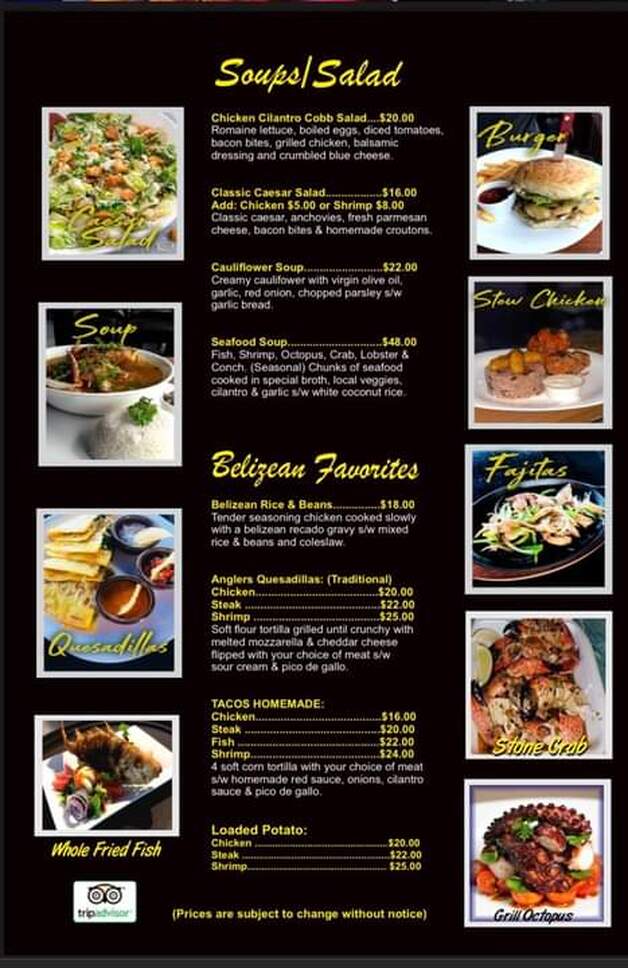
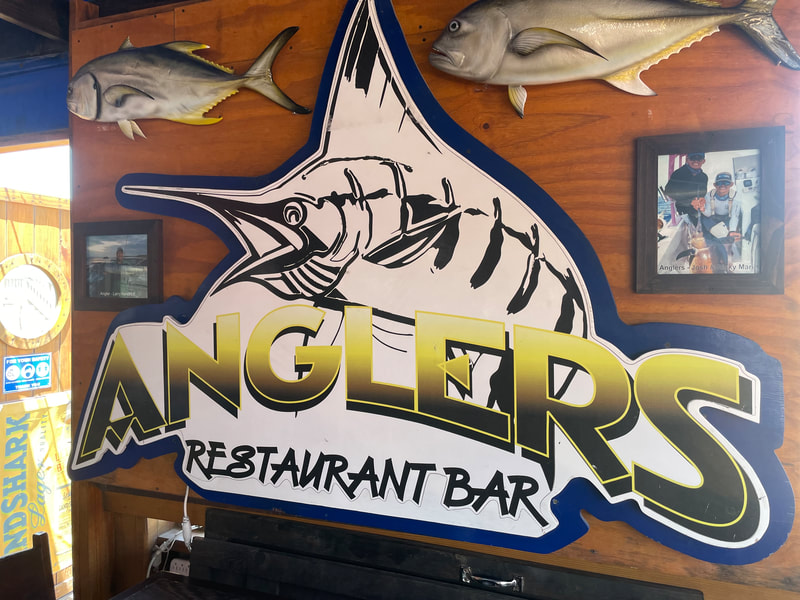
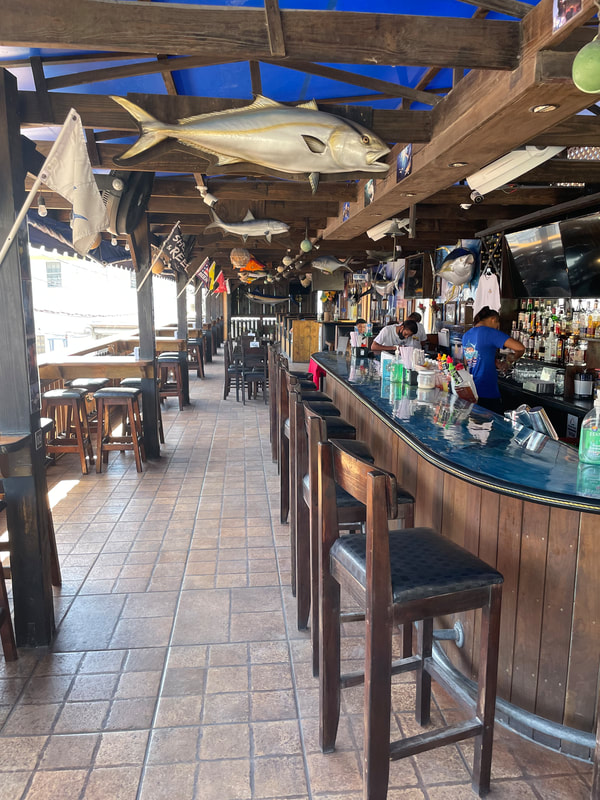
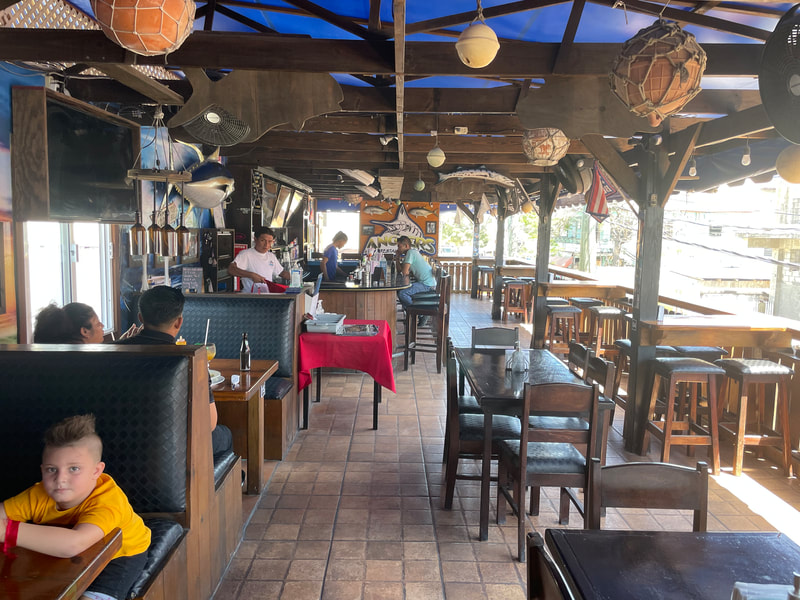
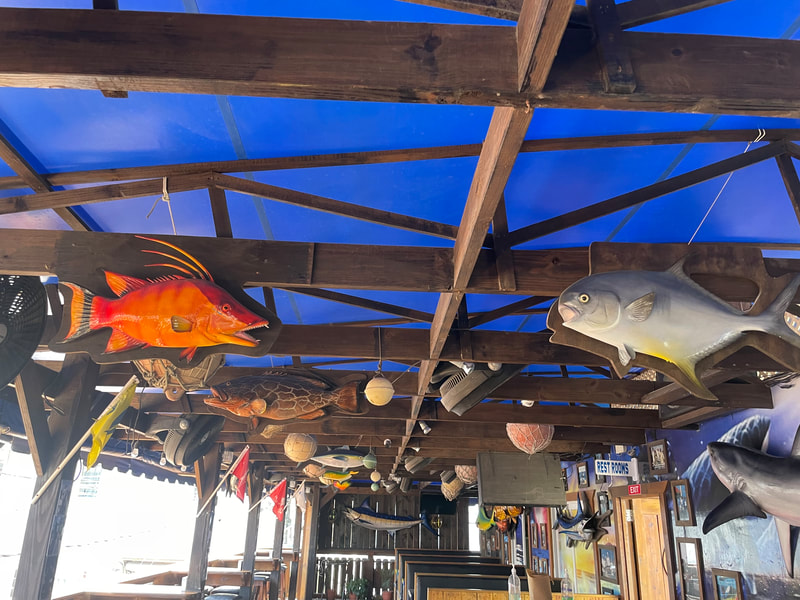
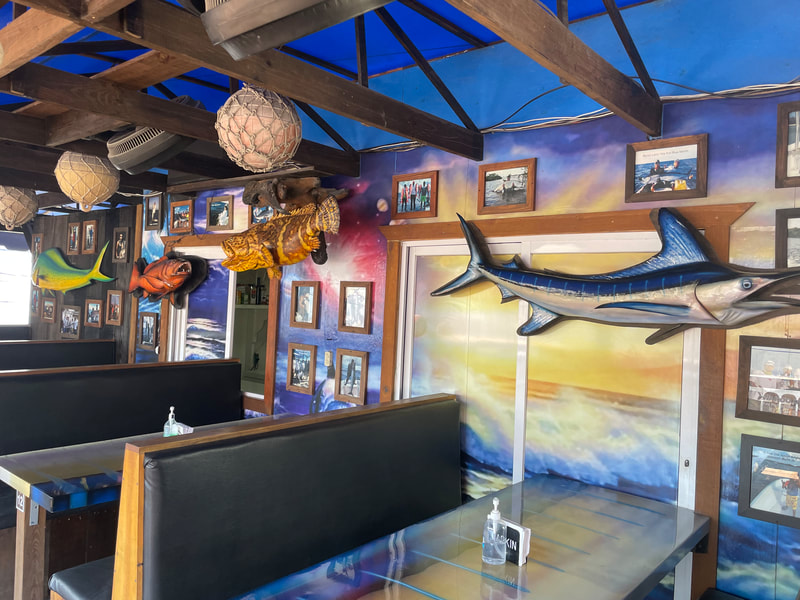
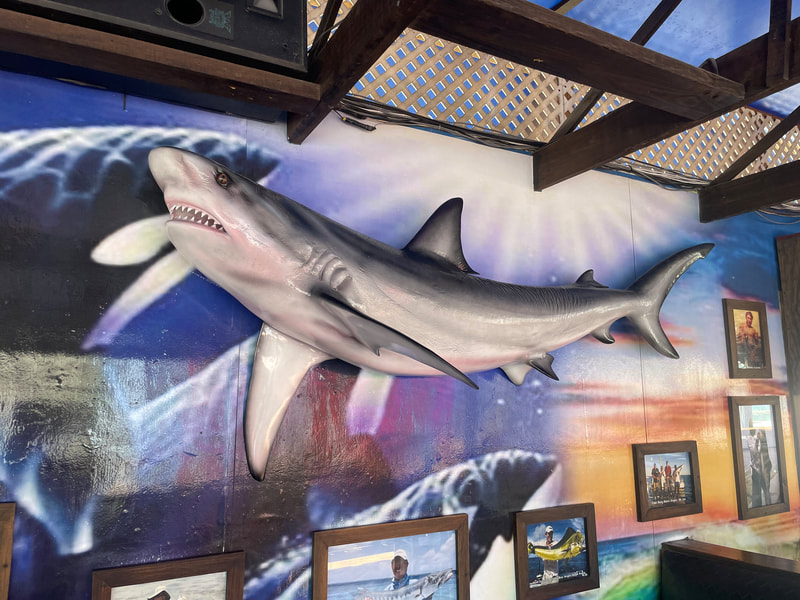
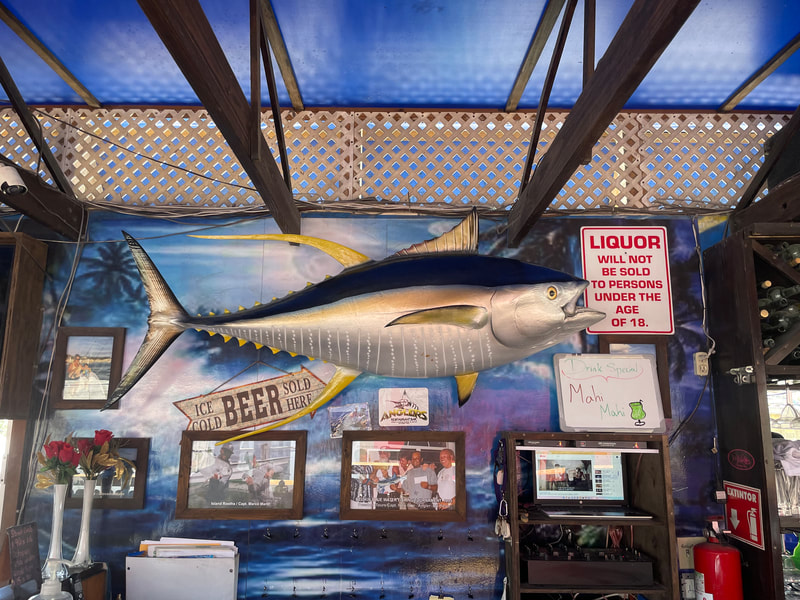
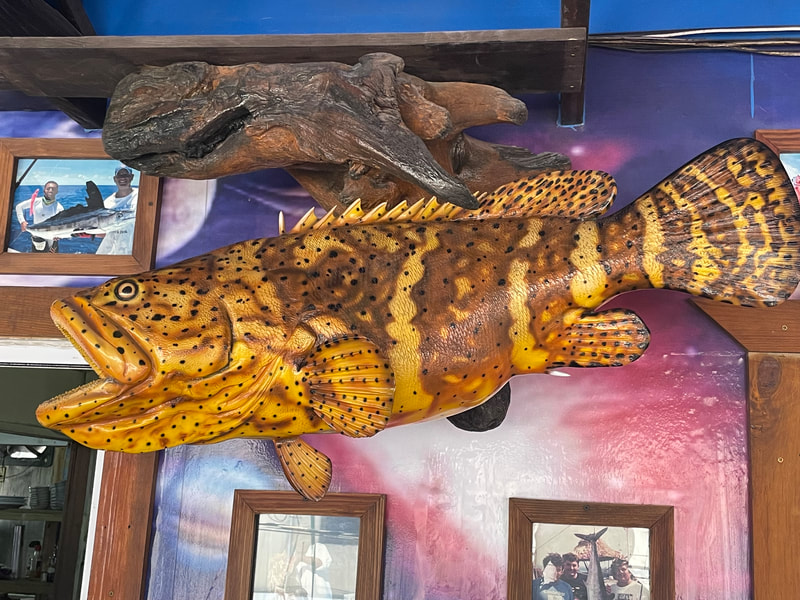
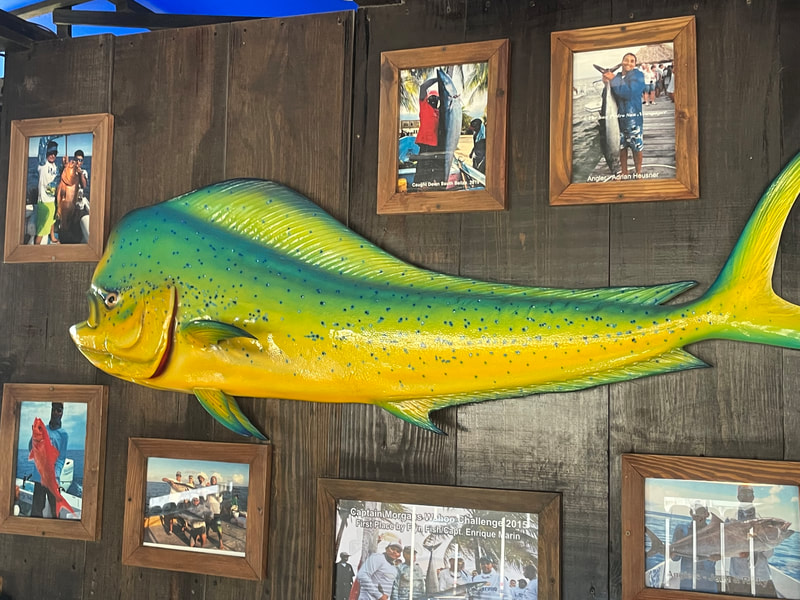
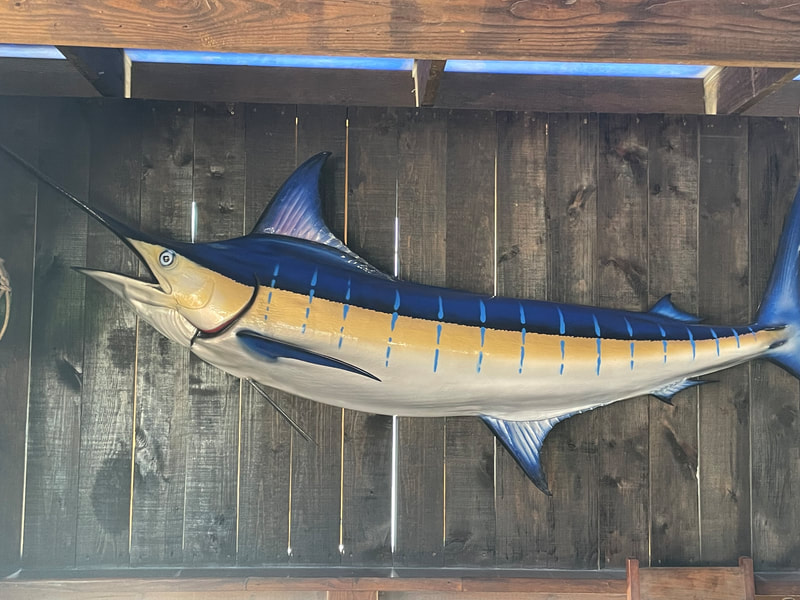
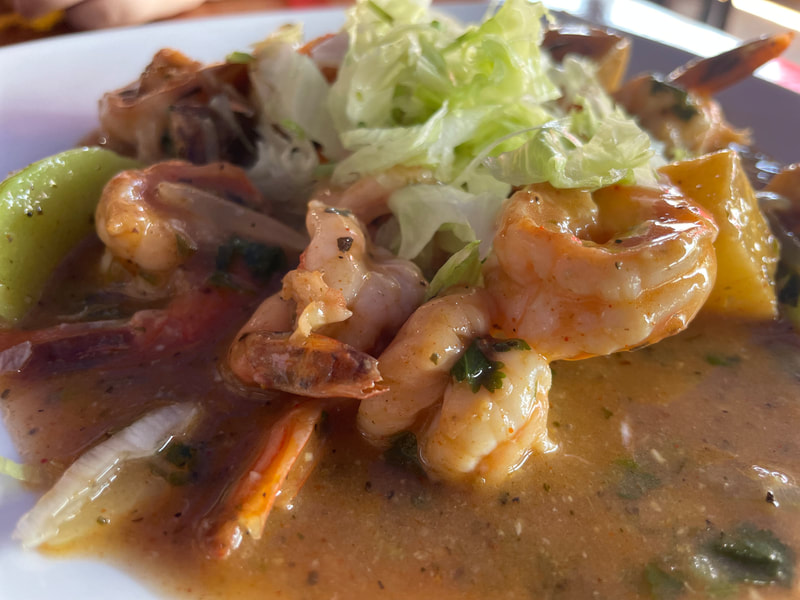
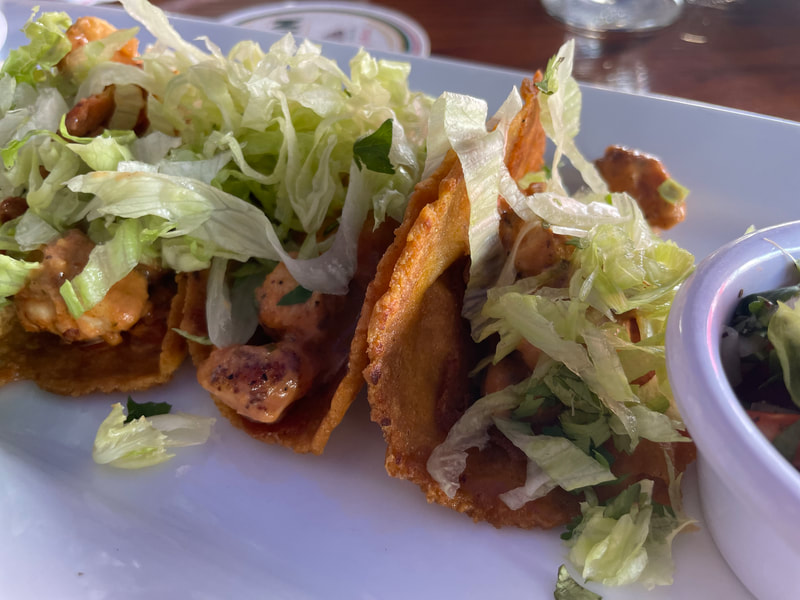
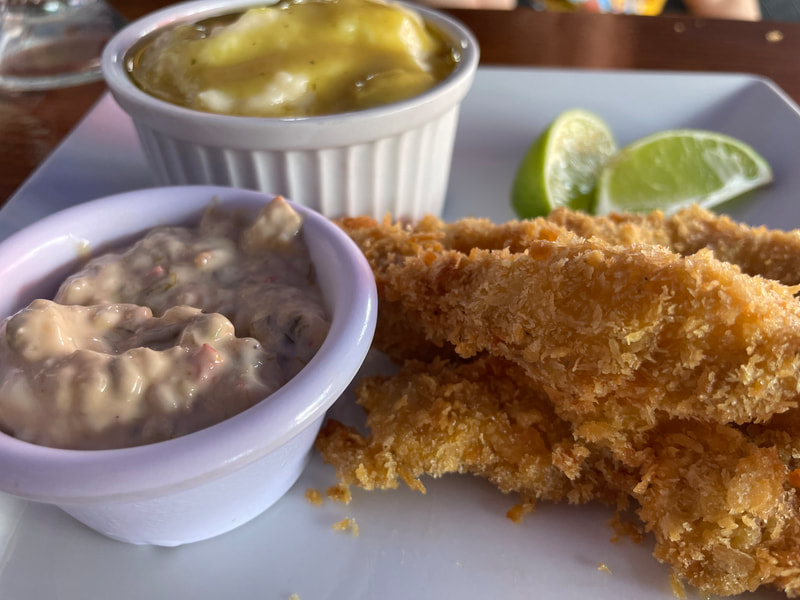
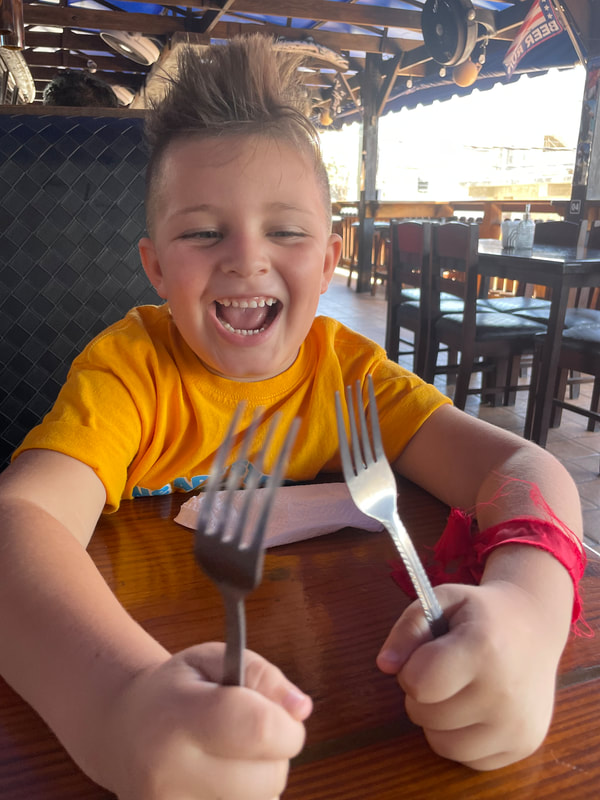
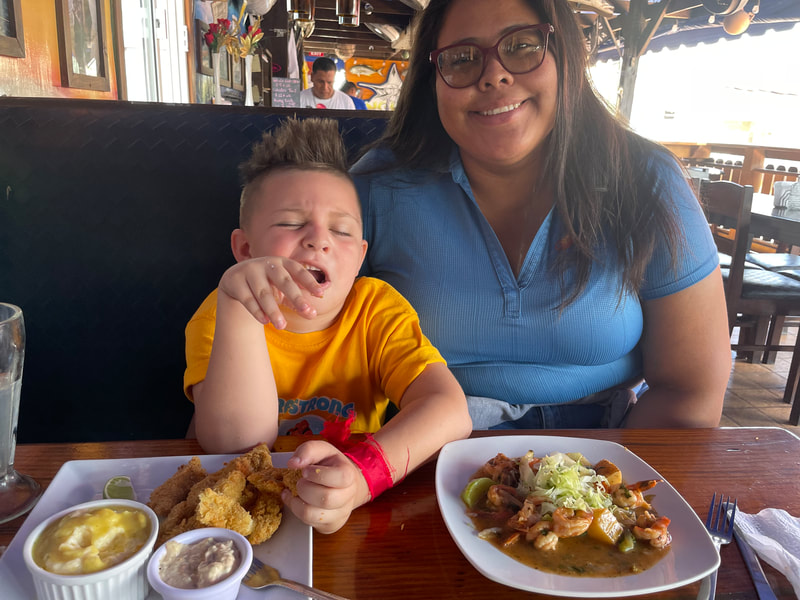
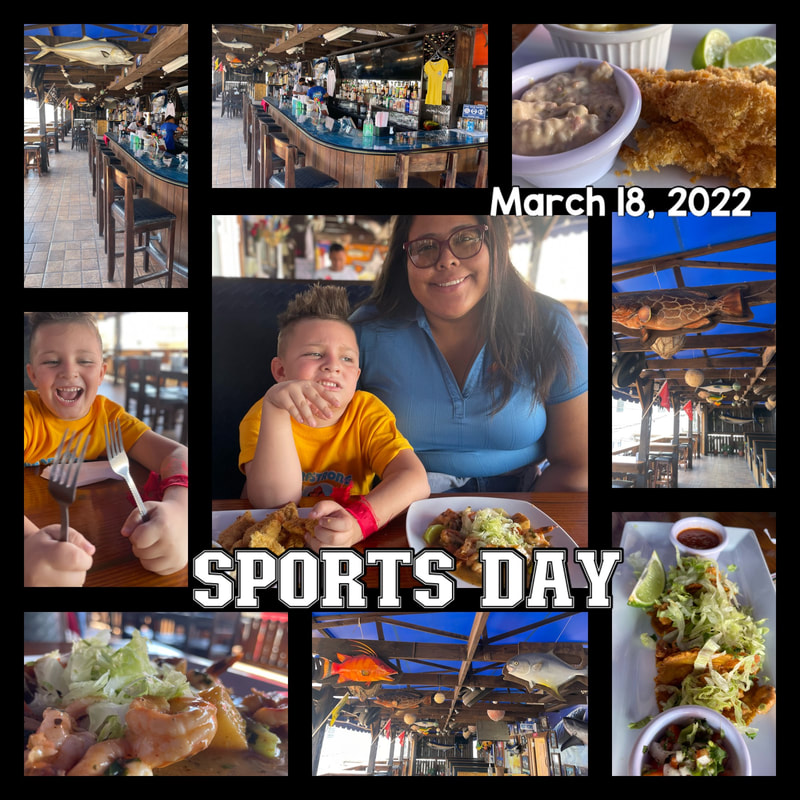
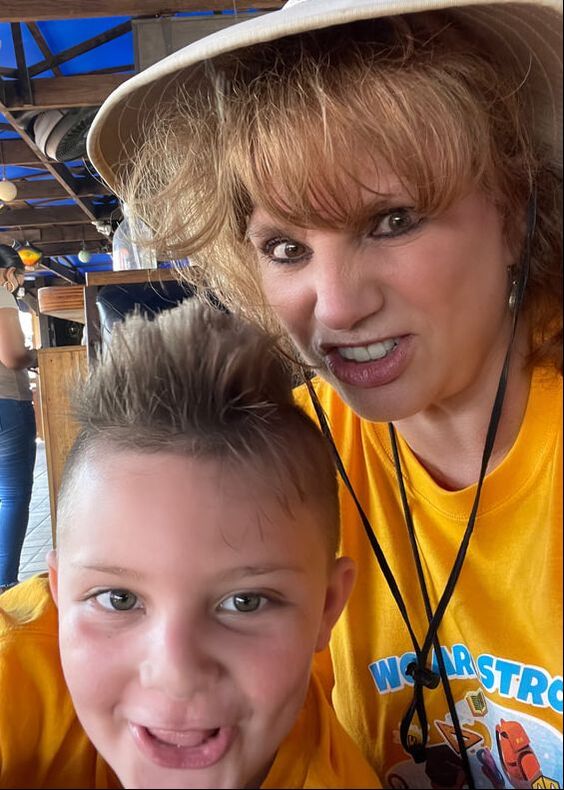
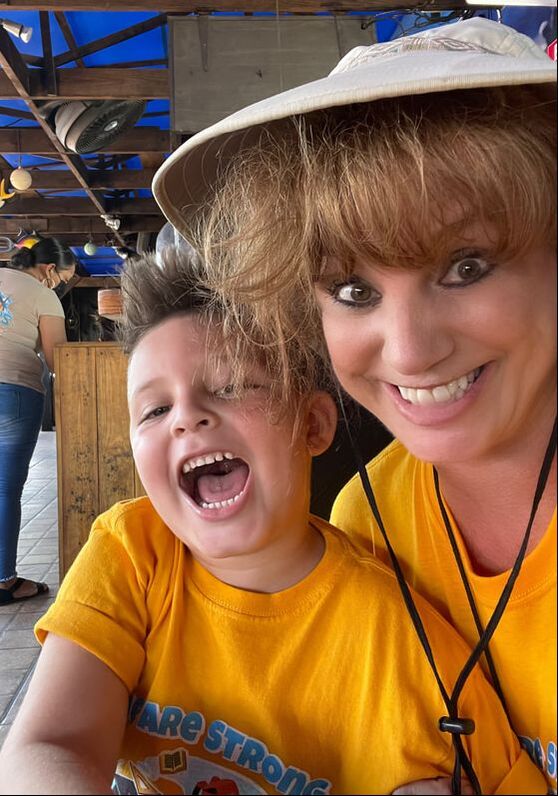
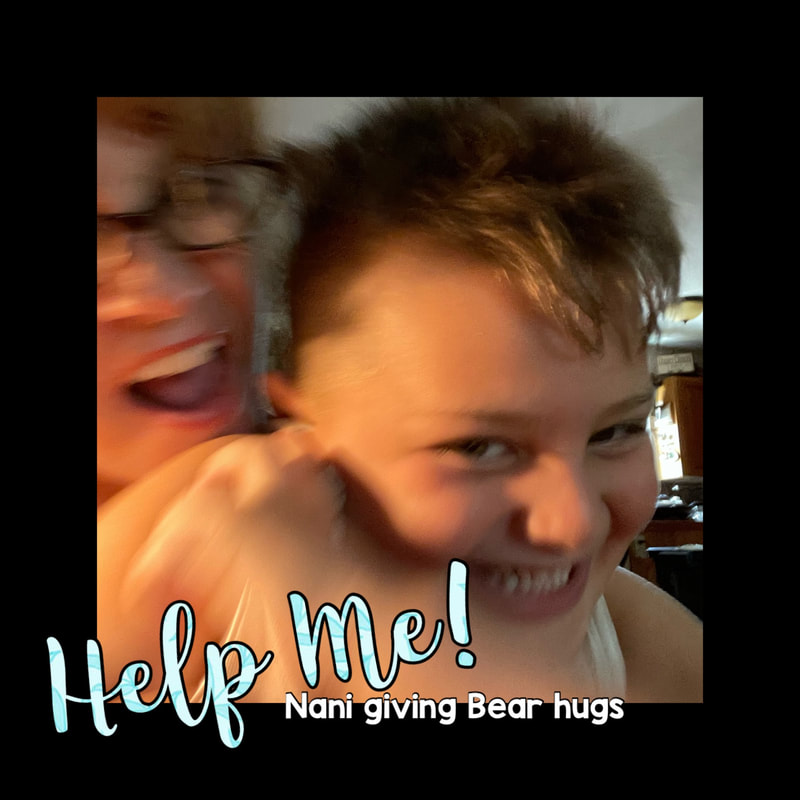
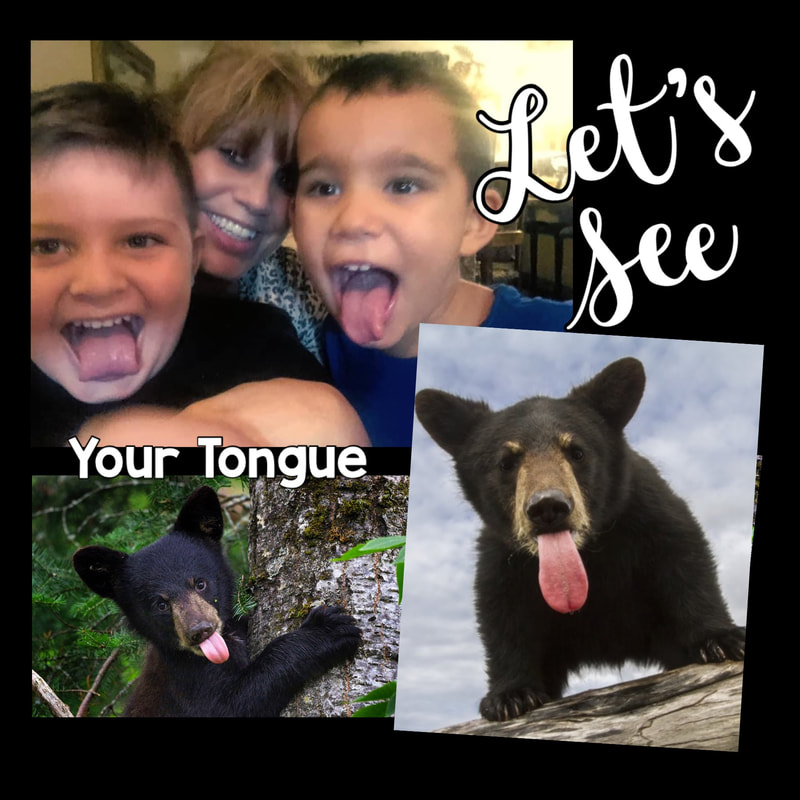
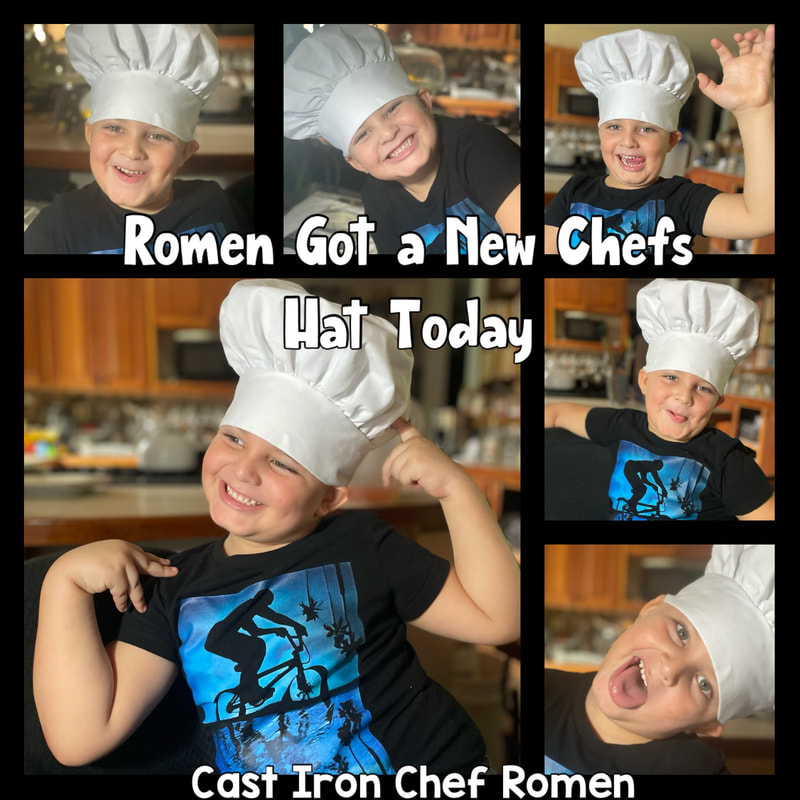

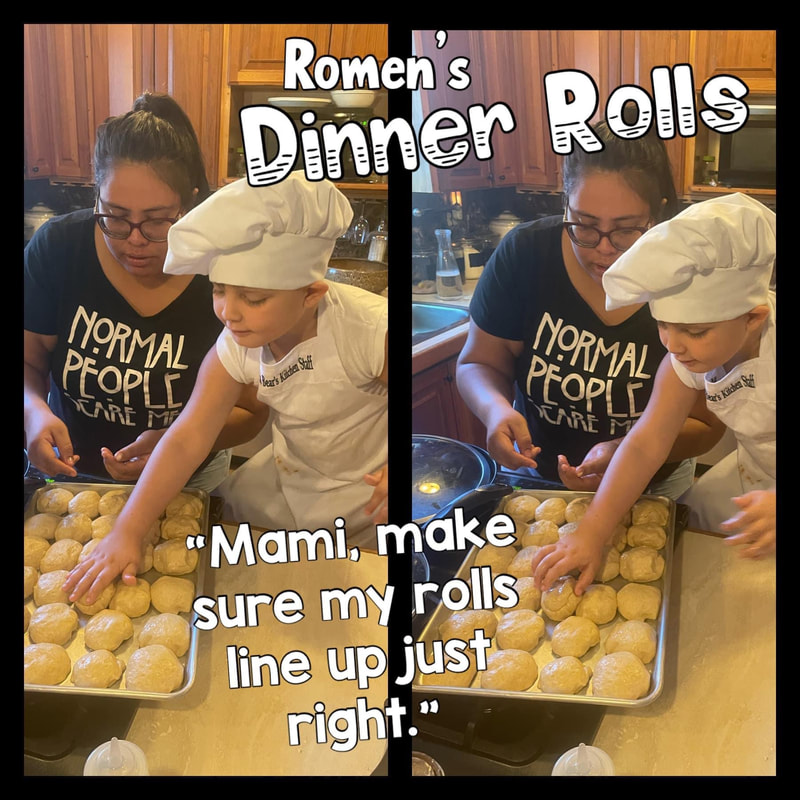
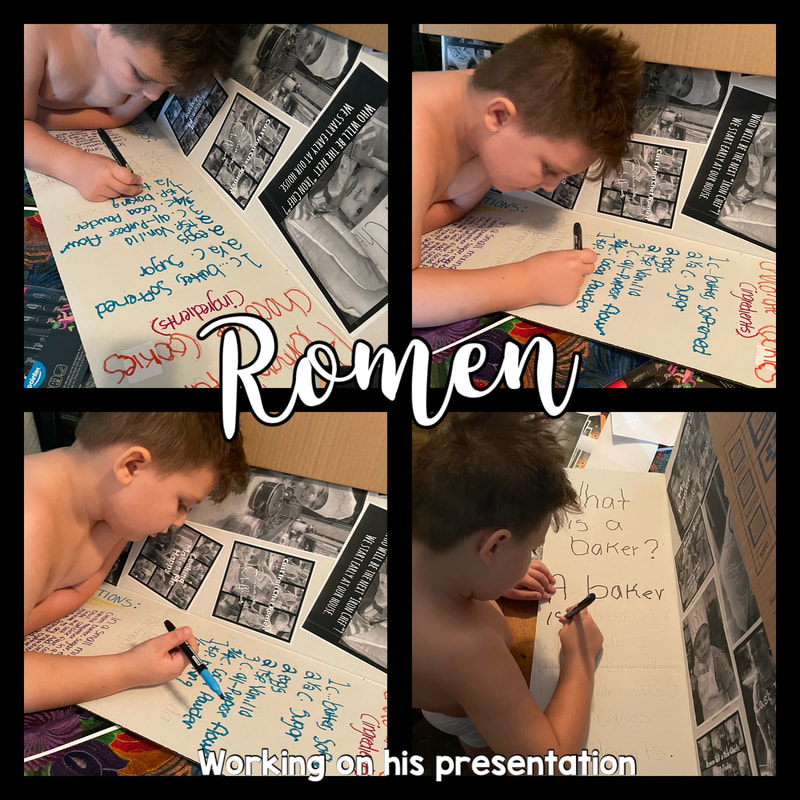
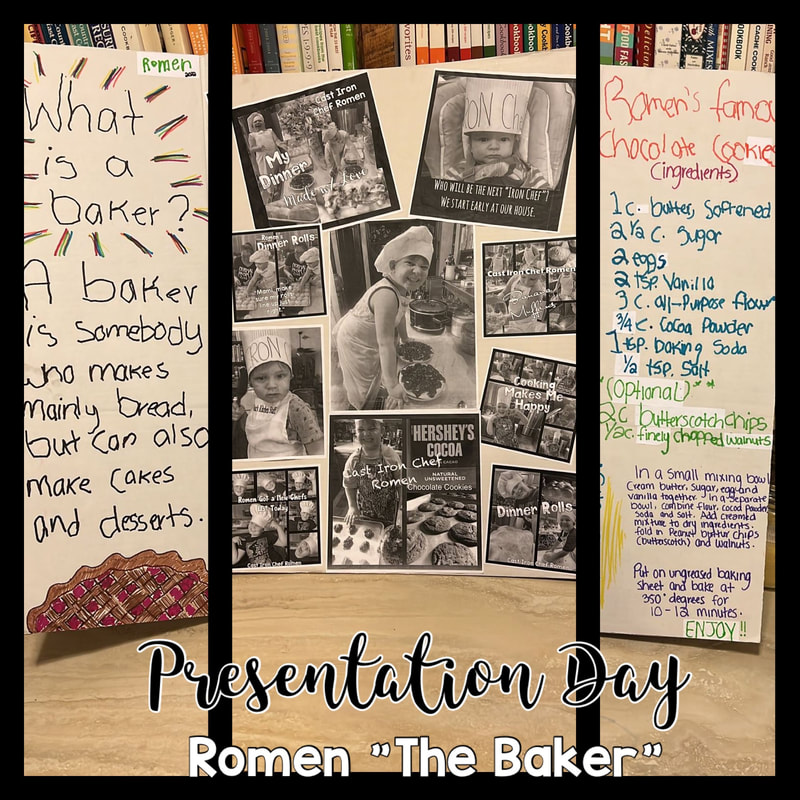
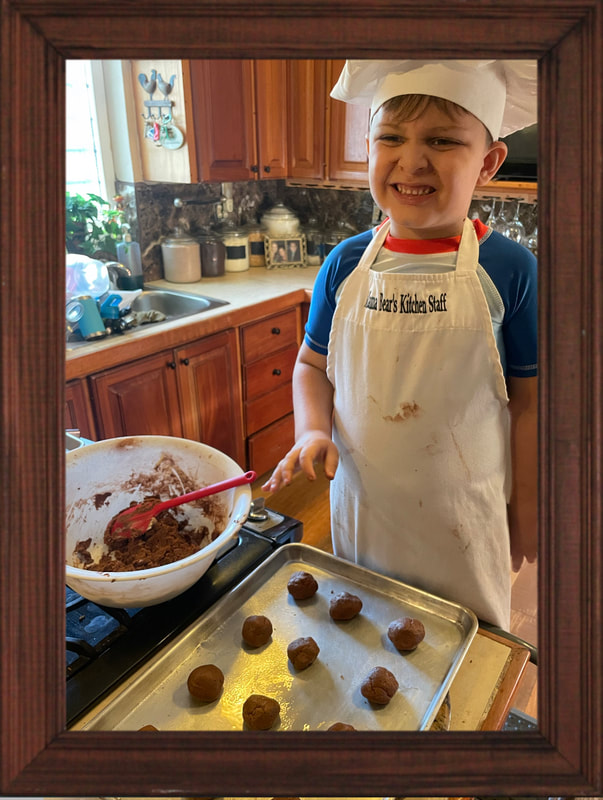
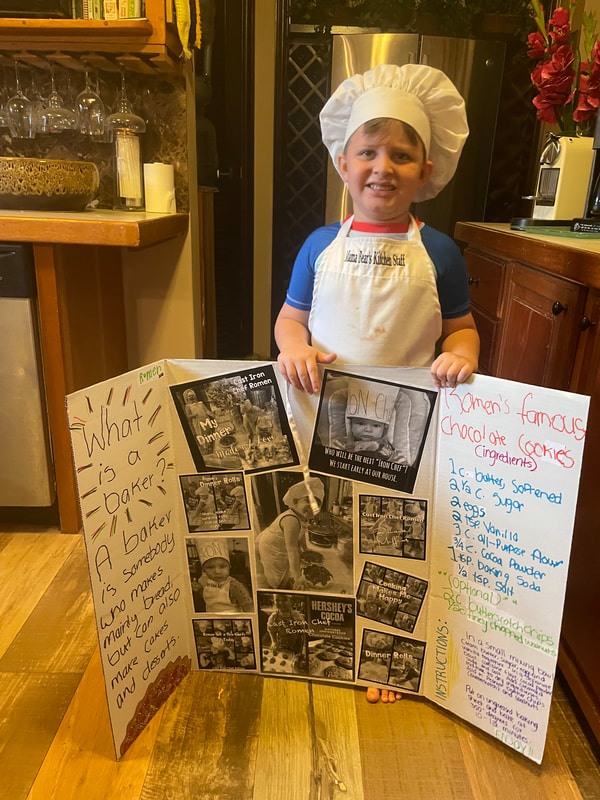
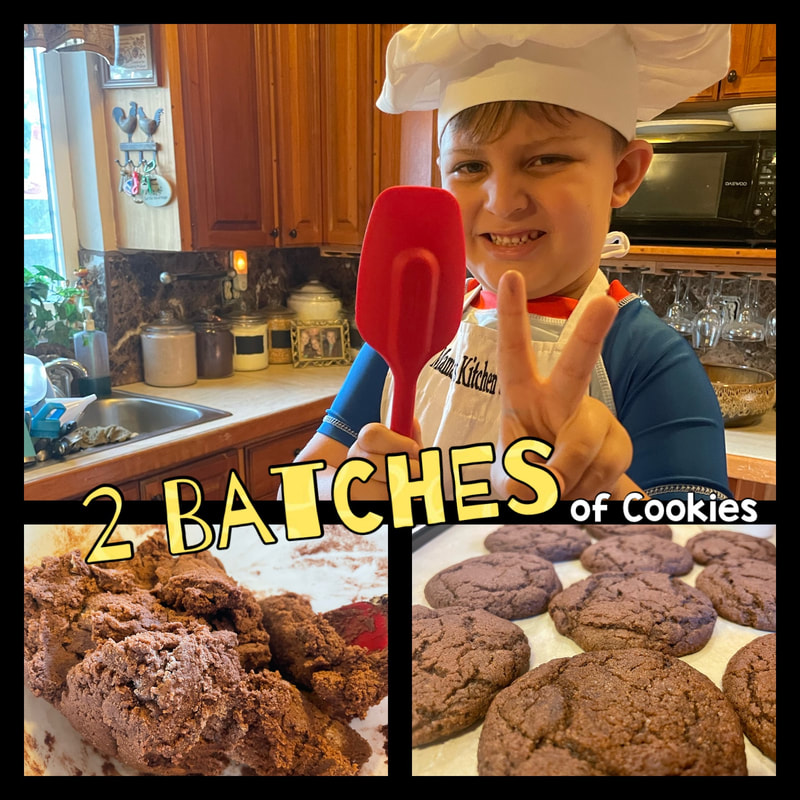
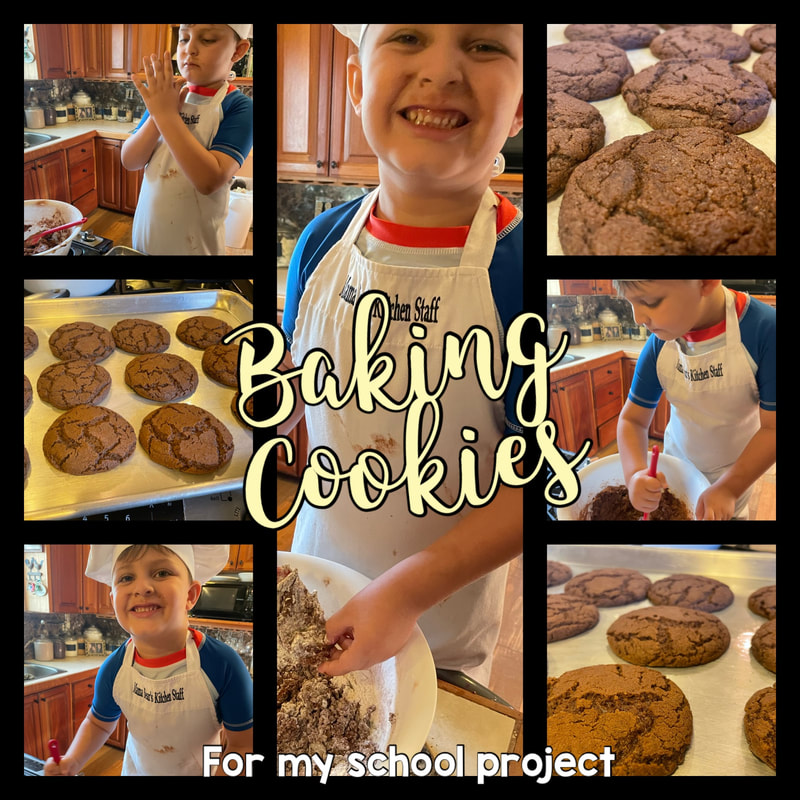
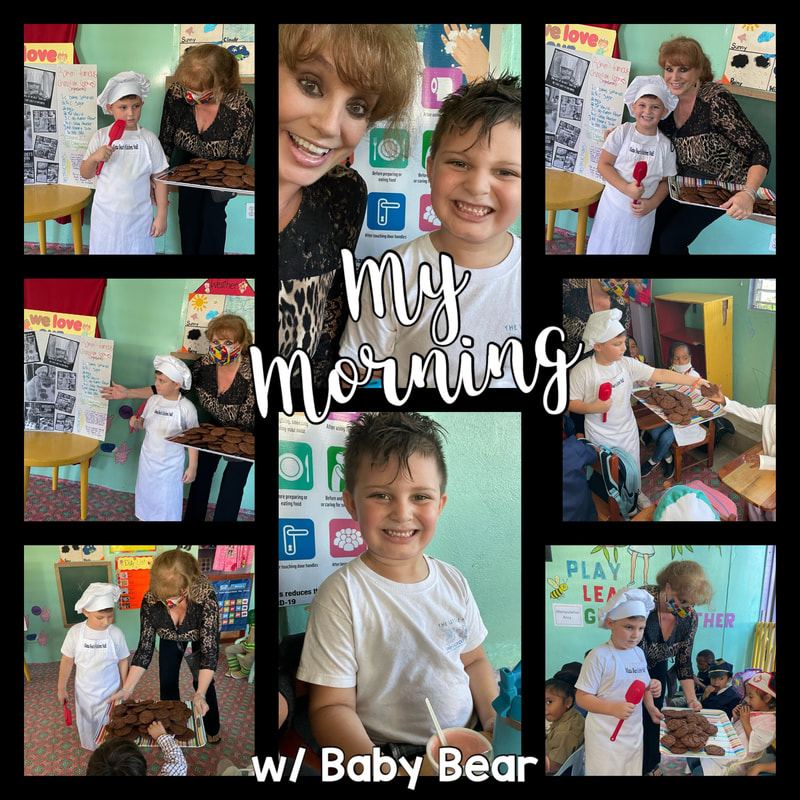
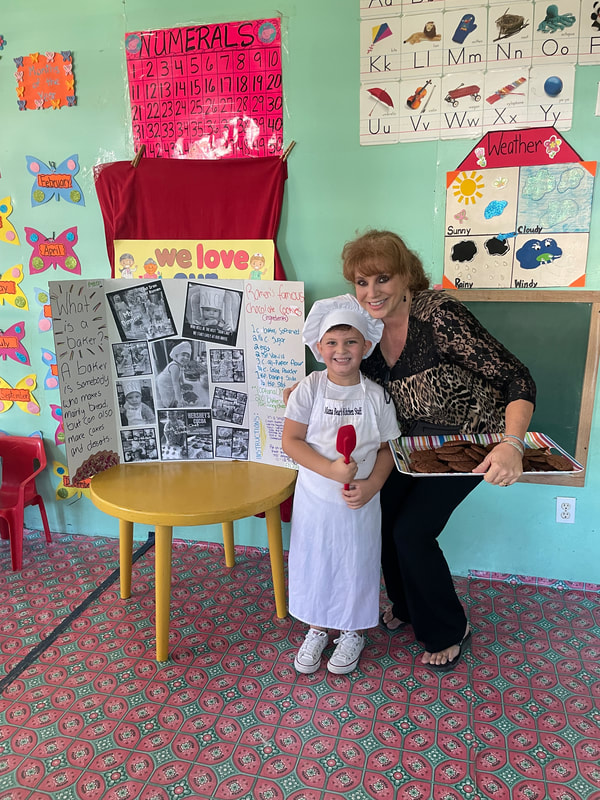
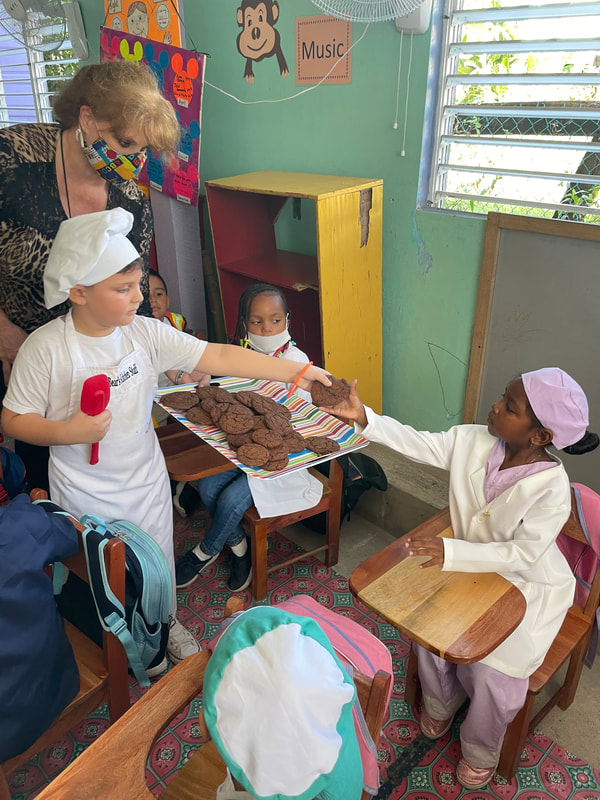
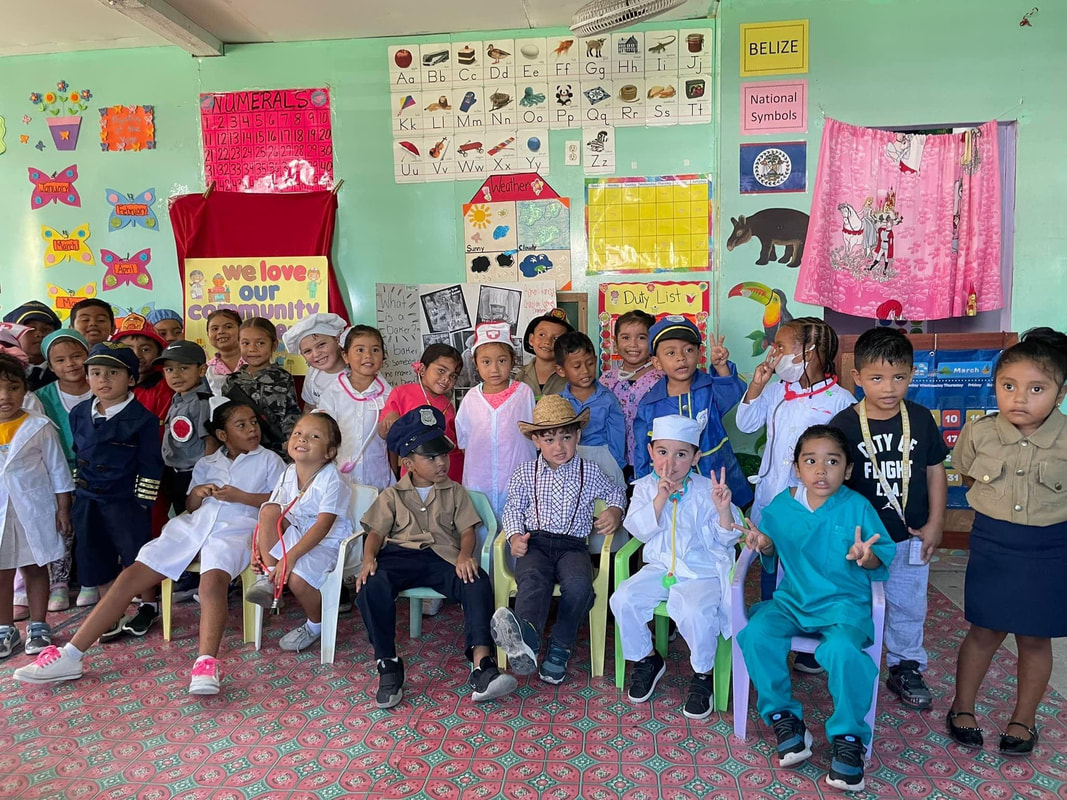
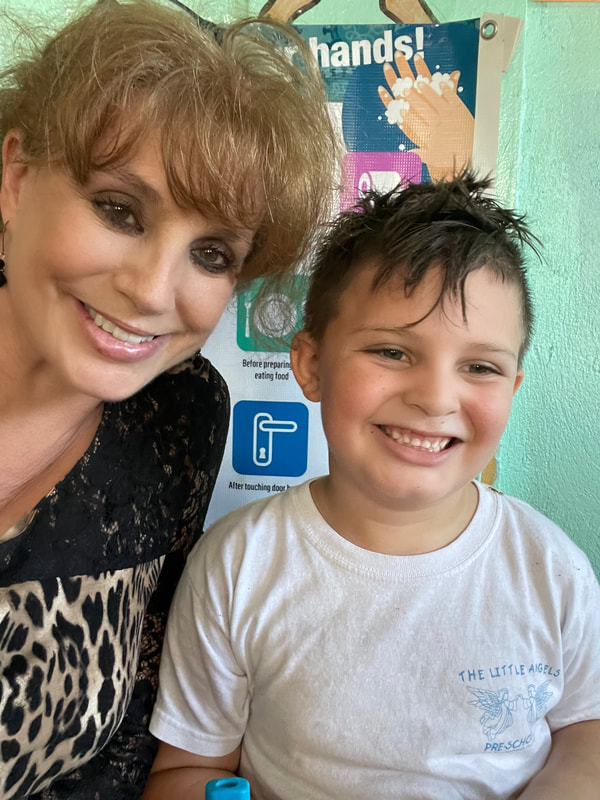
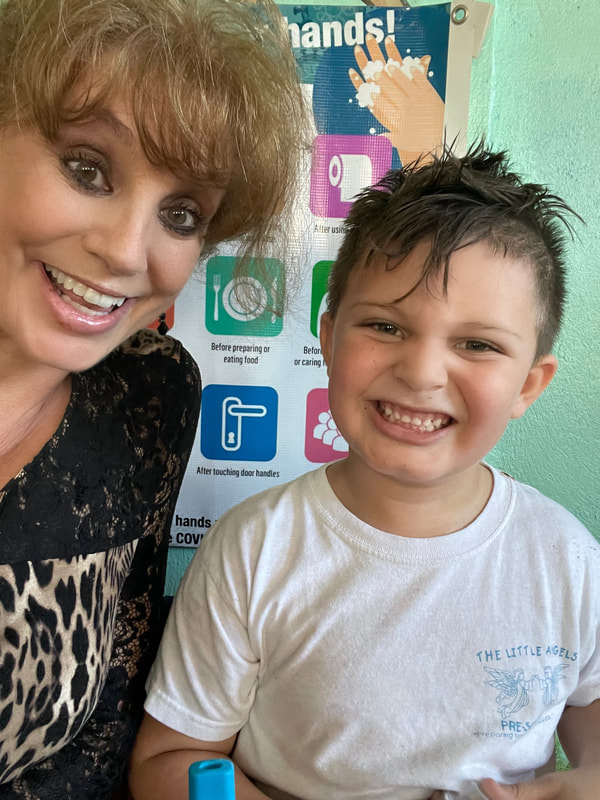
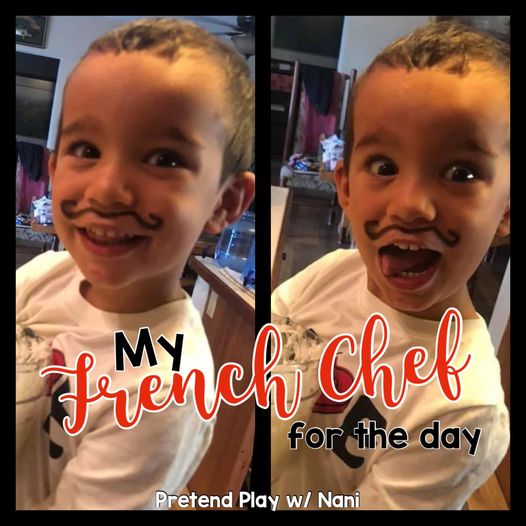
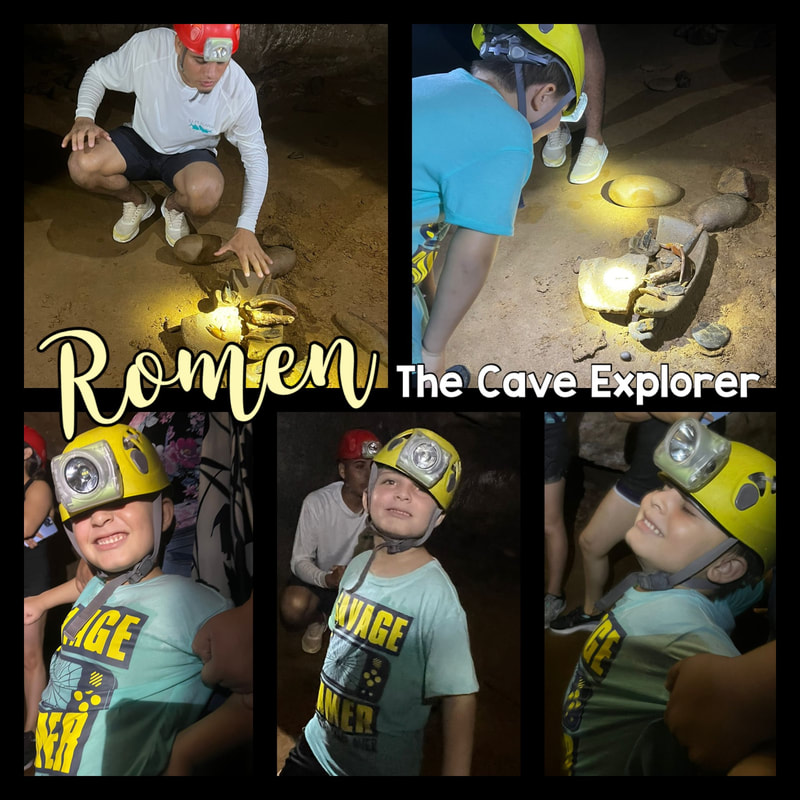
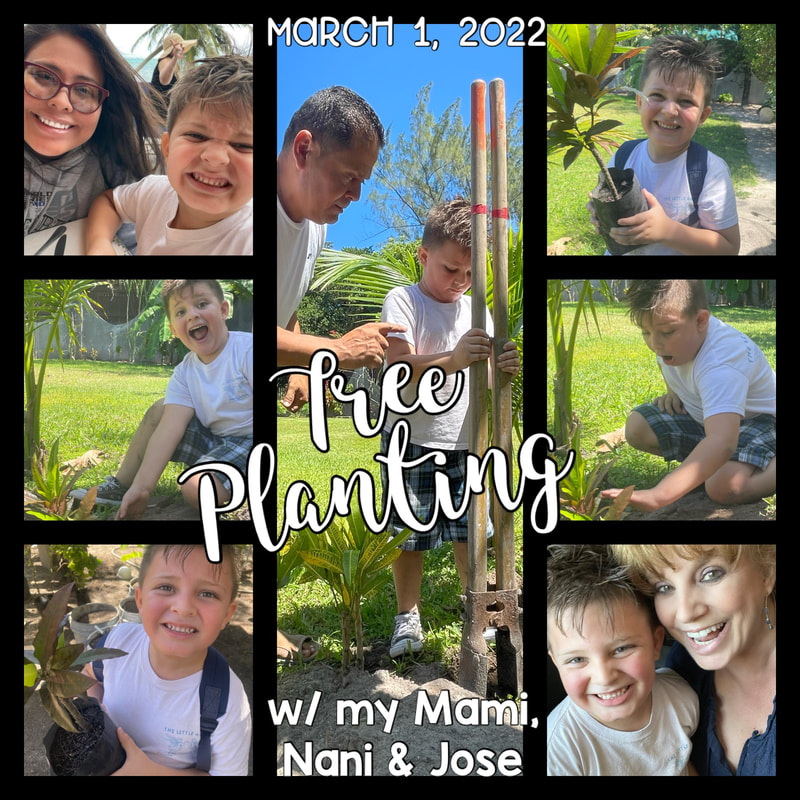
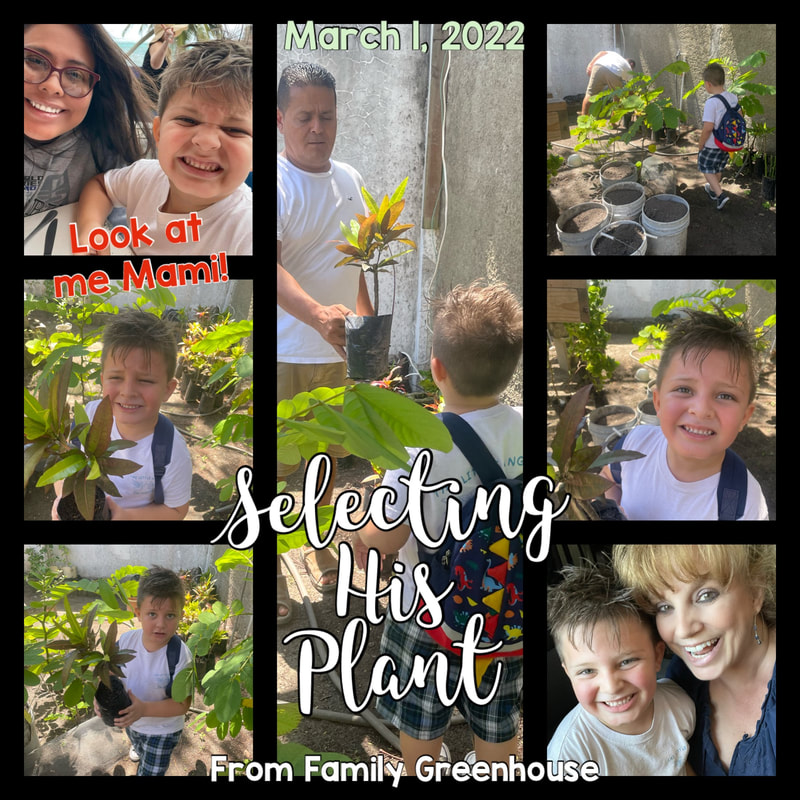
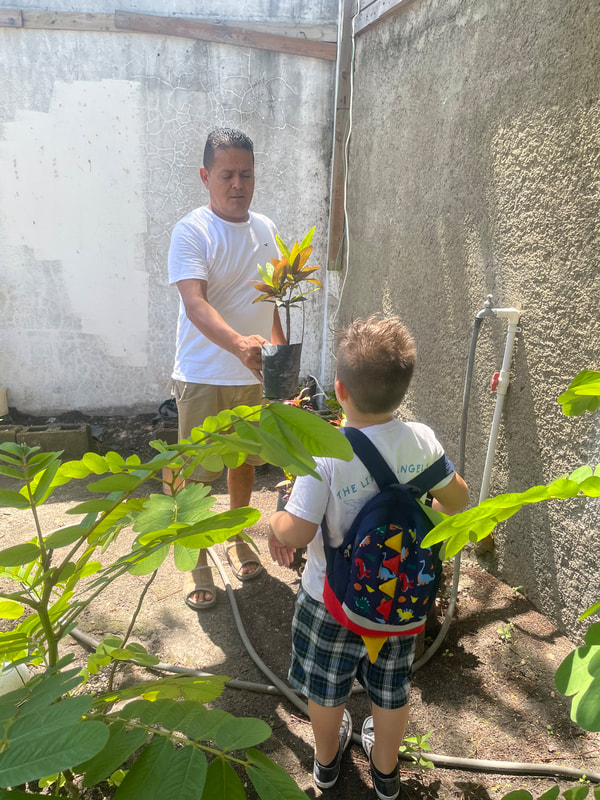

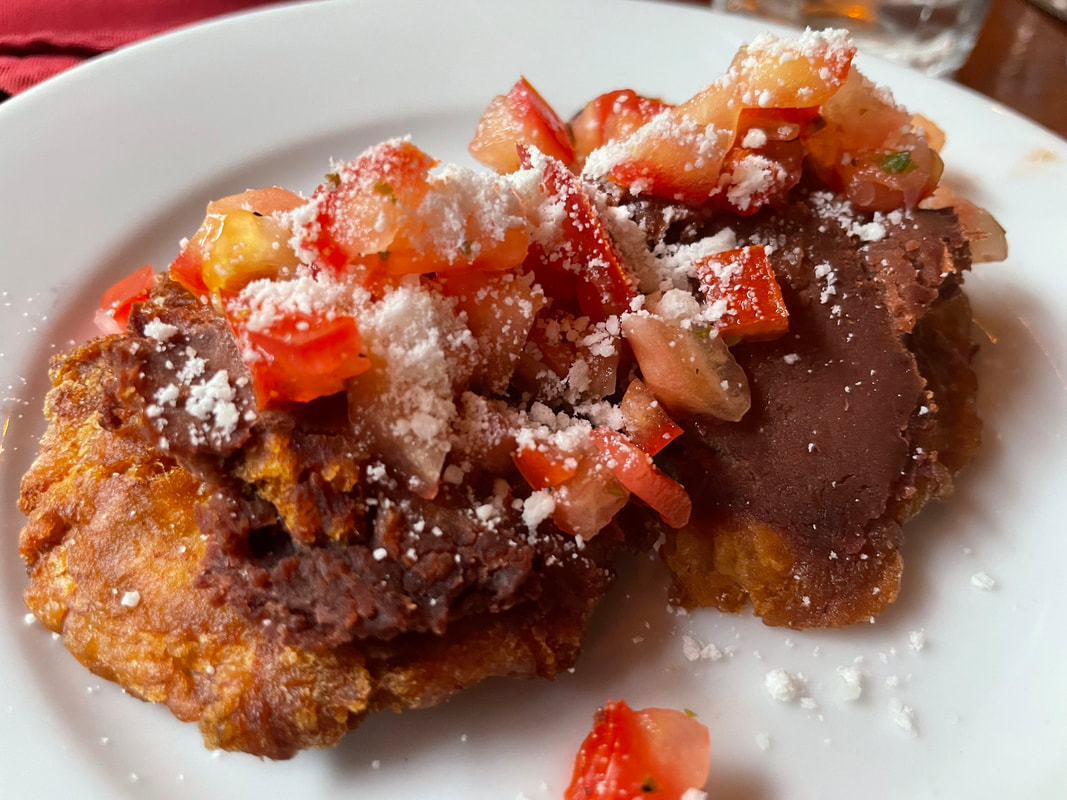
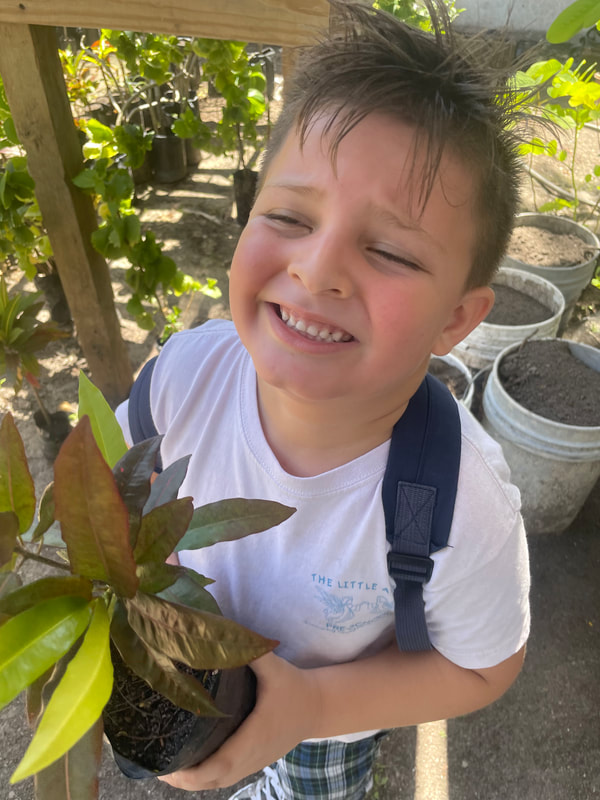
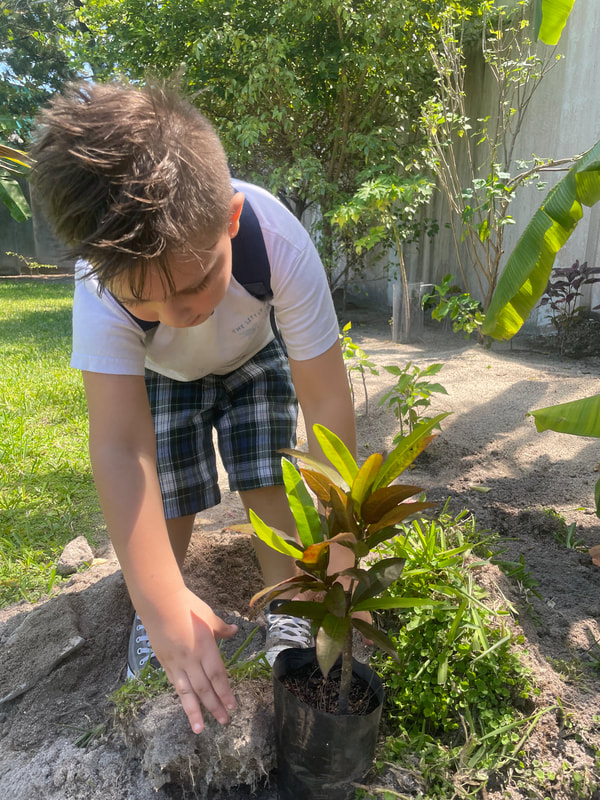
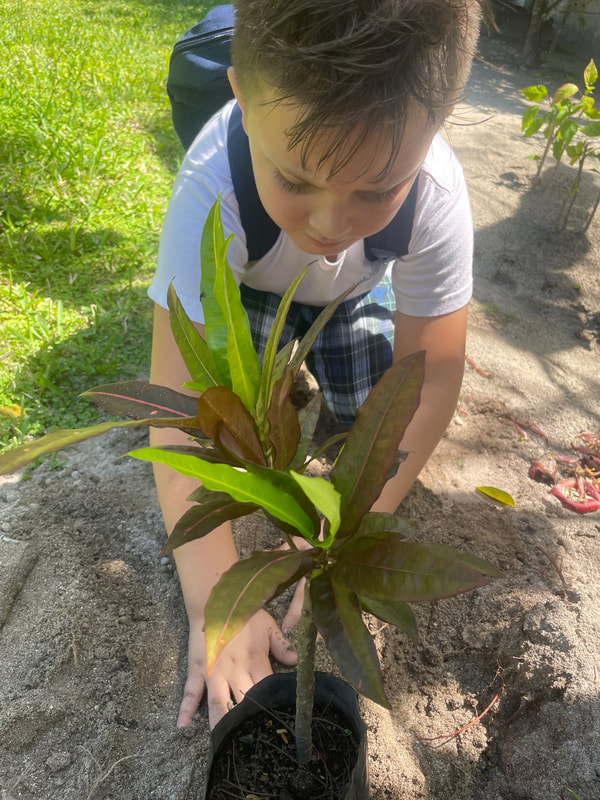
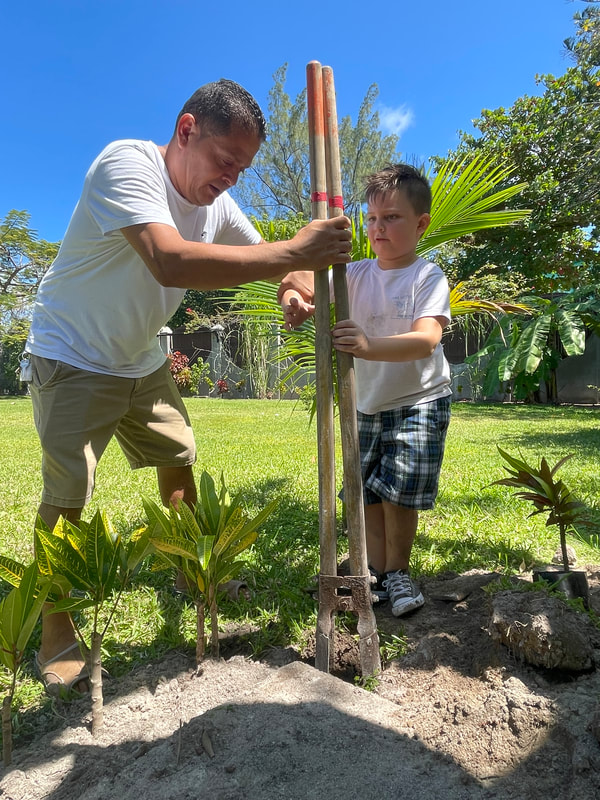
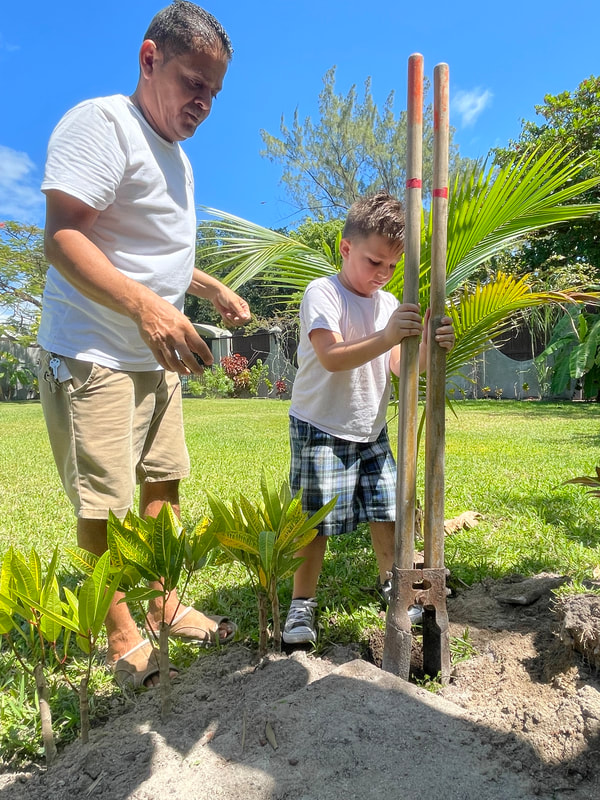
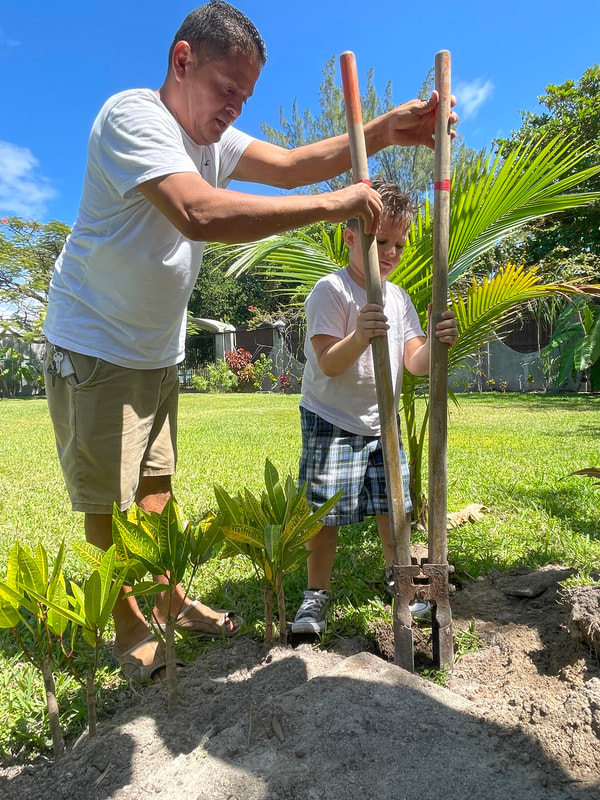
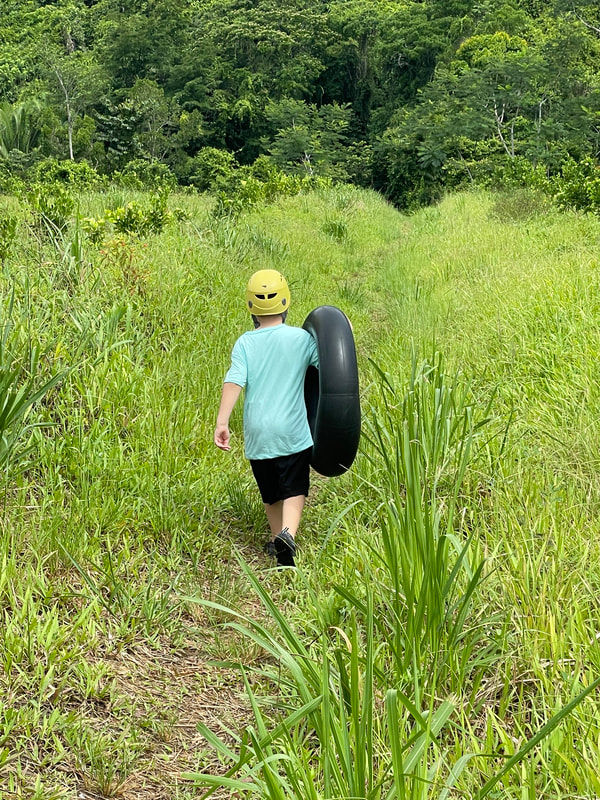
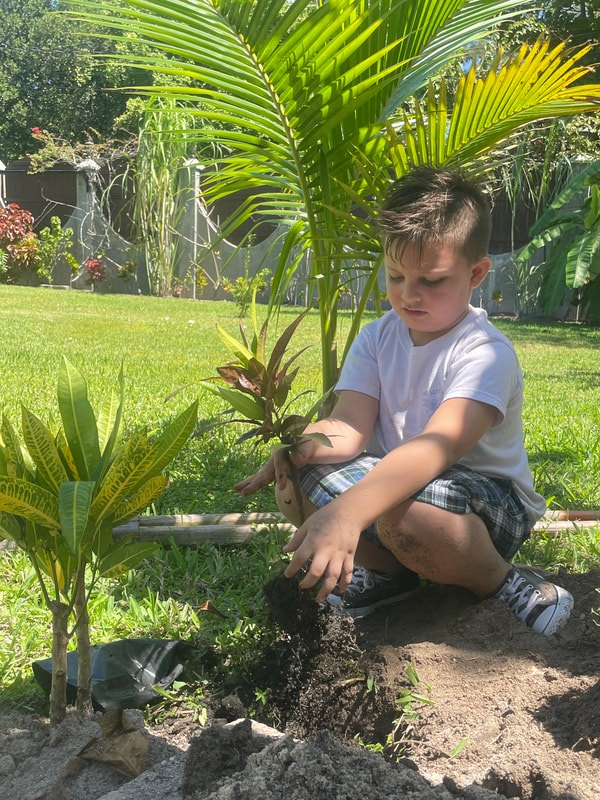
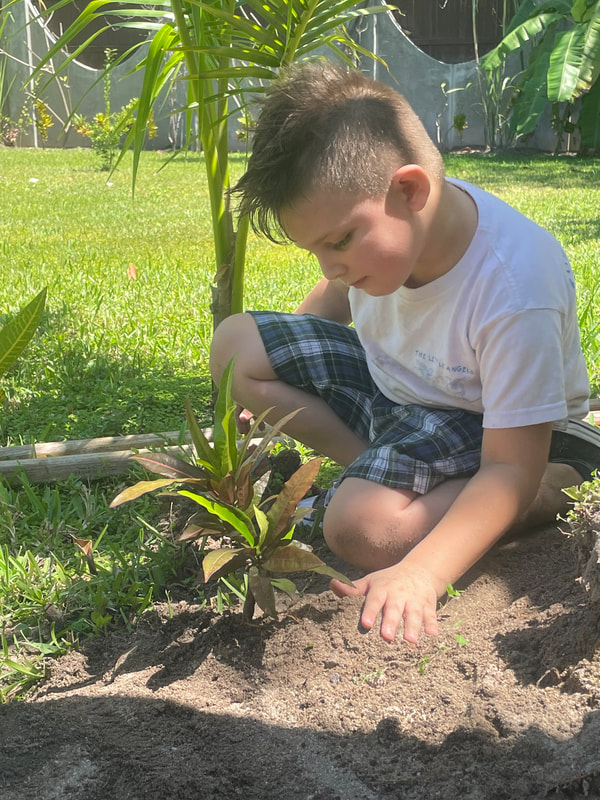
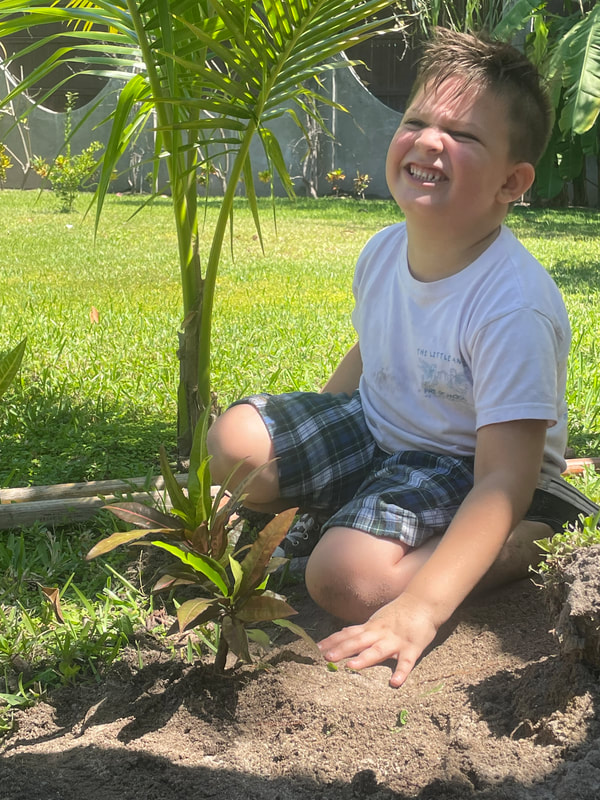
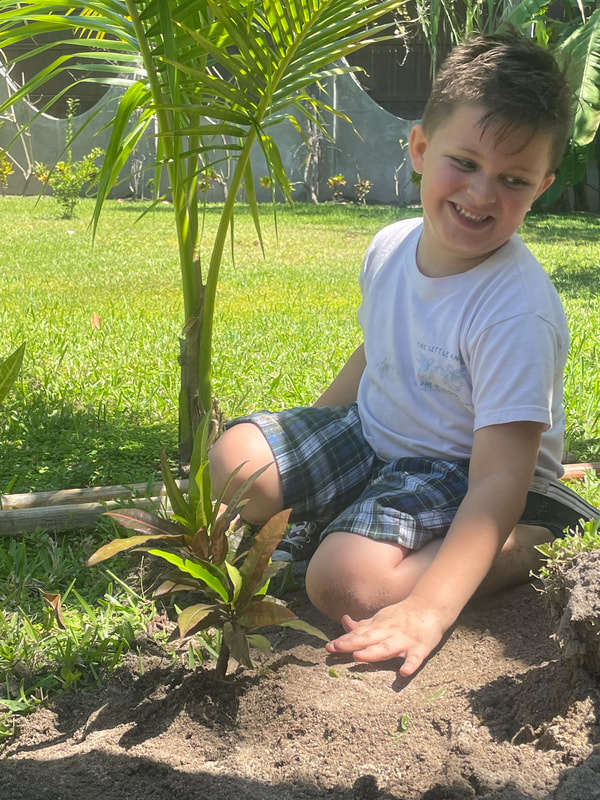
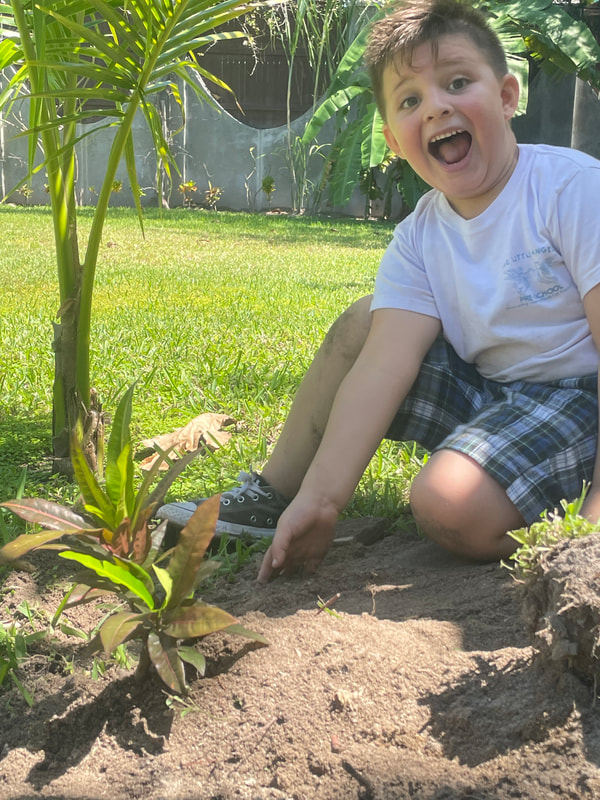
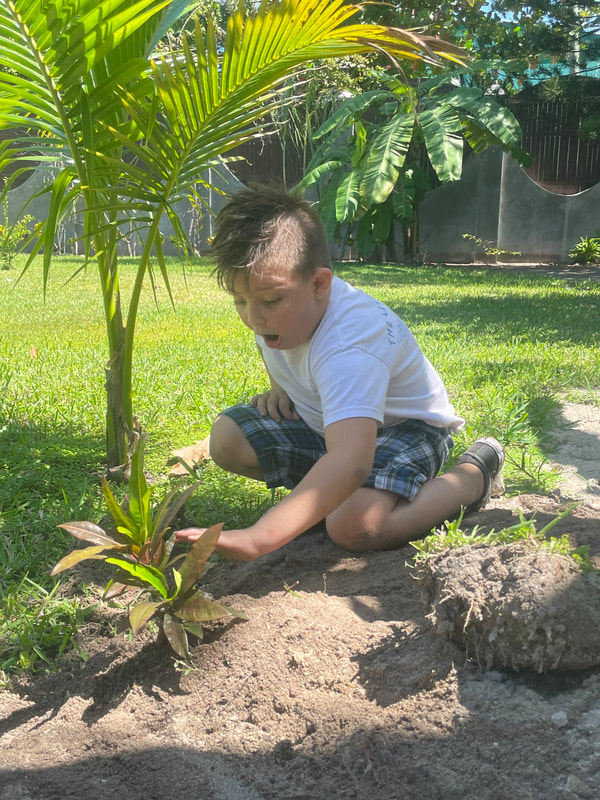
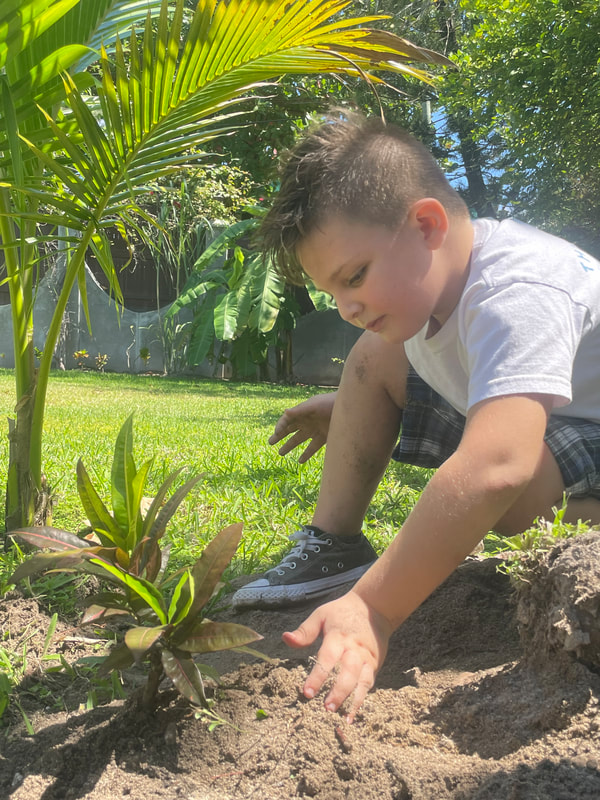
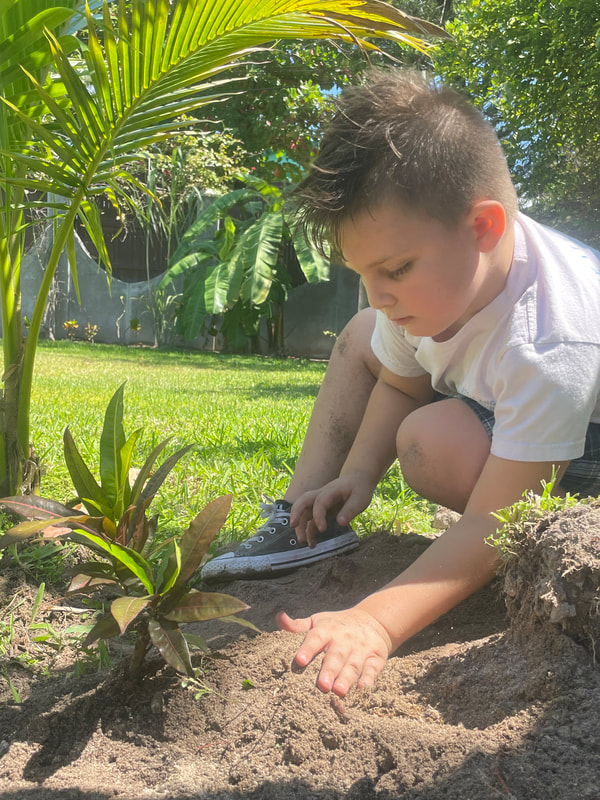
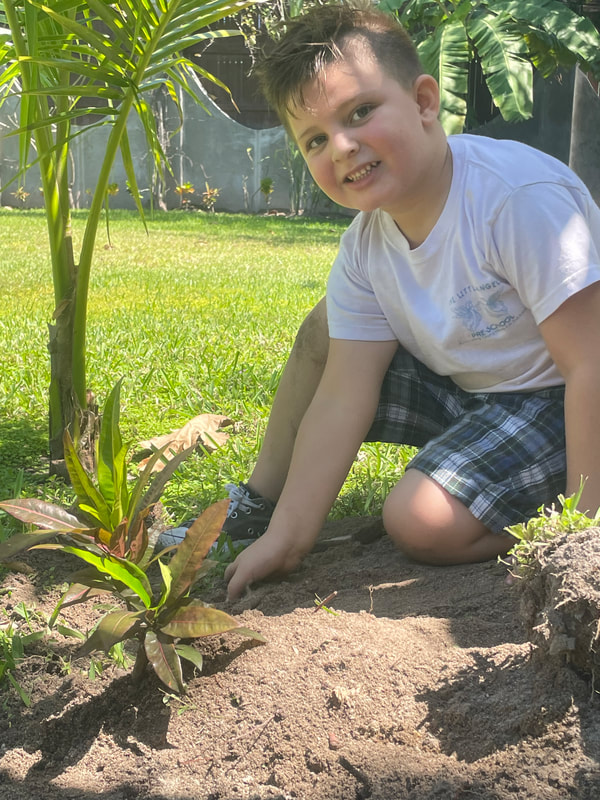
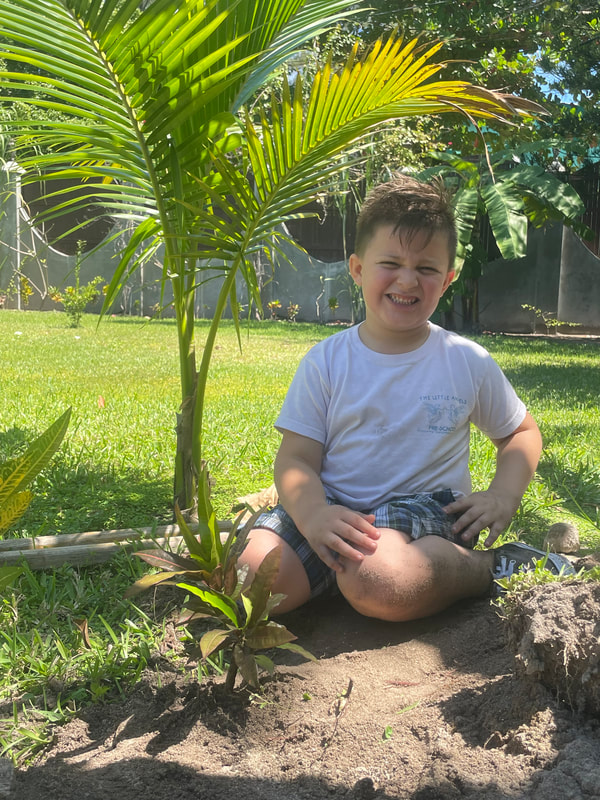
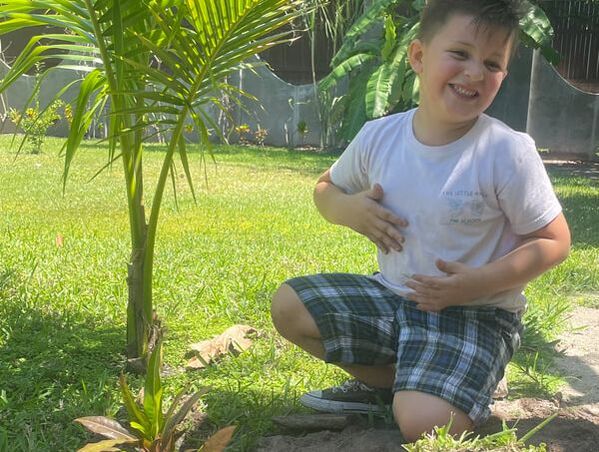
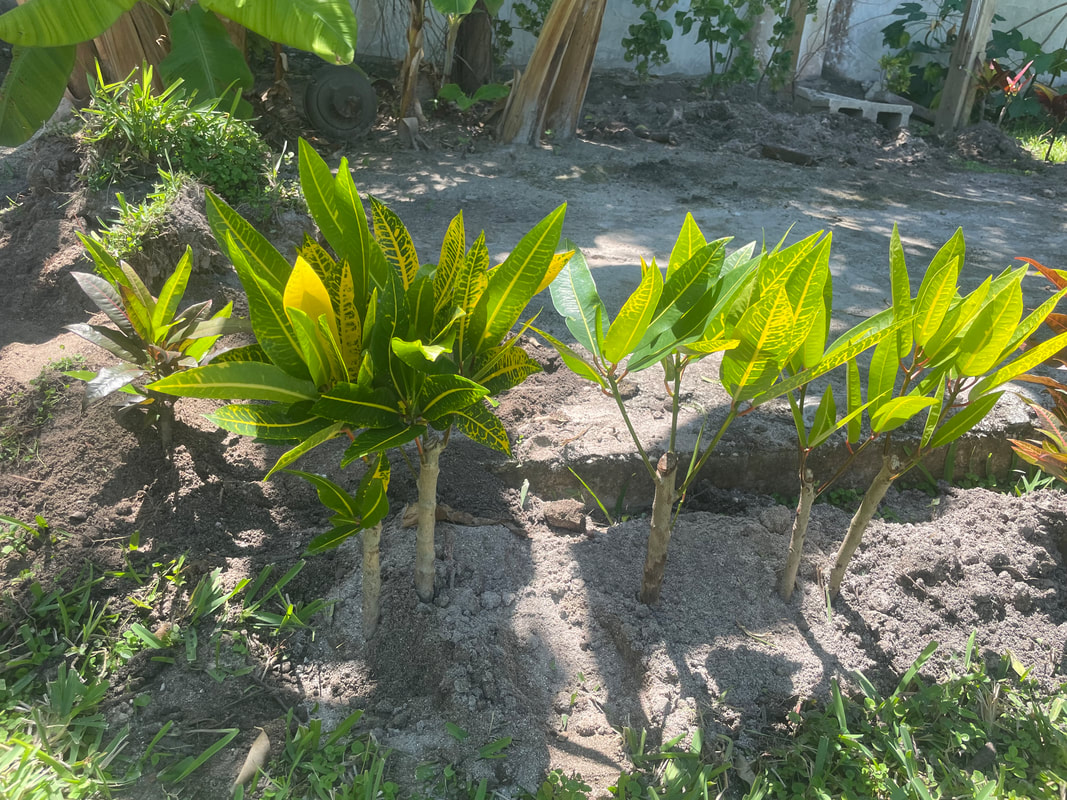
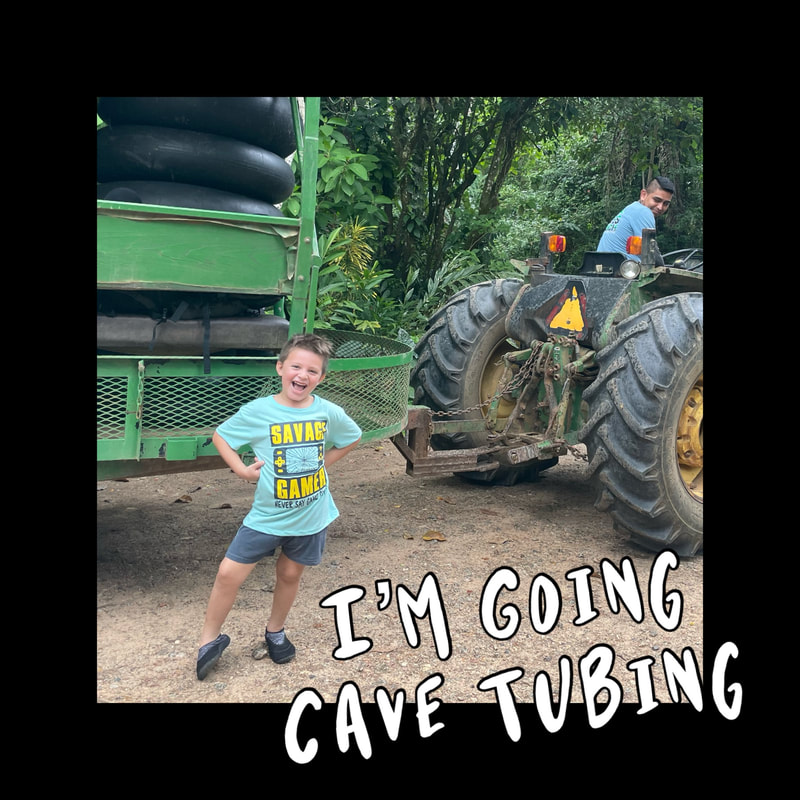
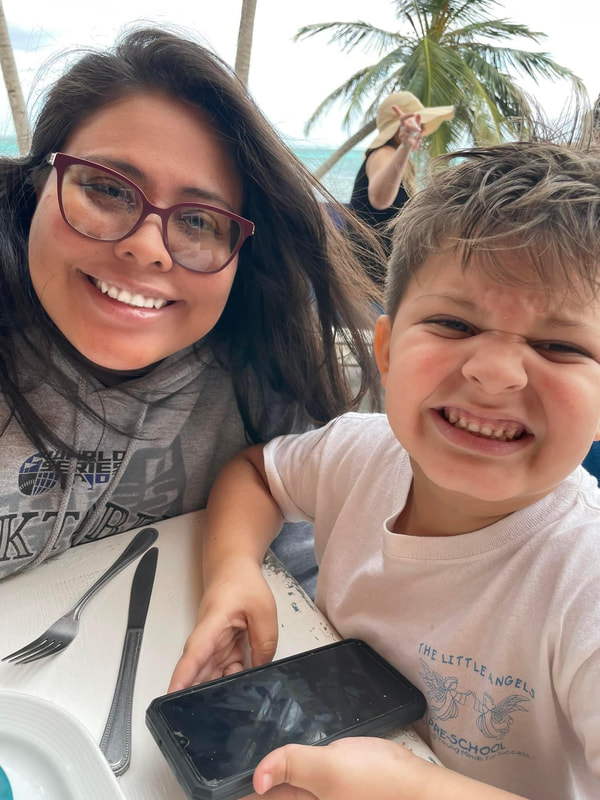
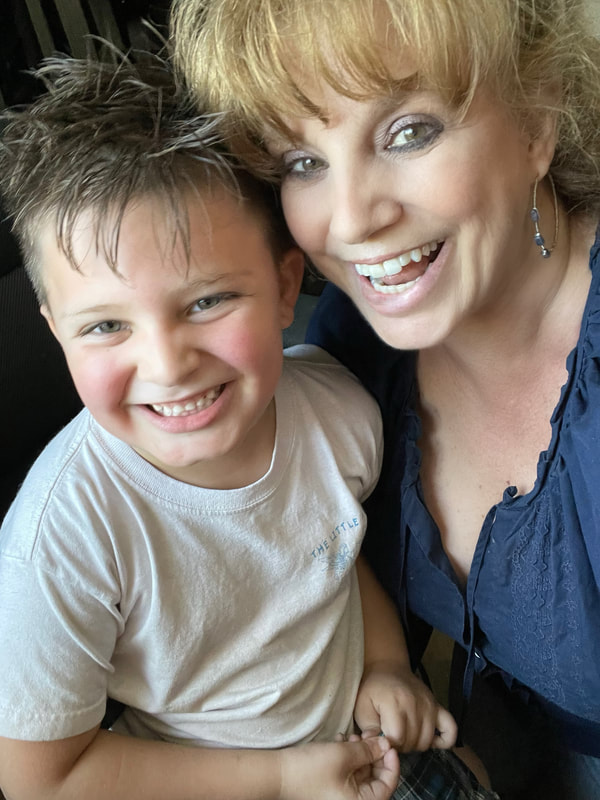
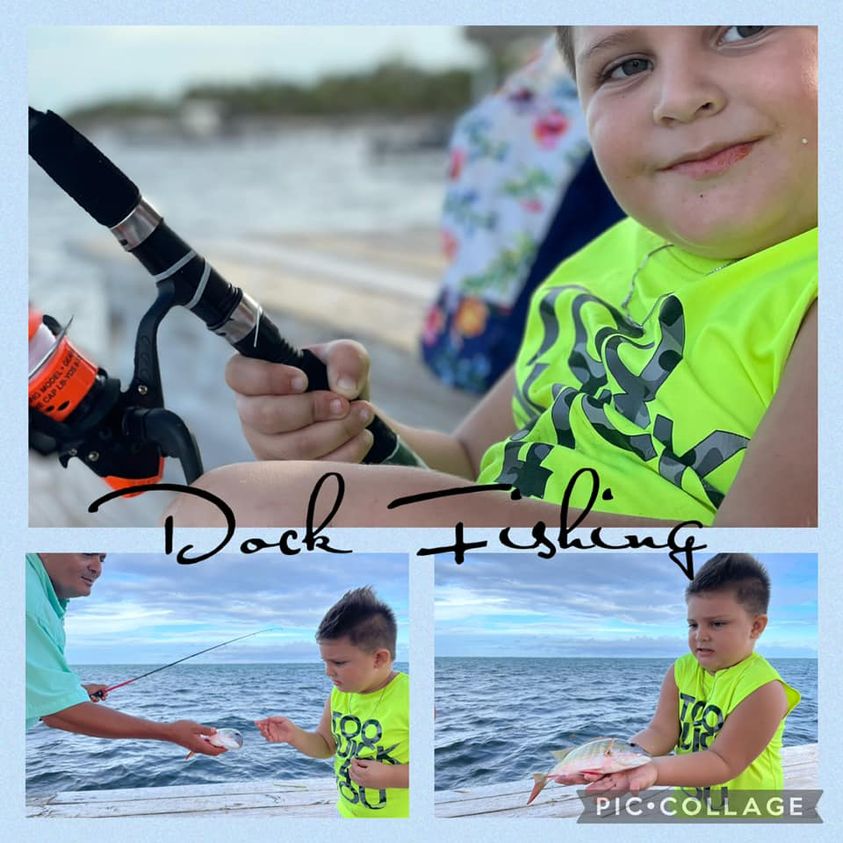
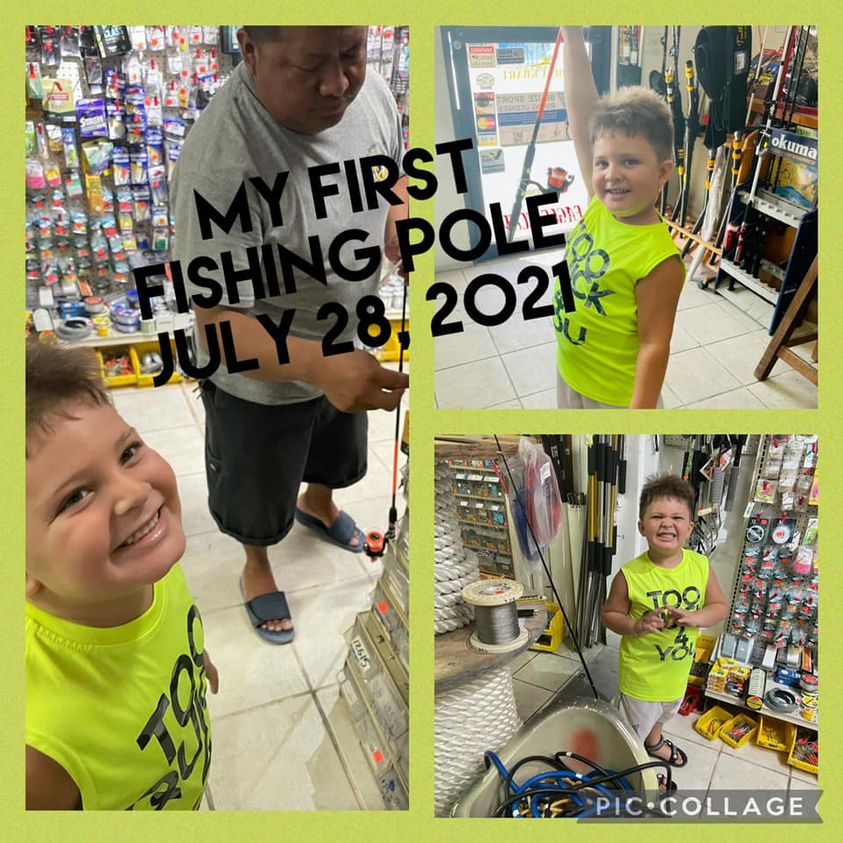
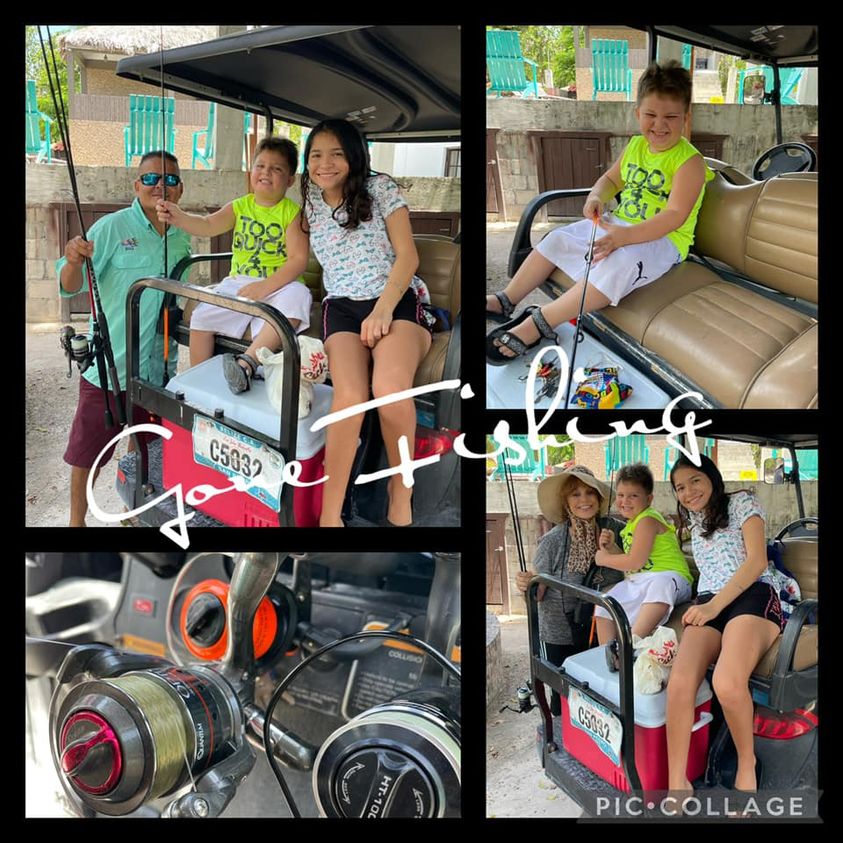
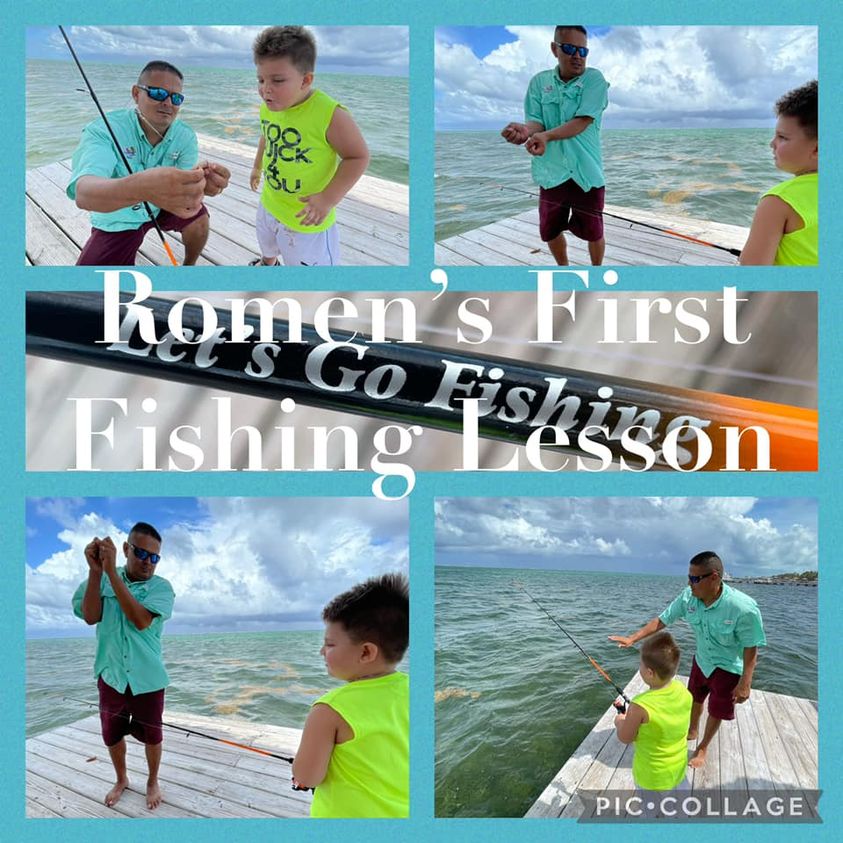
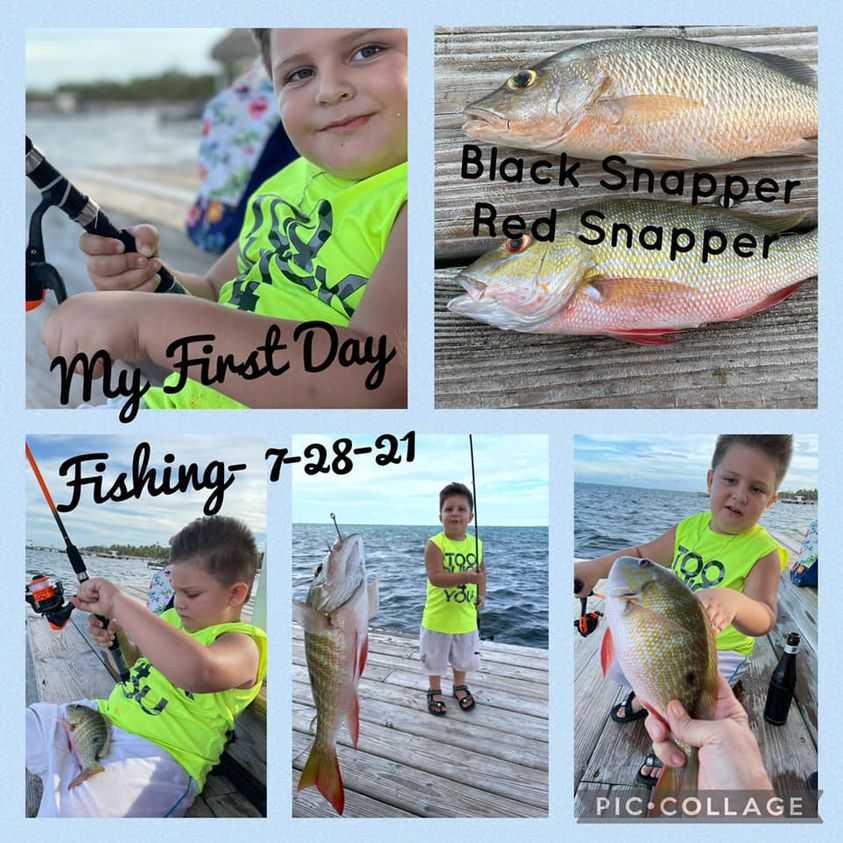
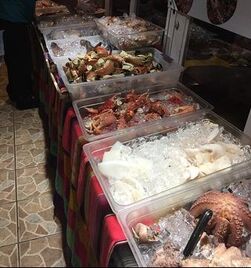
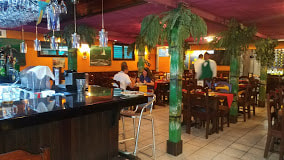
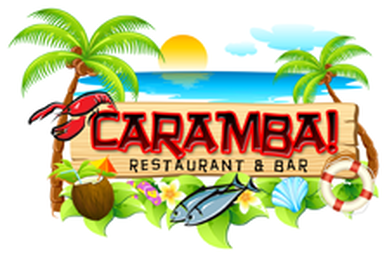
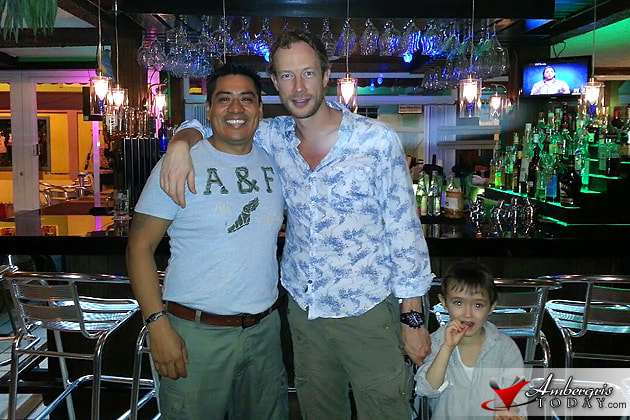
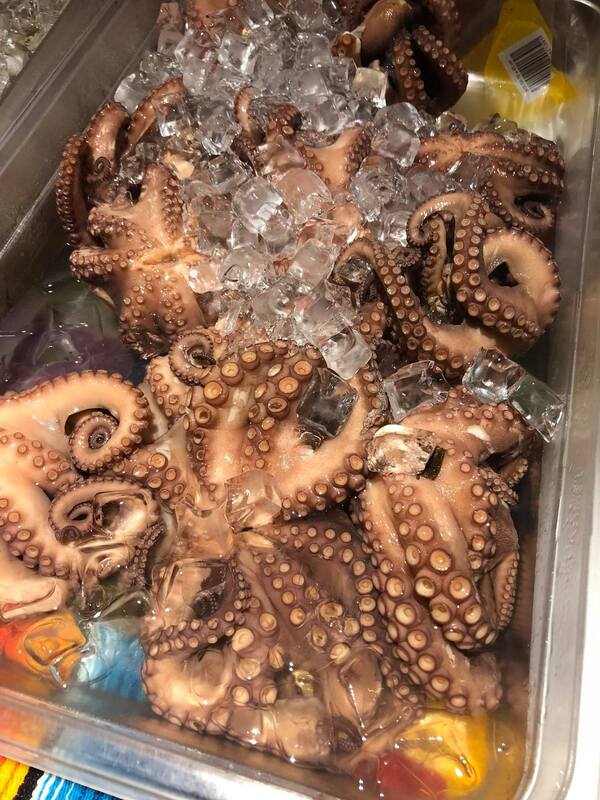
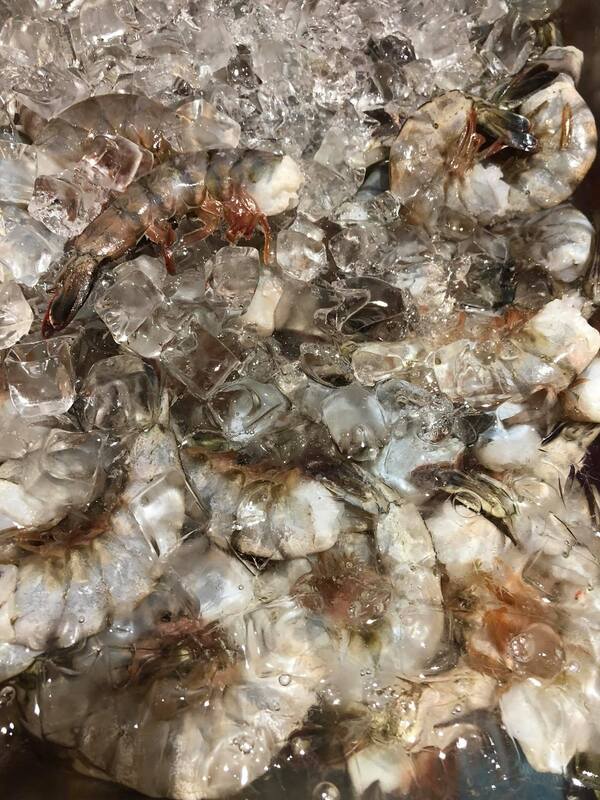
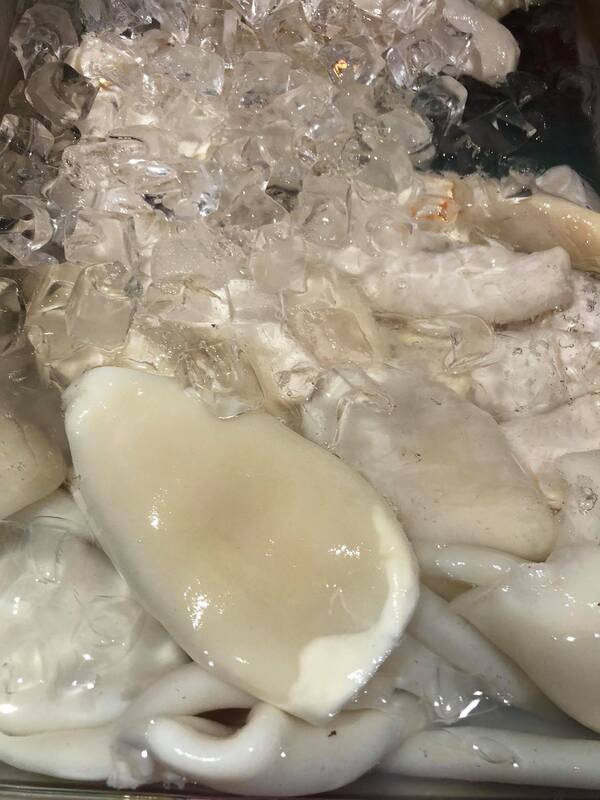
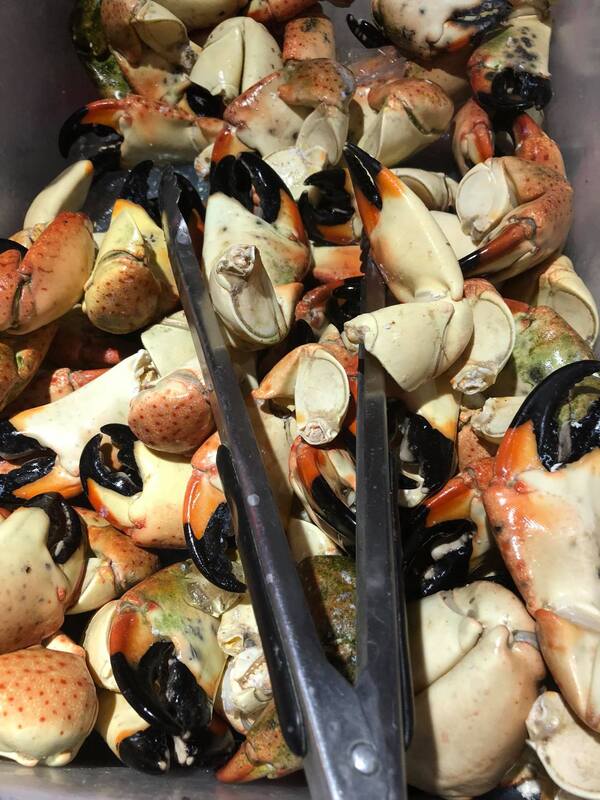
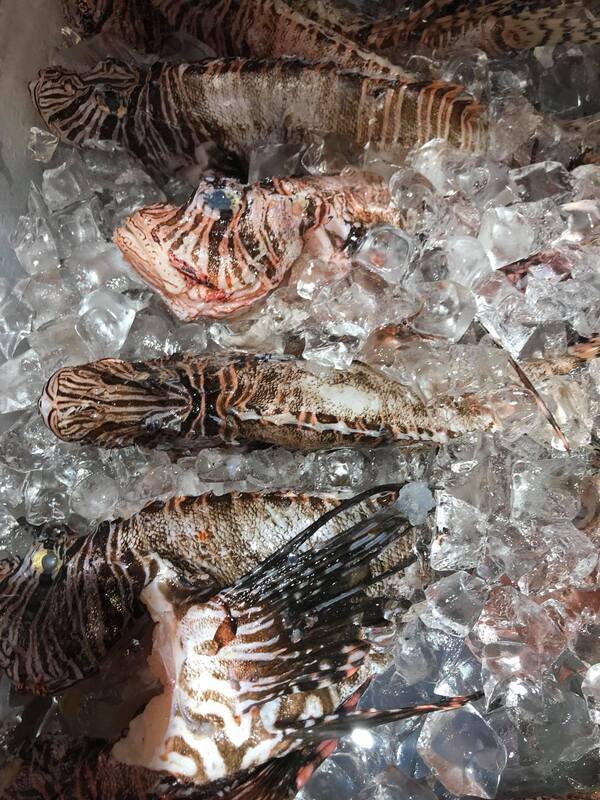
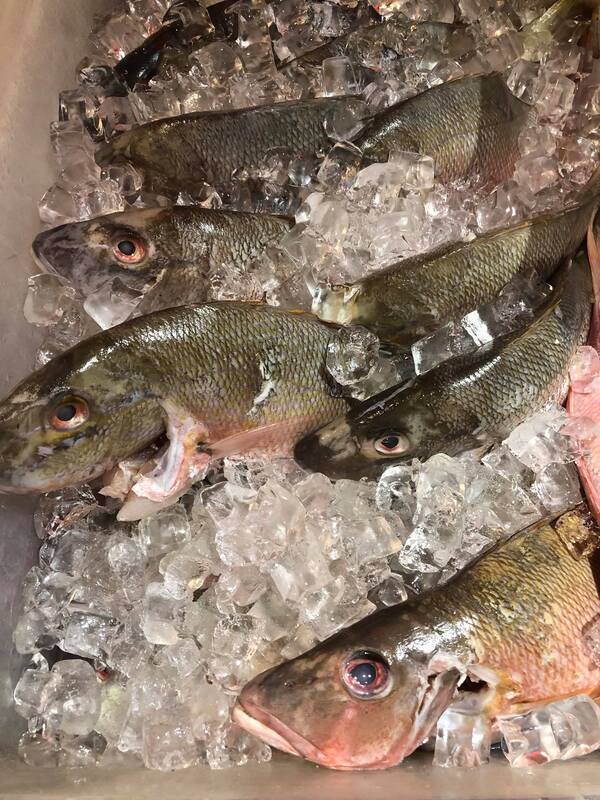
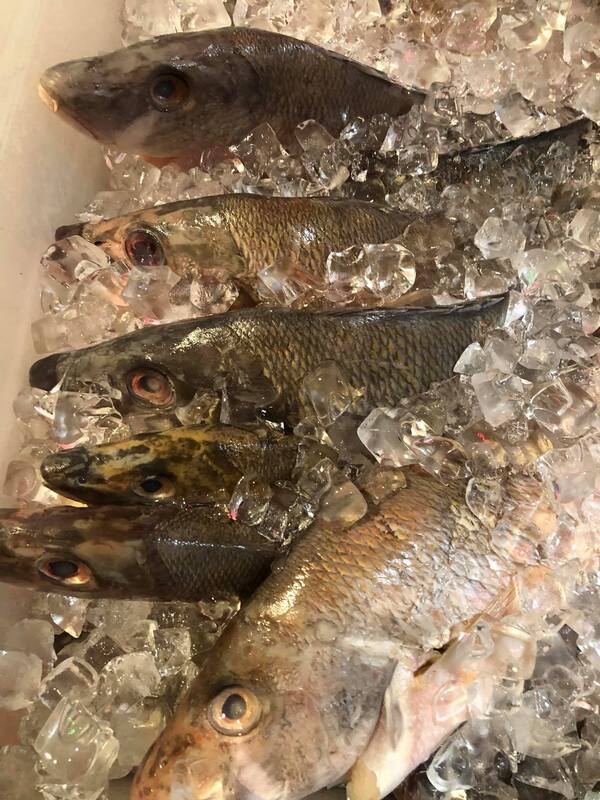
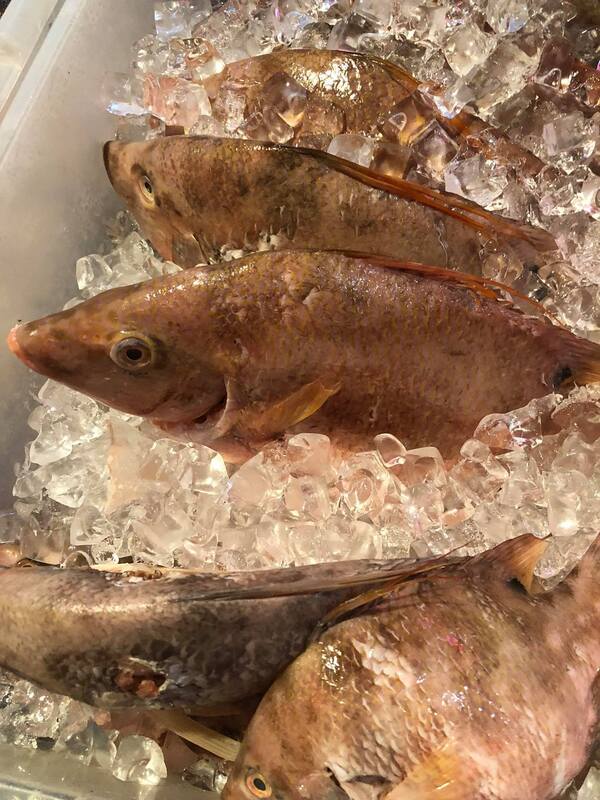
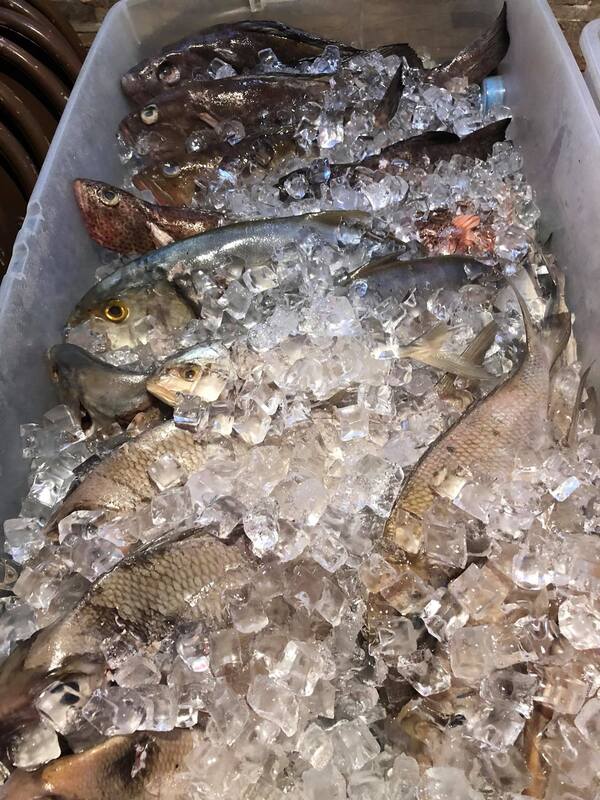
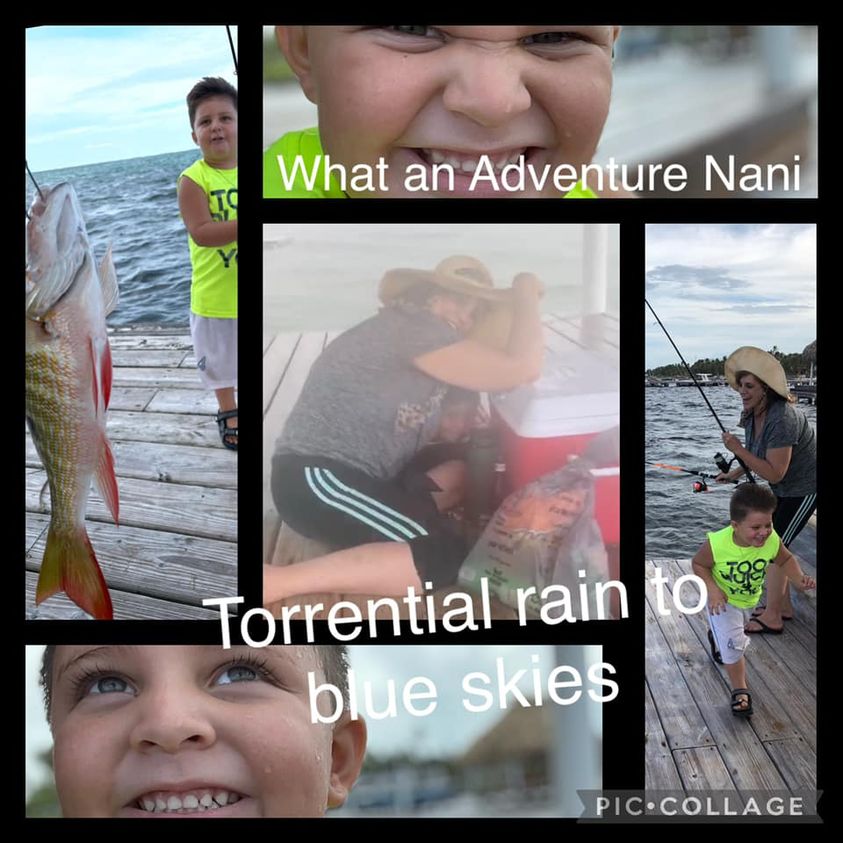
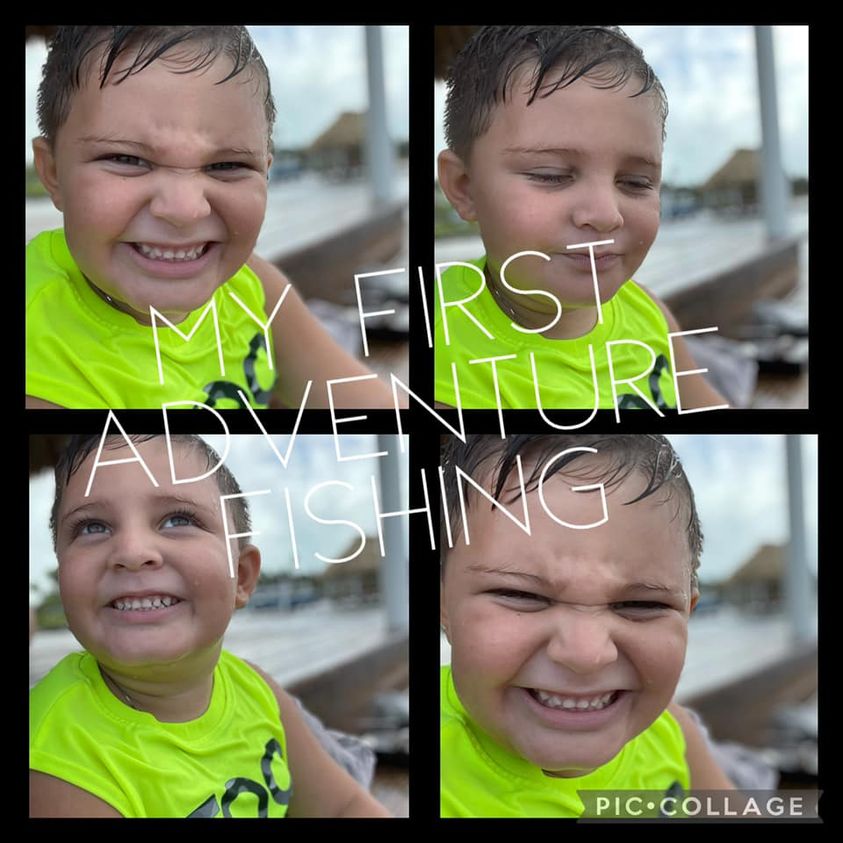
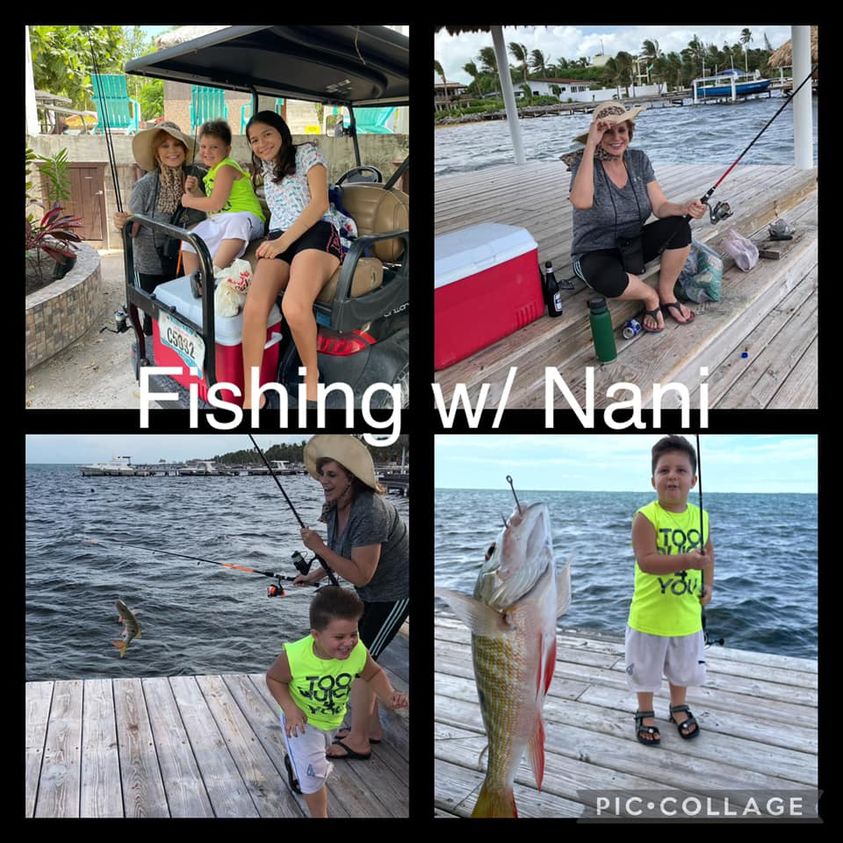
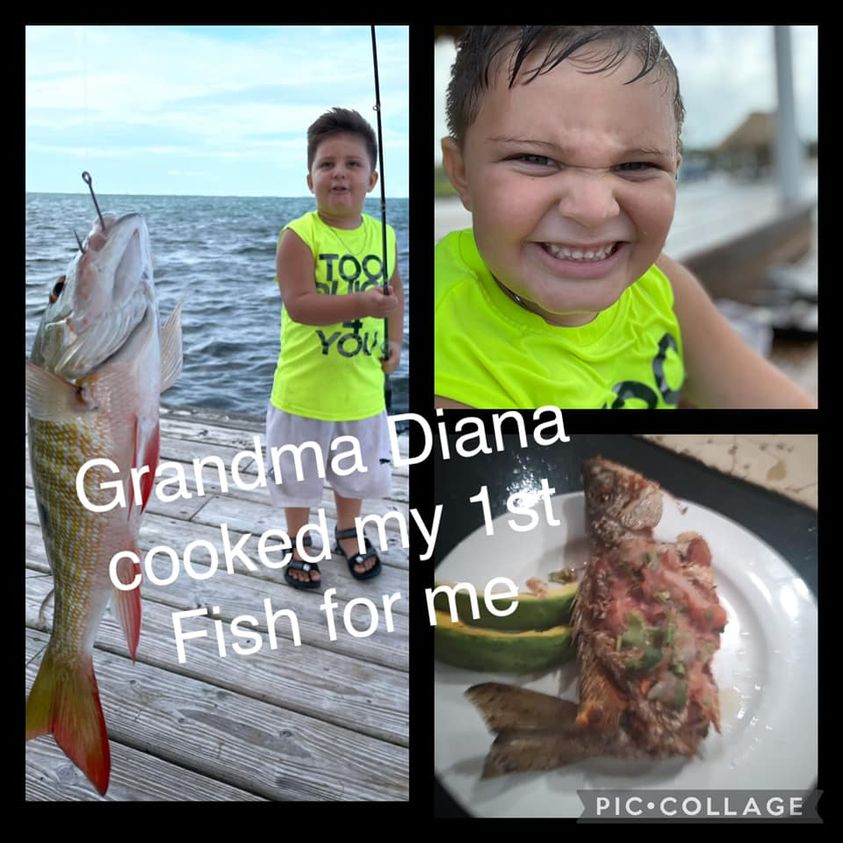
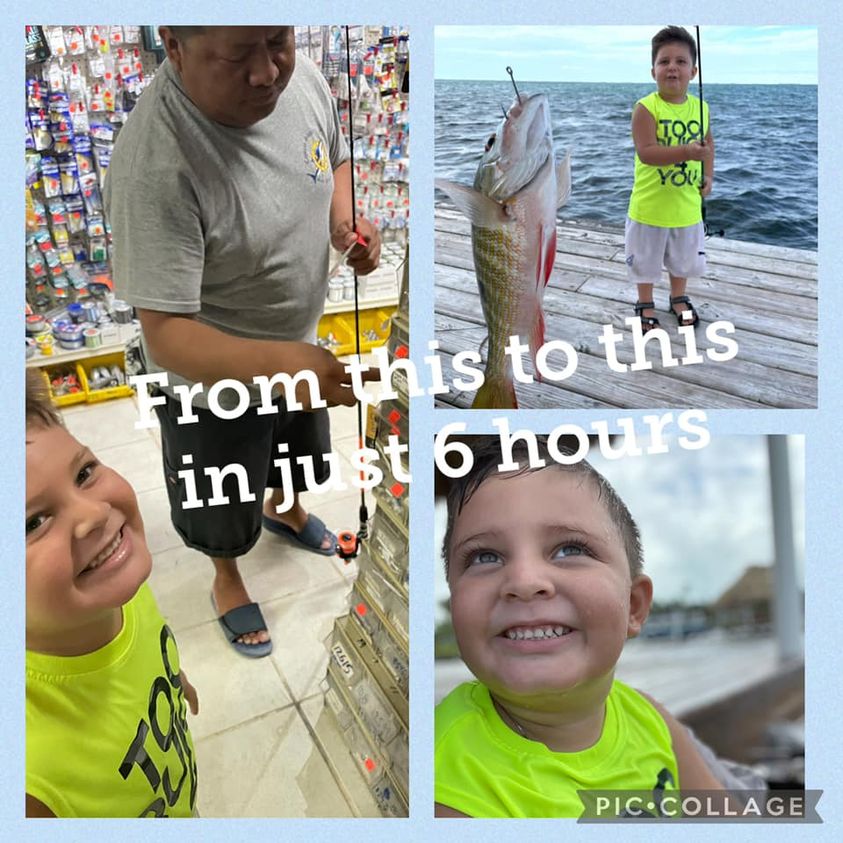
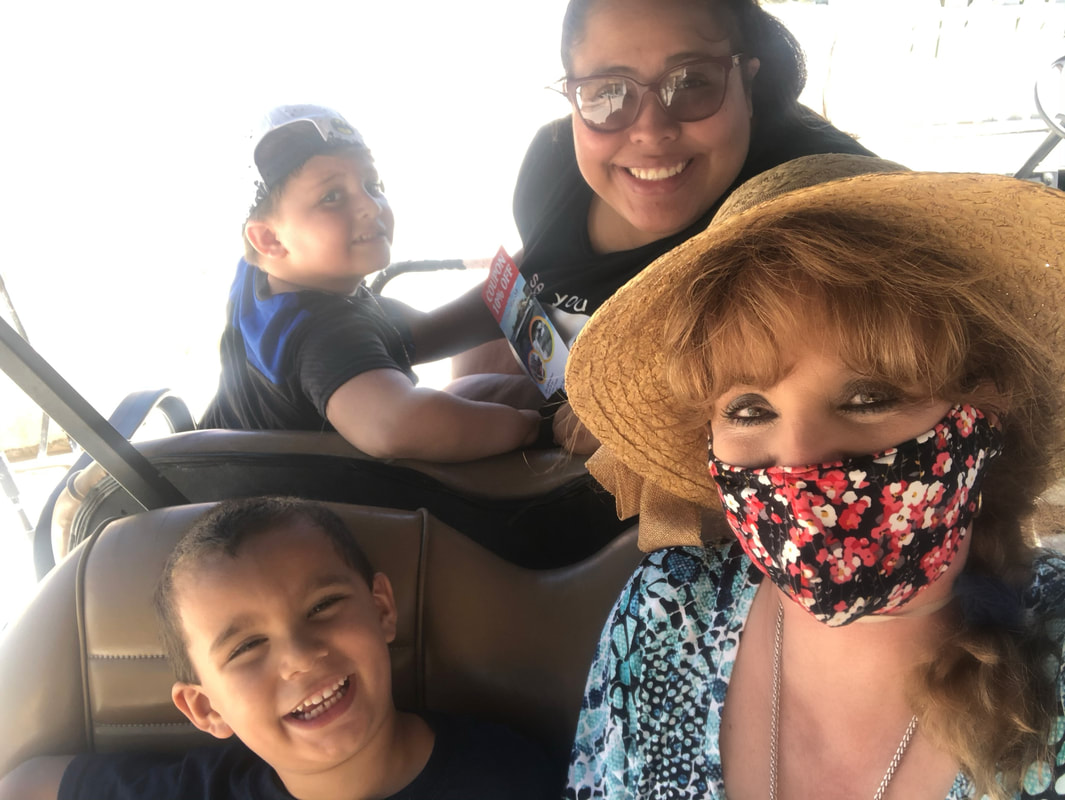
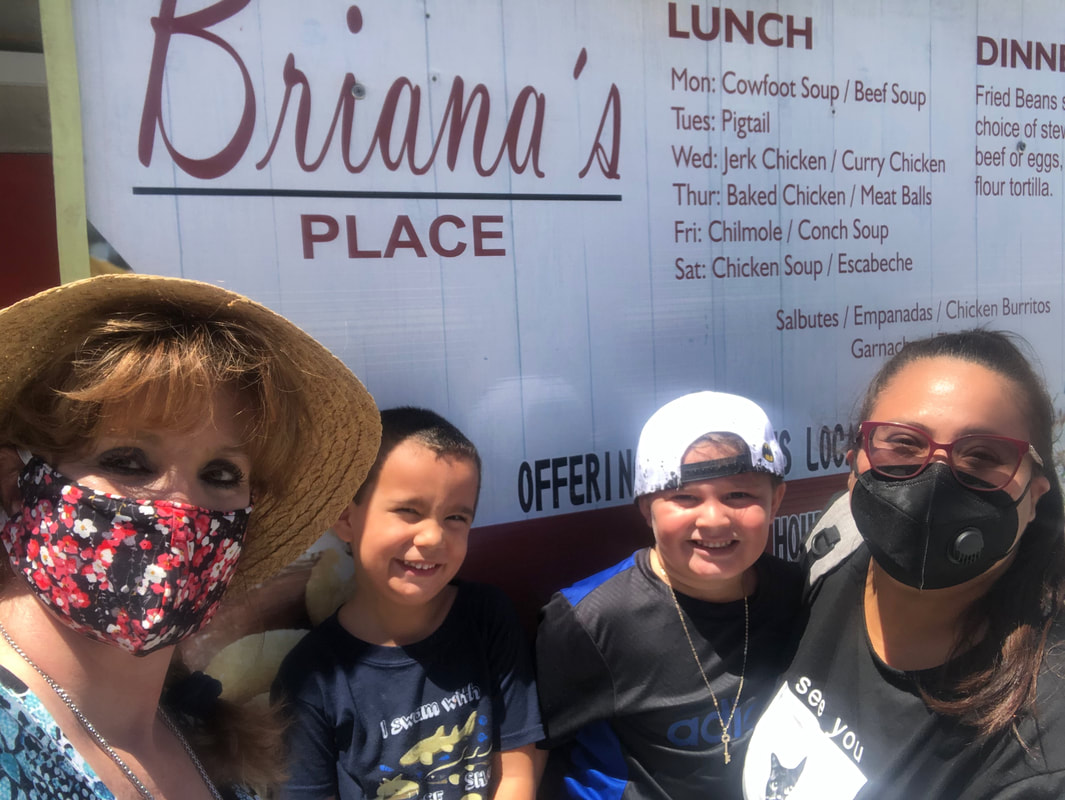
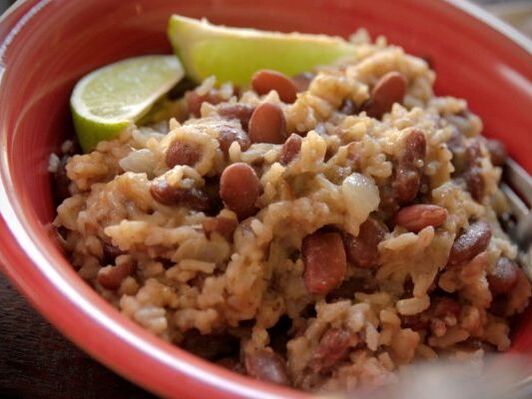
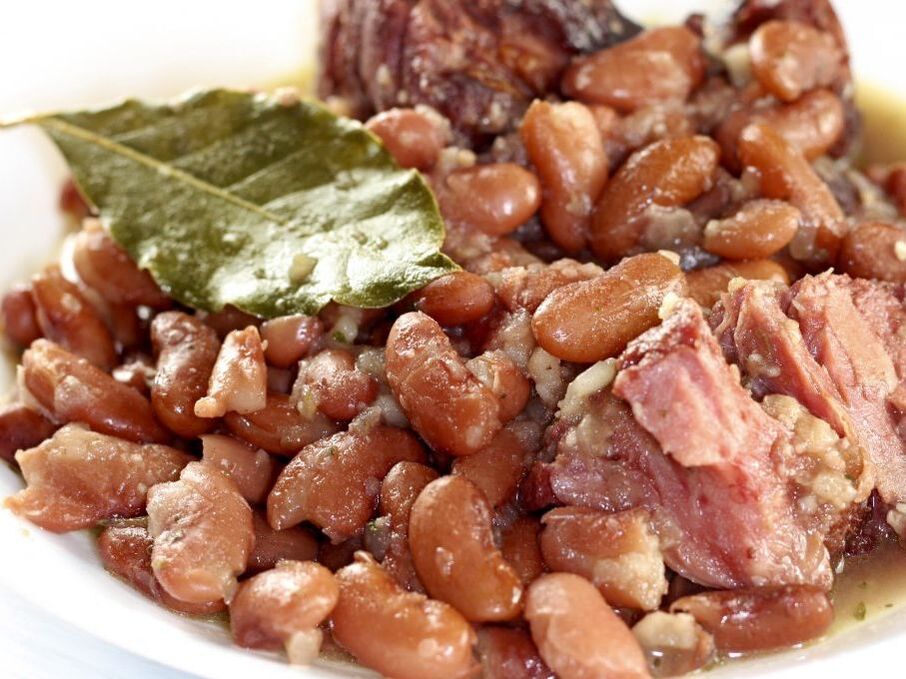
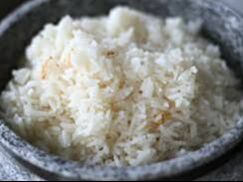
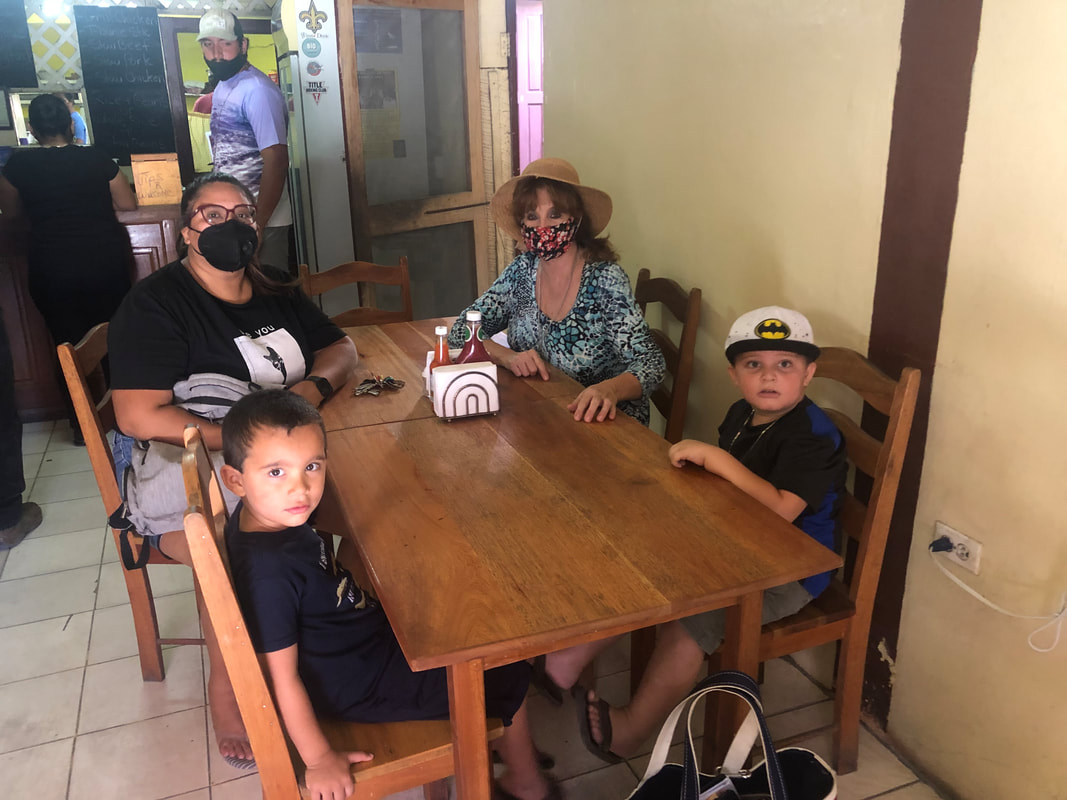
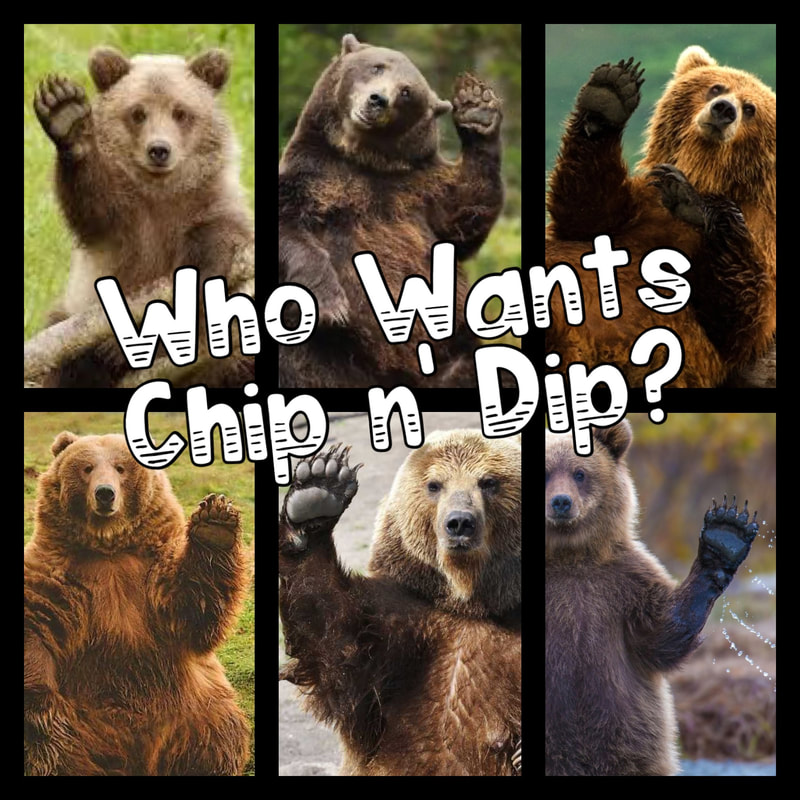
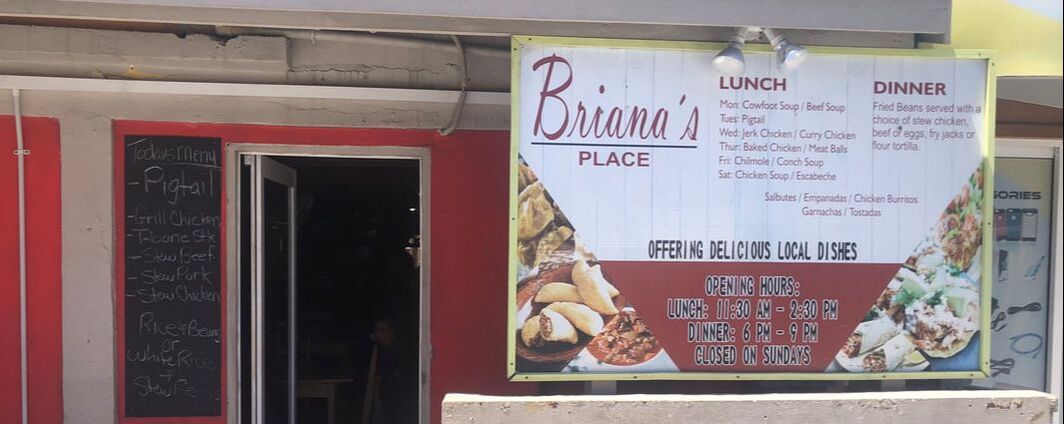
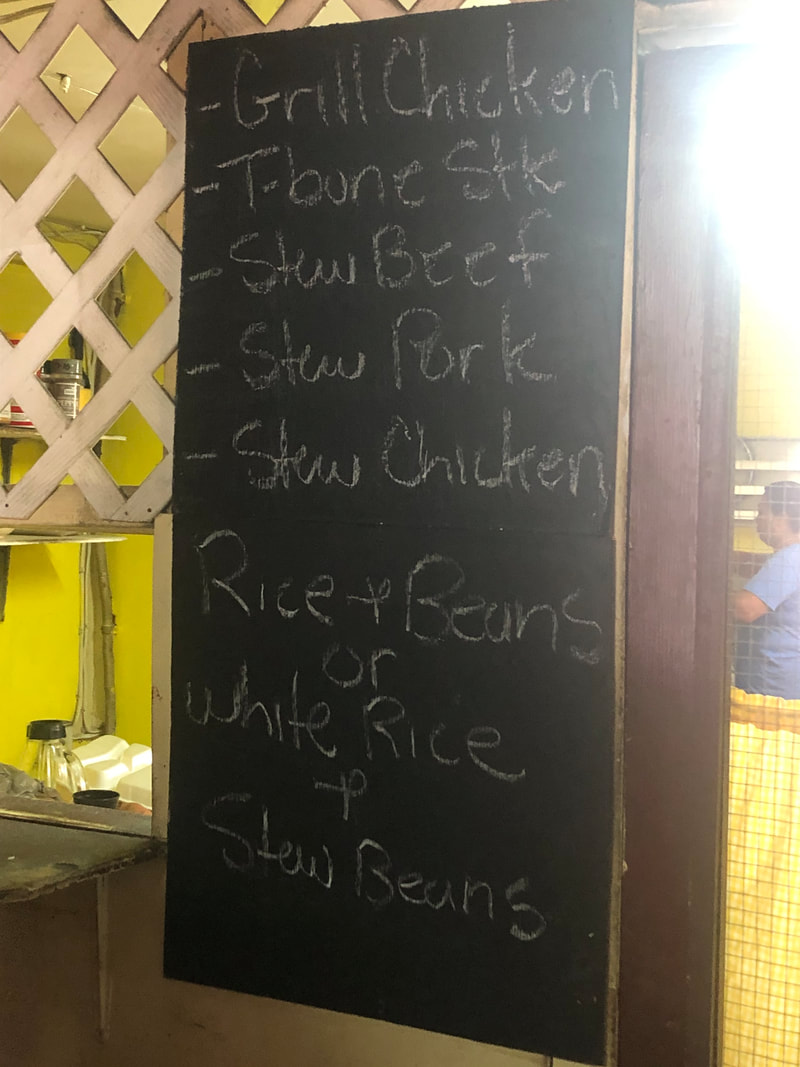
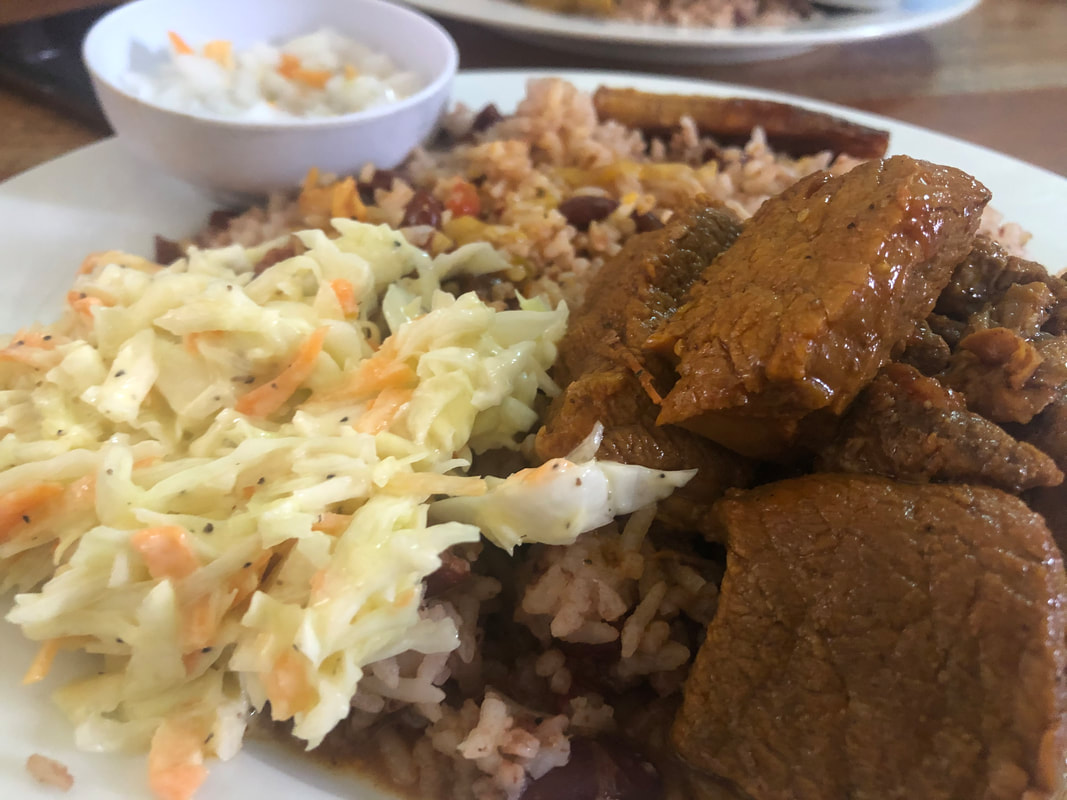
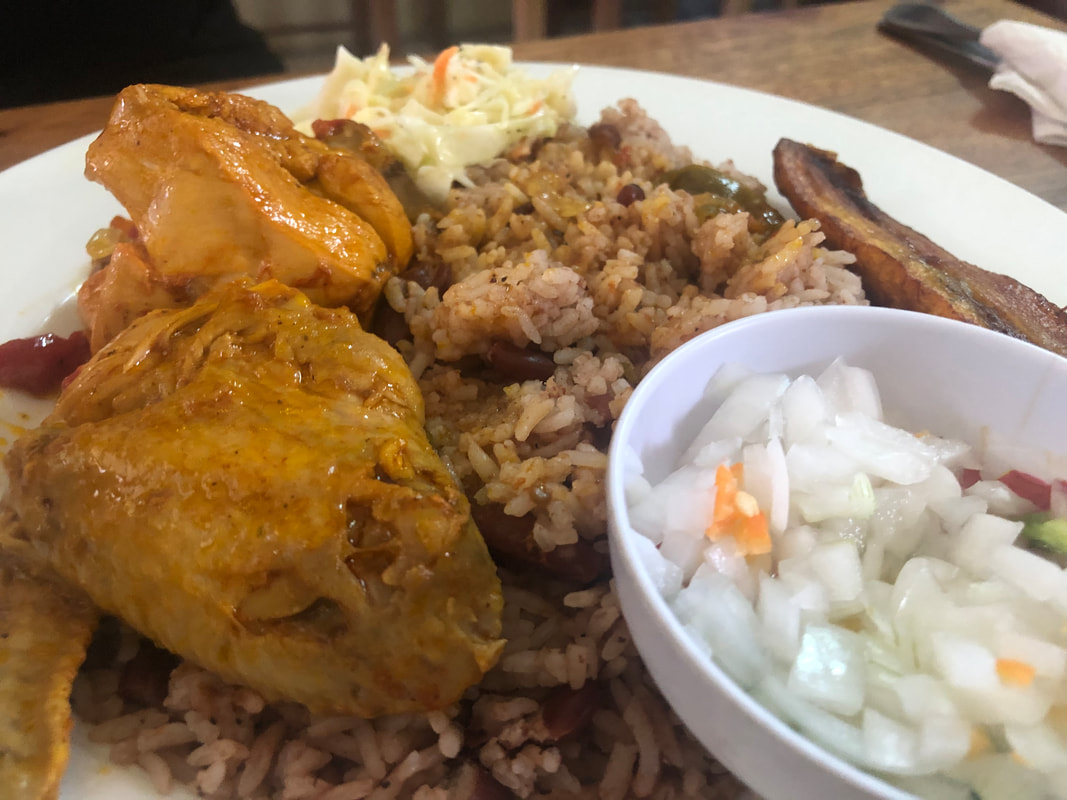
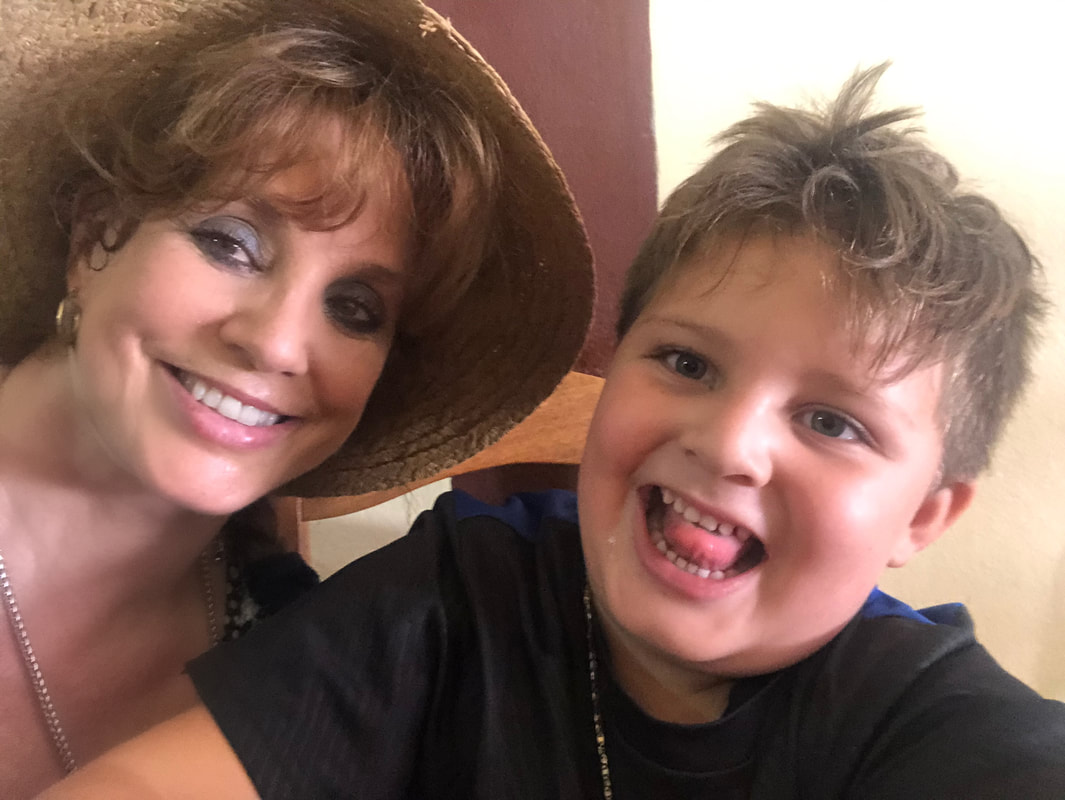
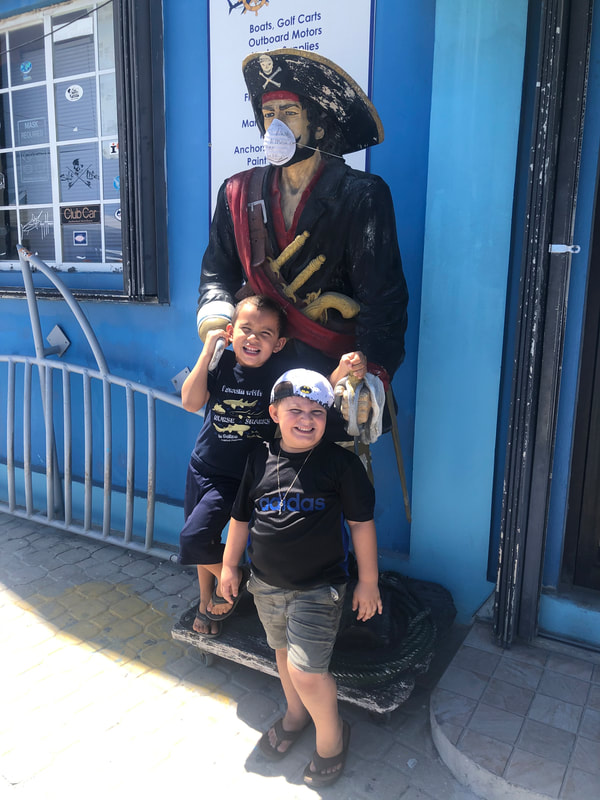
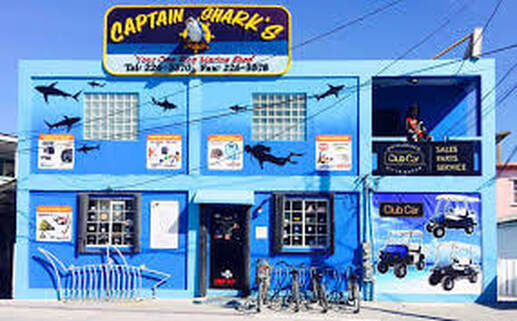
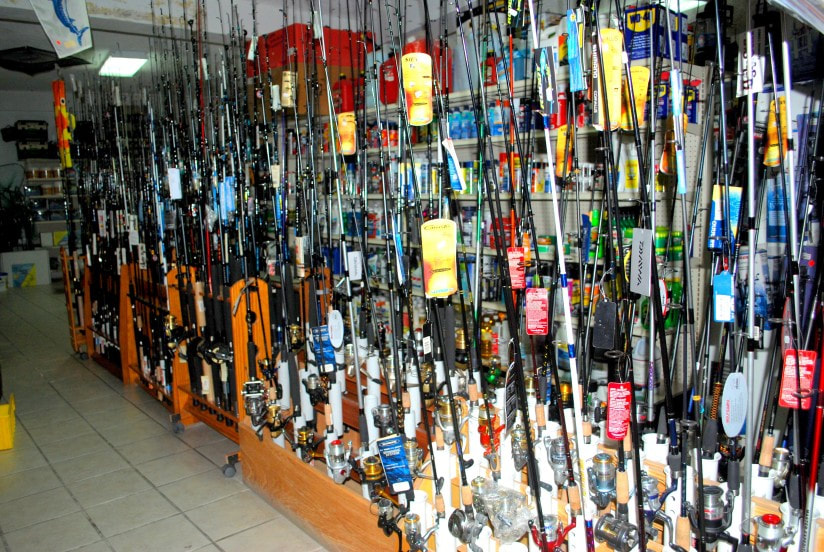
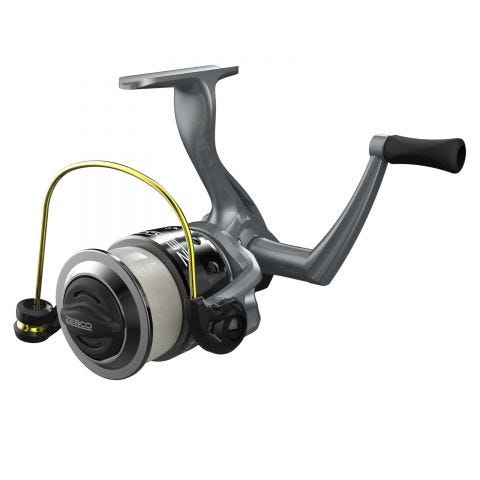
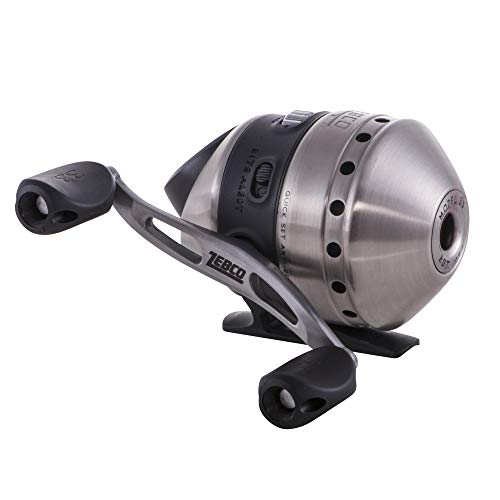
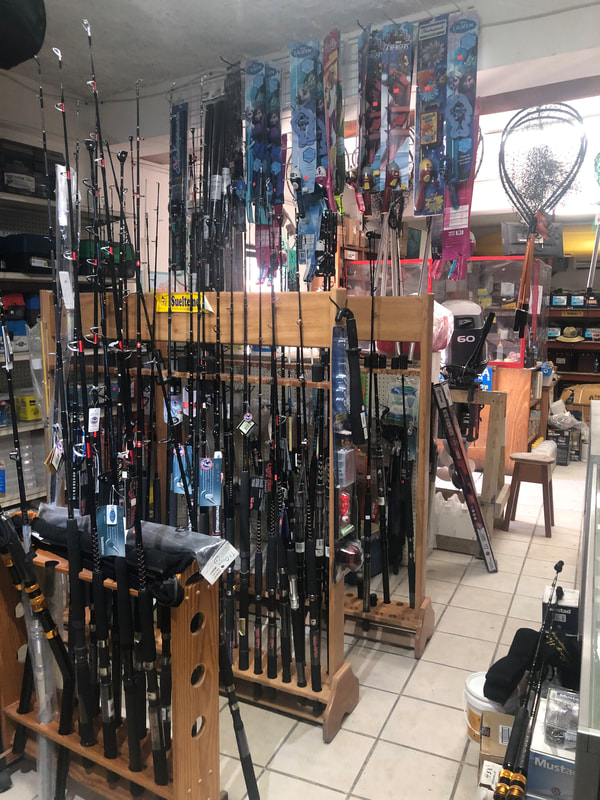
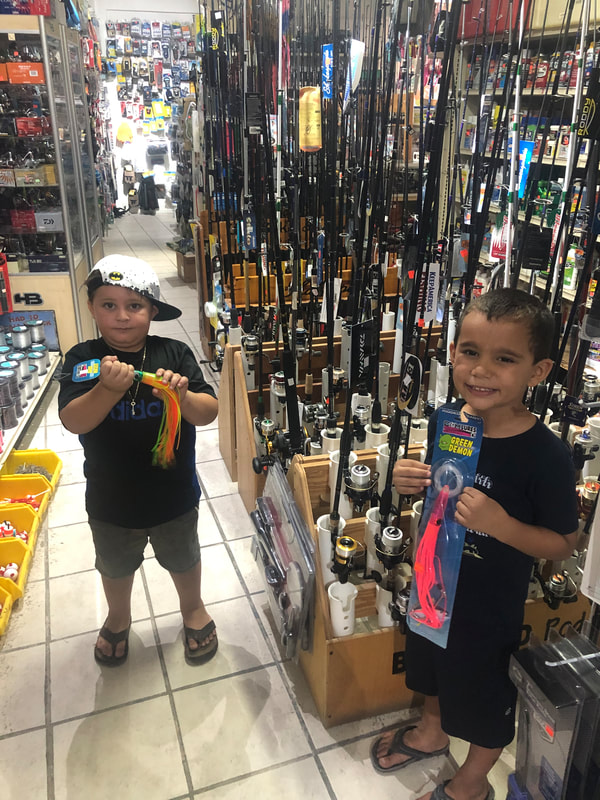
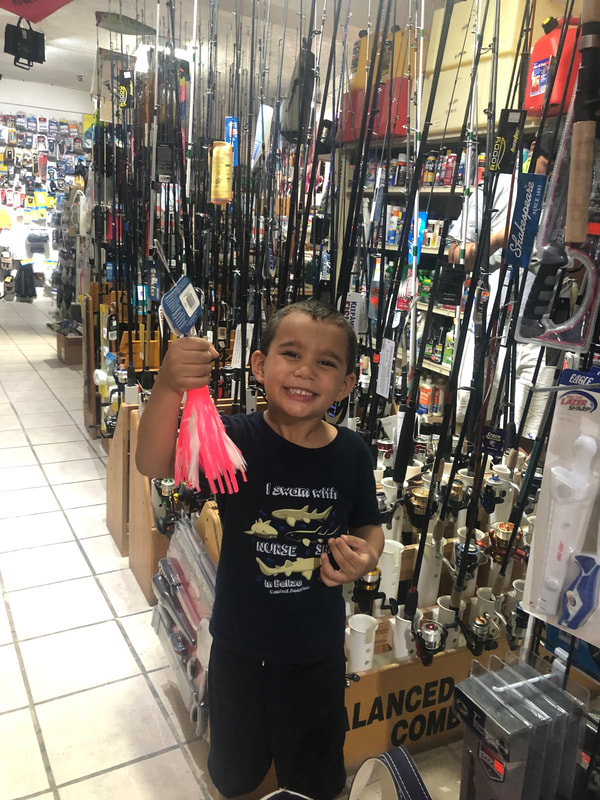
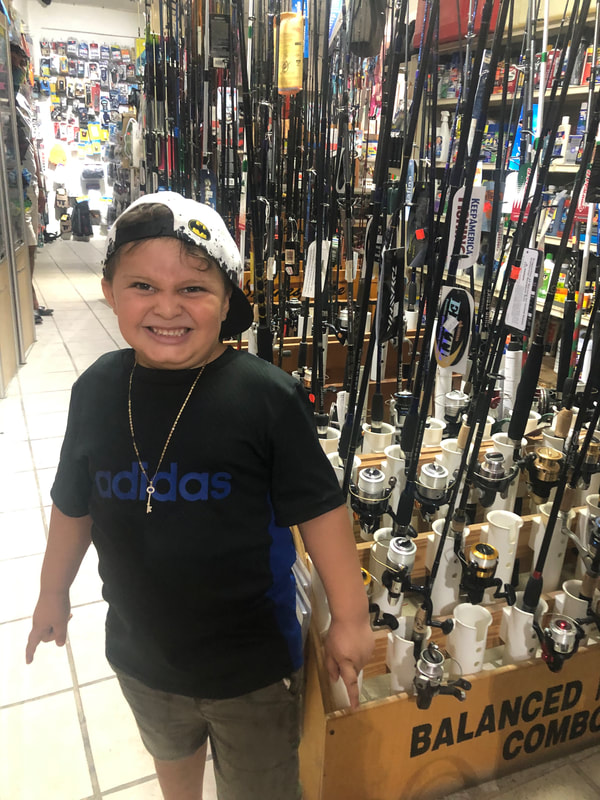
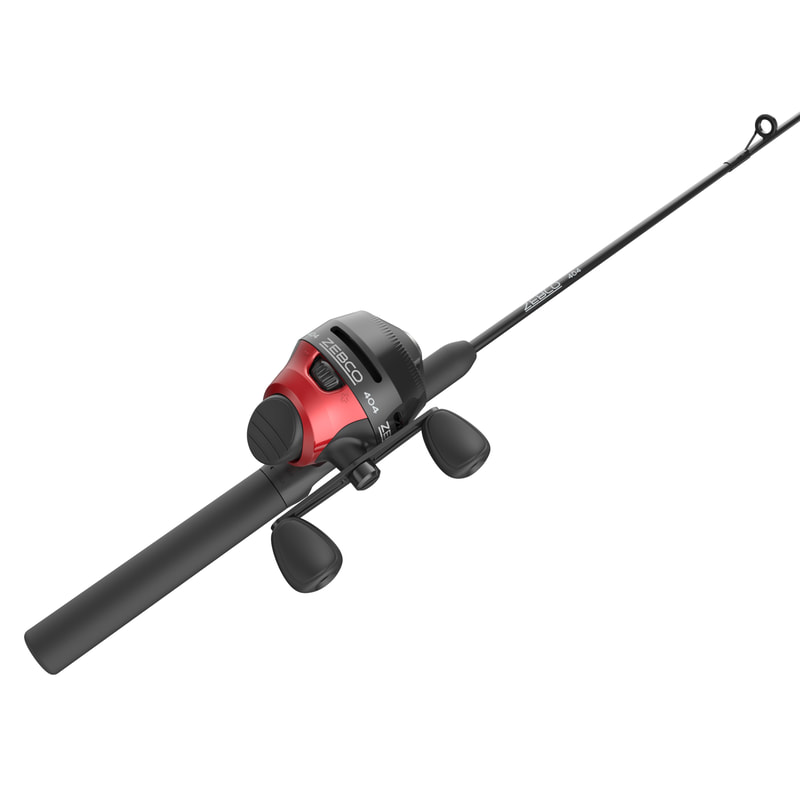
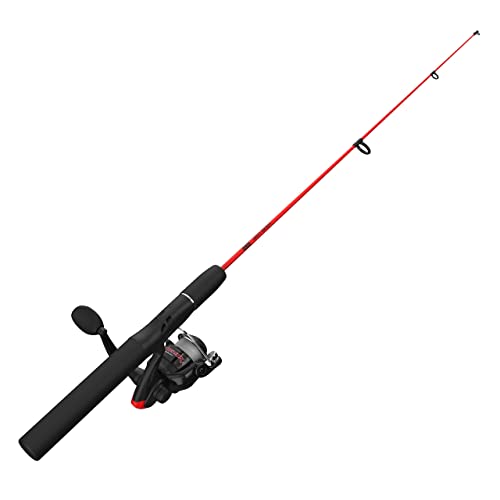
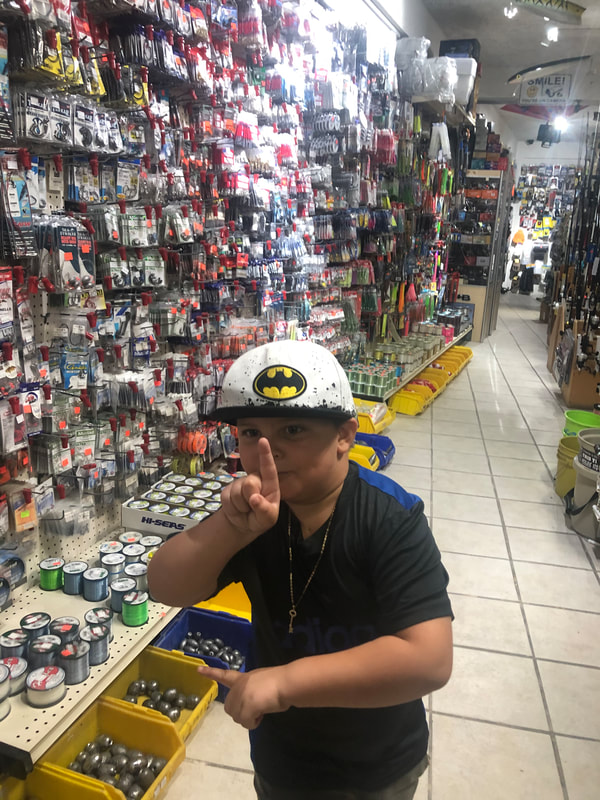
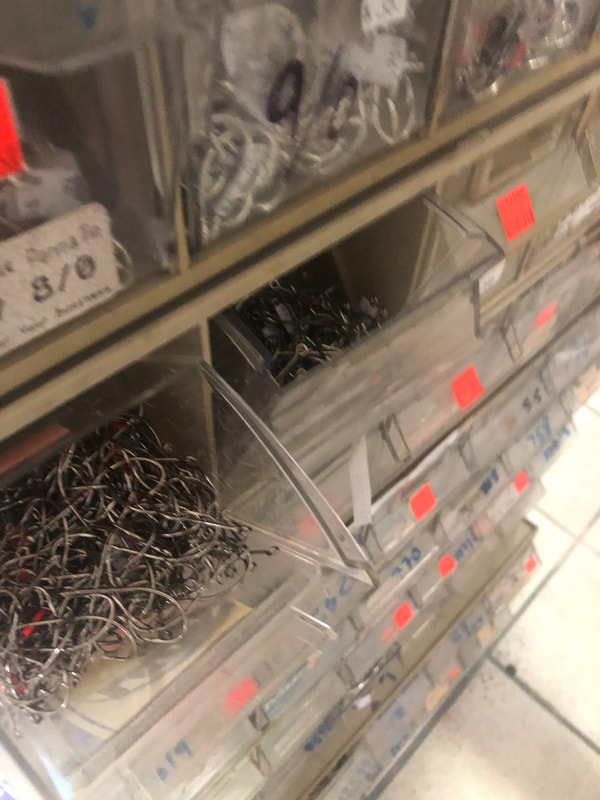
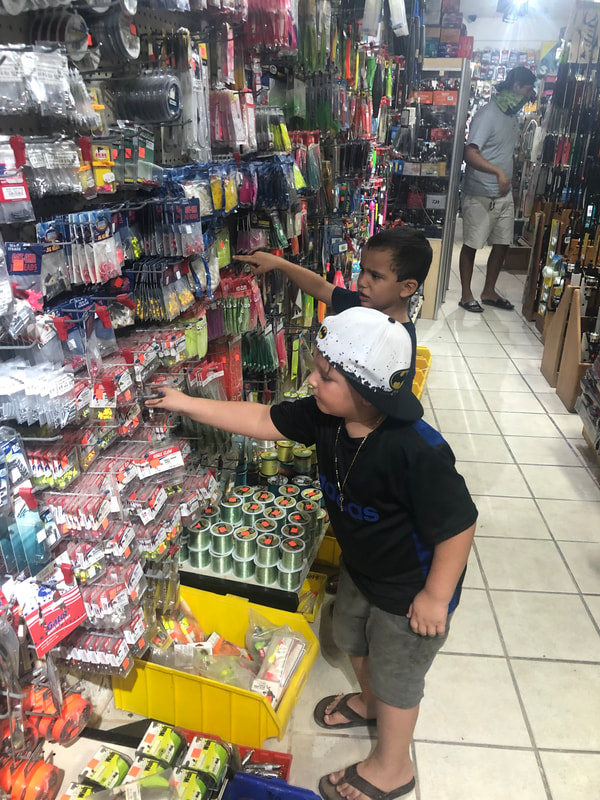
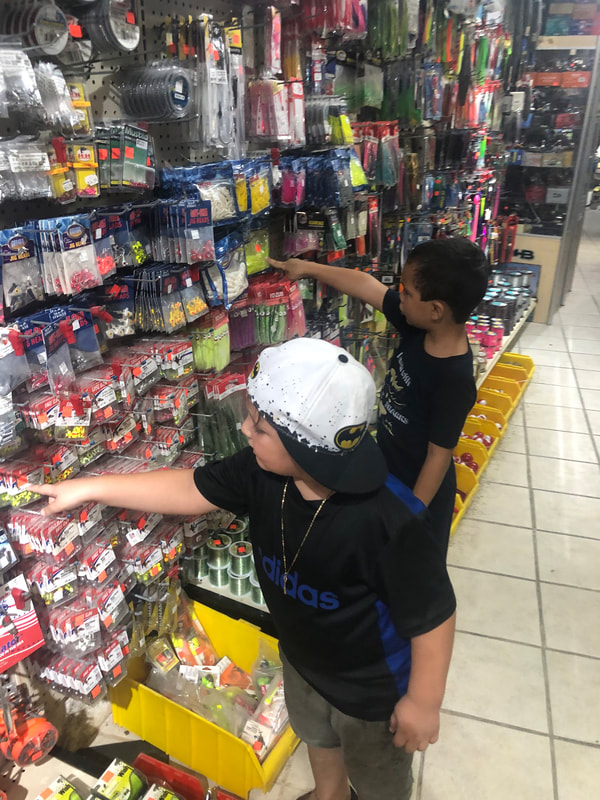
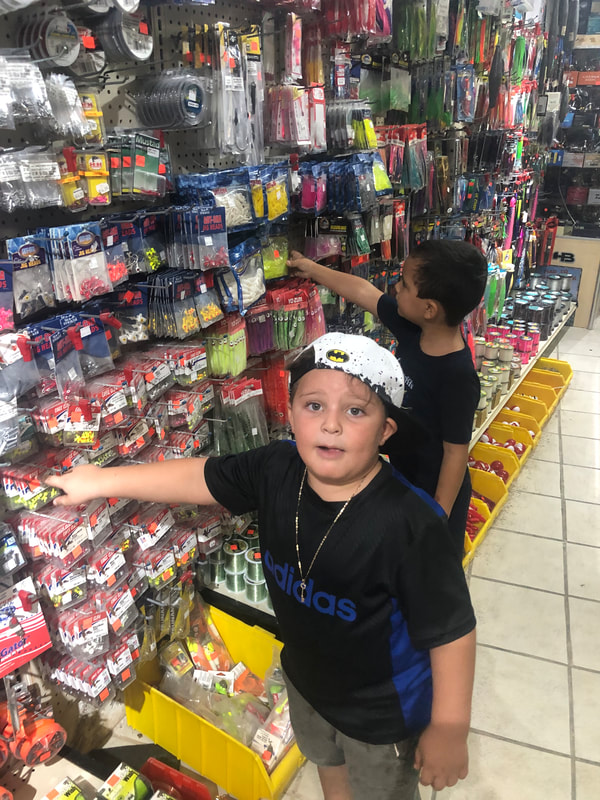
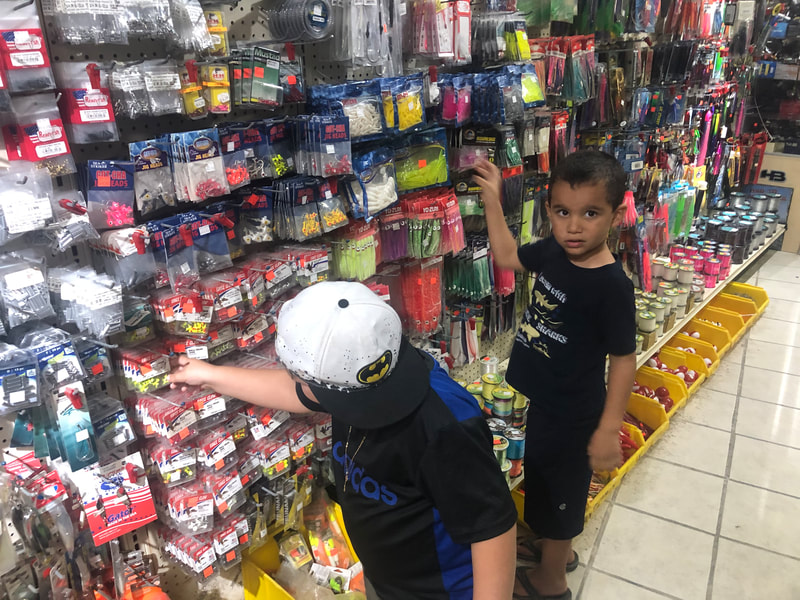
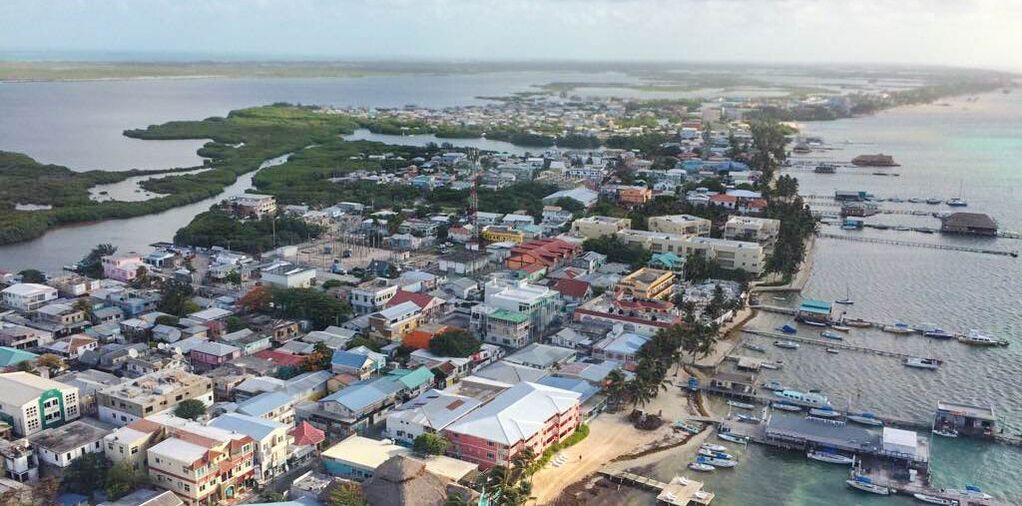
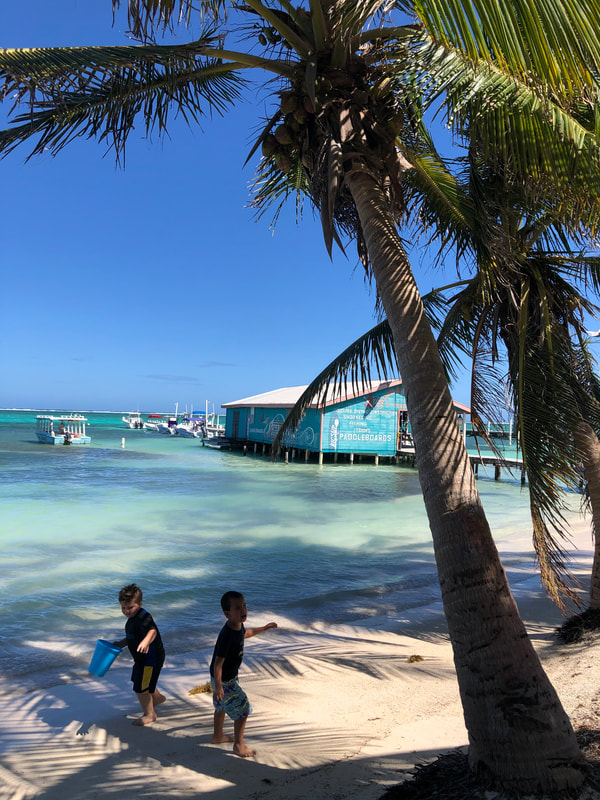
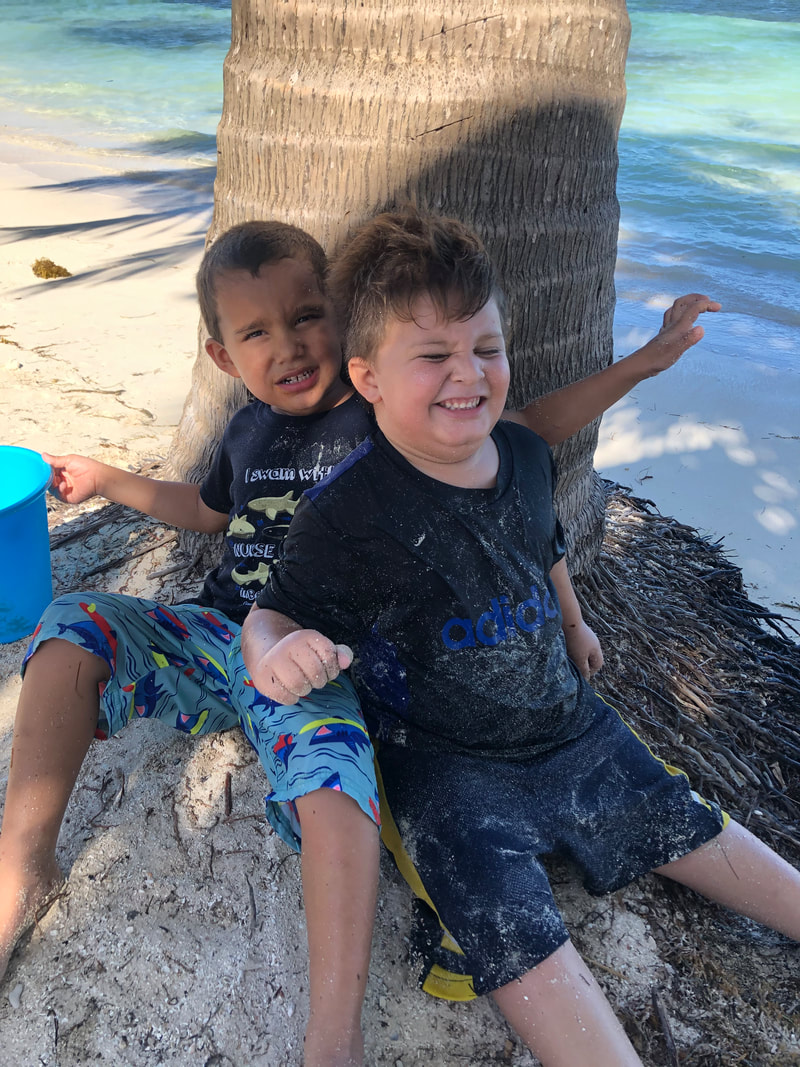
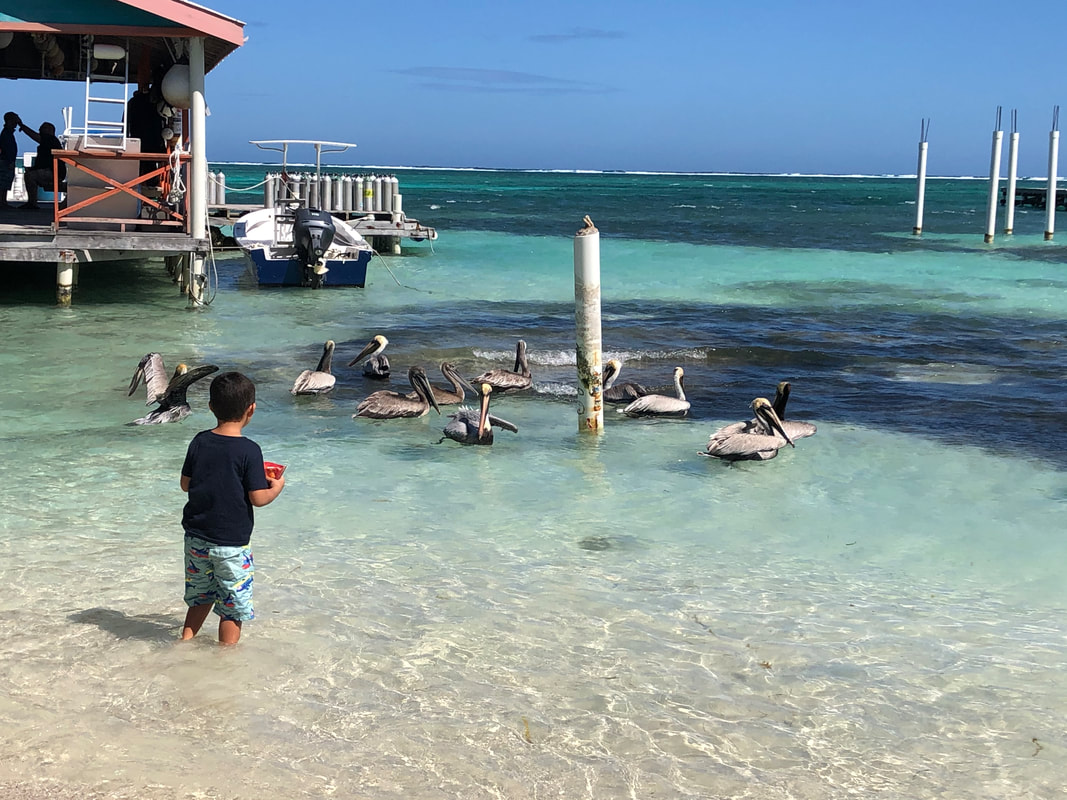
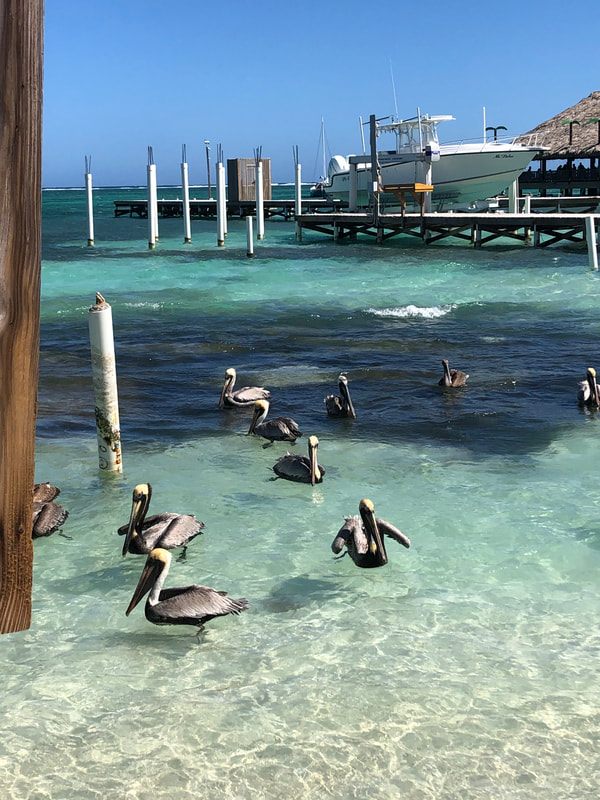
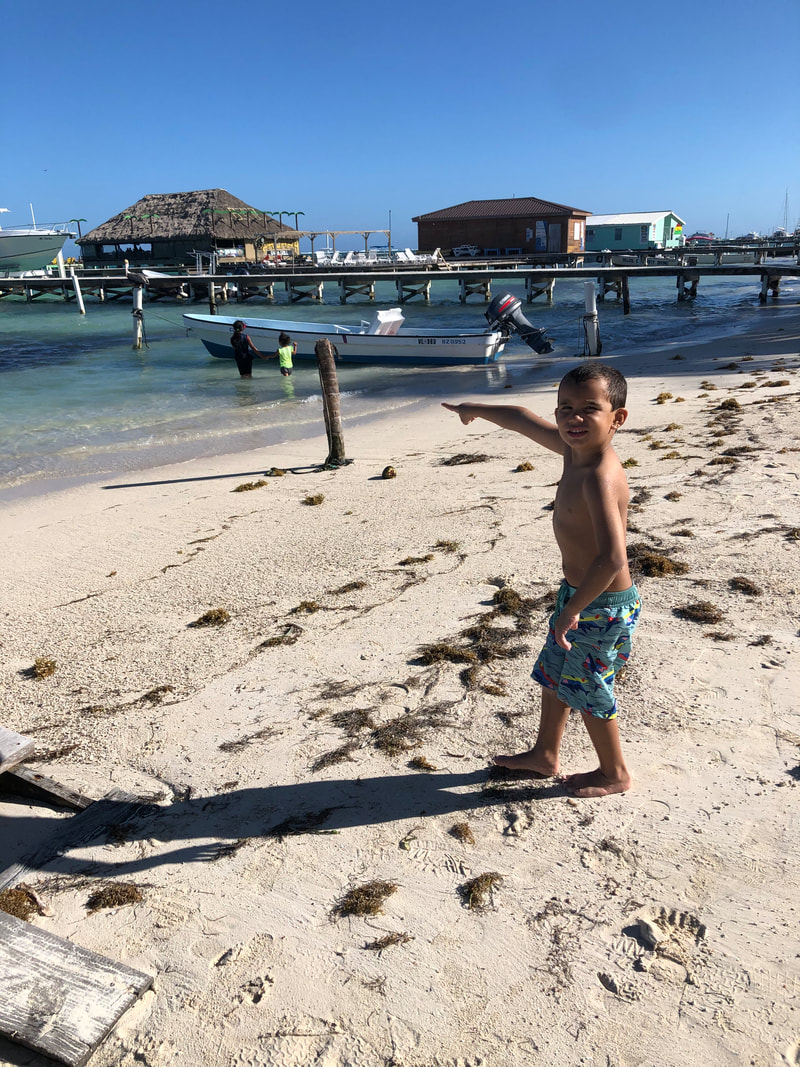
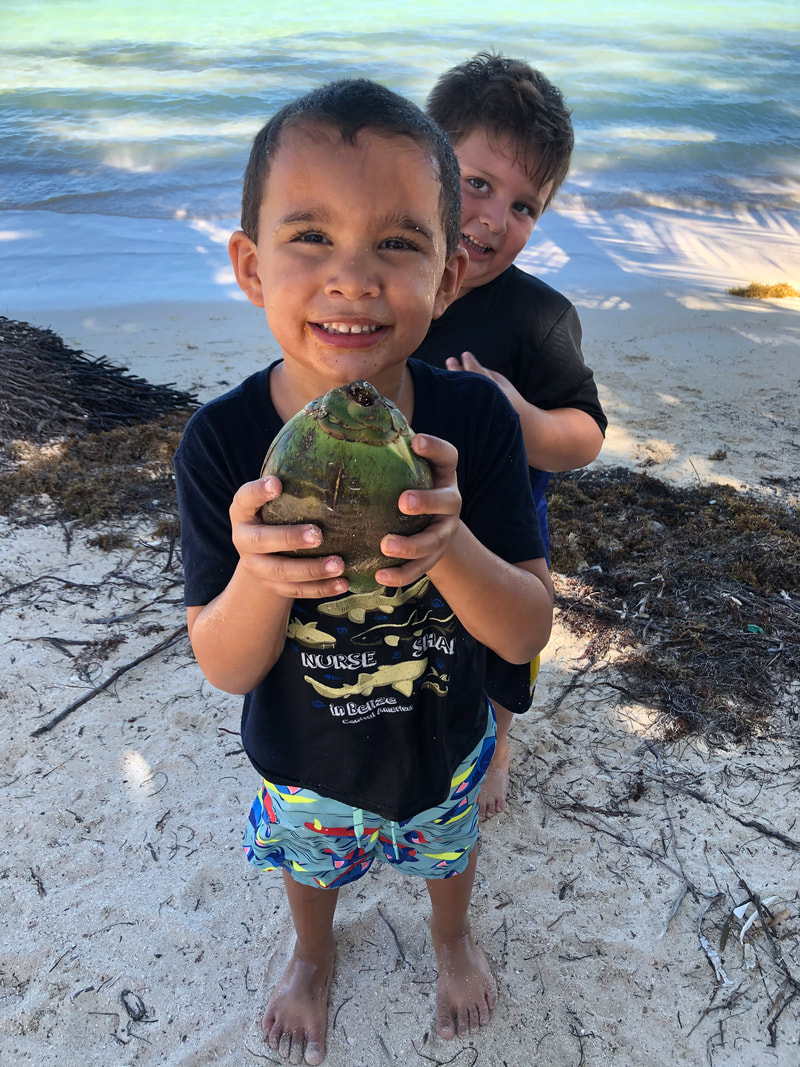

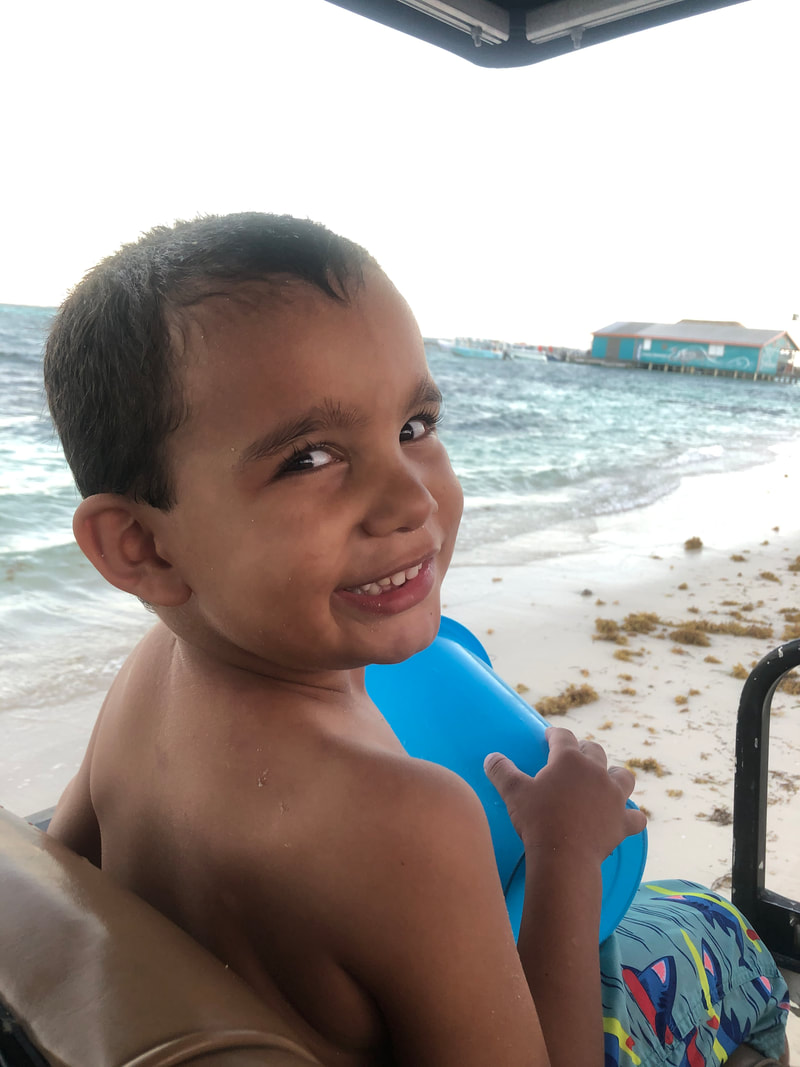
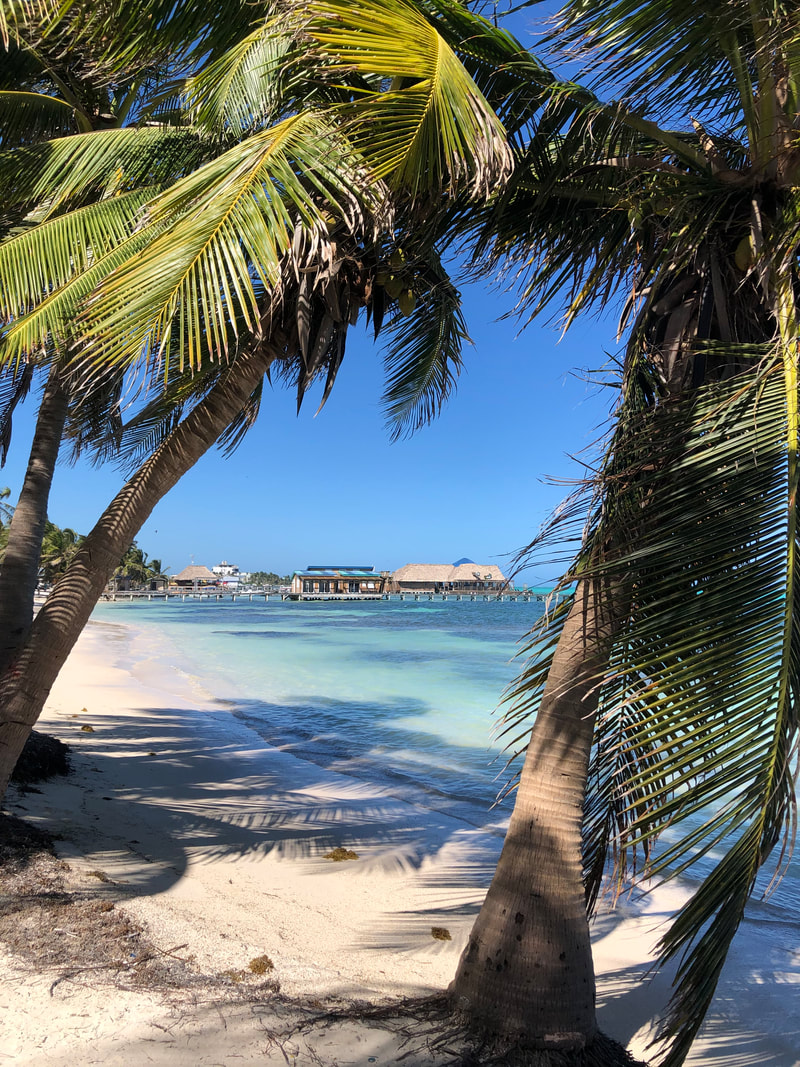
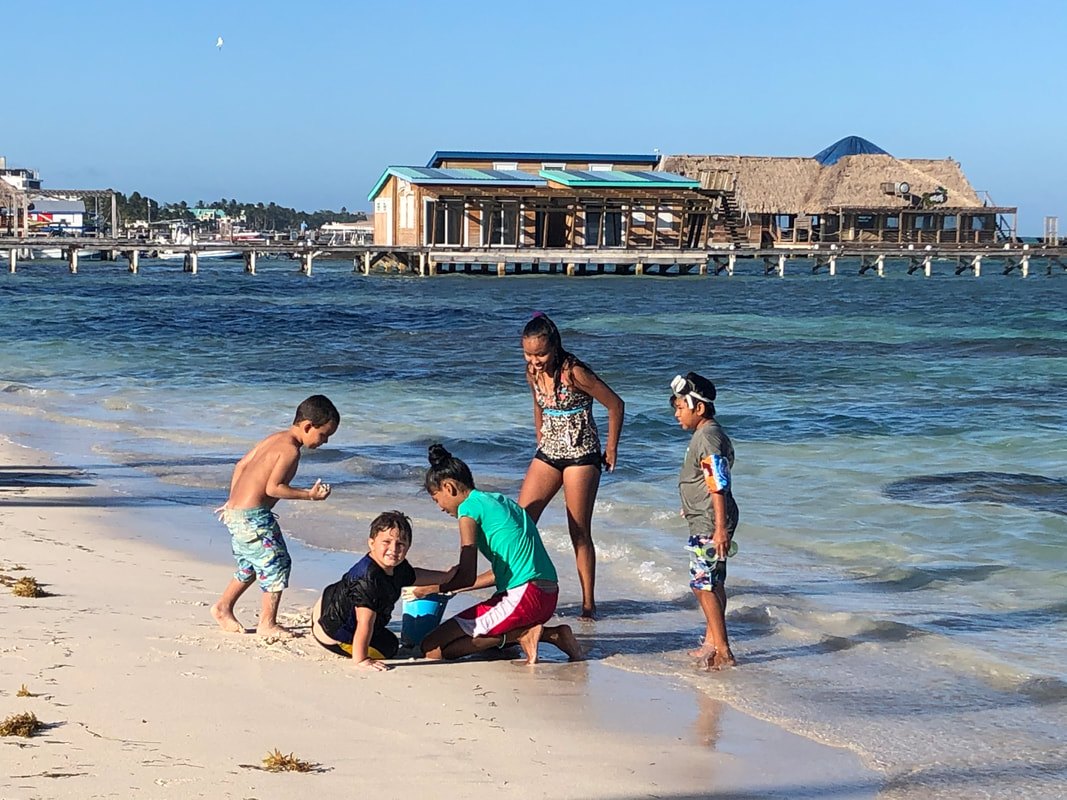
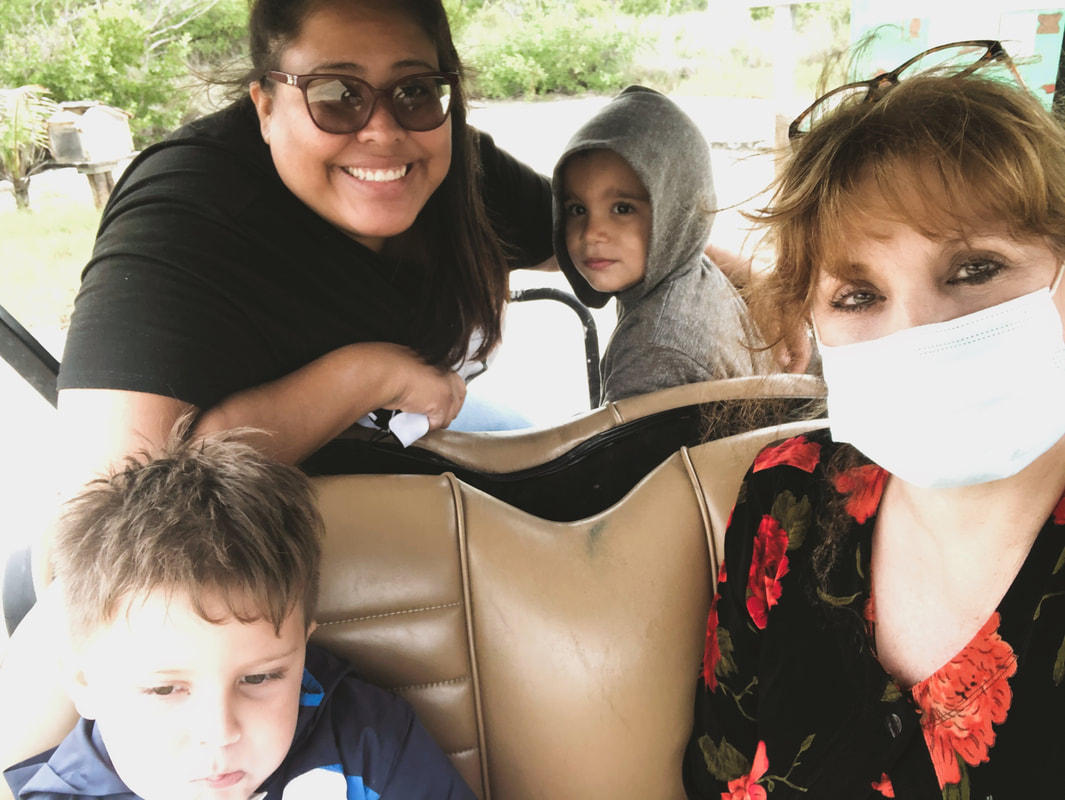
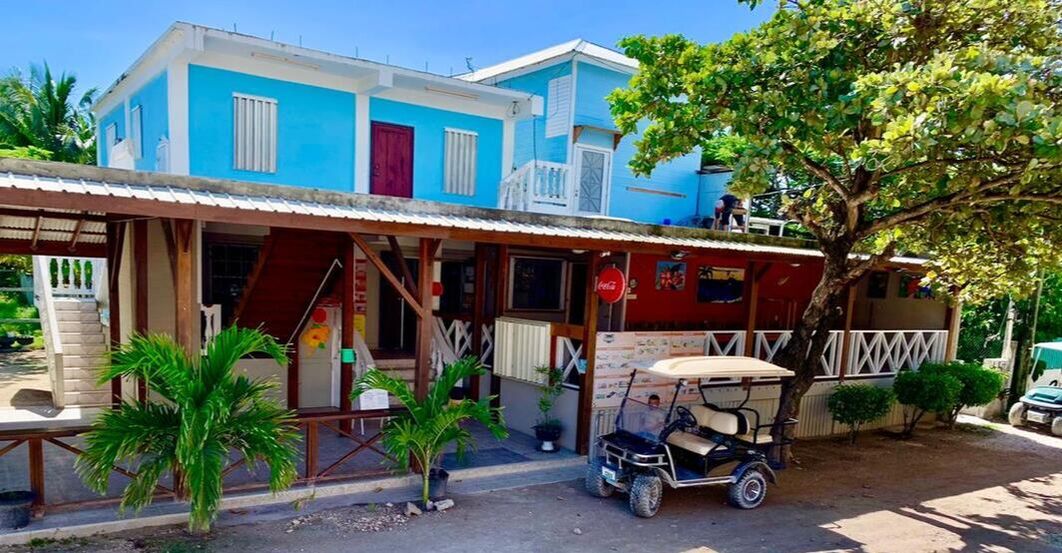
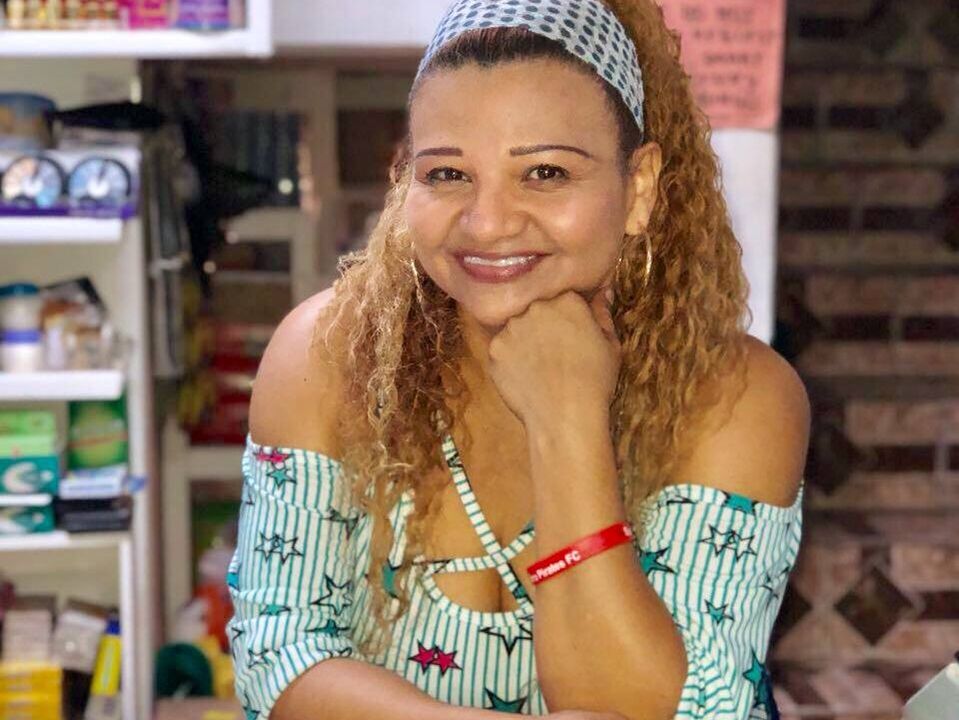
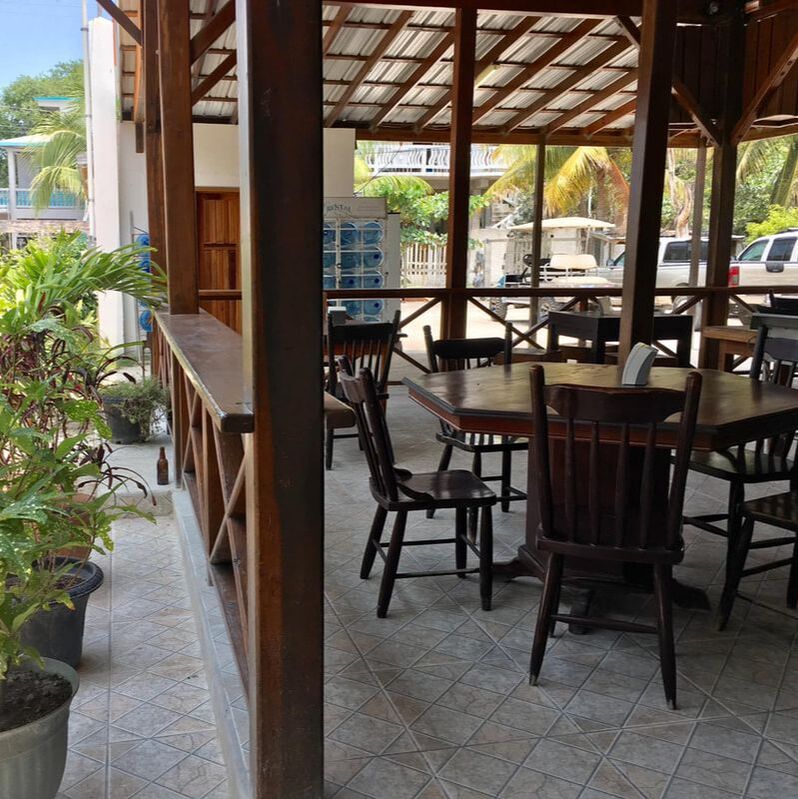
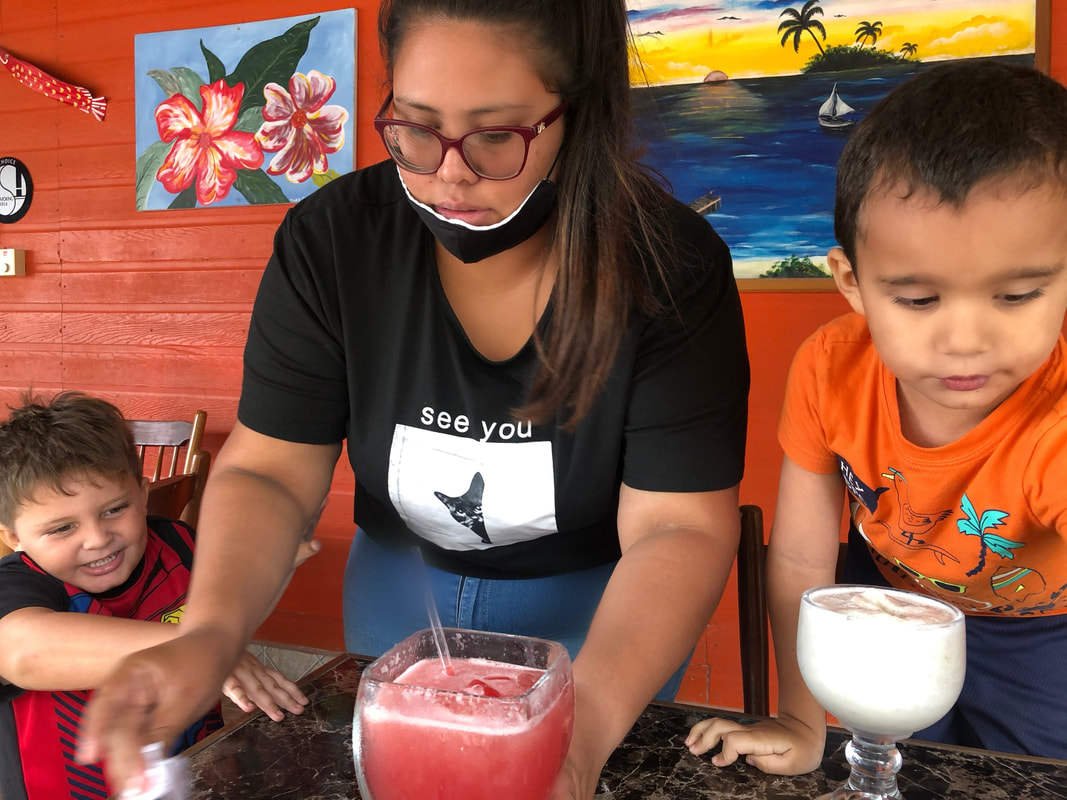
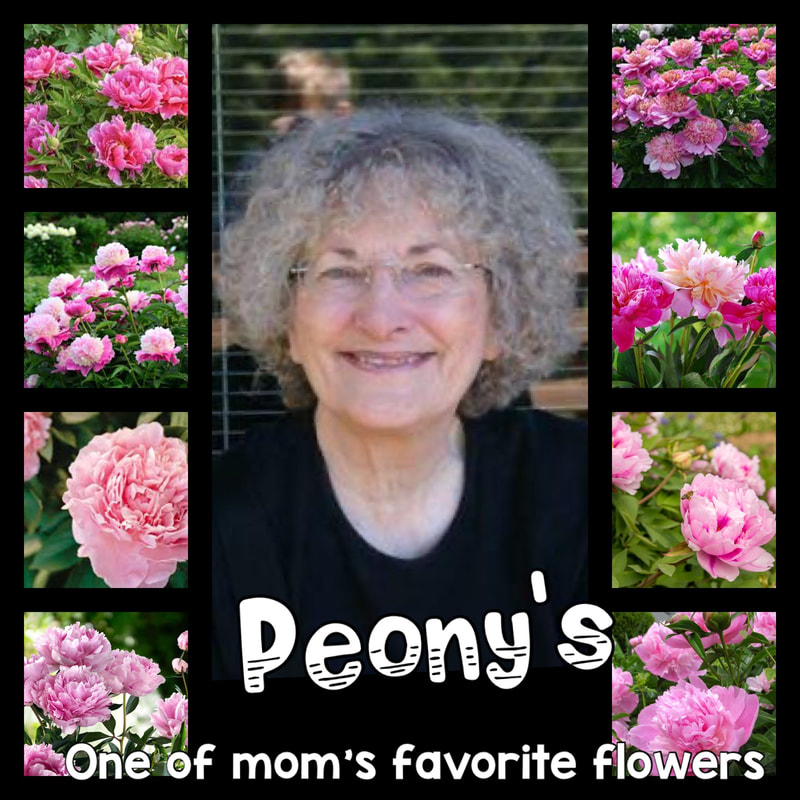
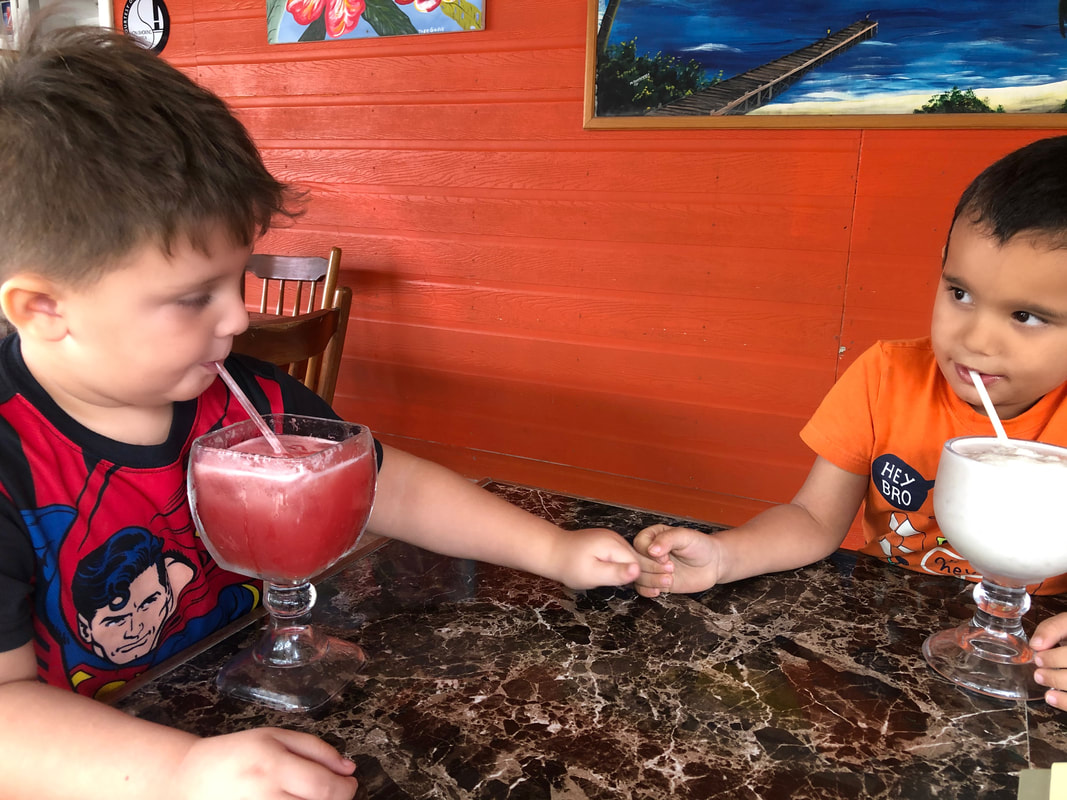
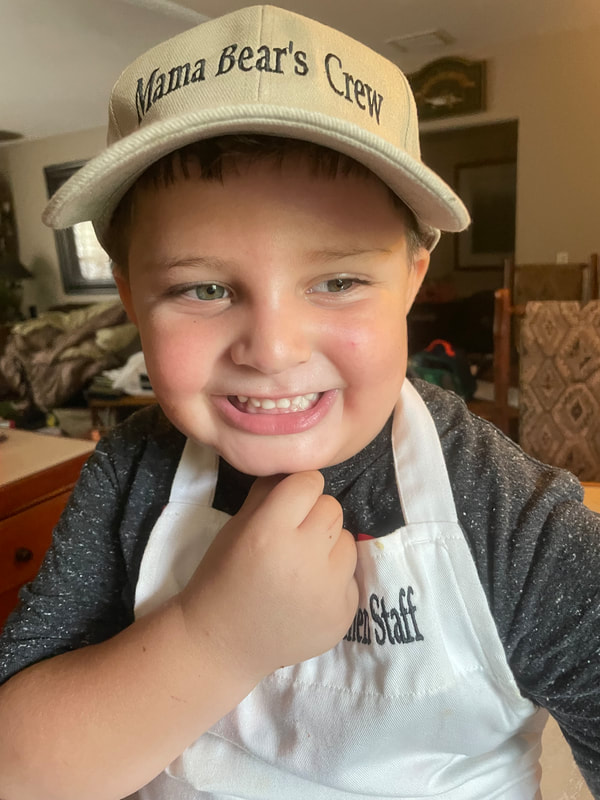

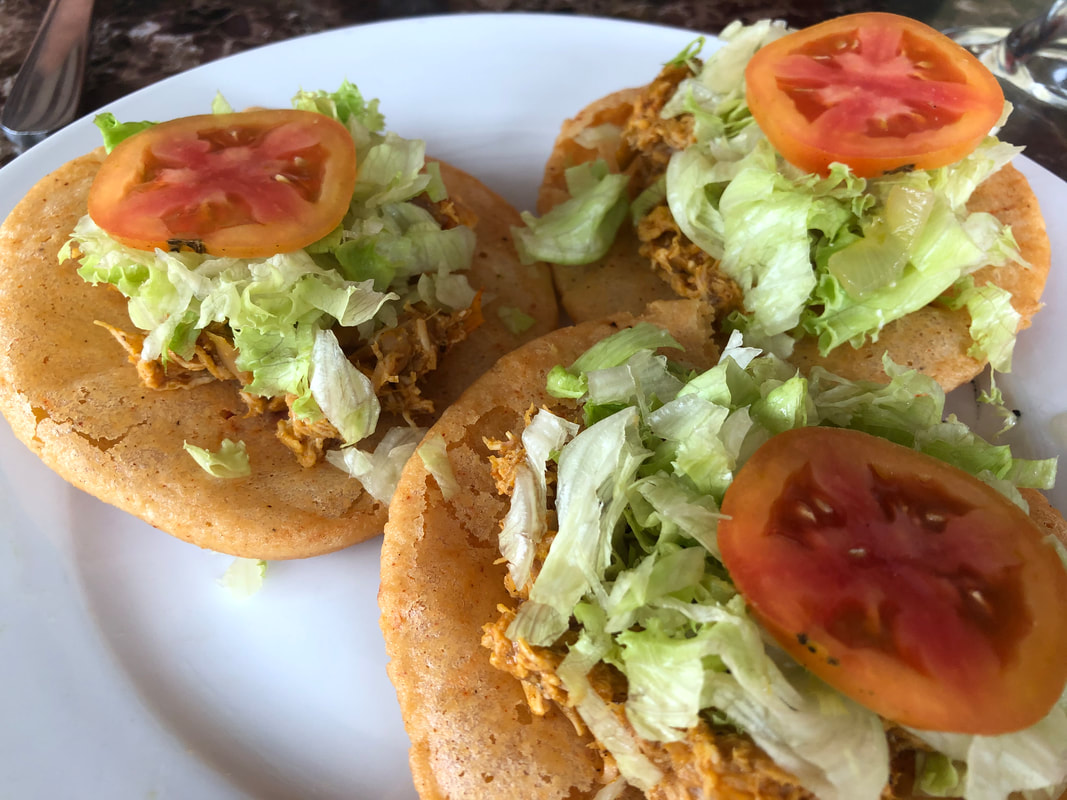
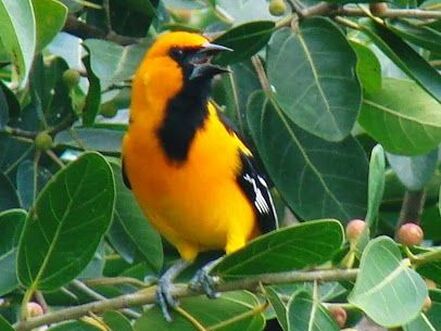
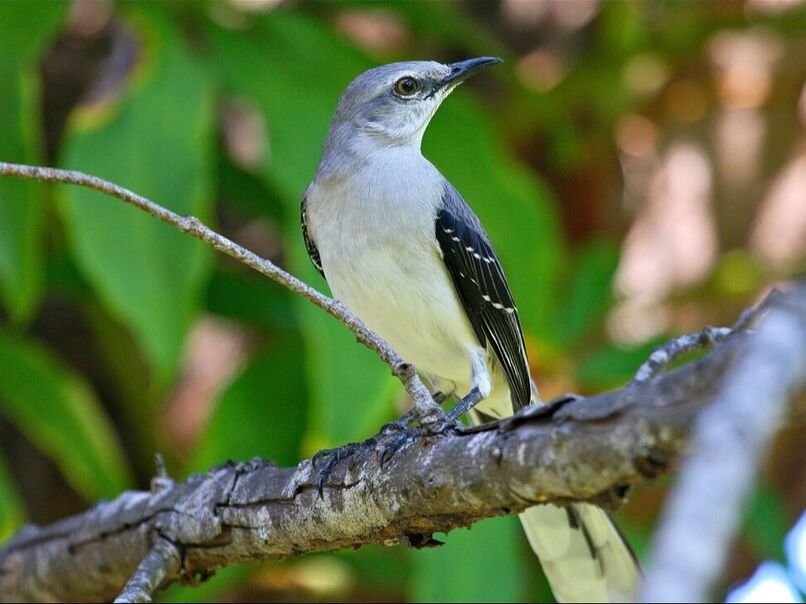
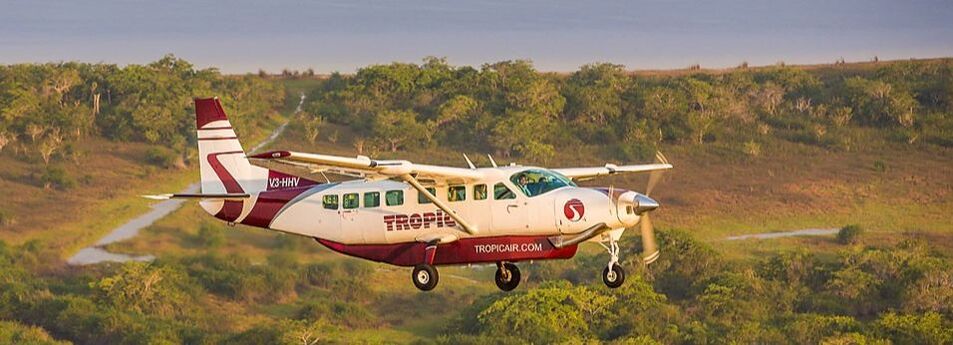
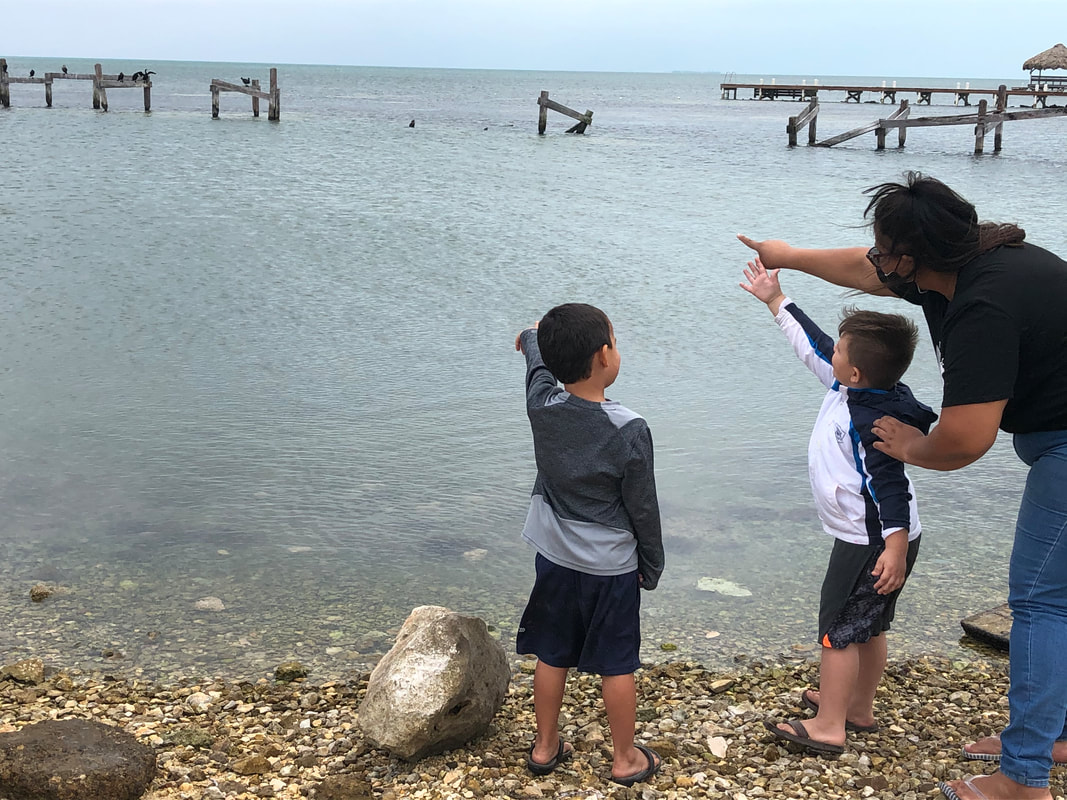
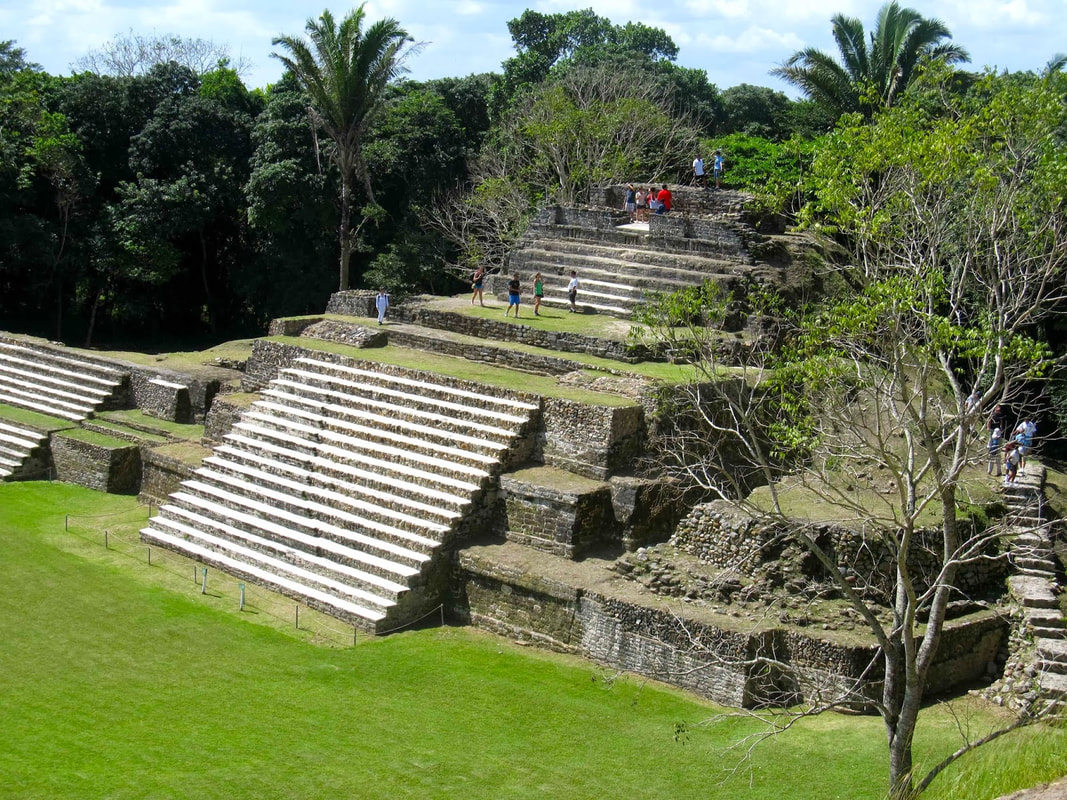
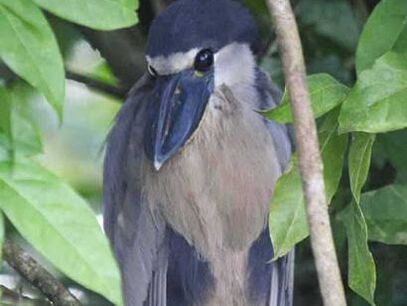
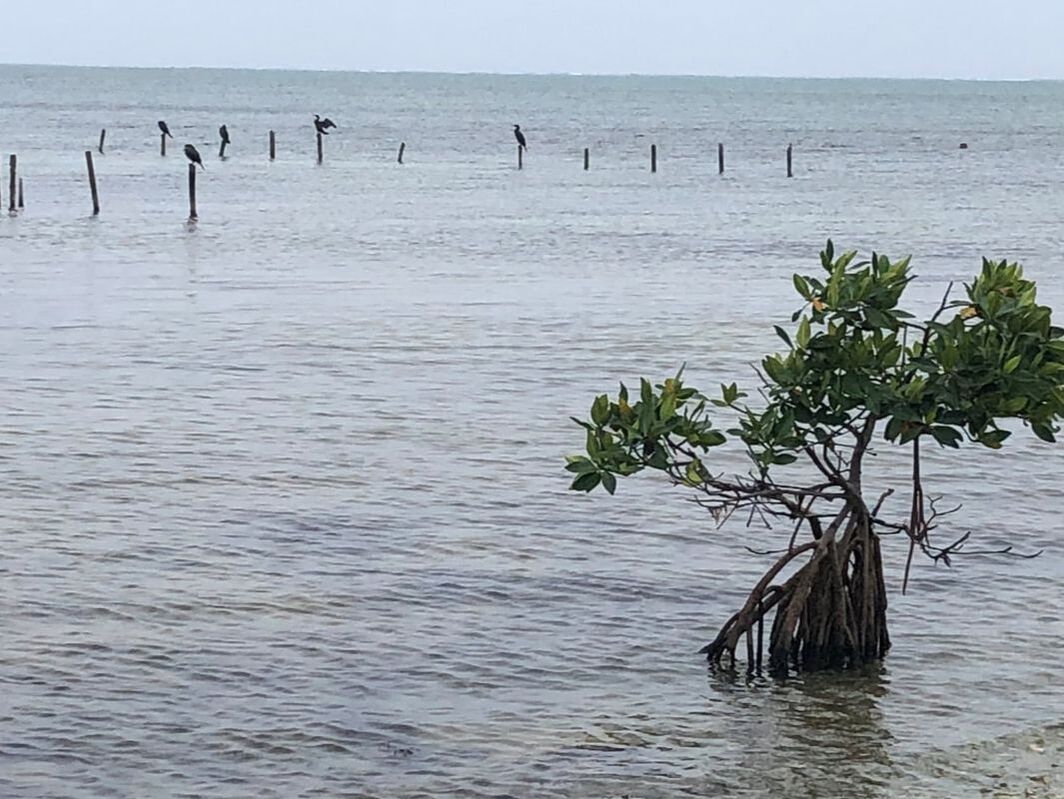

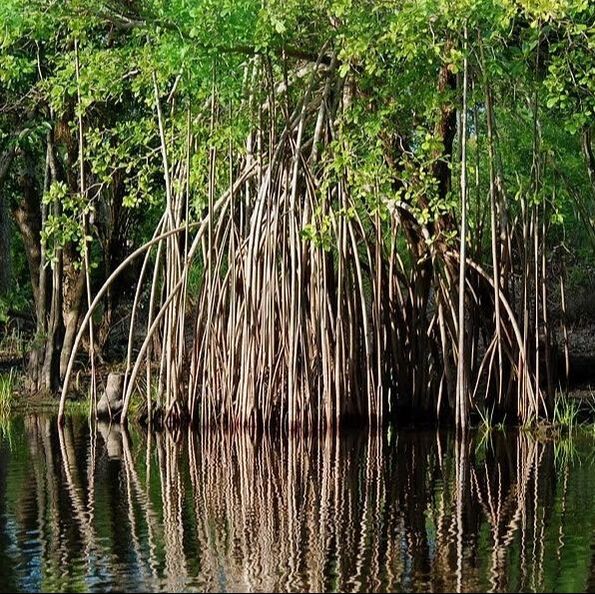
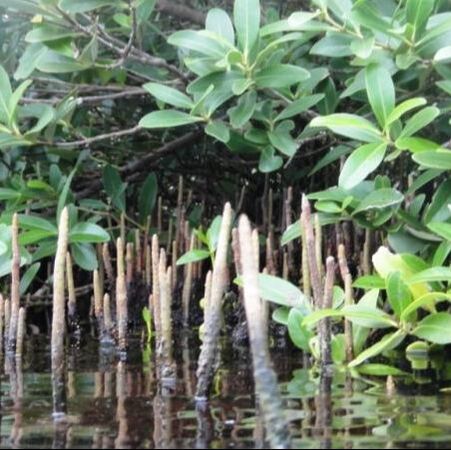
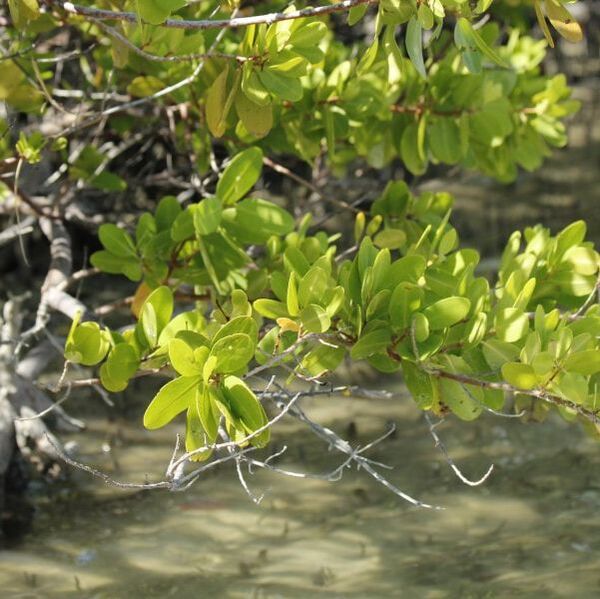
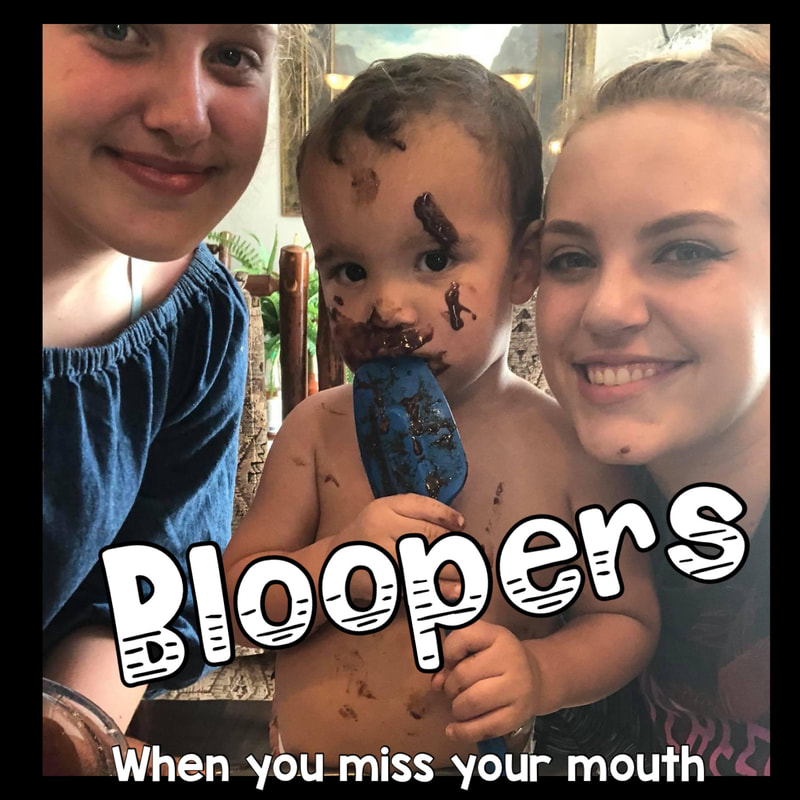
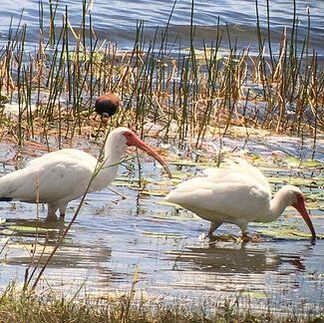
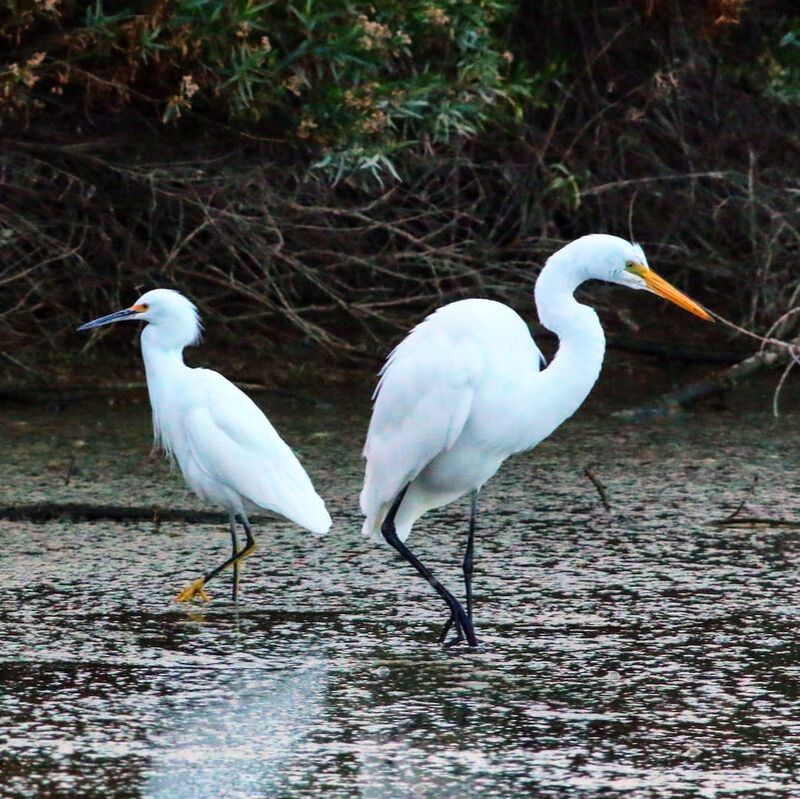
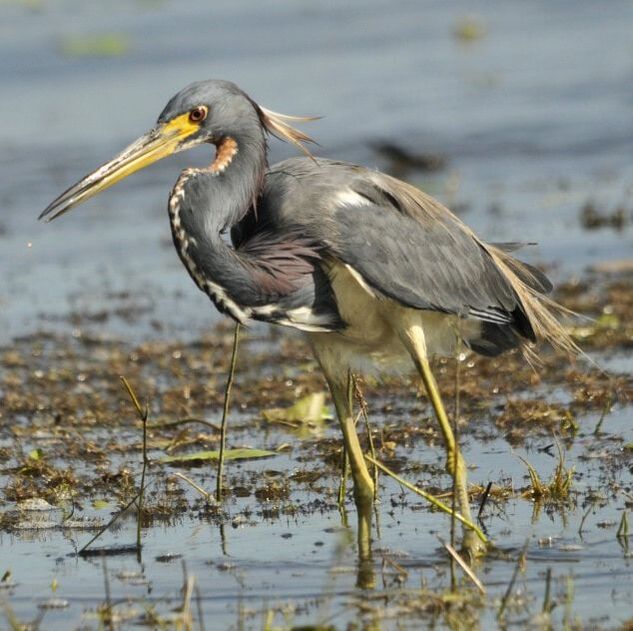
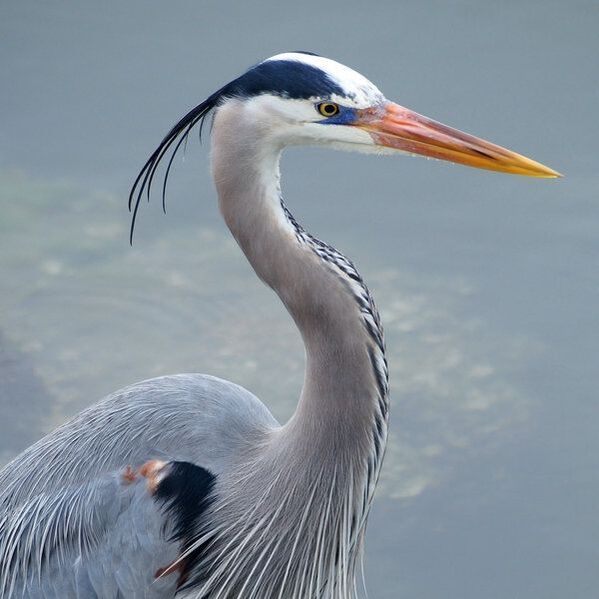

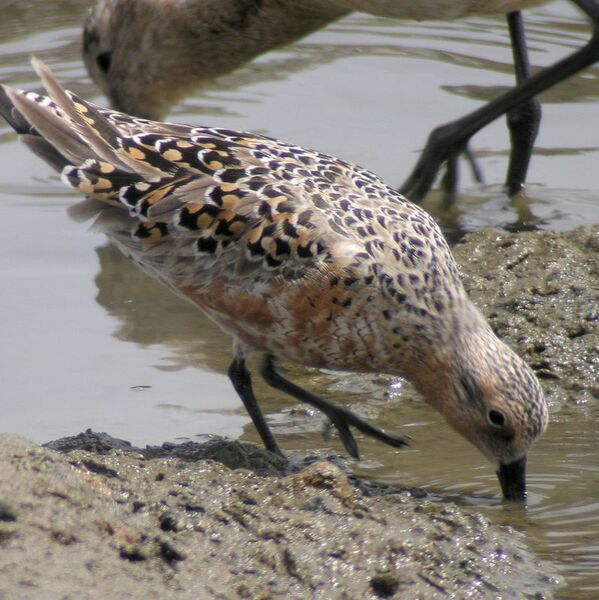
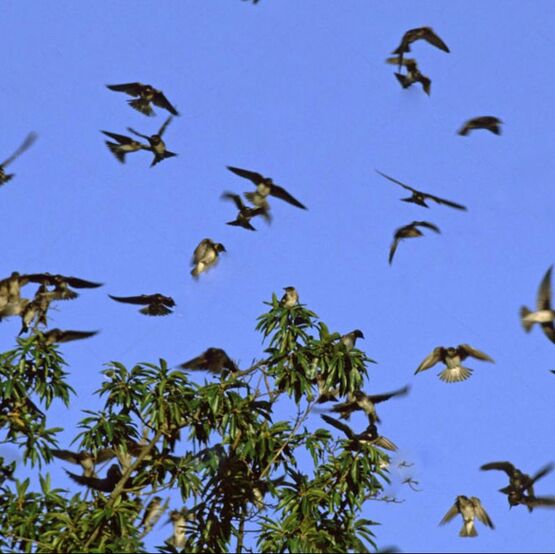
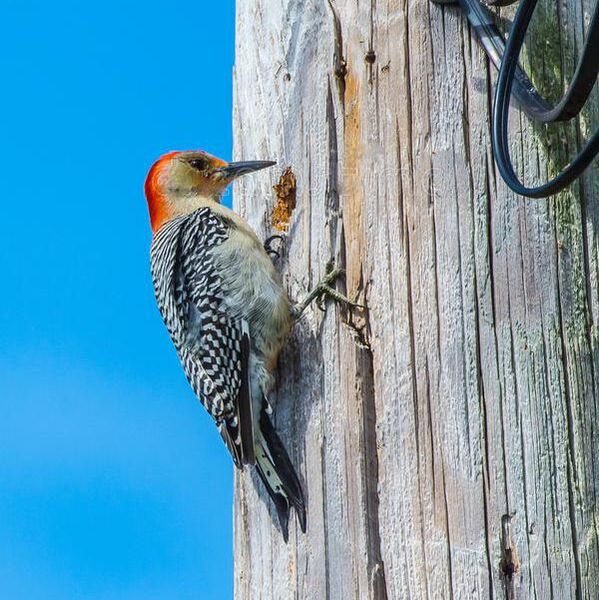
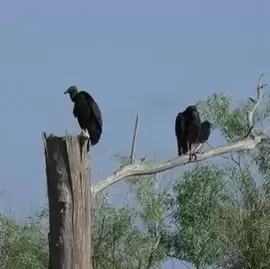
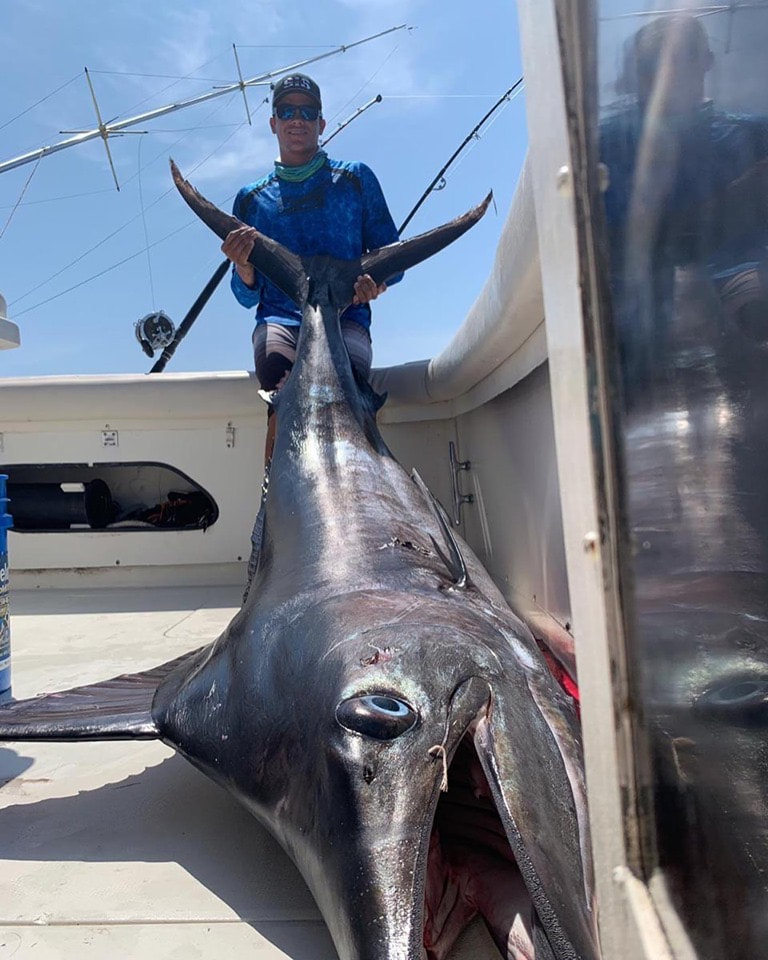
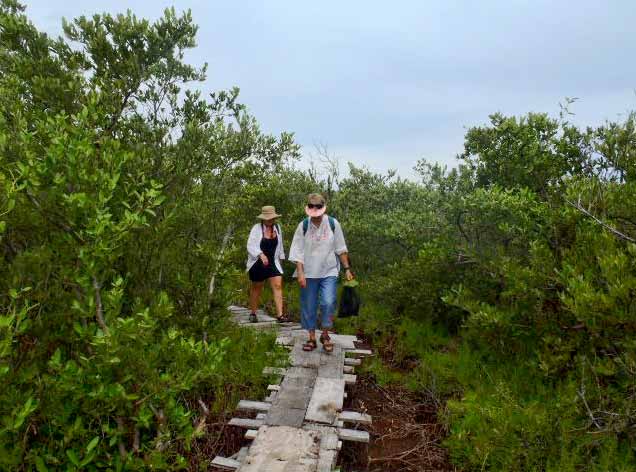
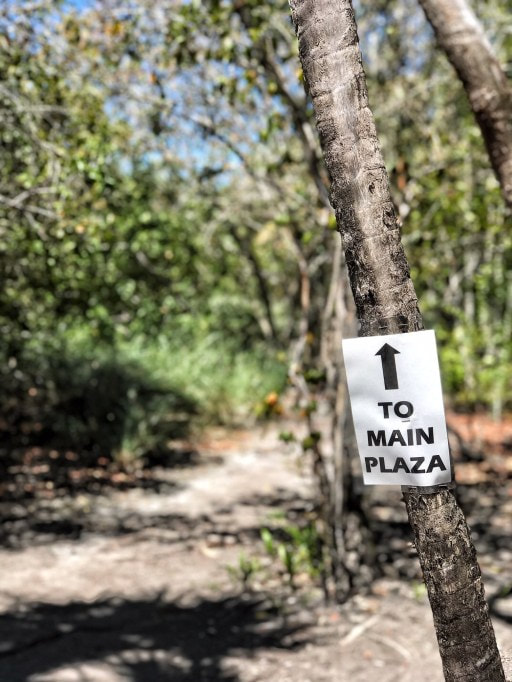
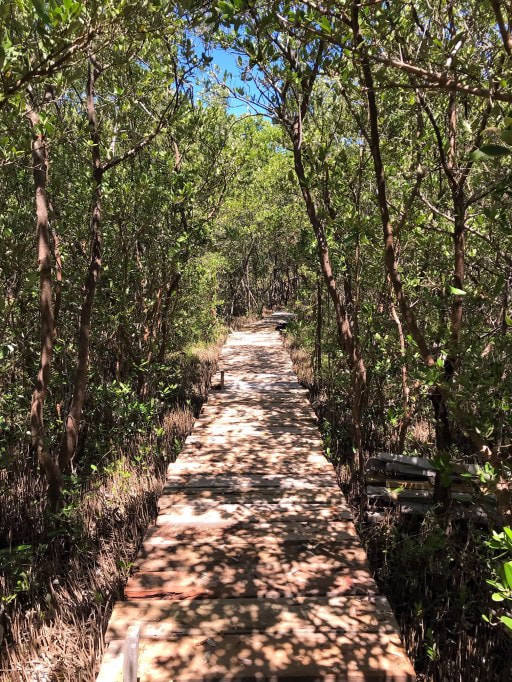
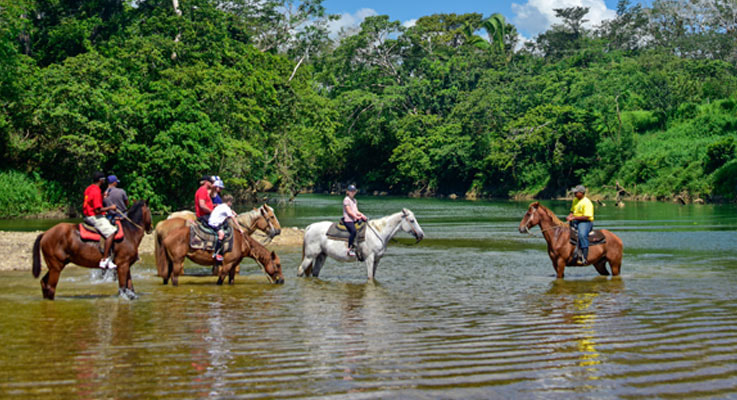
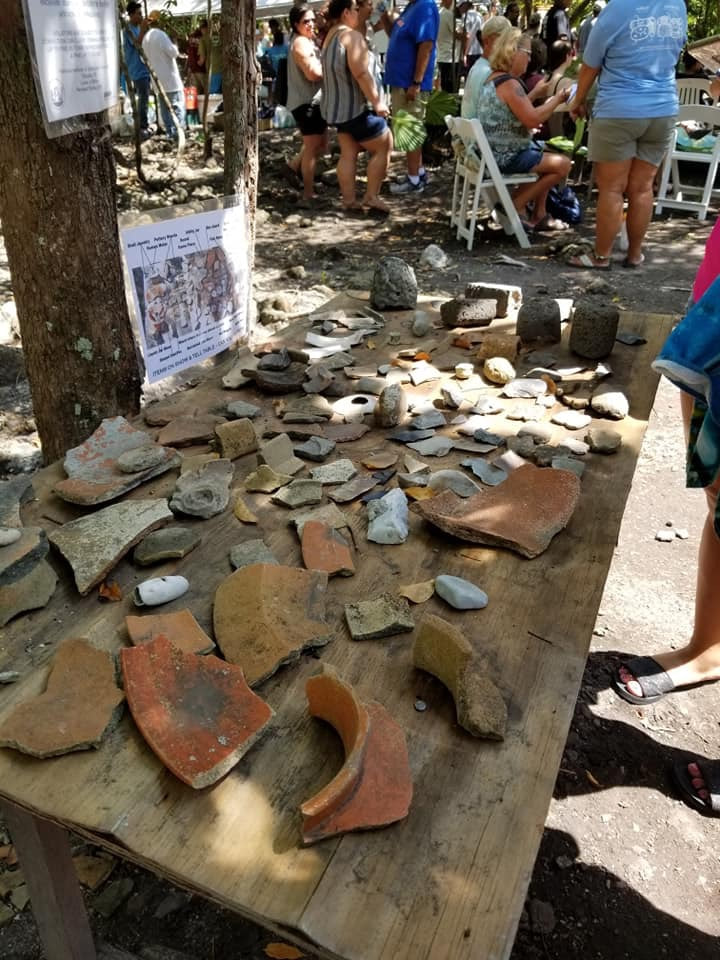
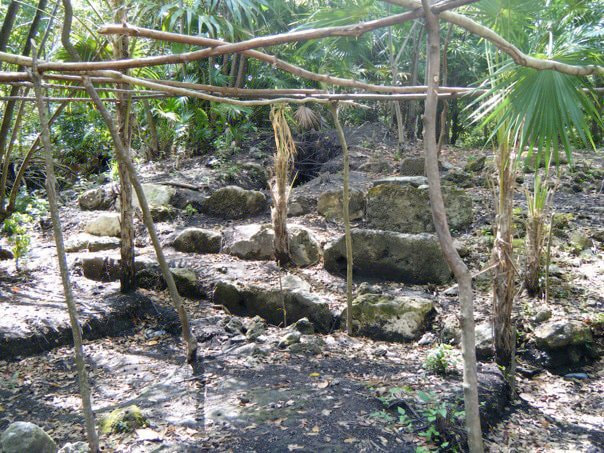
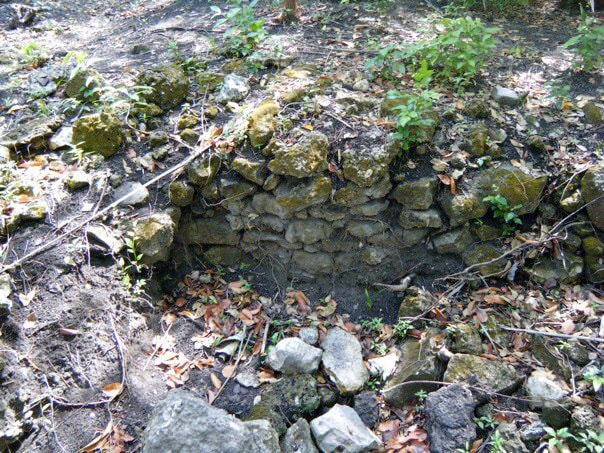
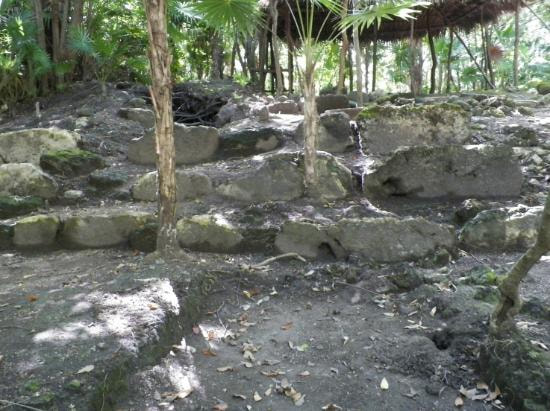
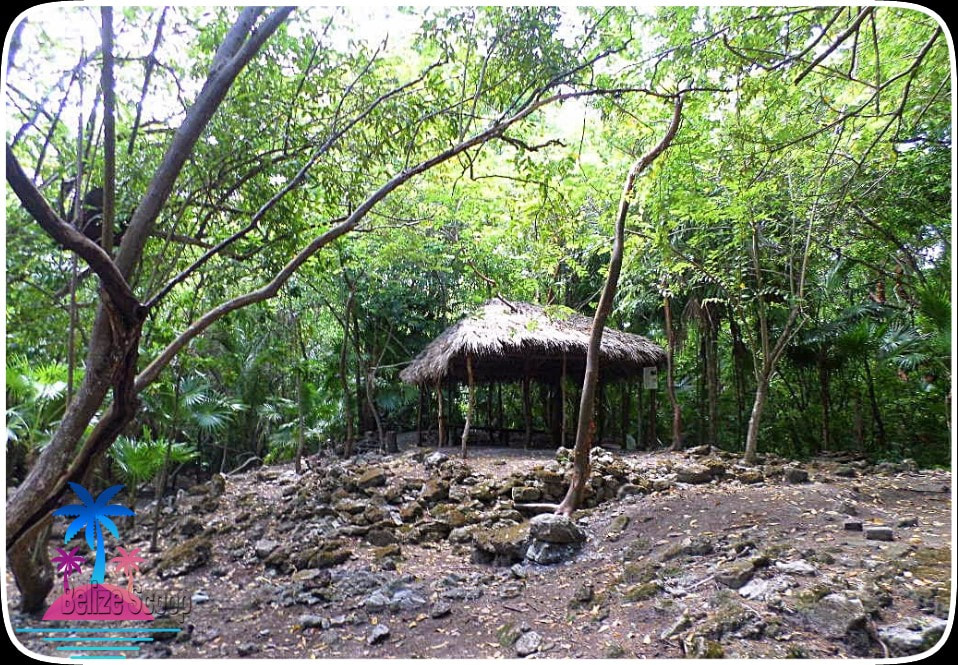
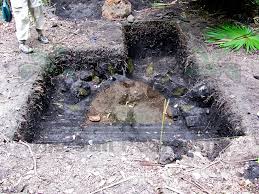
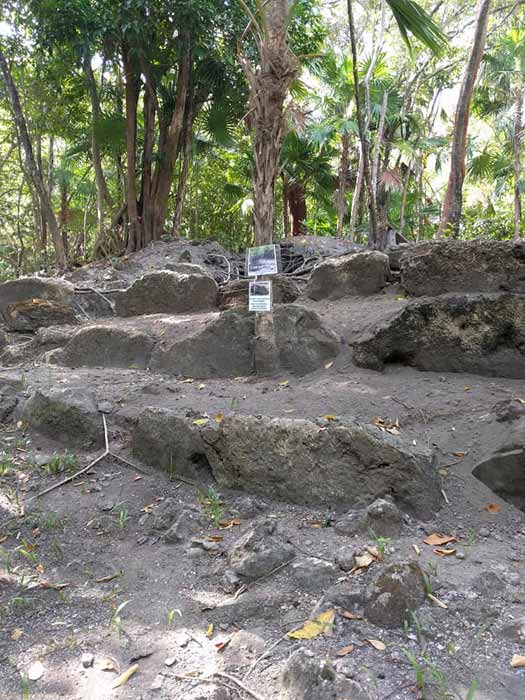
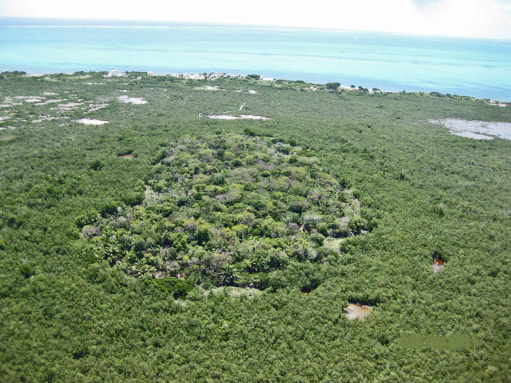
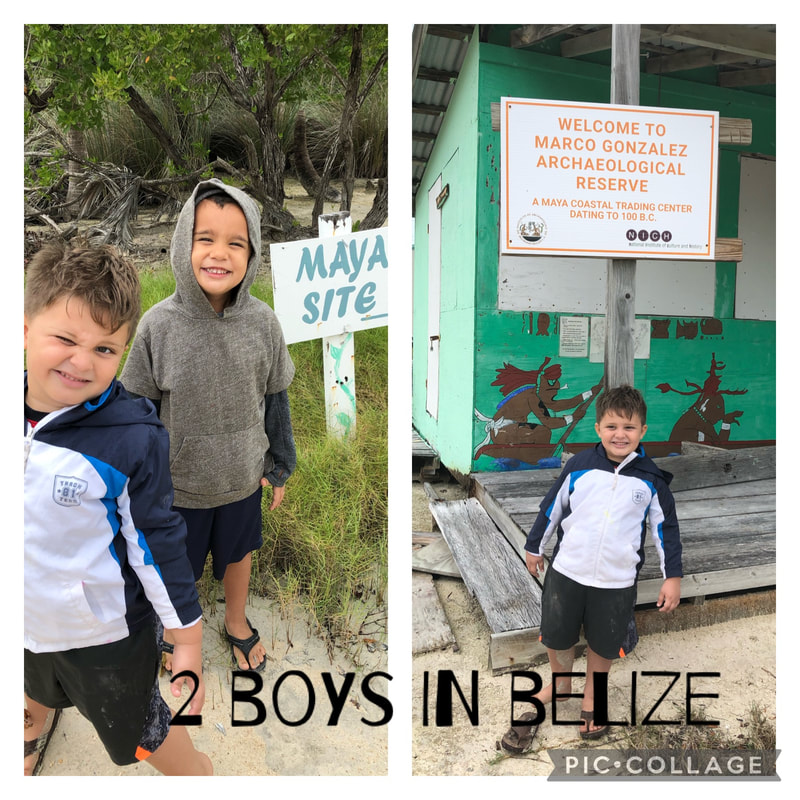
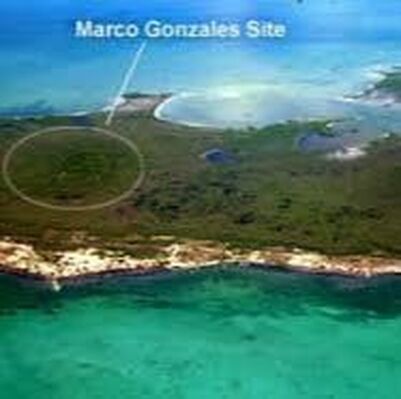
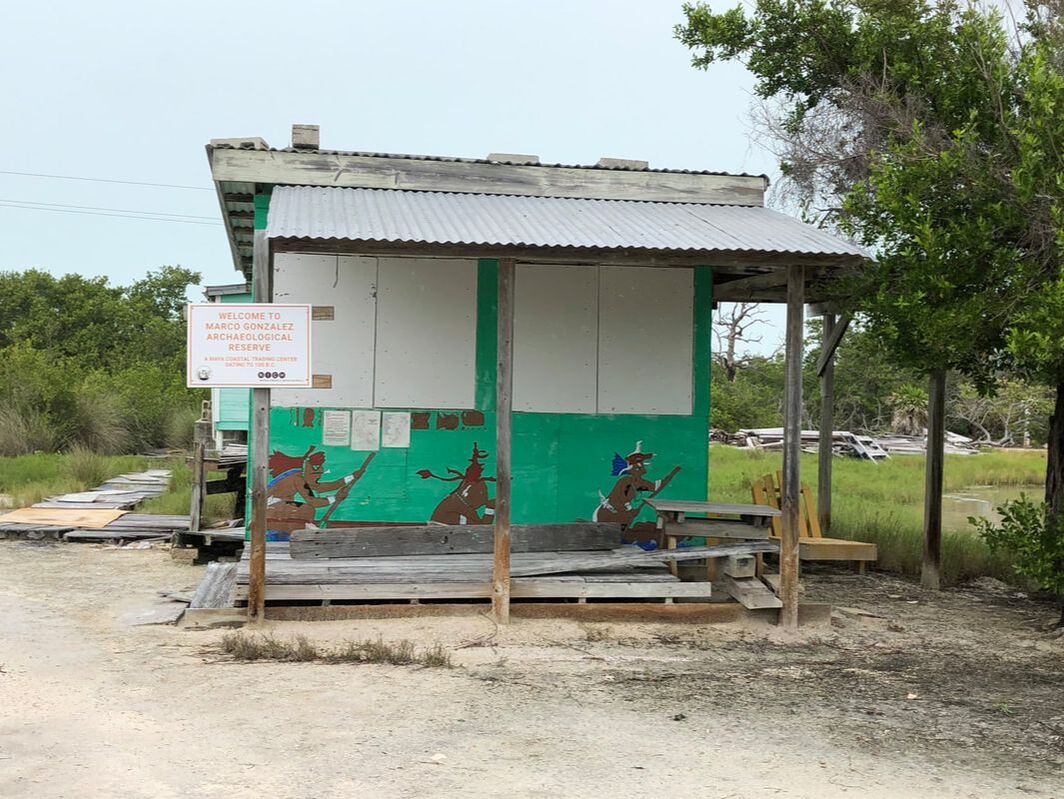
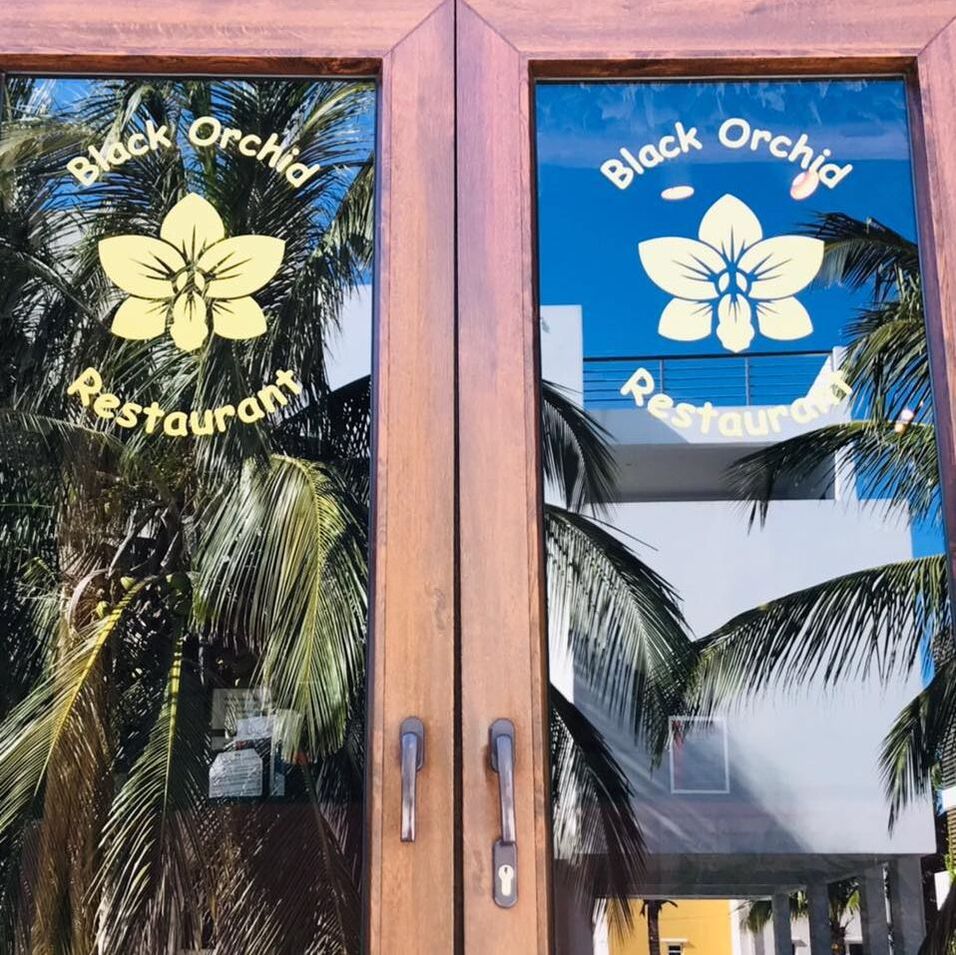
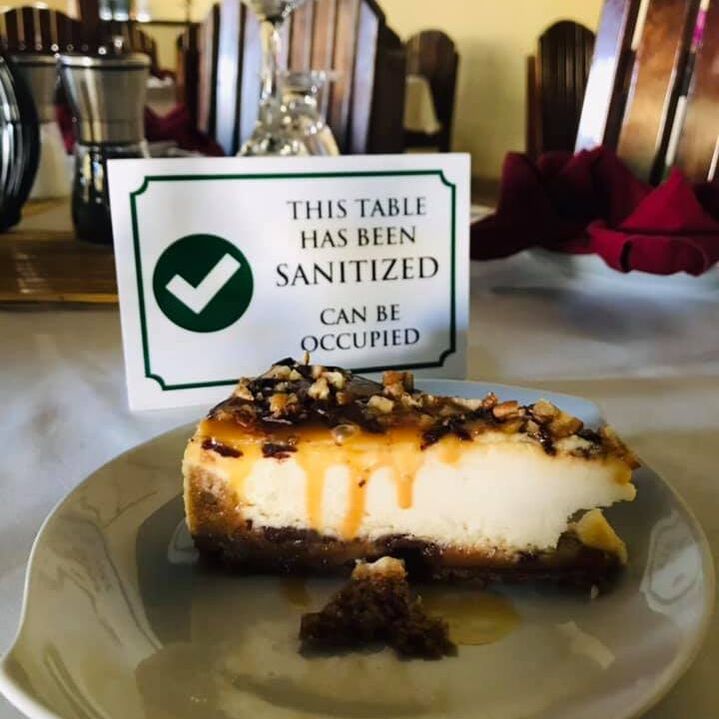
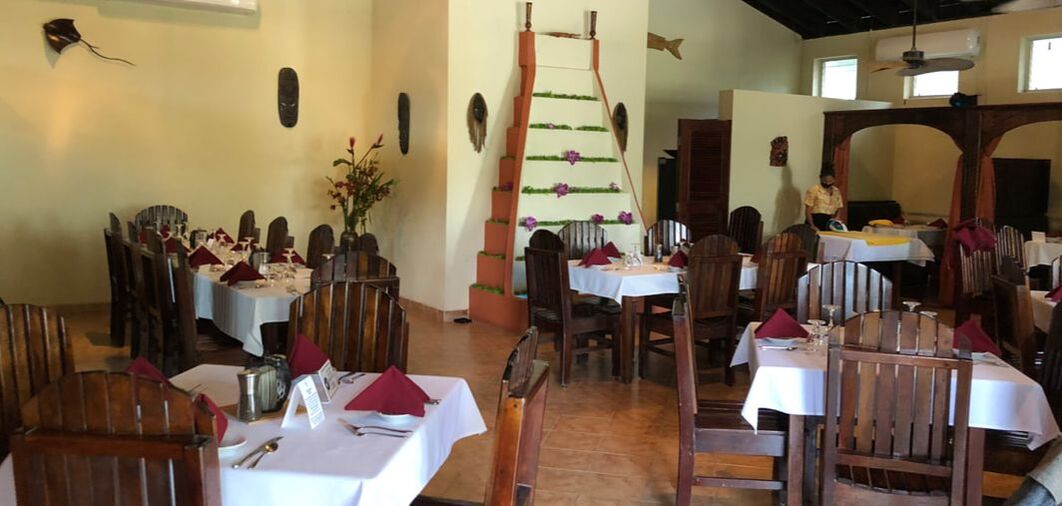
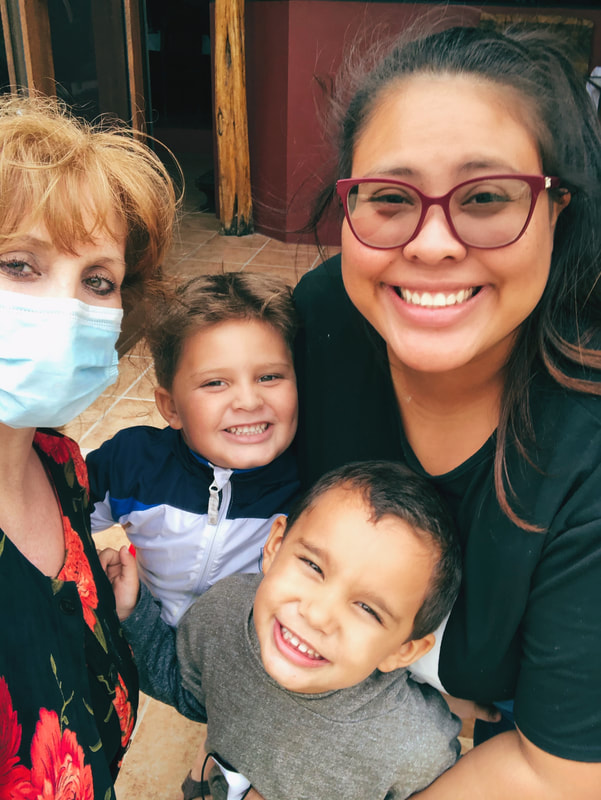
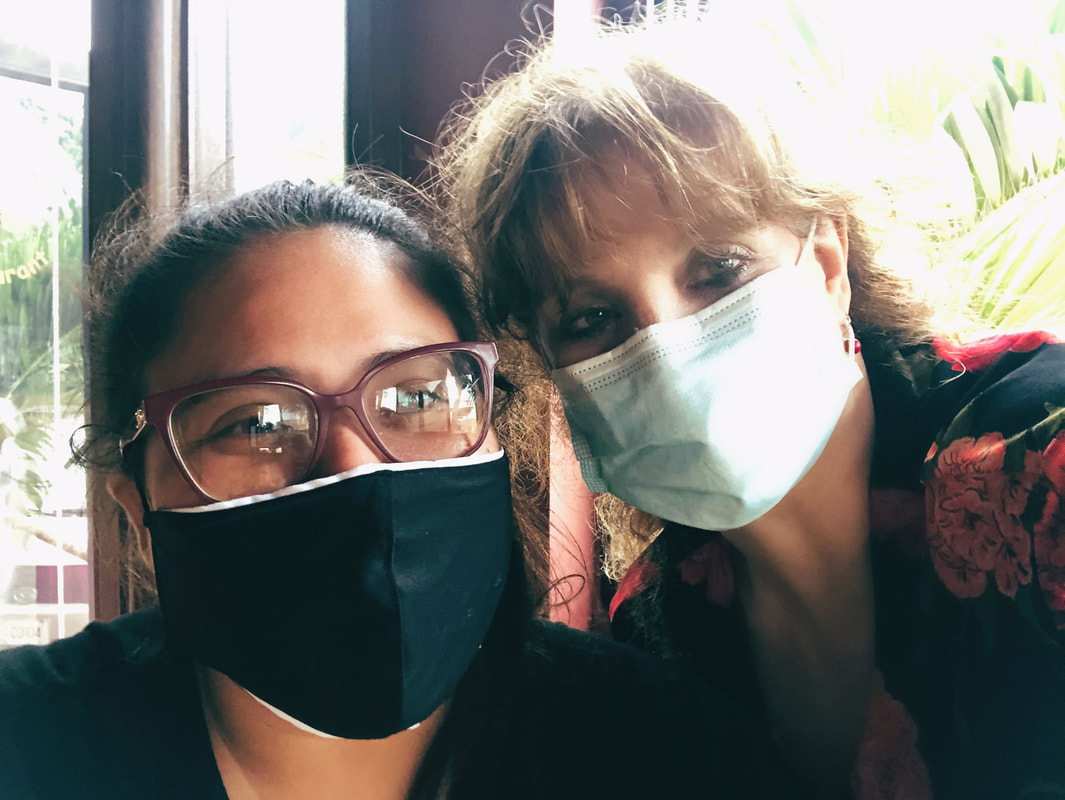
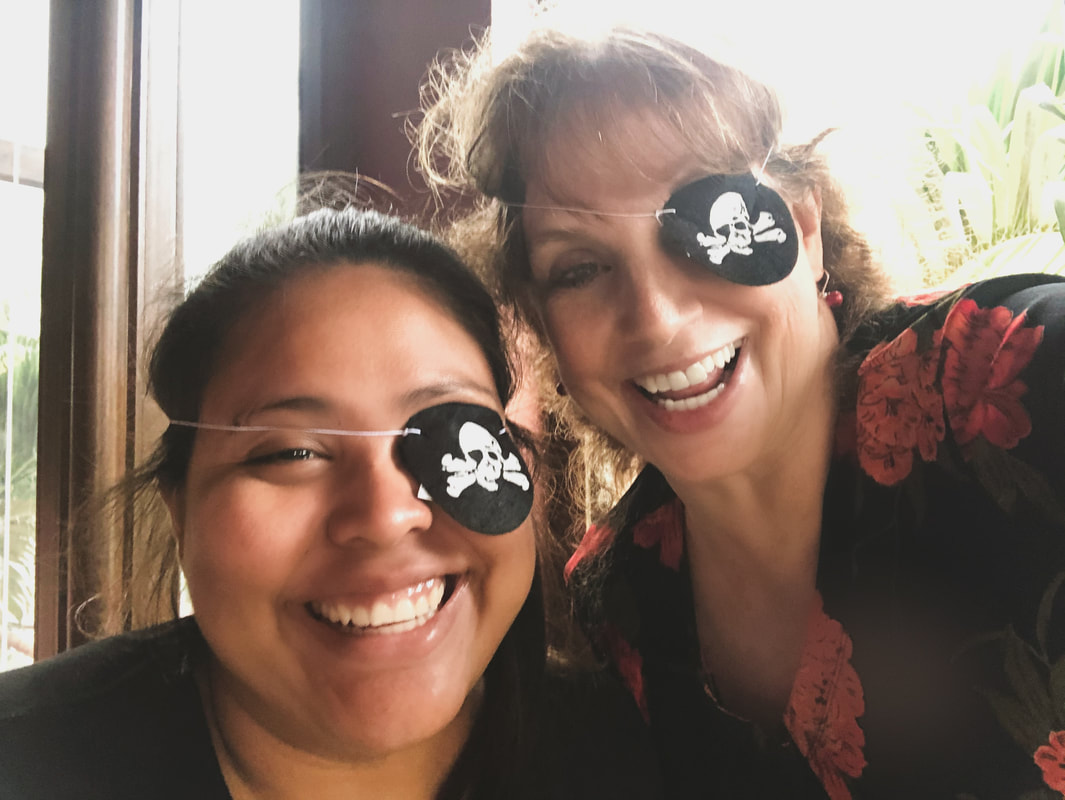
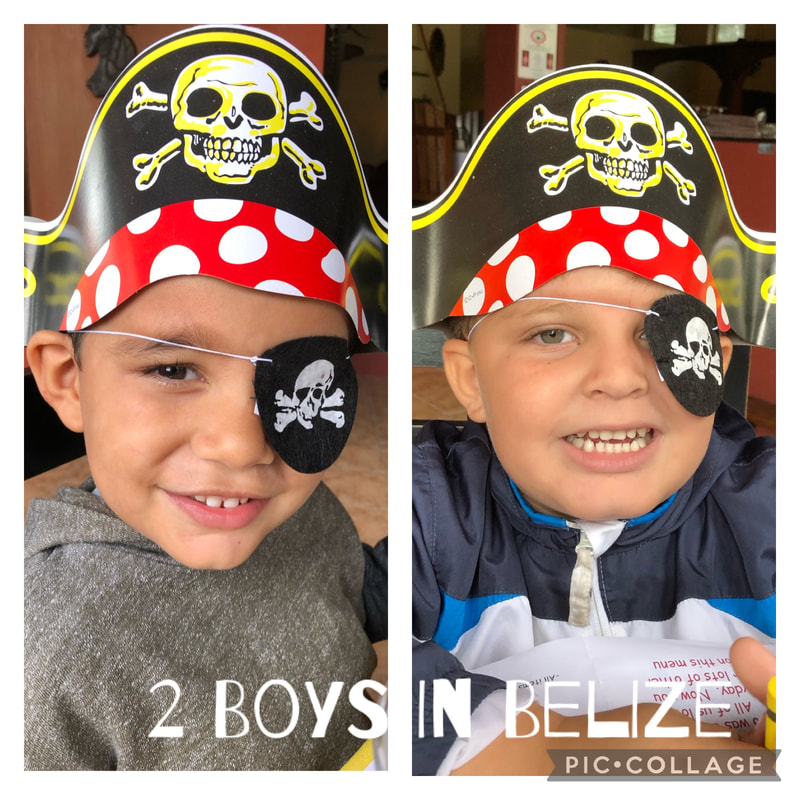
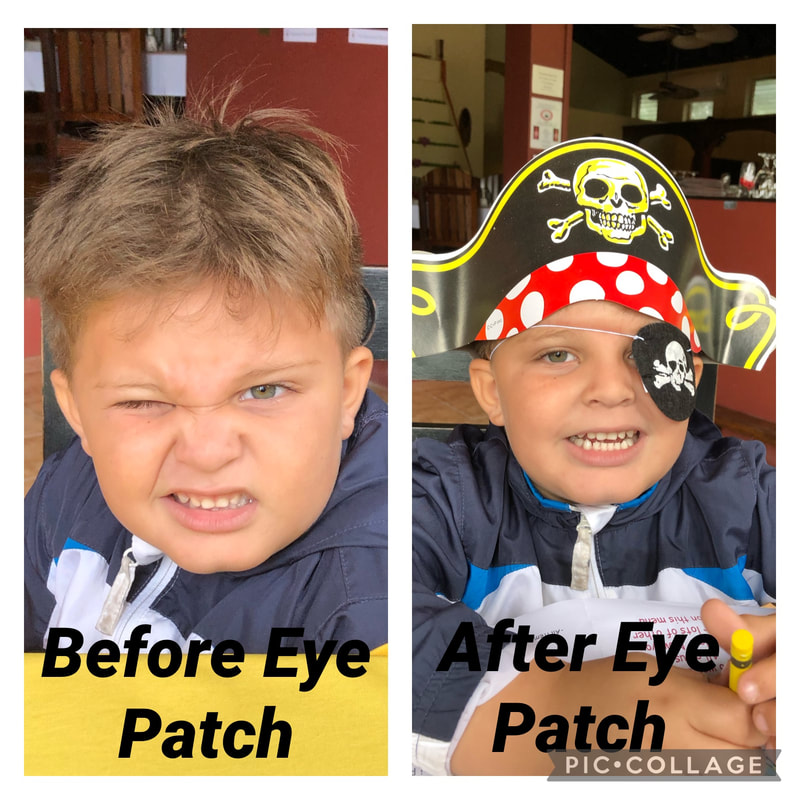
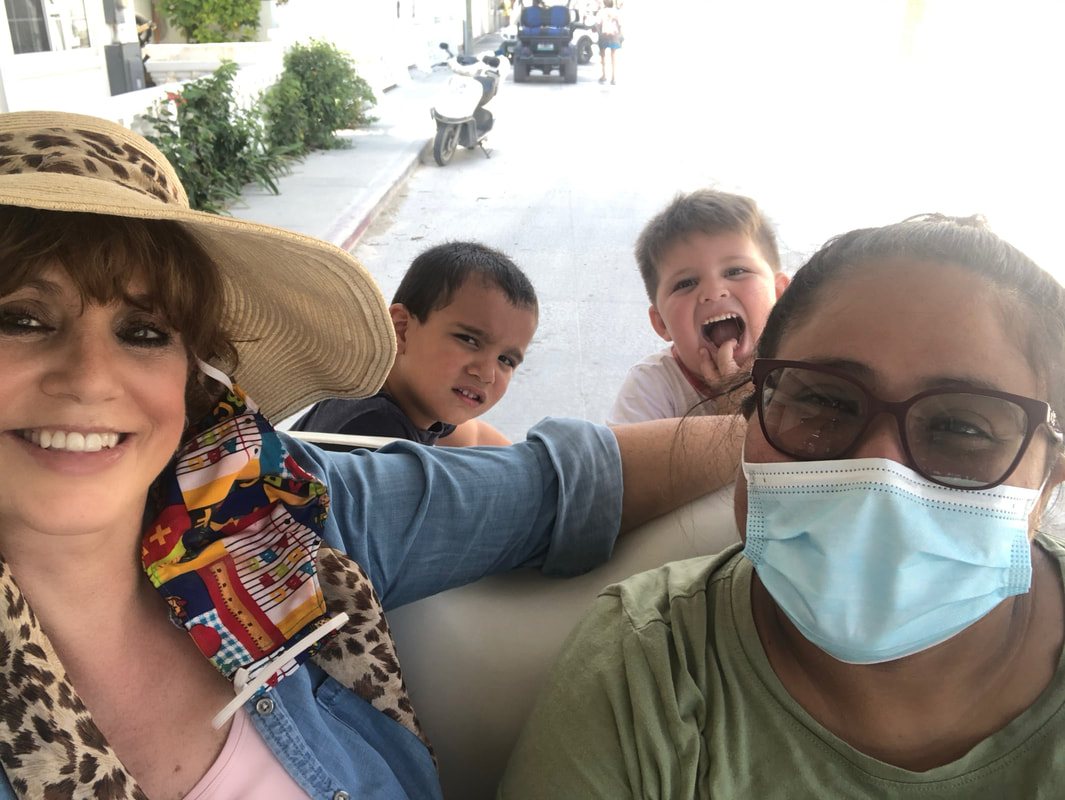
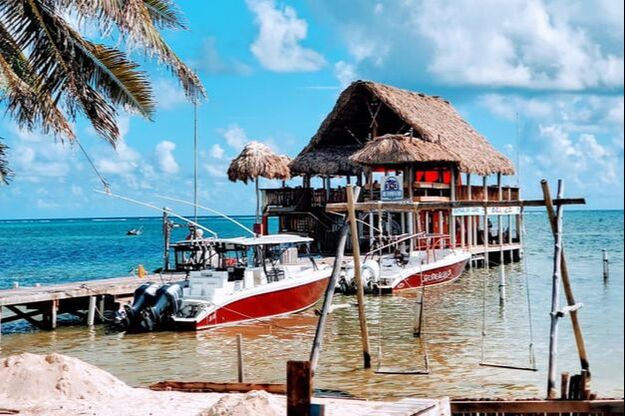
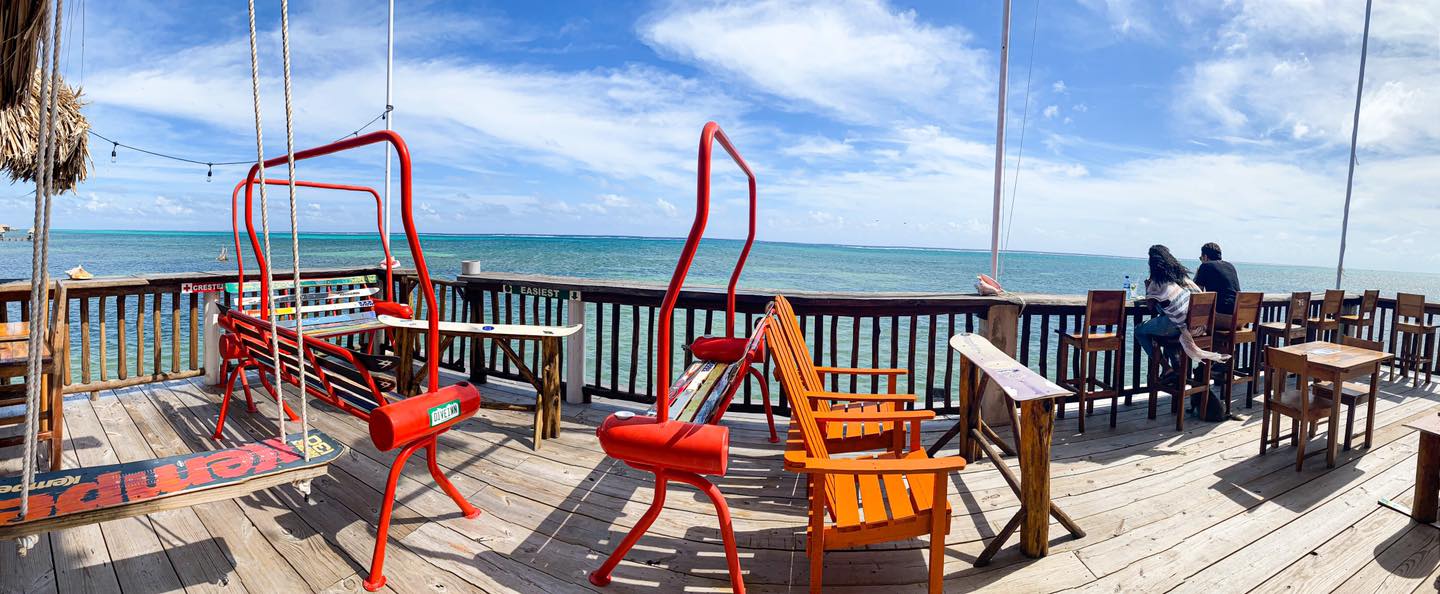
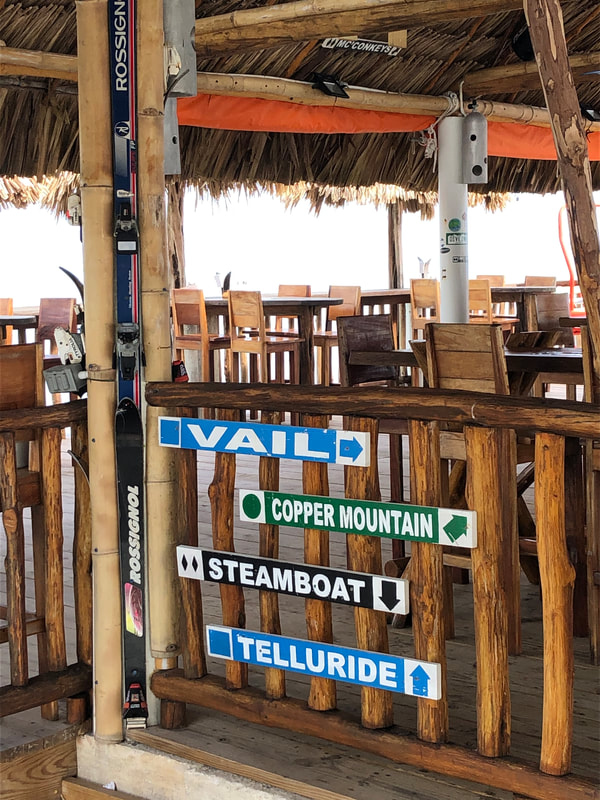
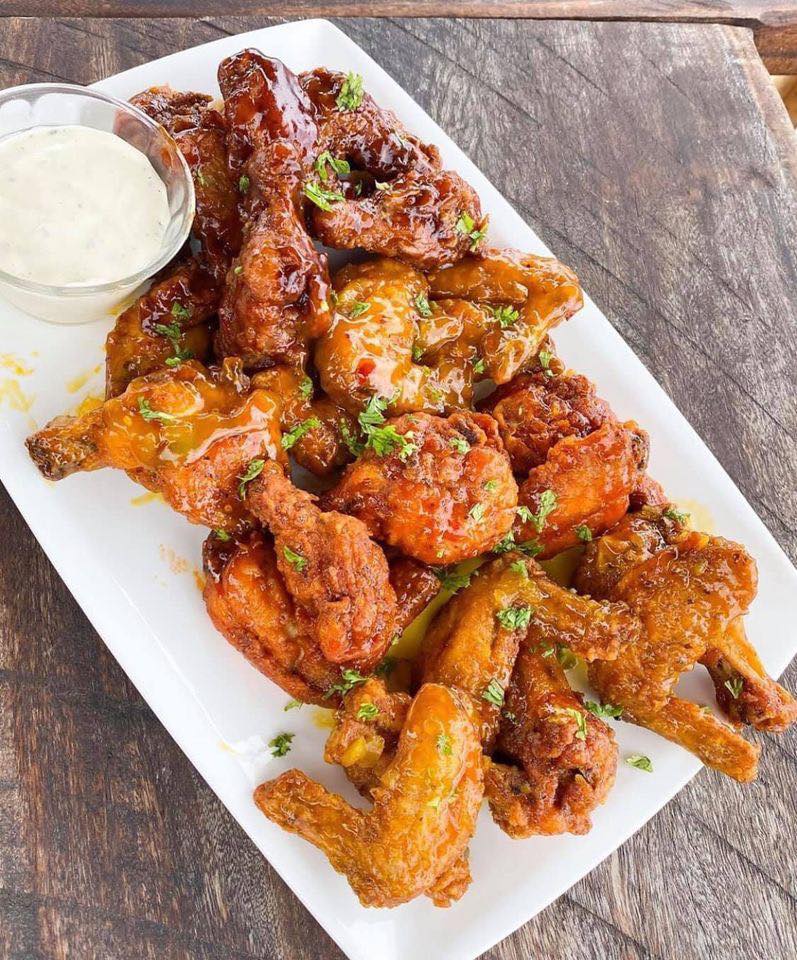
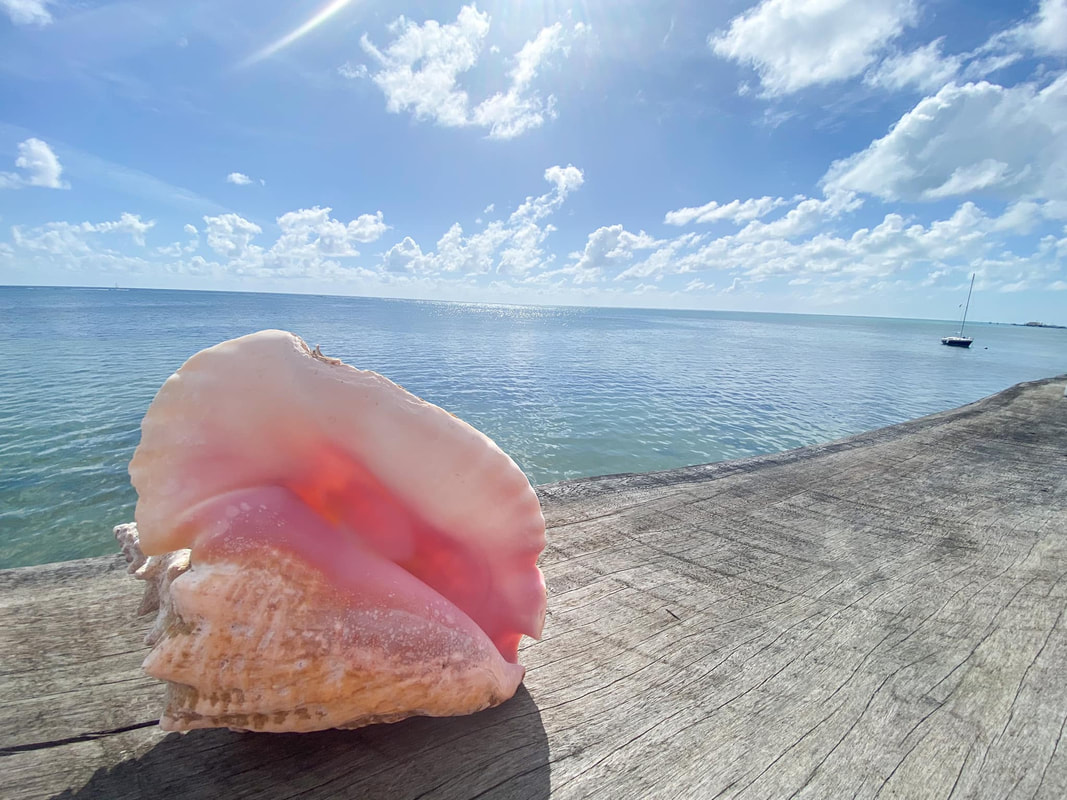
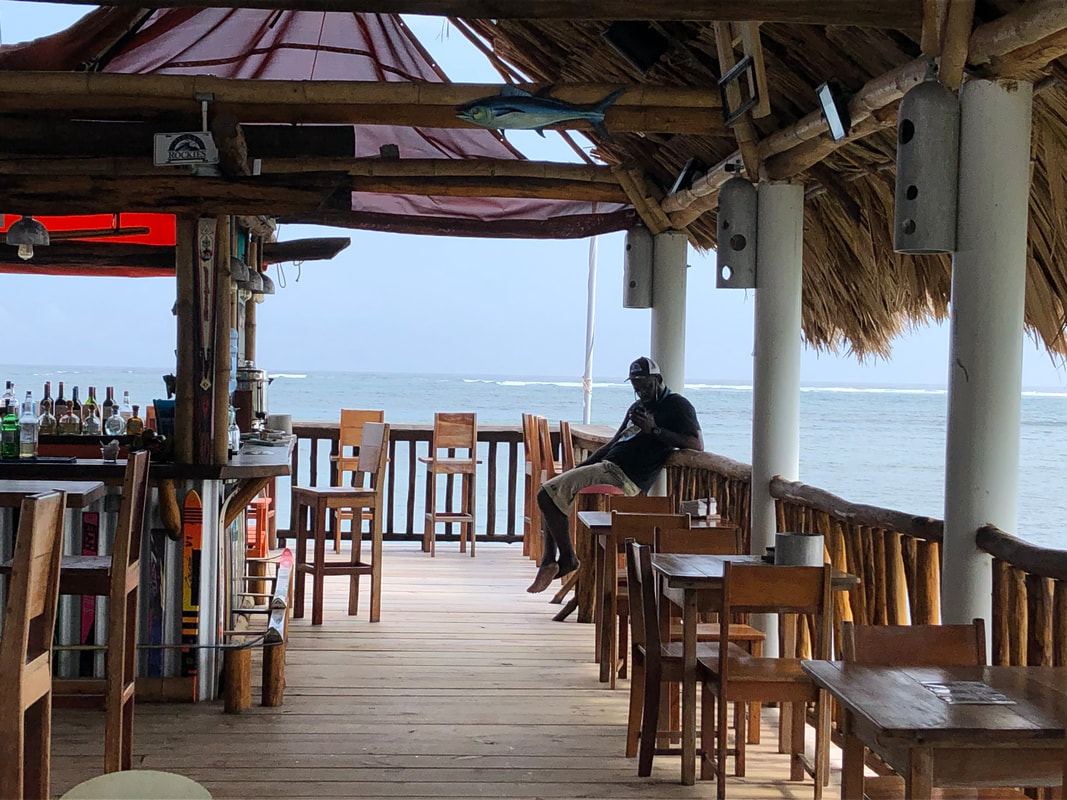
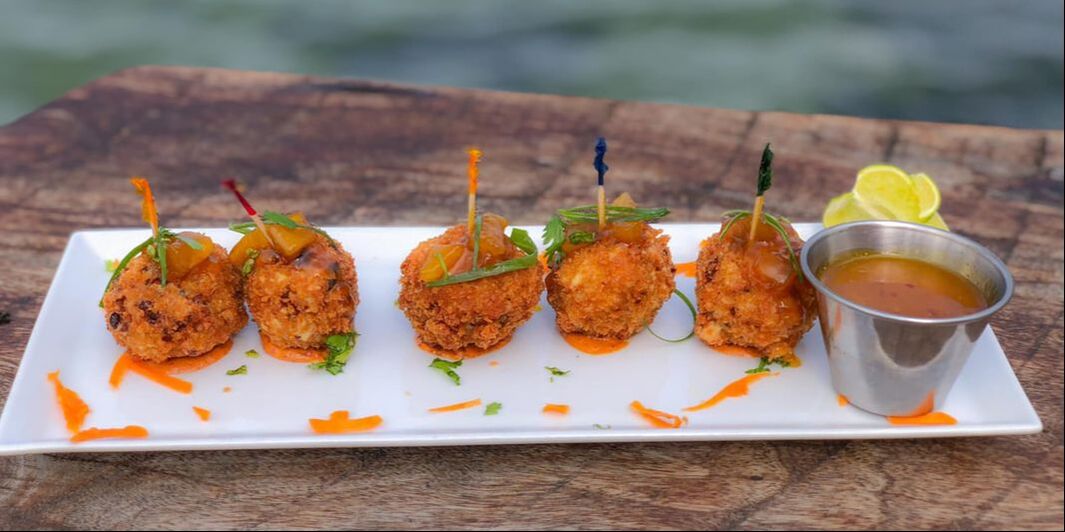
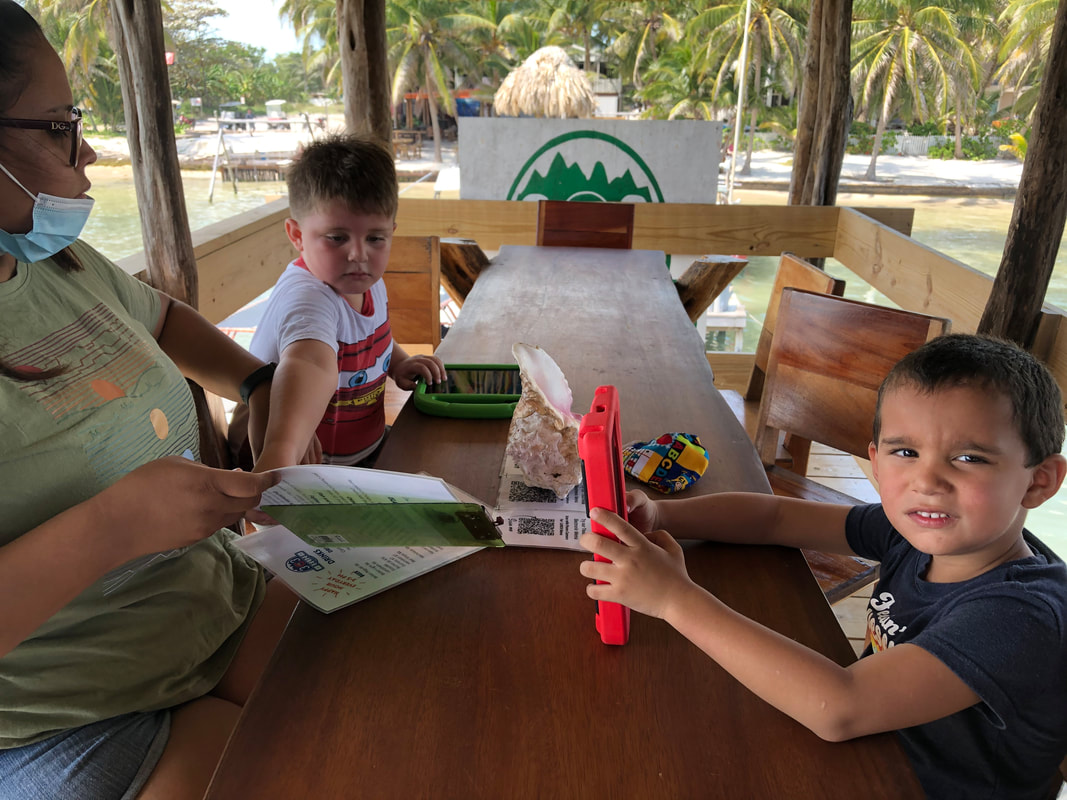
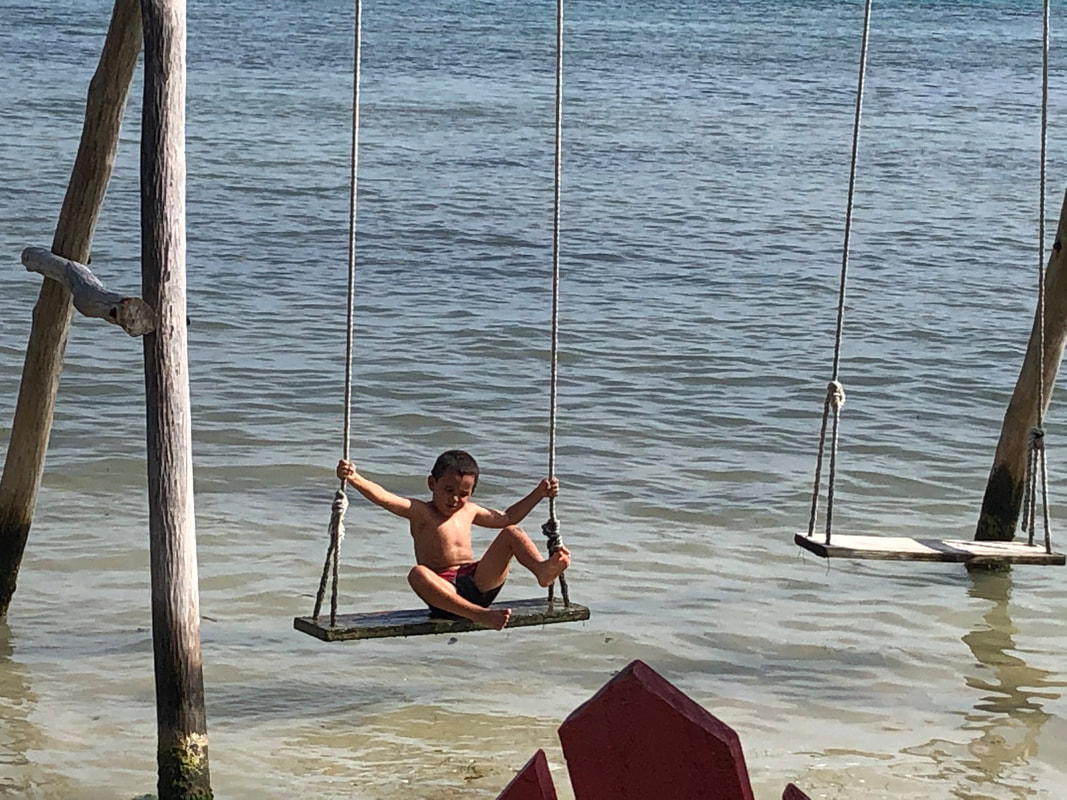
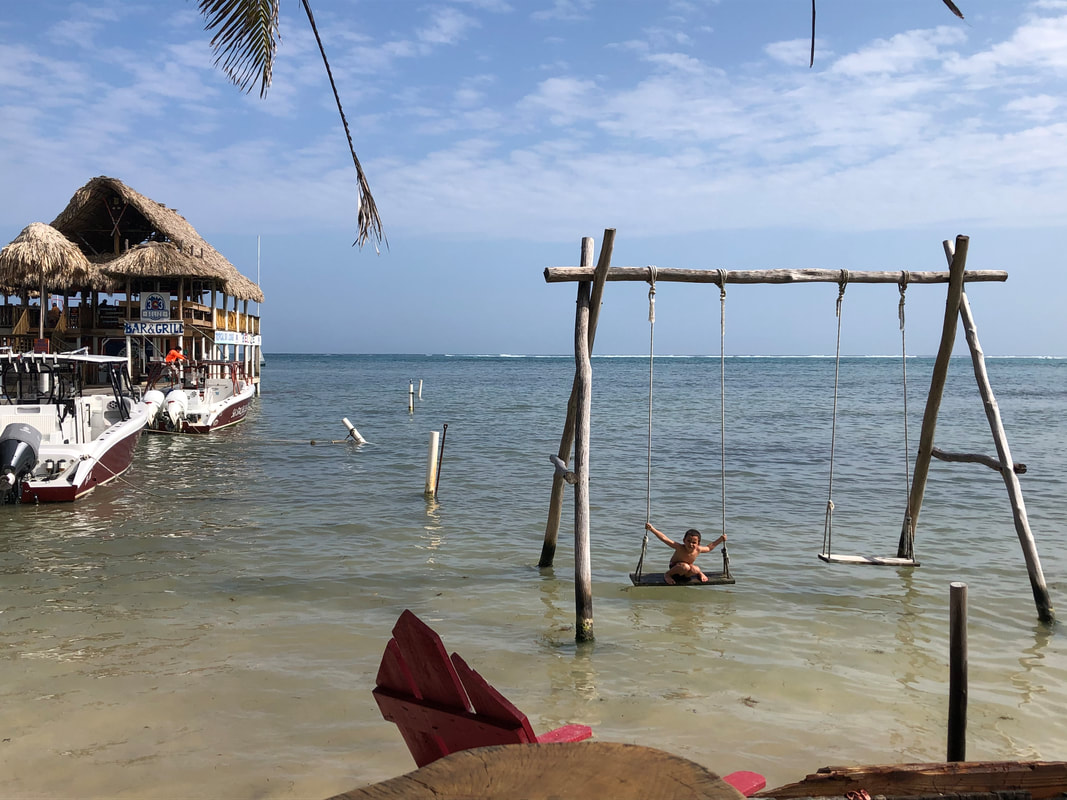
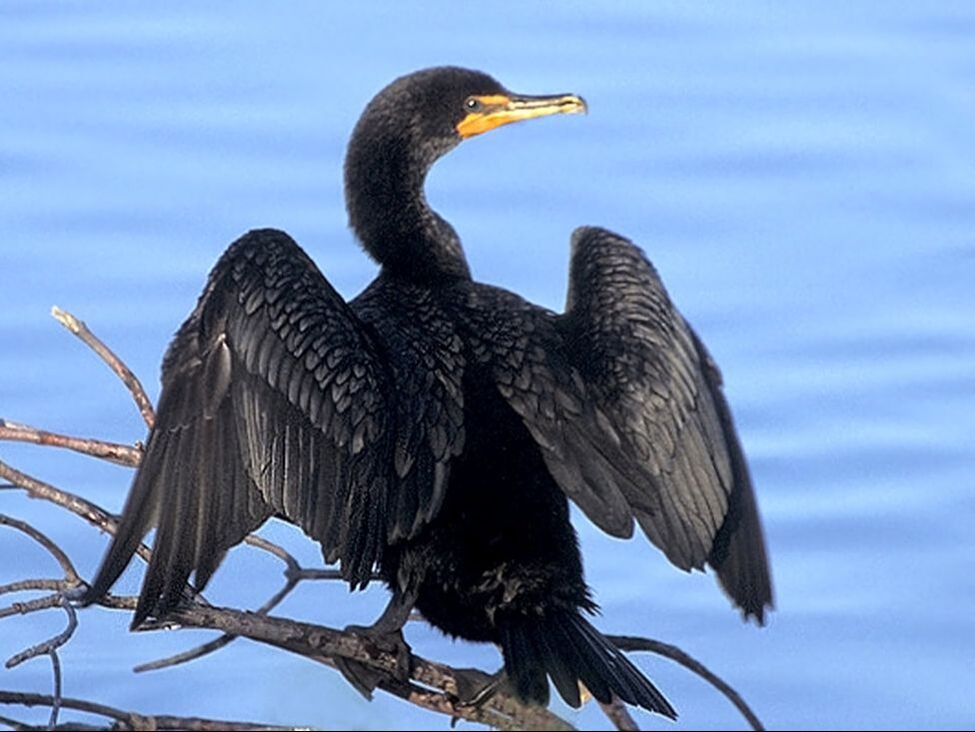
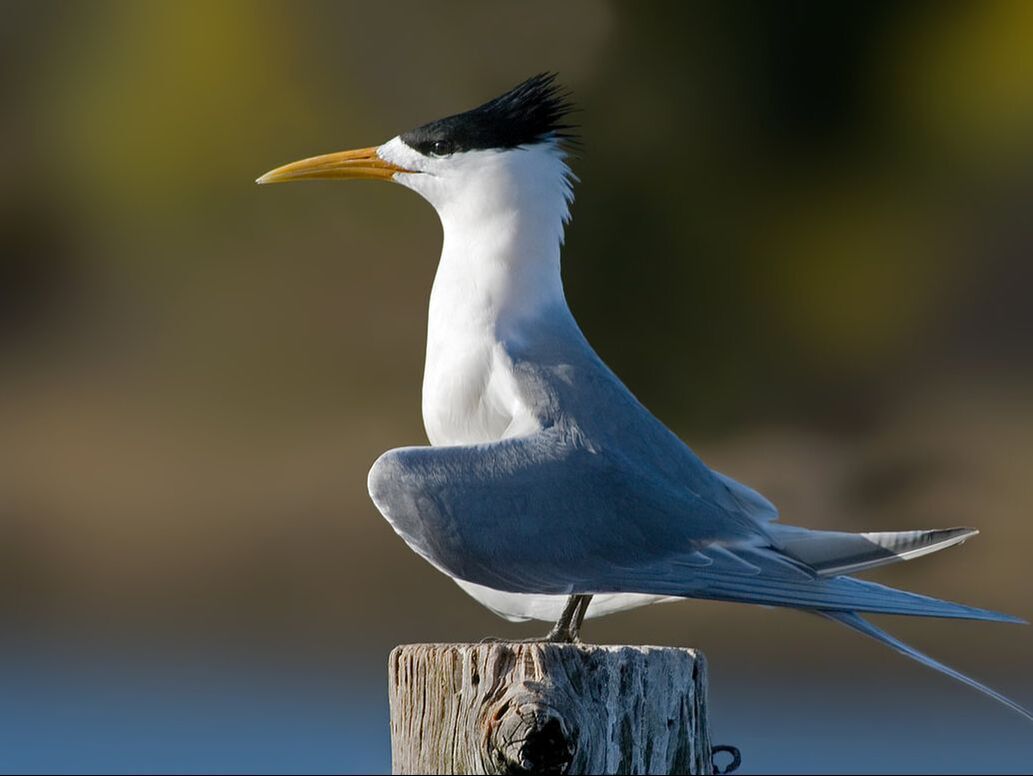
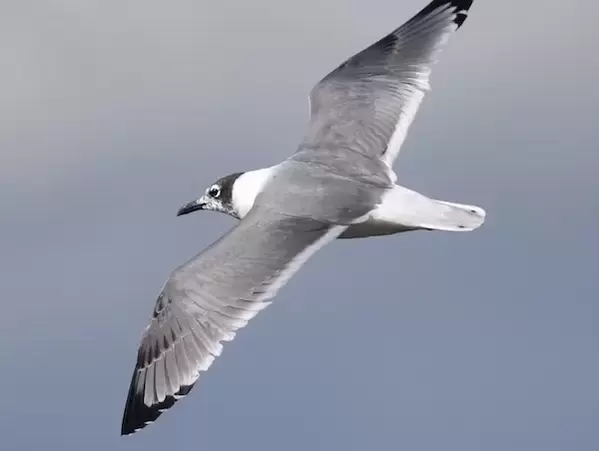
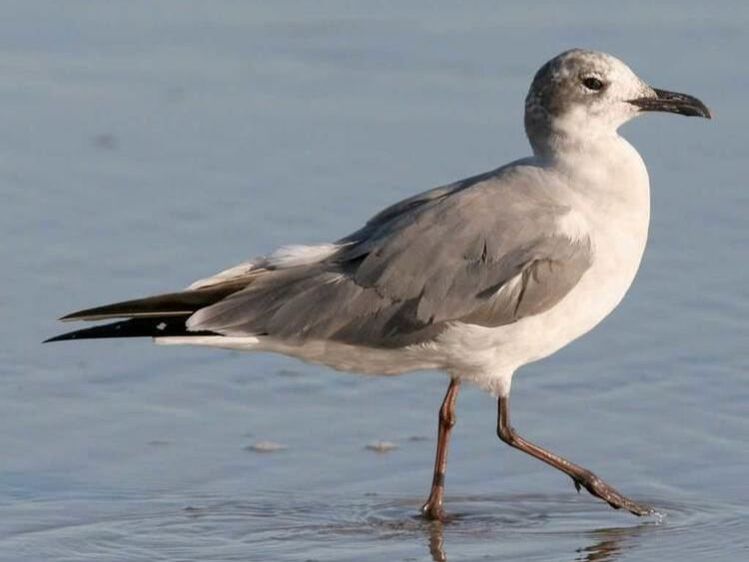
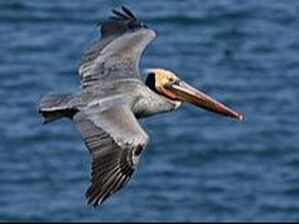
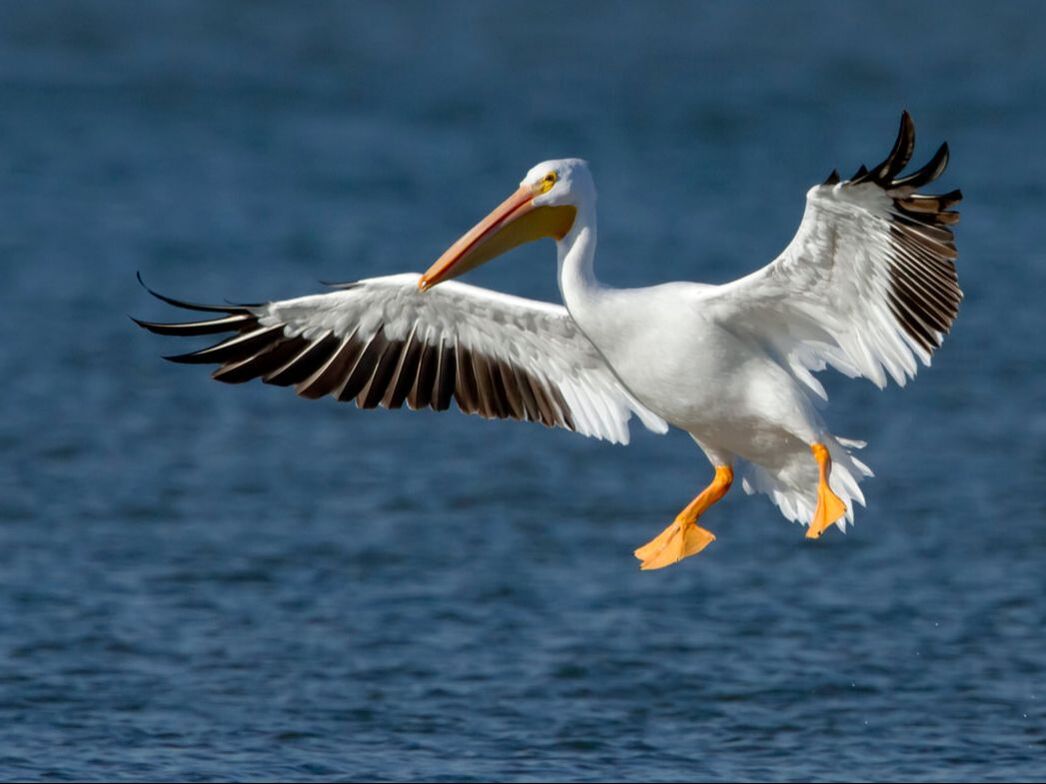
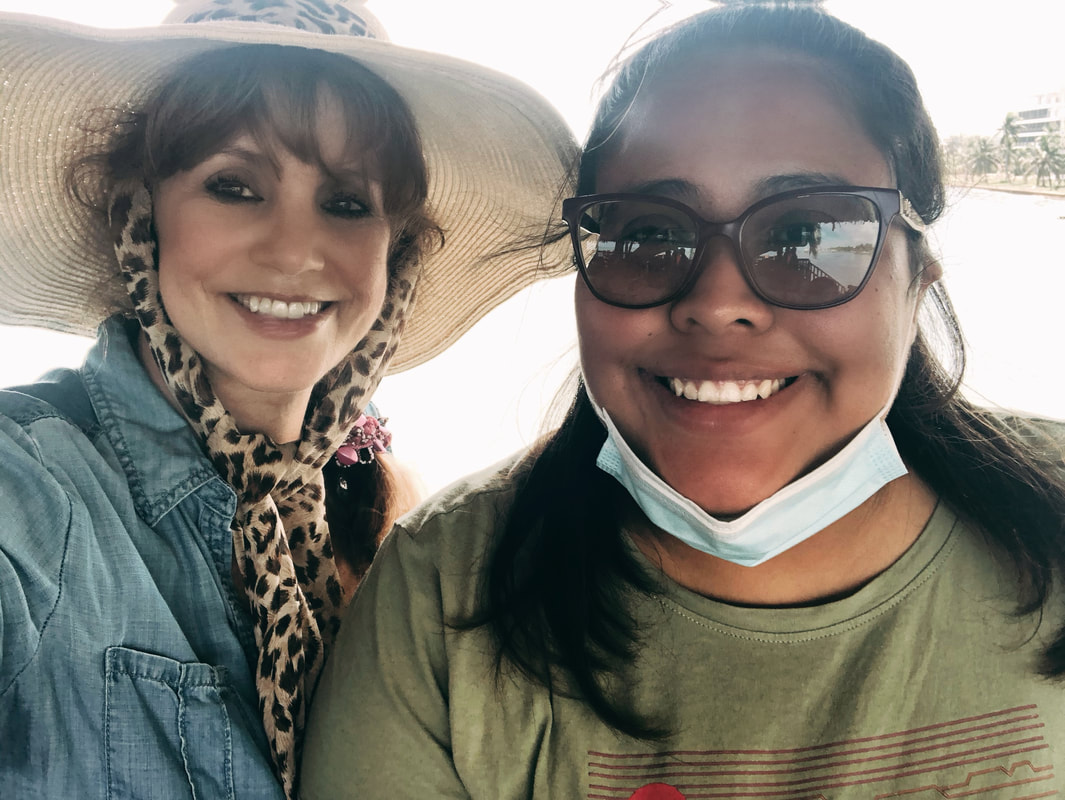

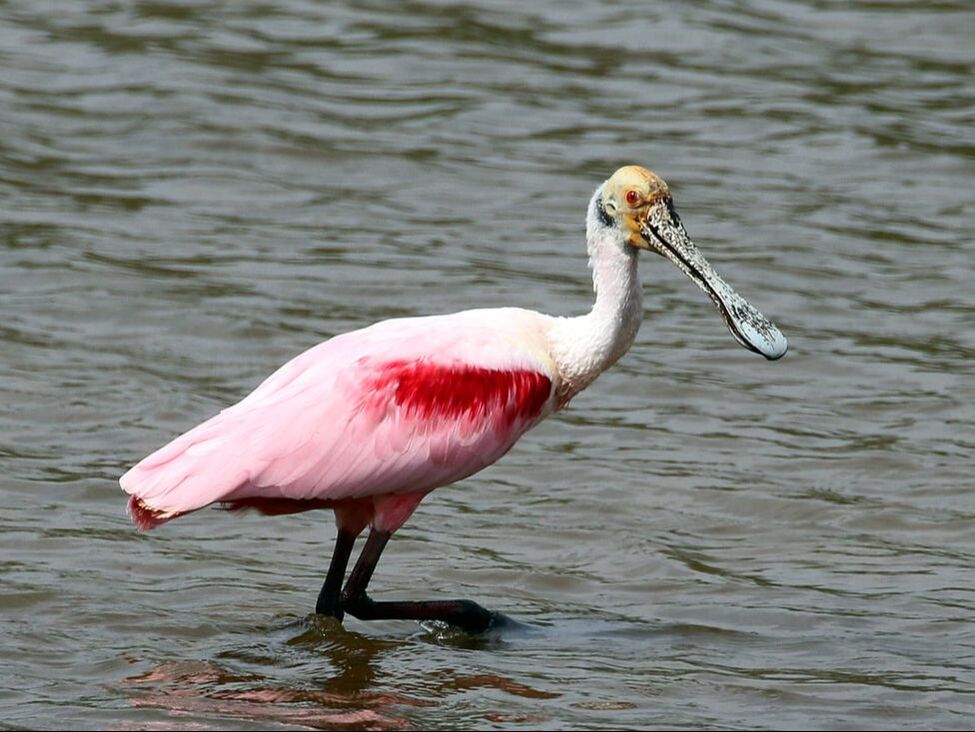
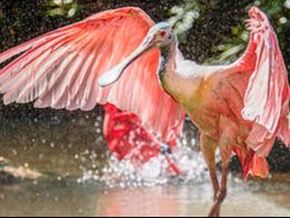

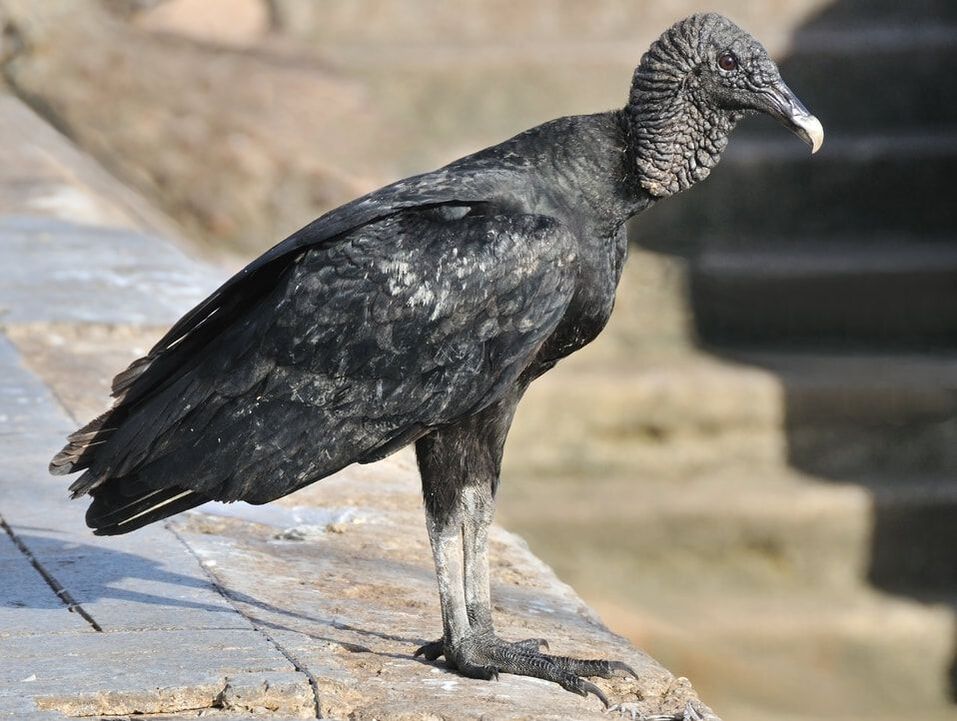
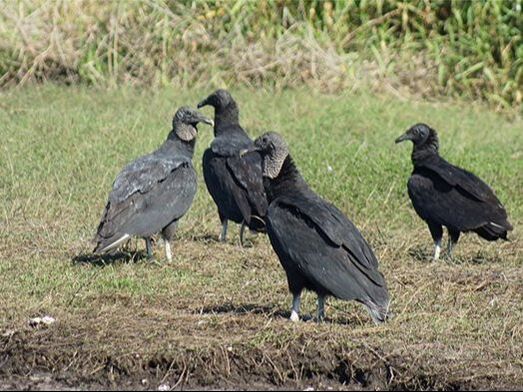
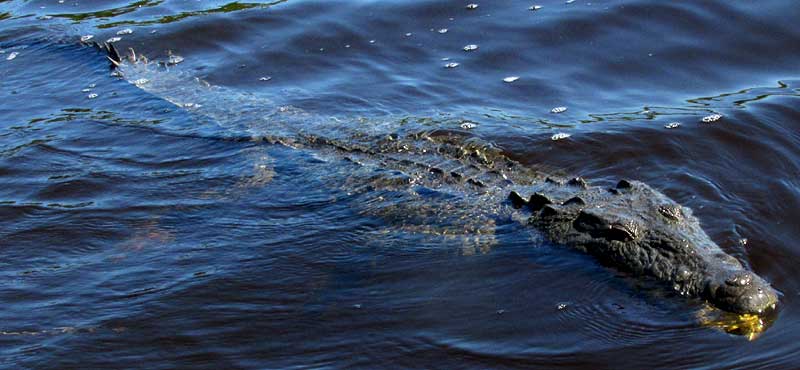
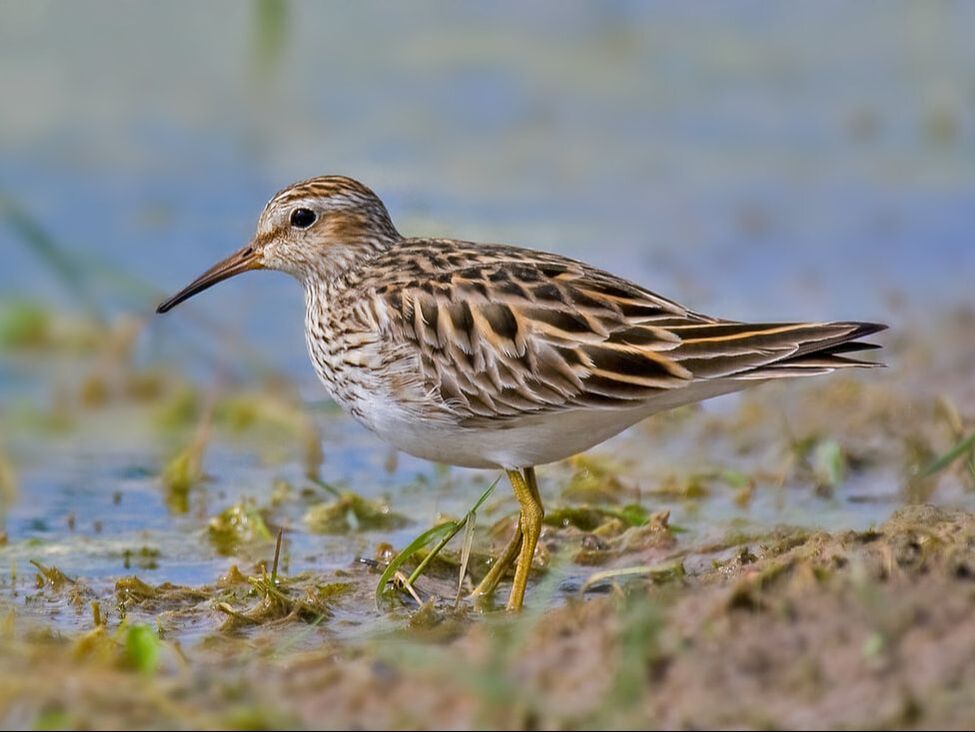
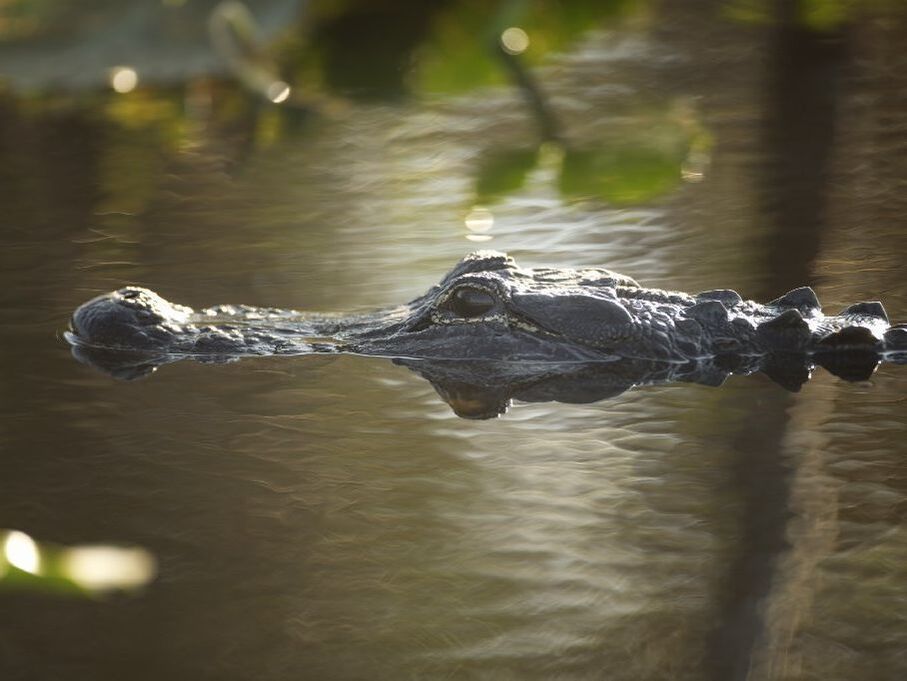
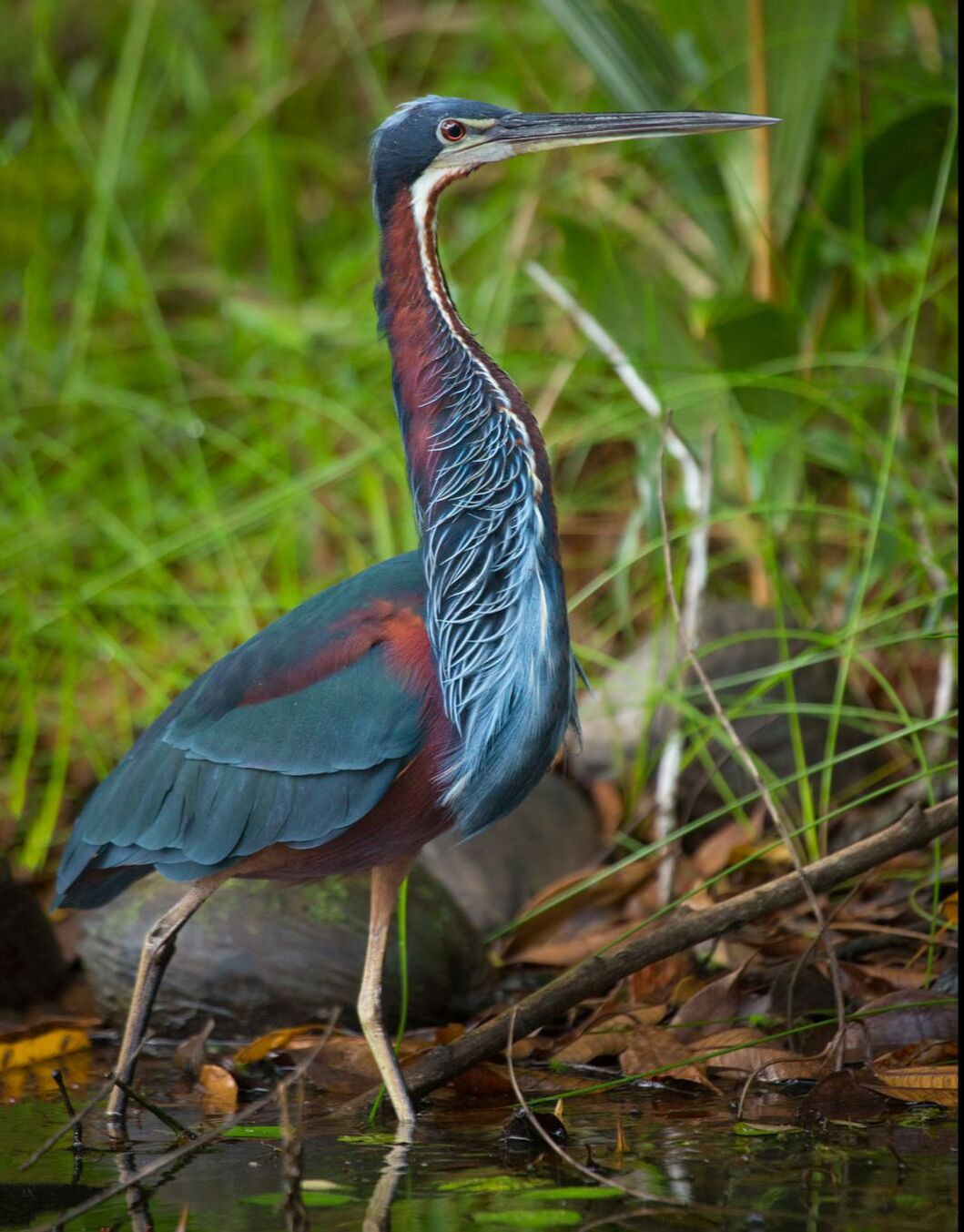
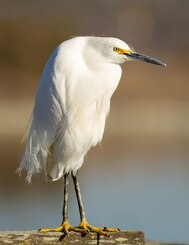
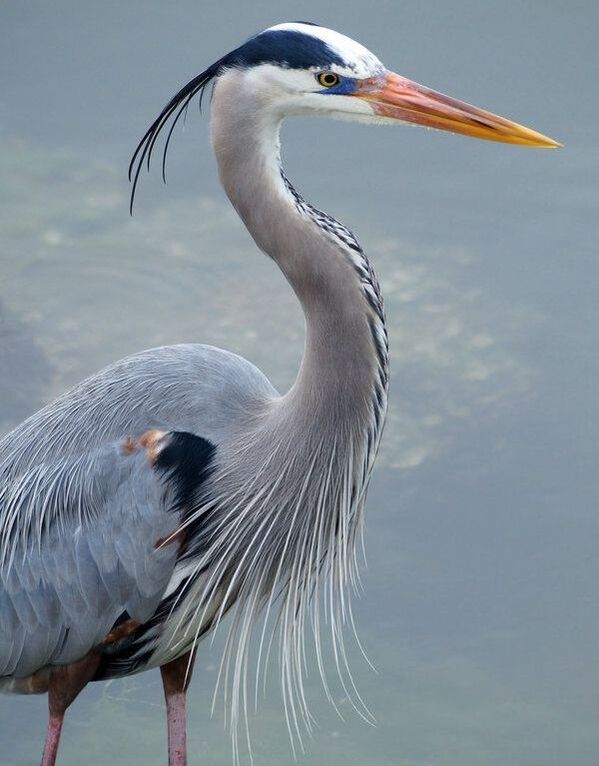
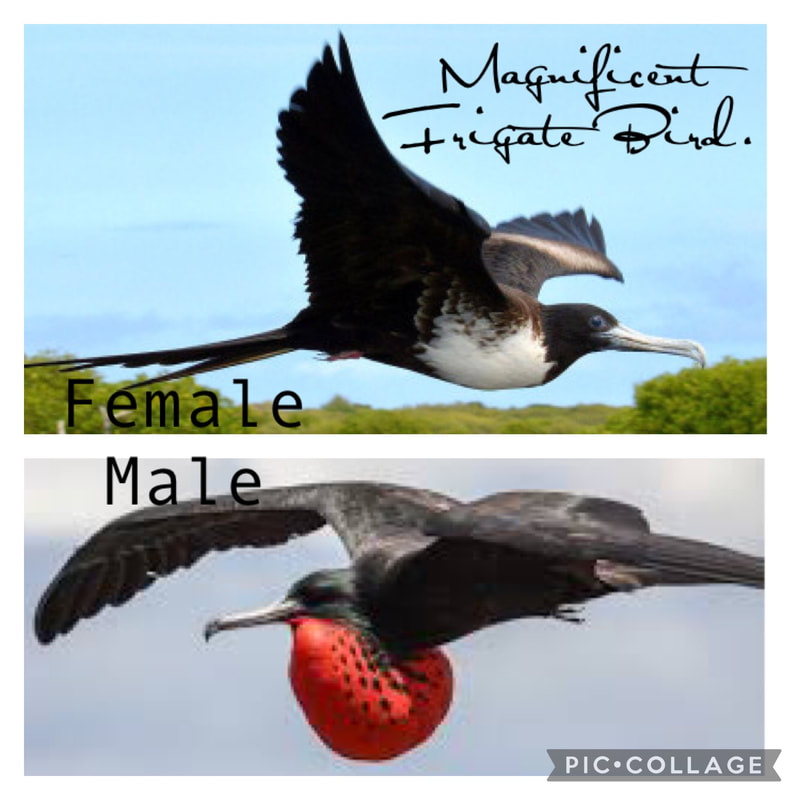
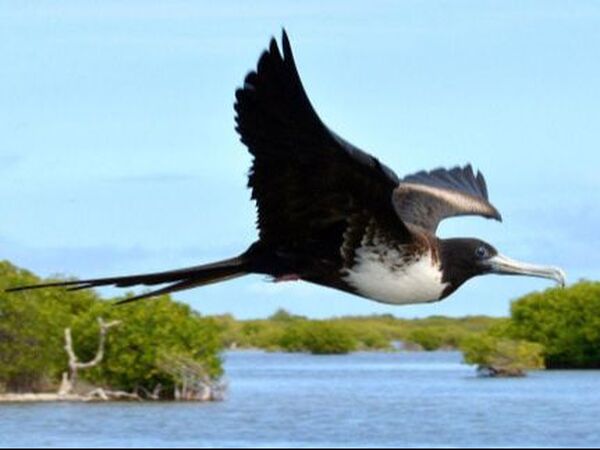
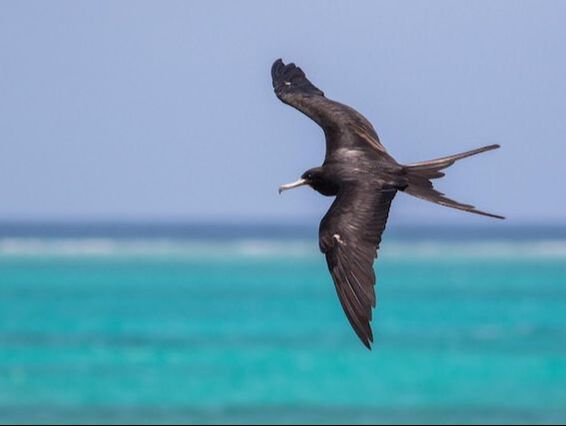
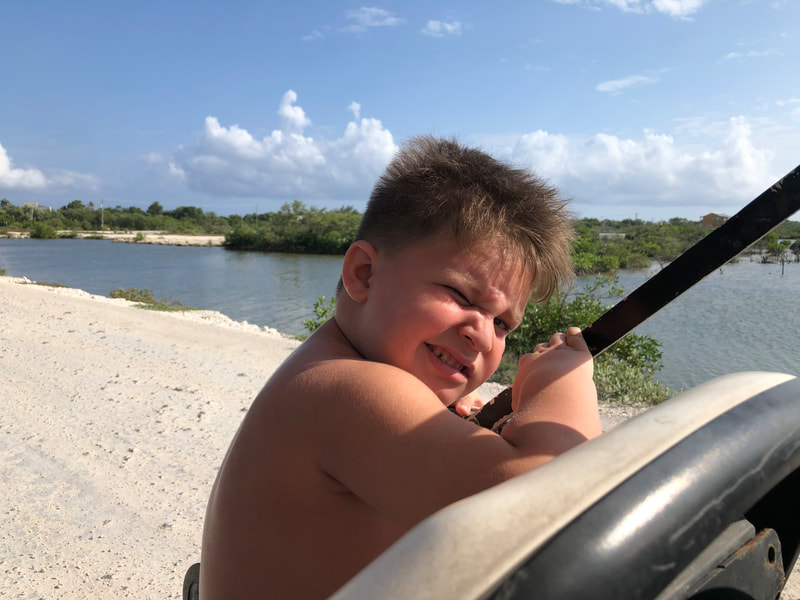
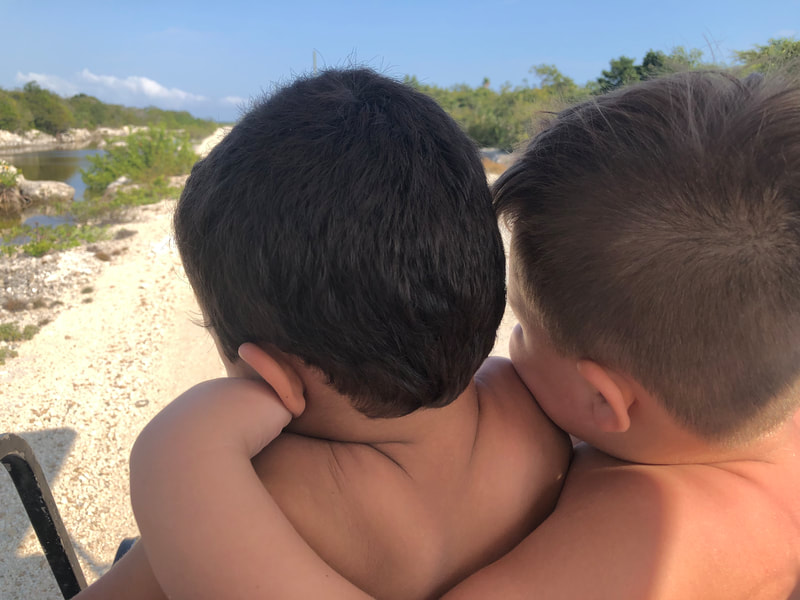
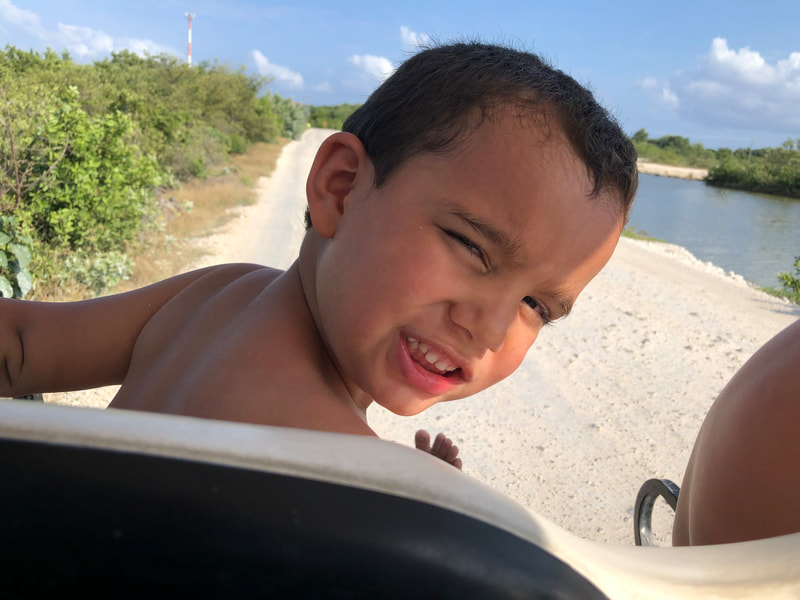
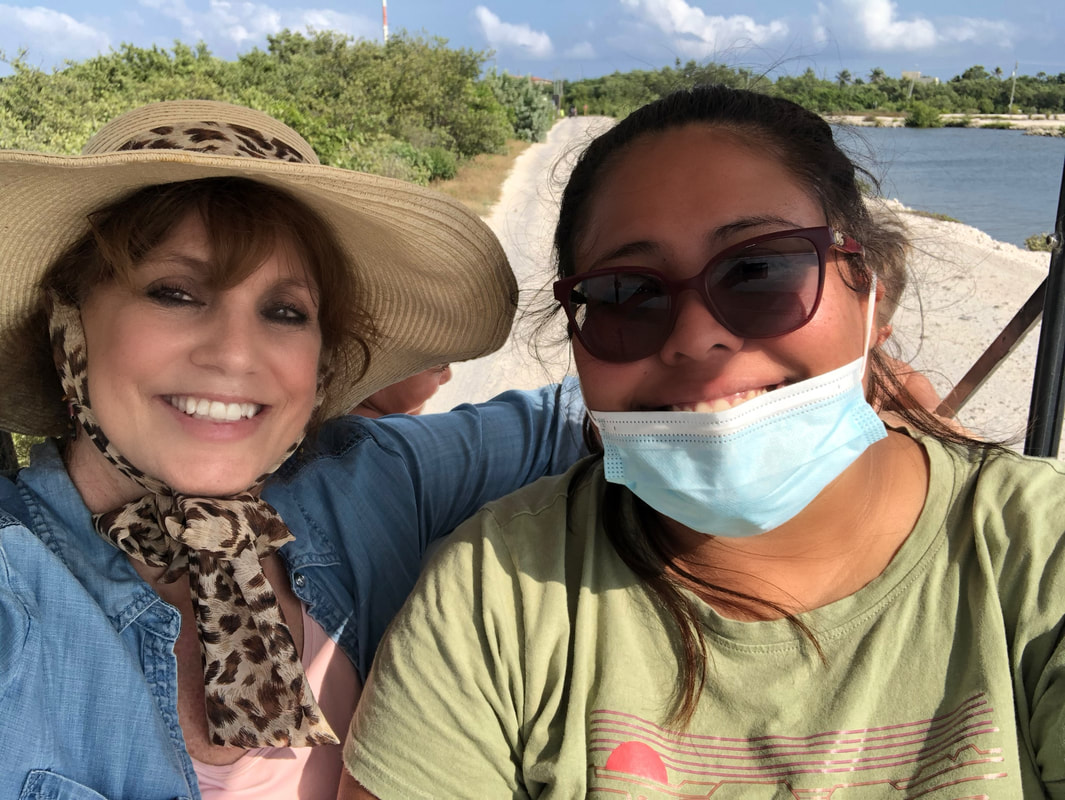
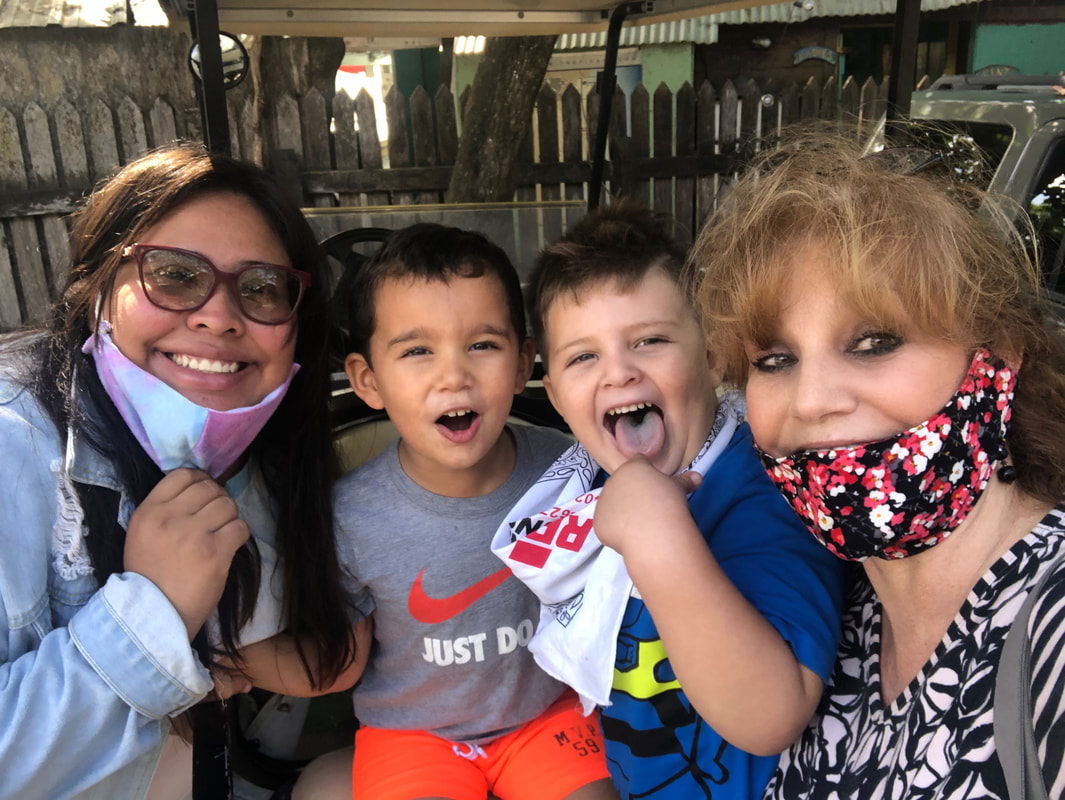
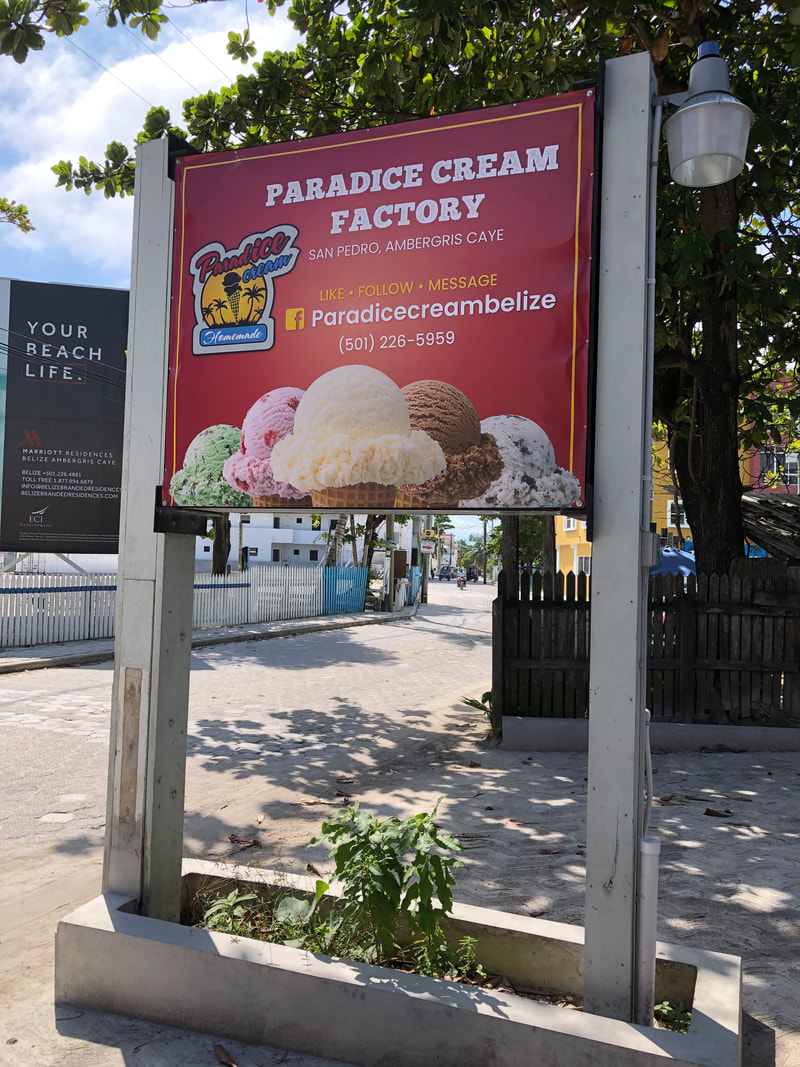
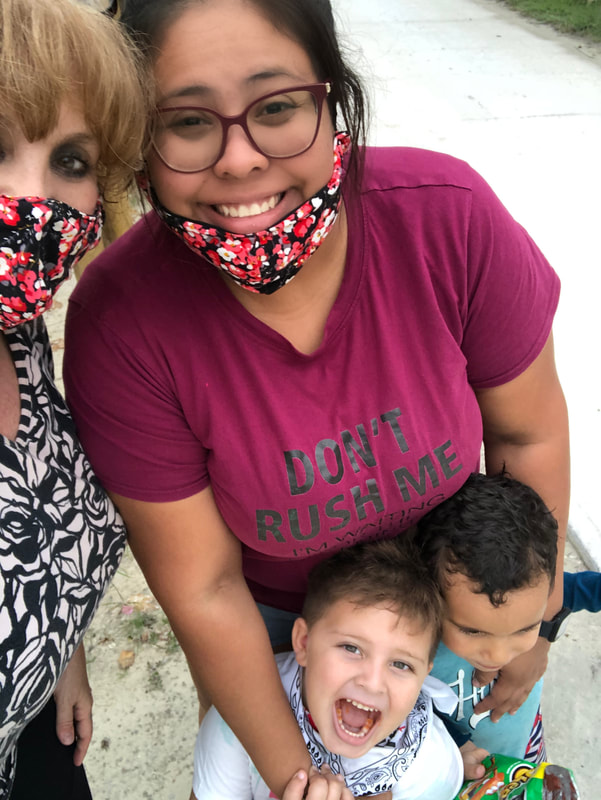
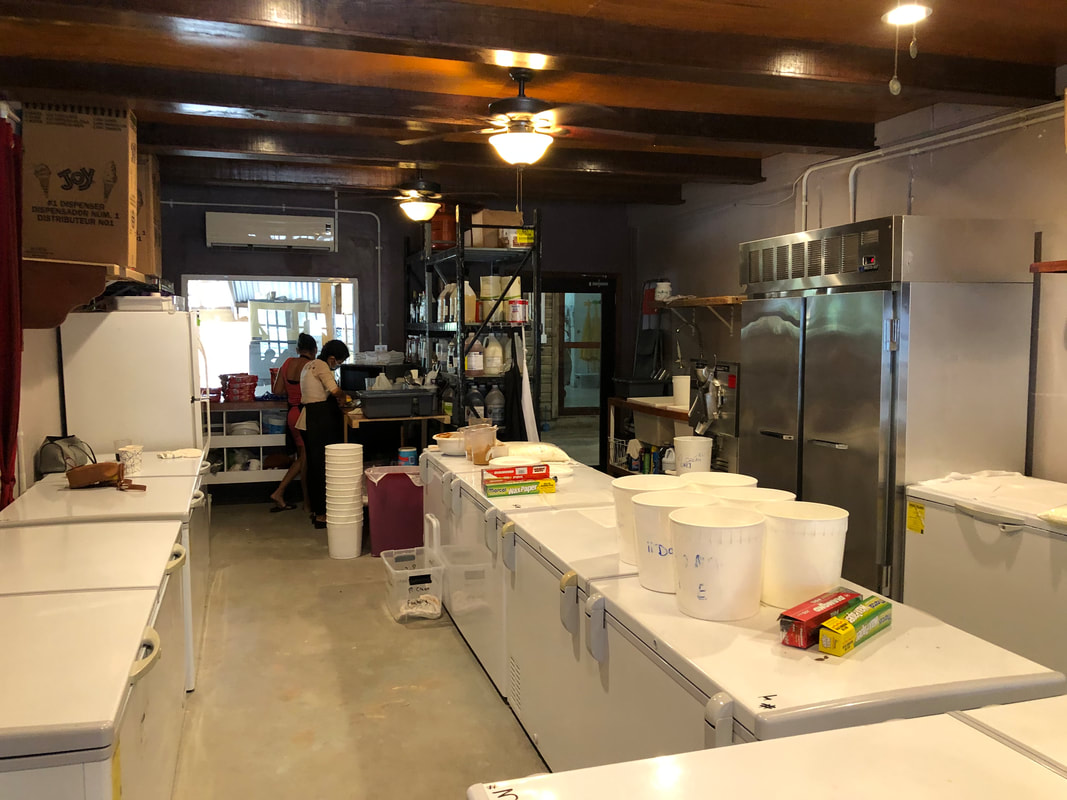
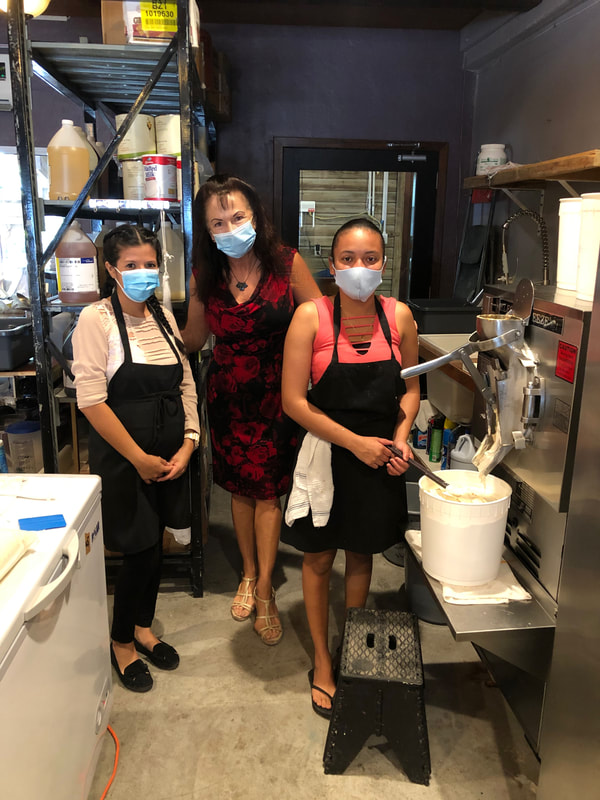
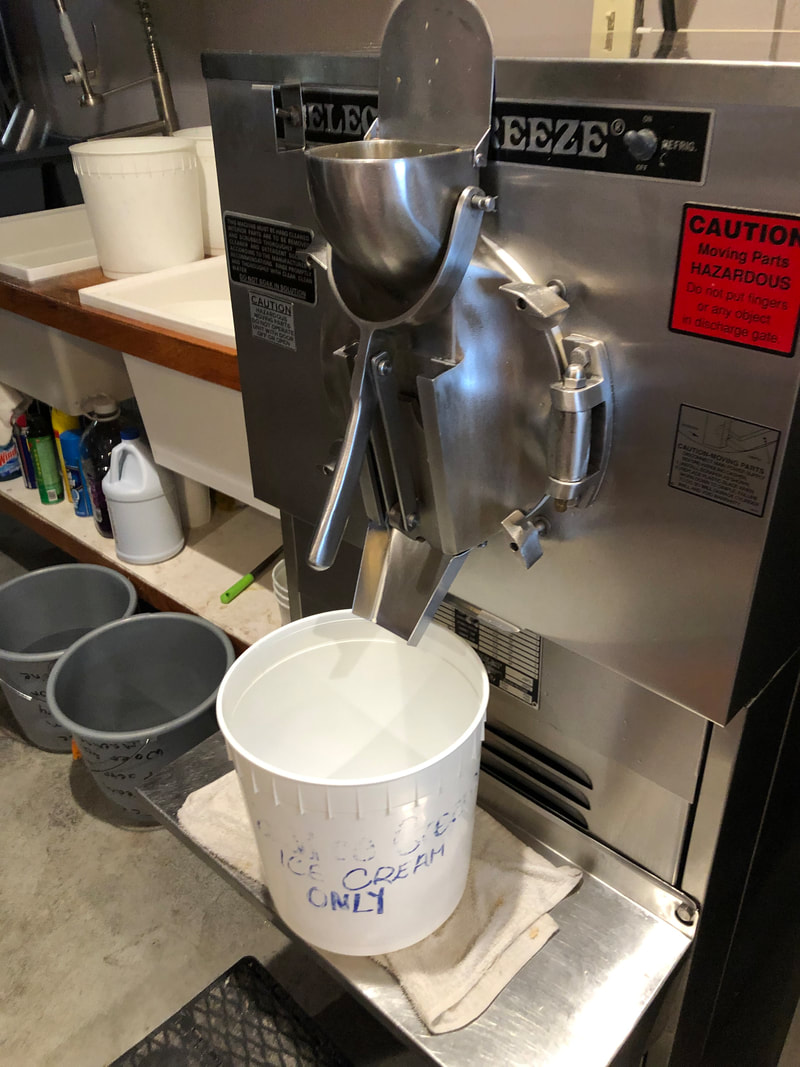
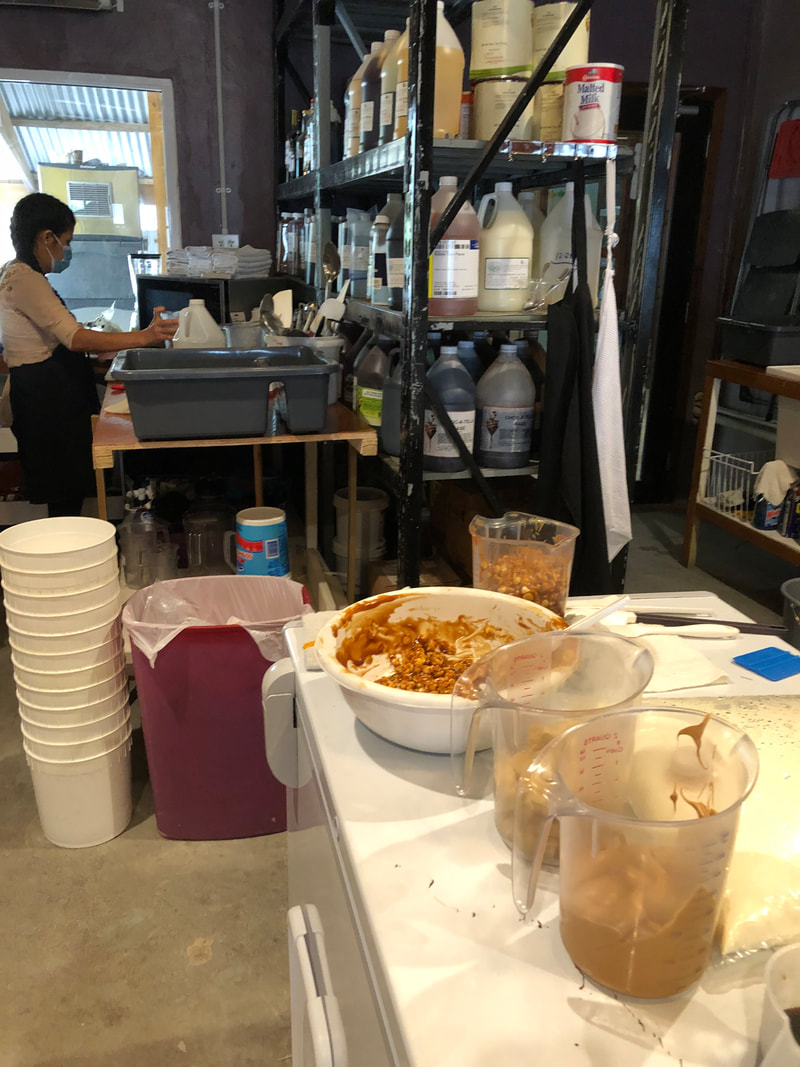
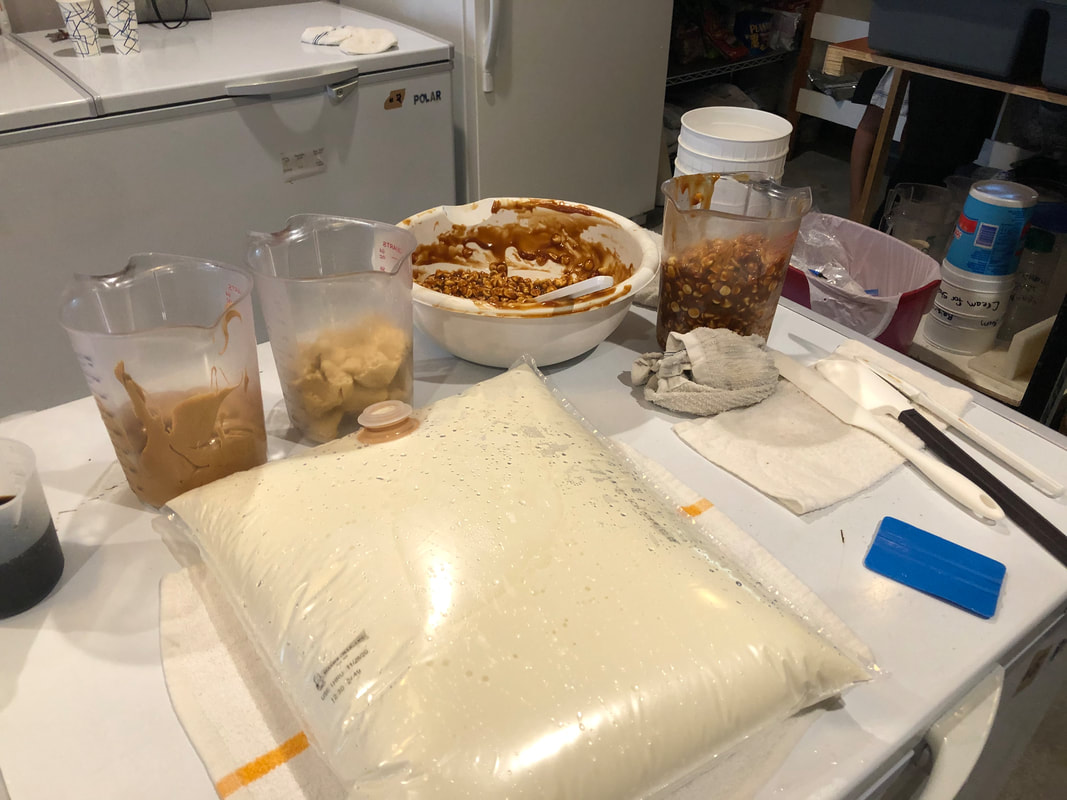
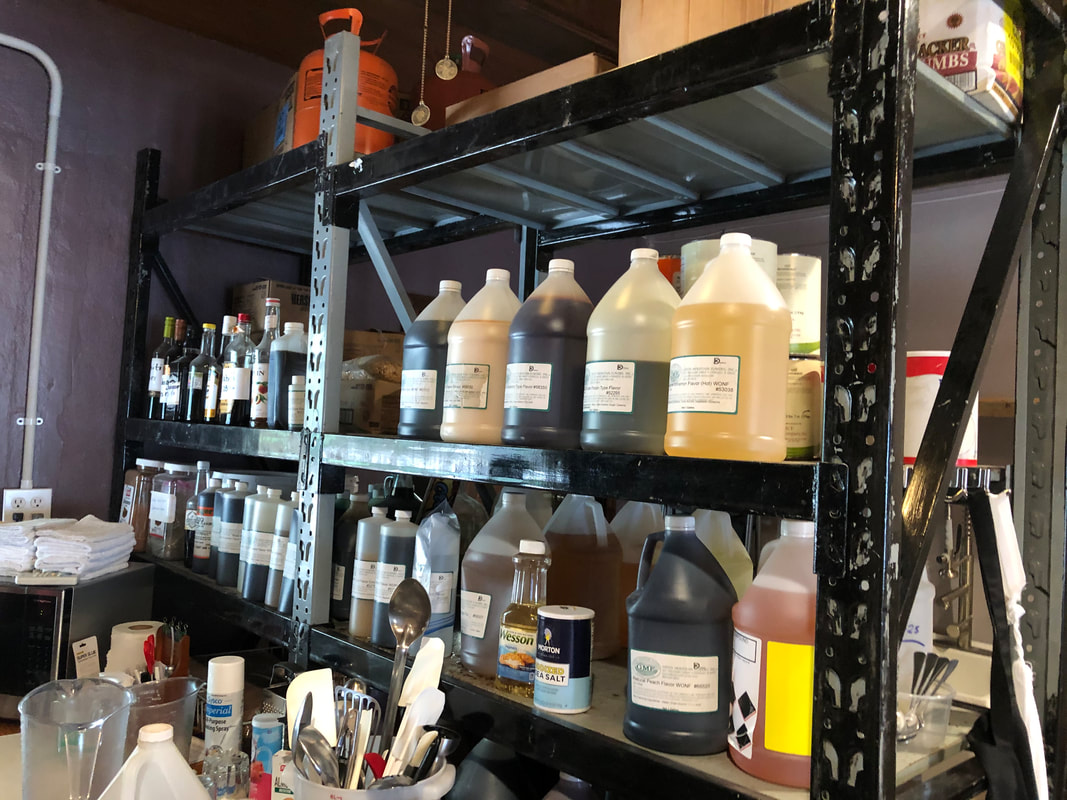
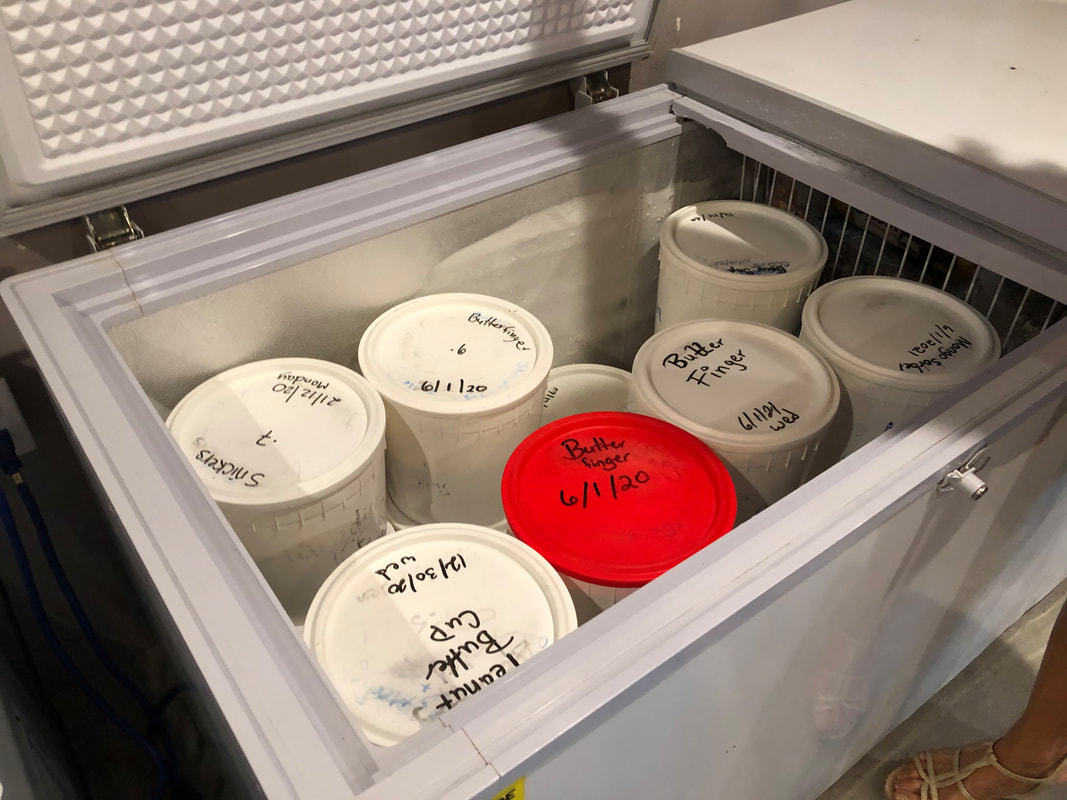
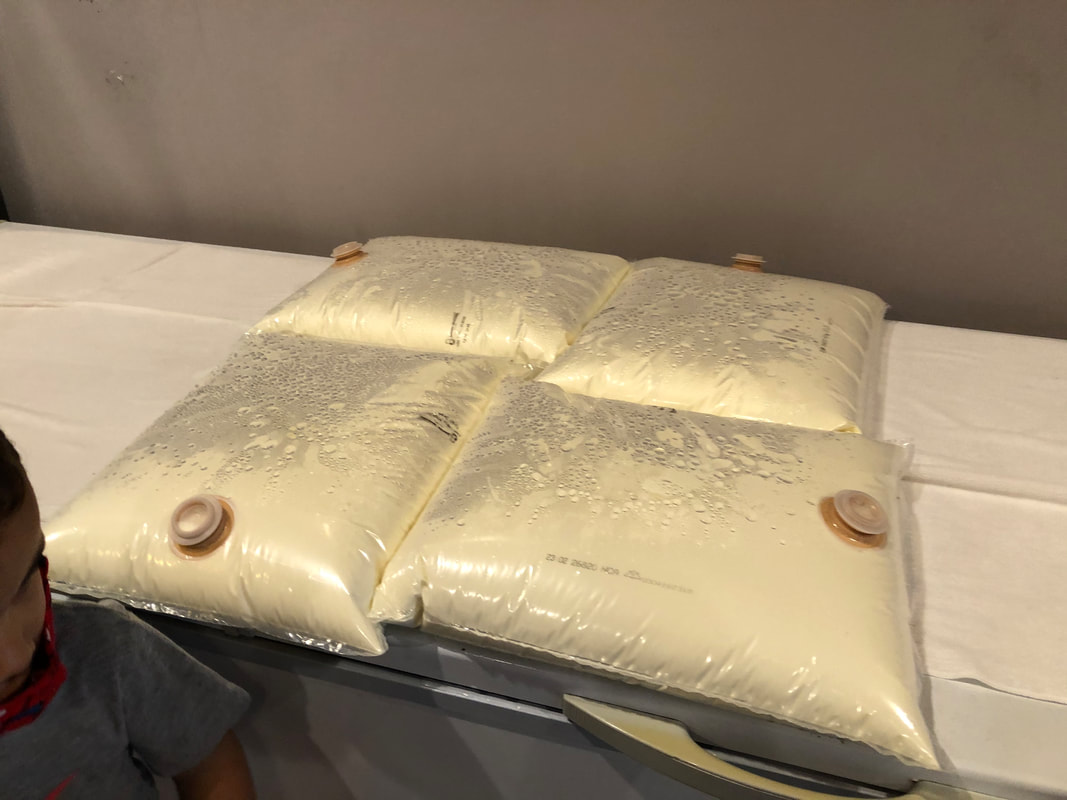
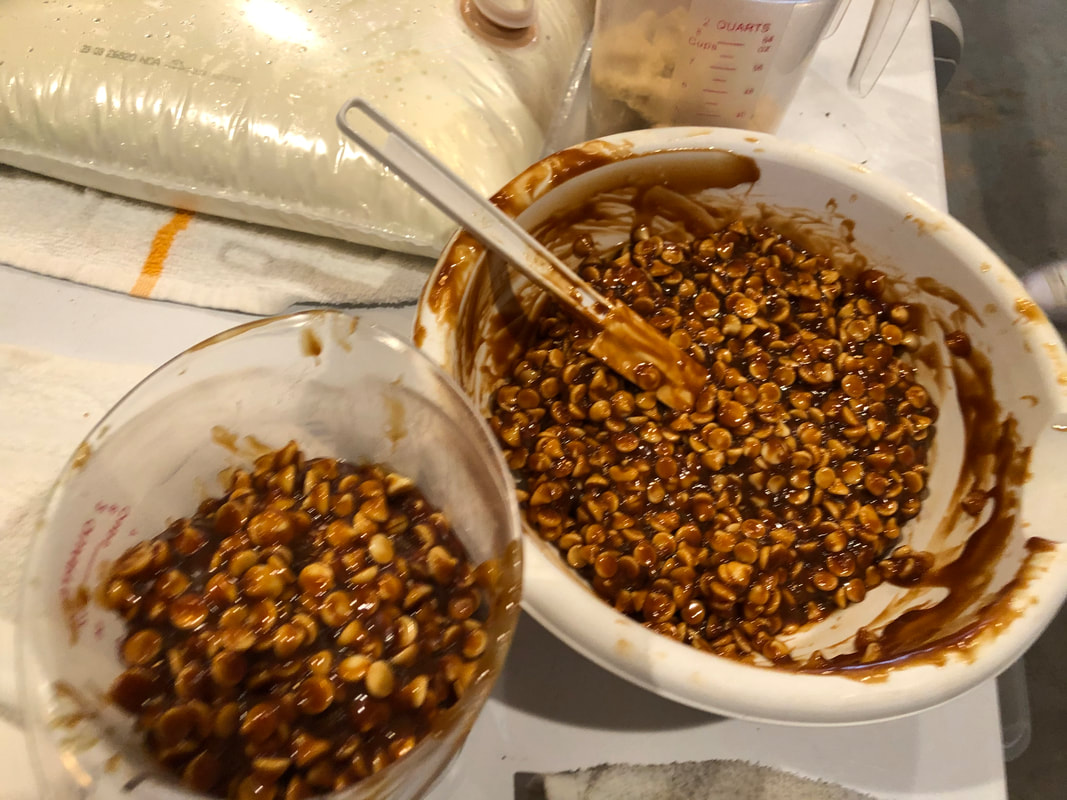
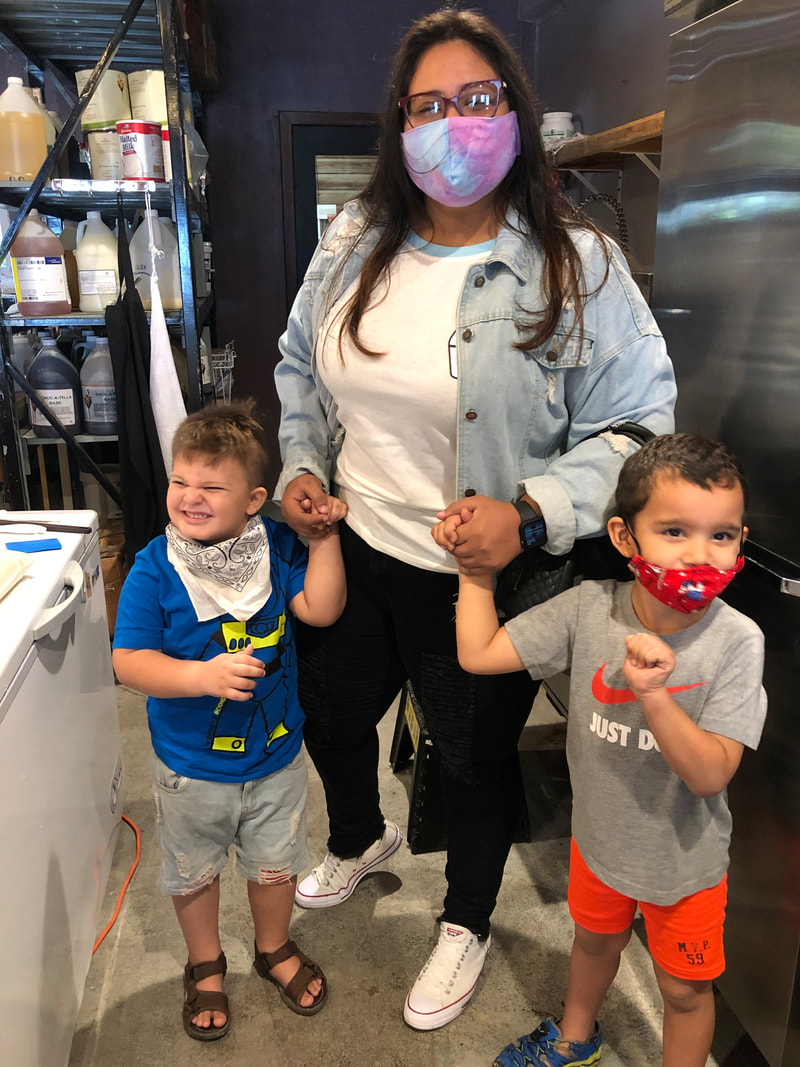
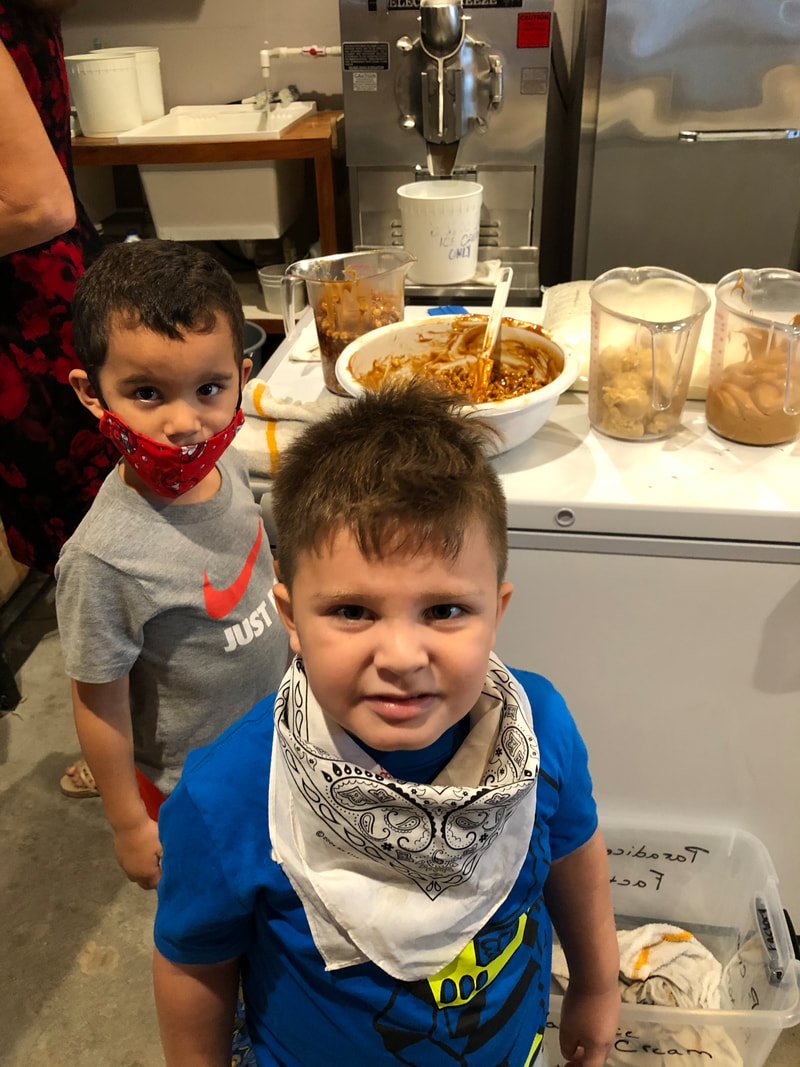
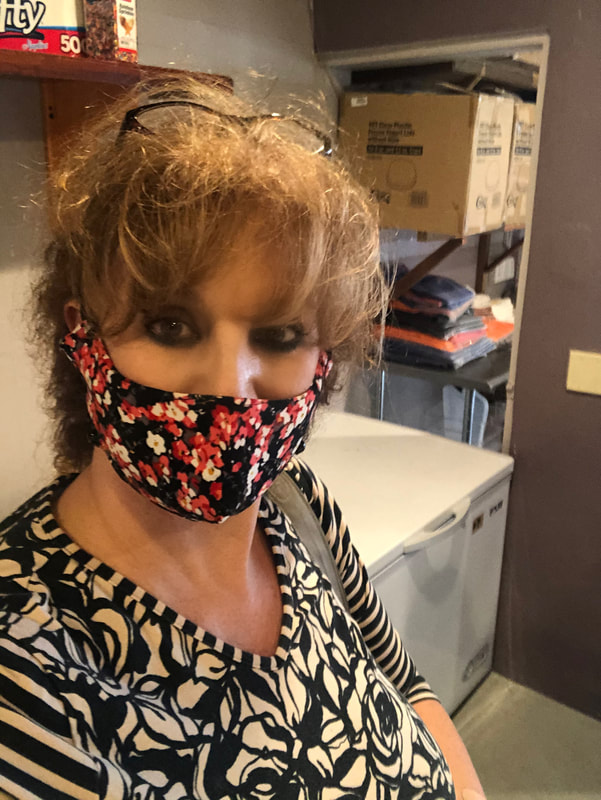
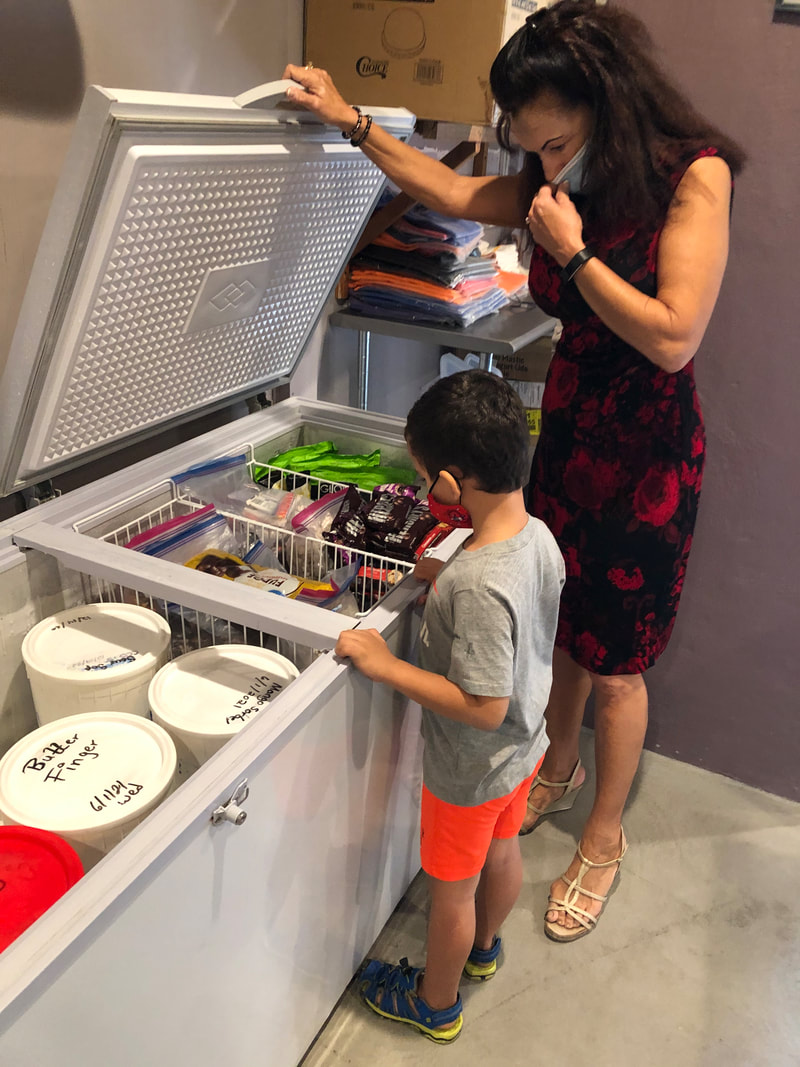
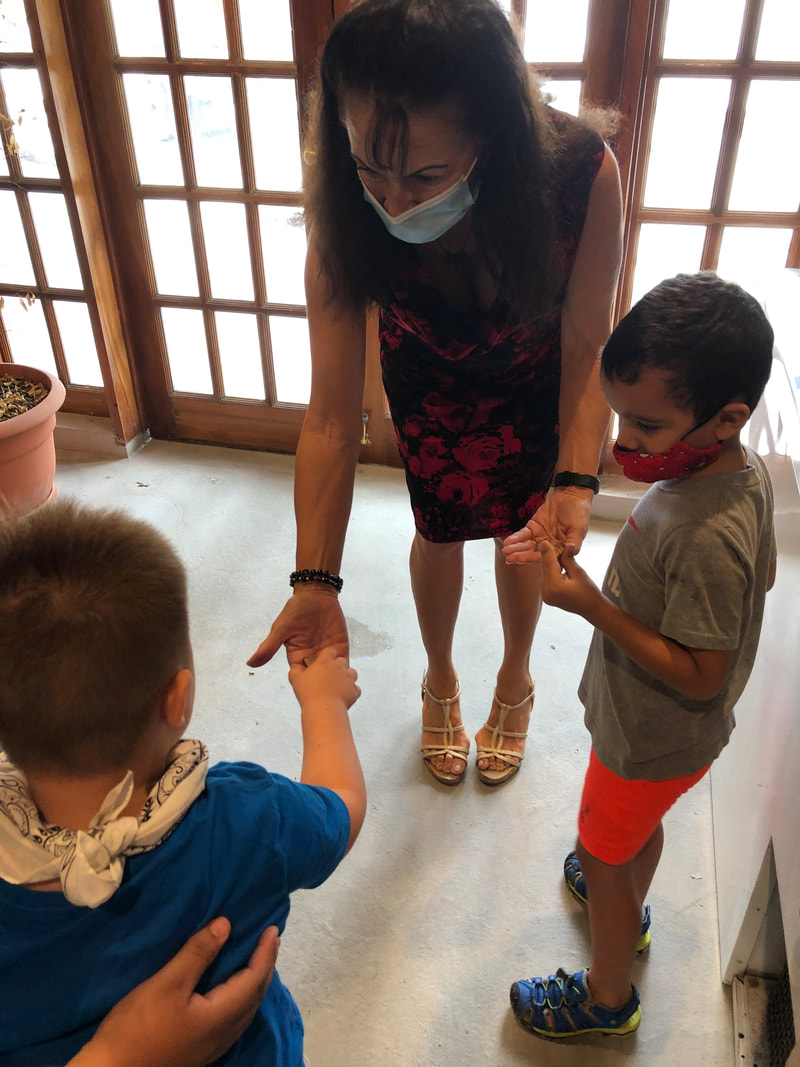
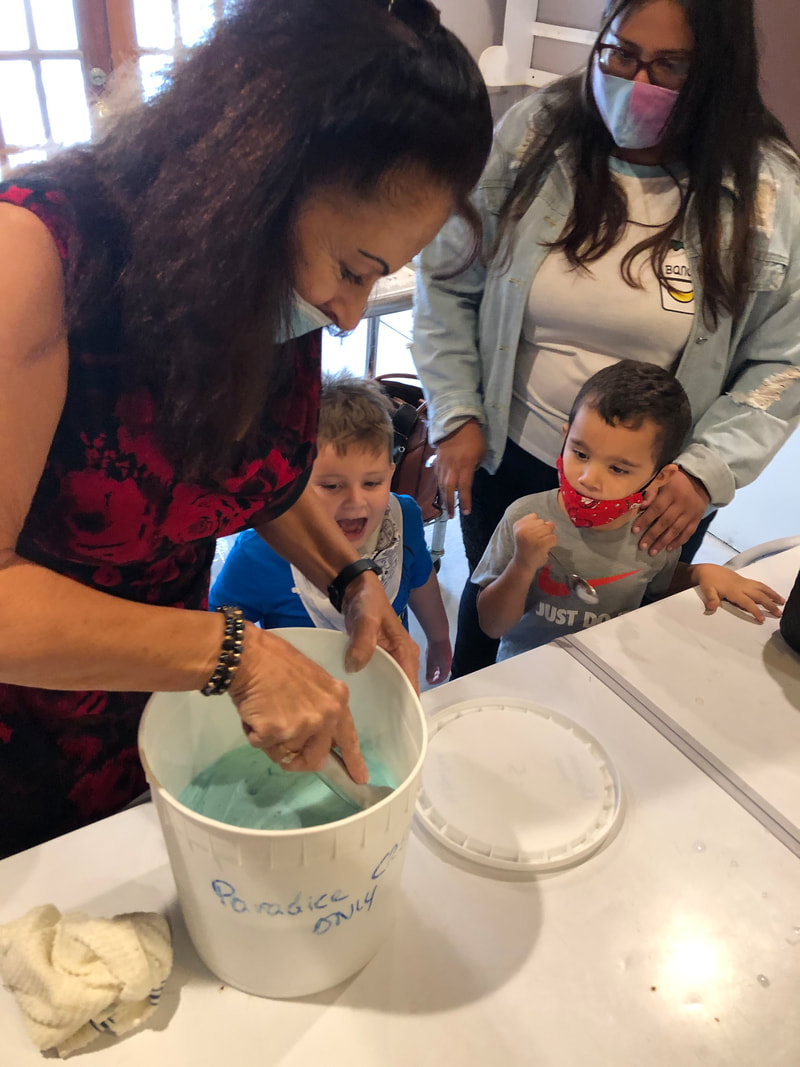
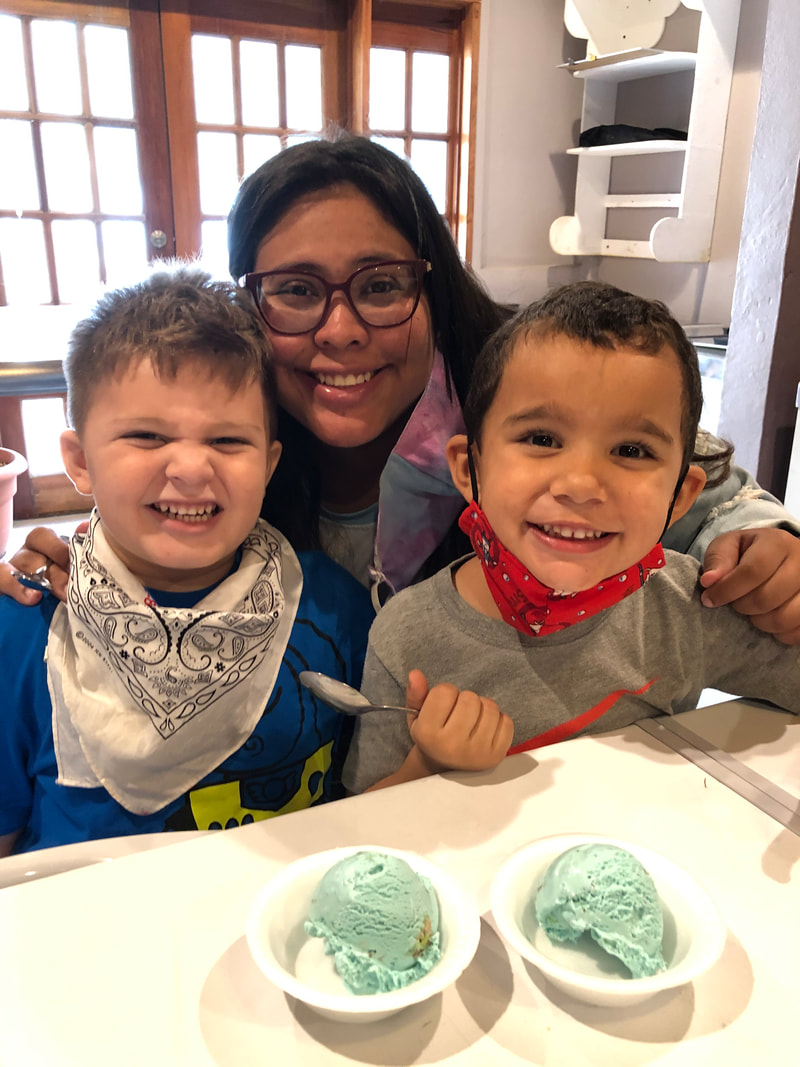
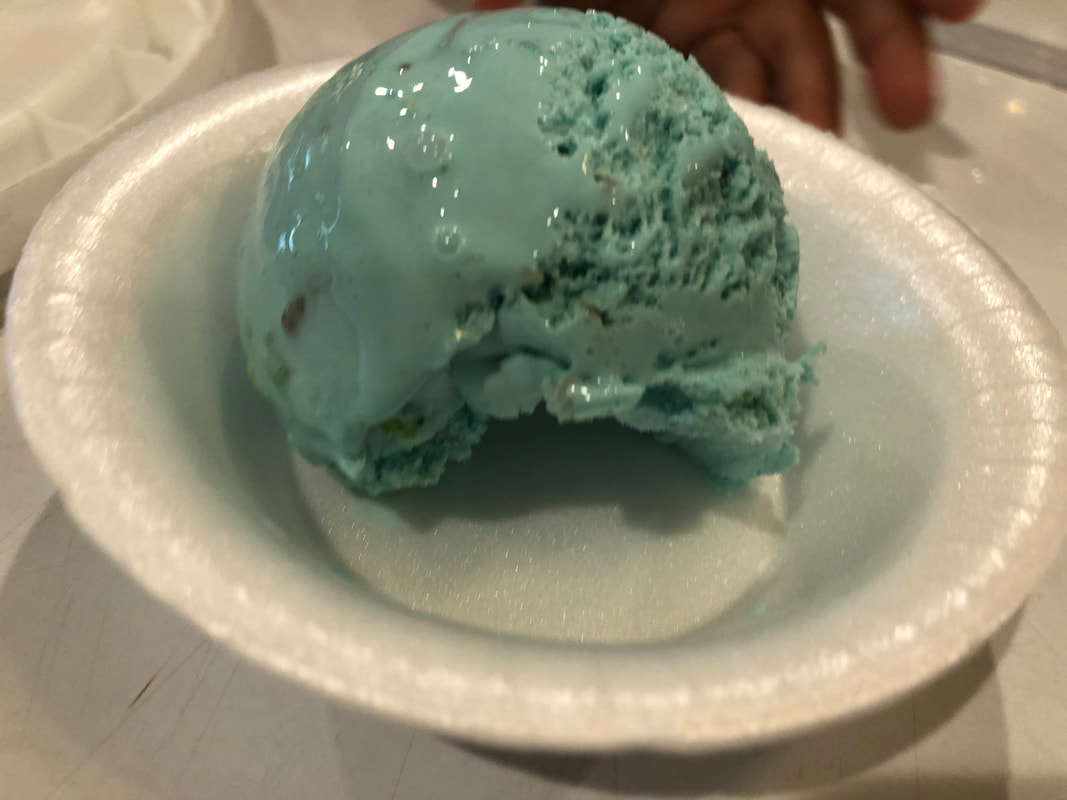
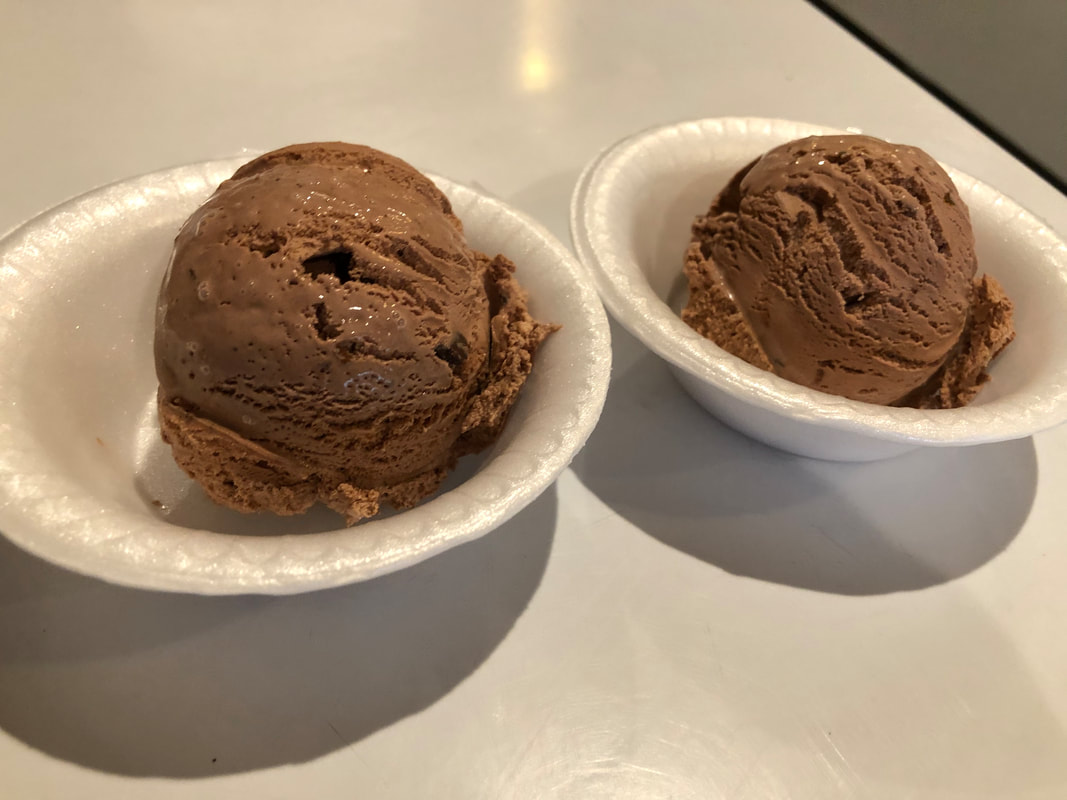
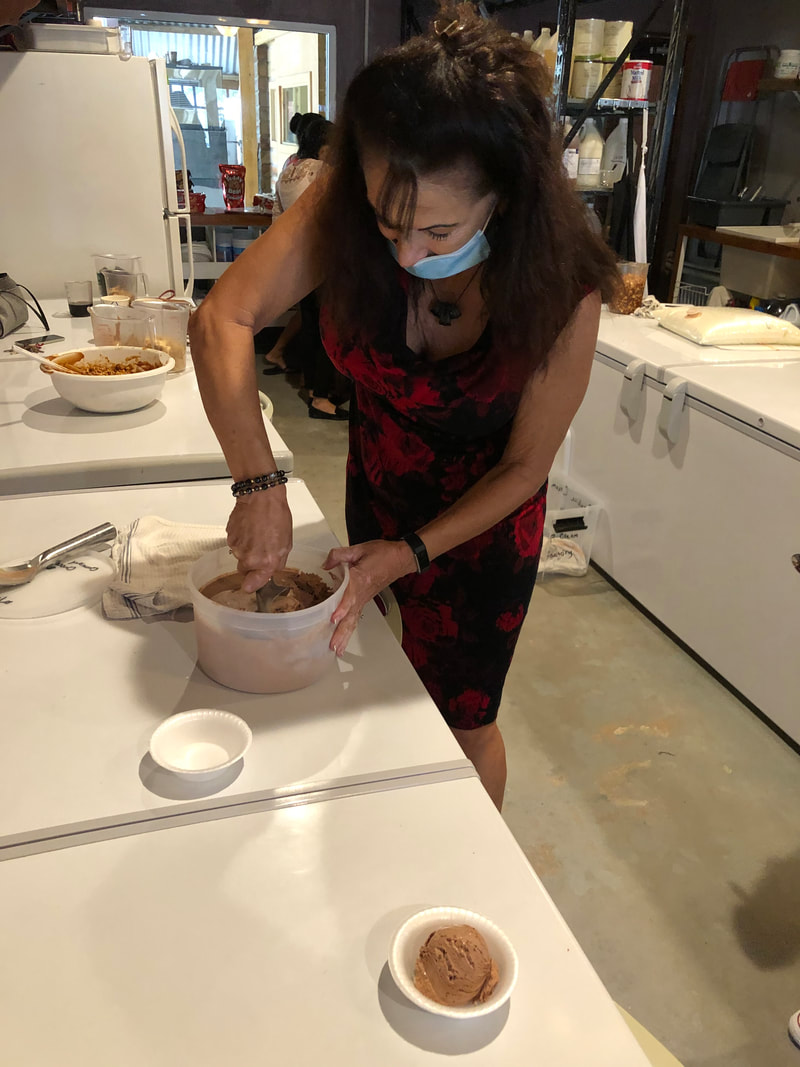
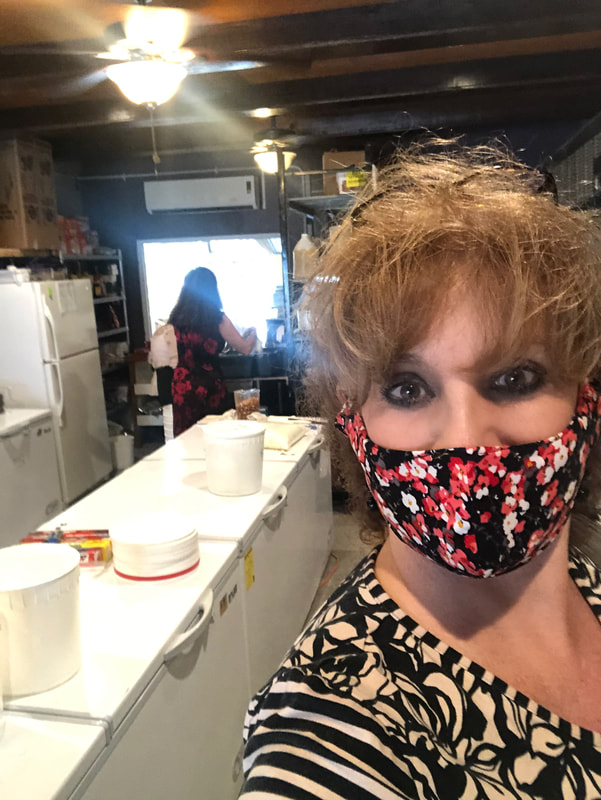
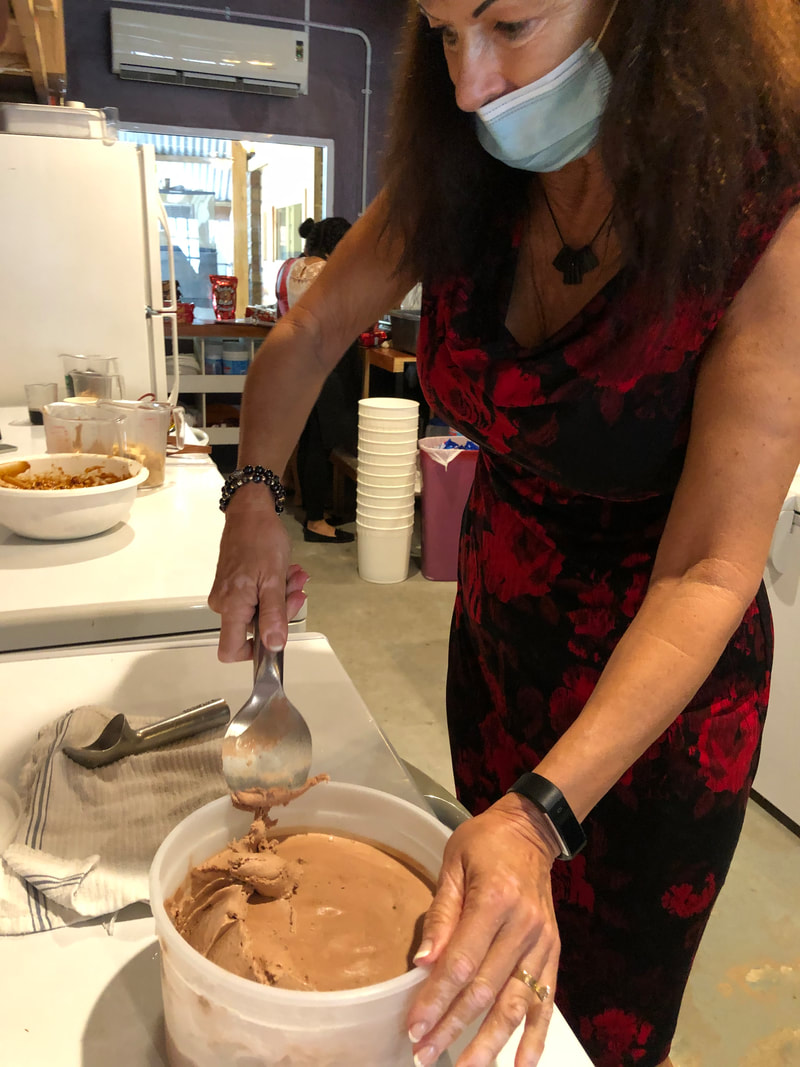

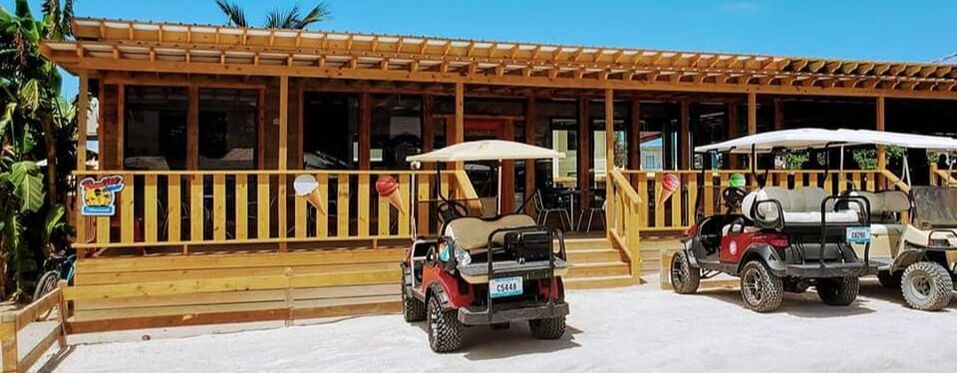
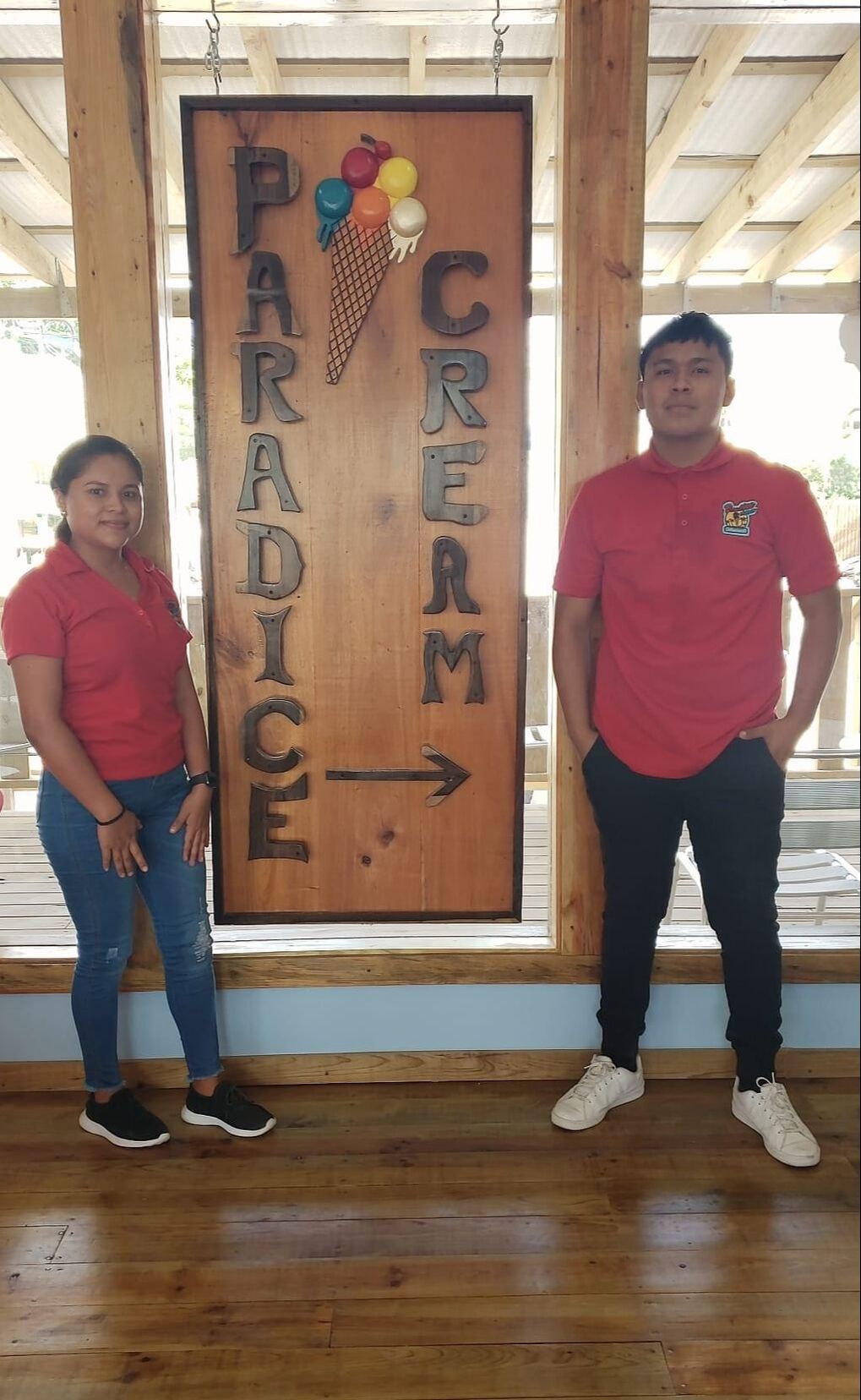

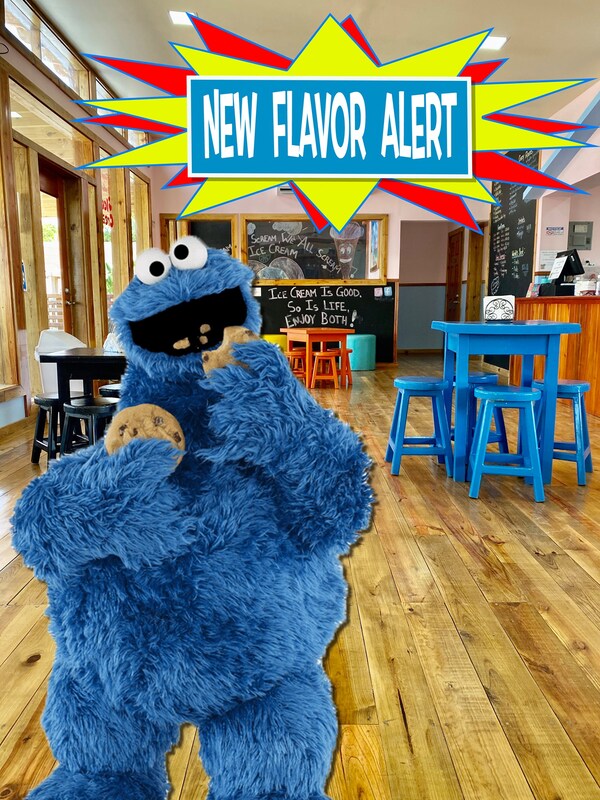
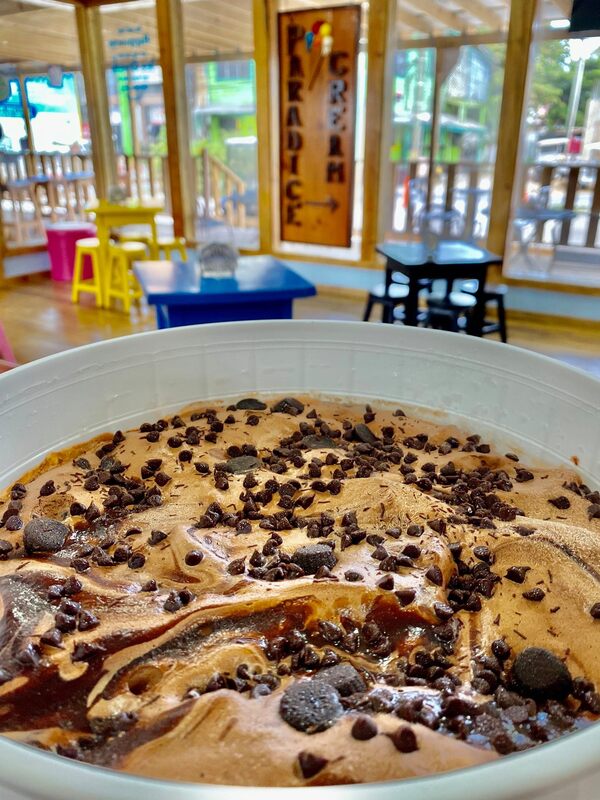

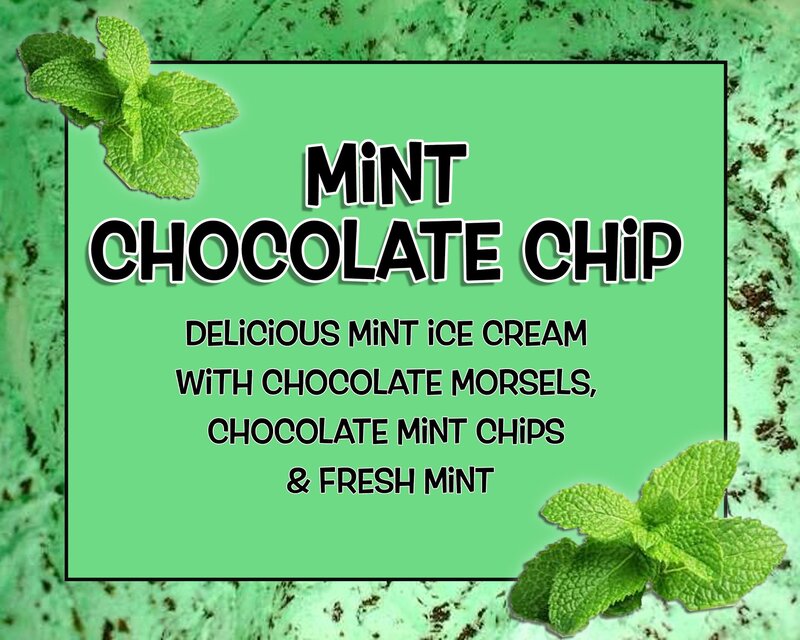

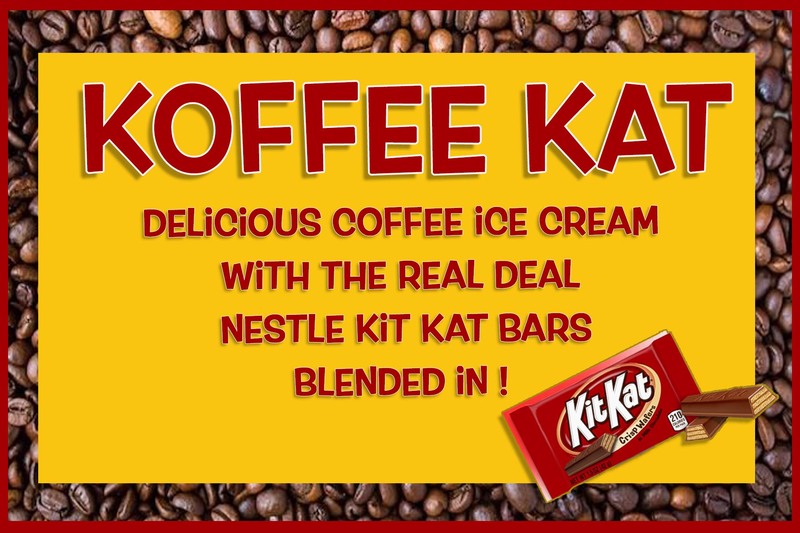
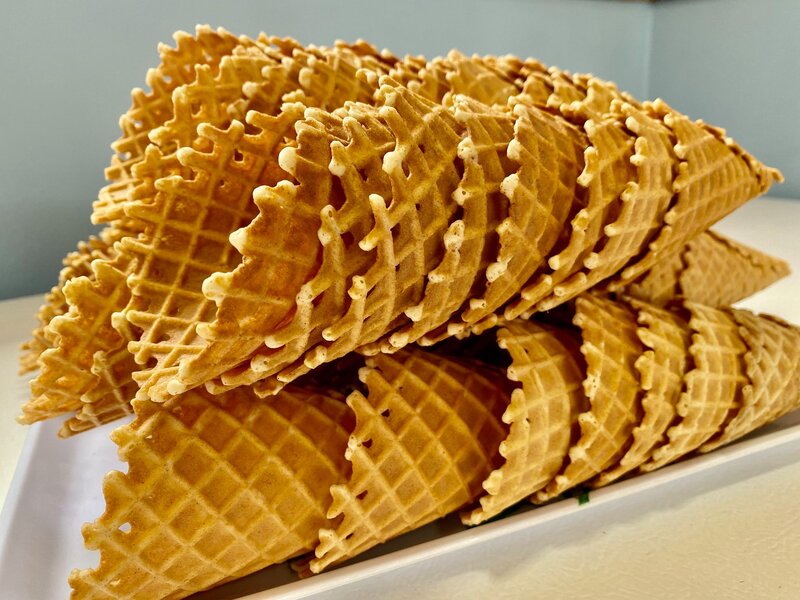
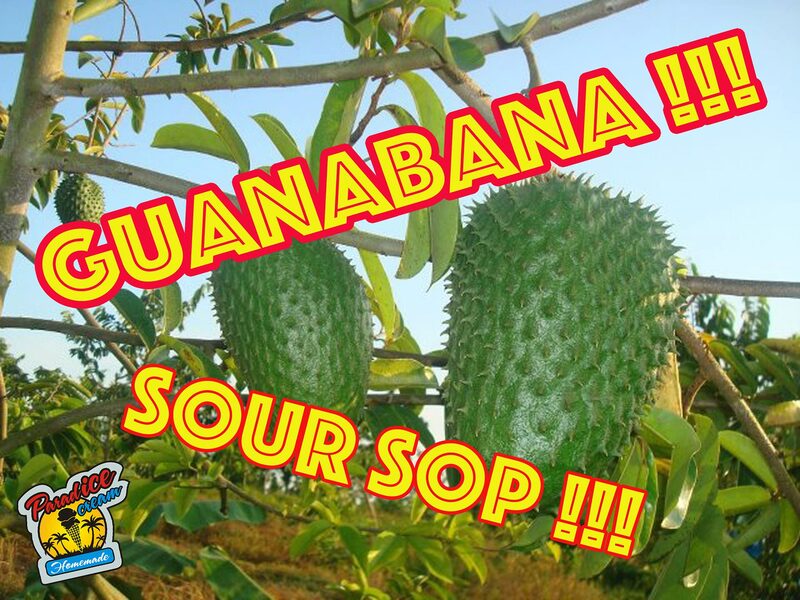


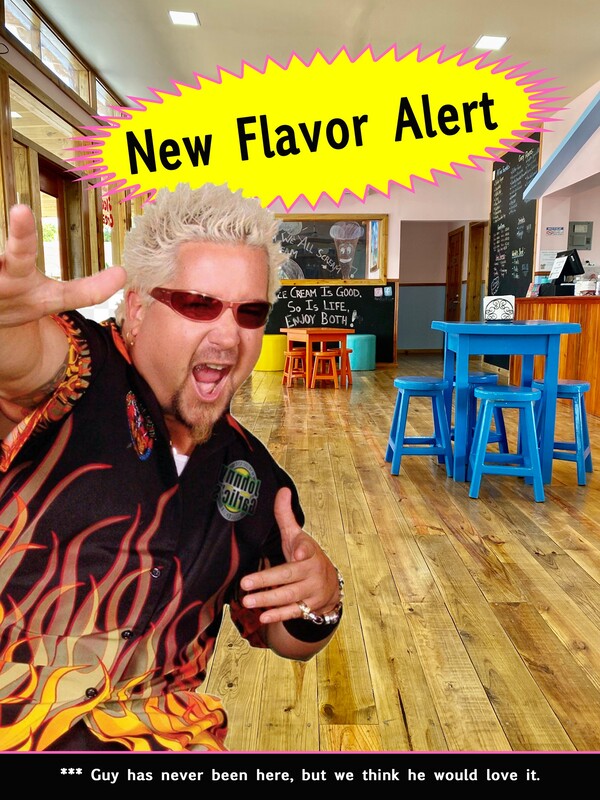
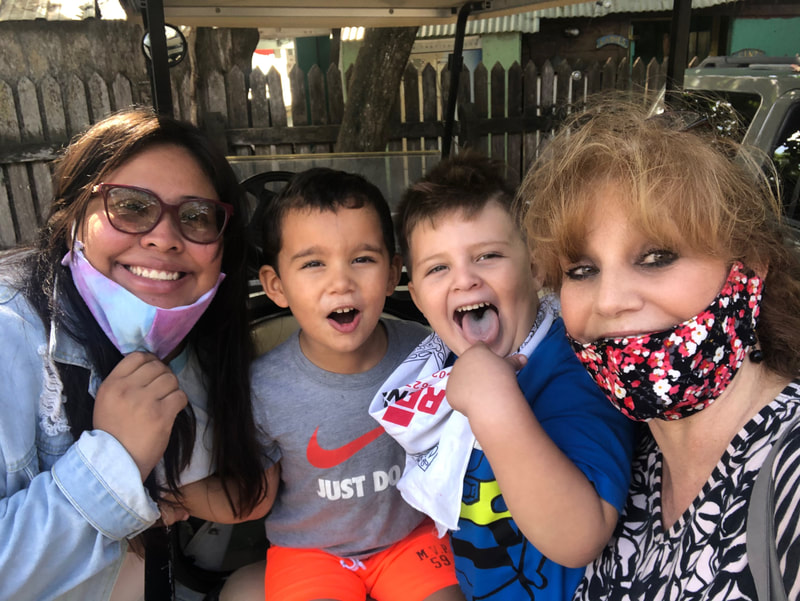
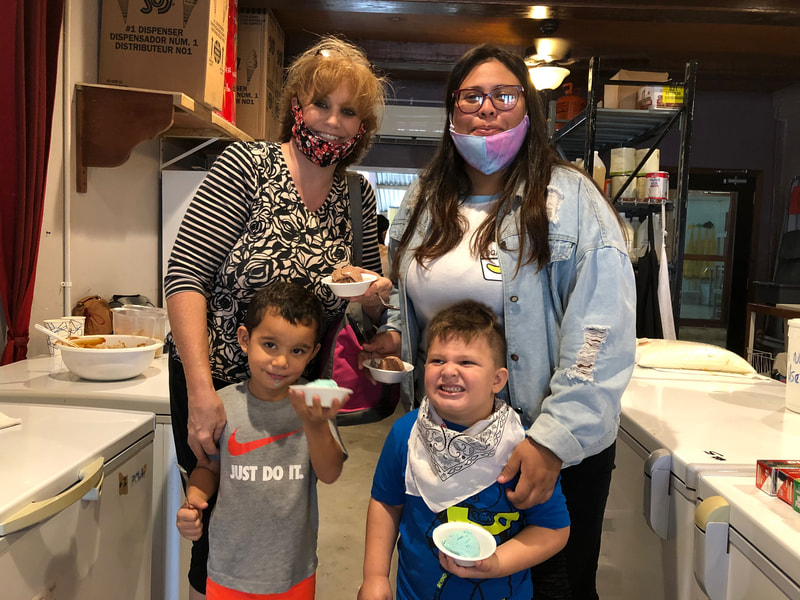
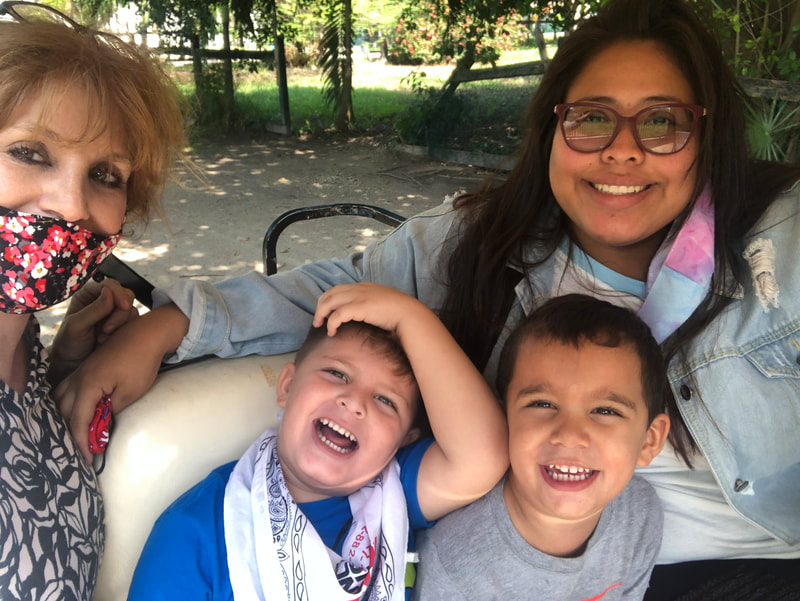
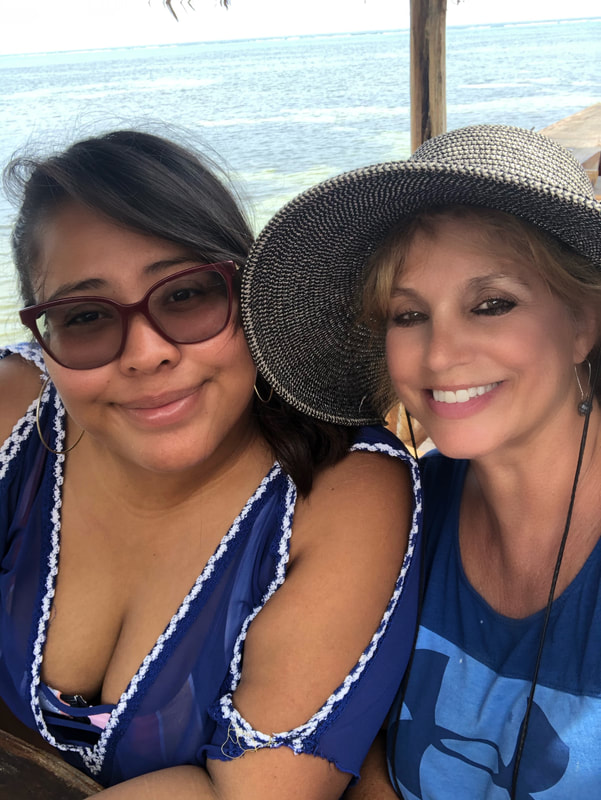
 RSS Feed
RSS Feed
